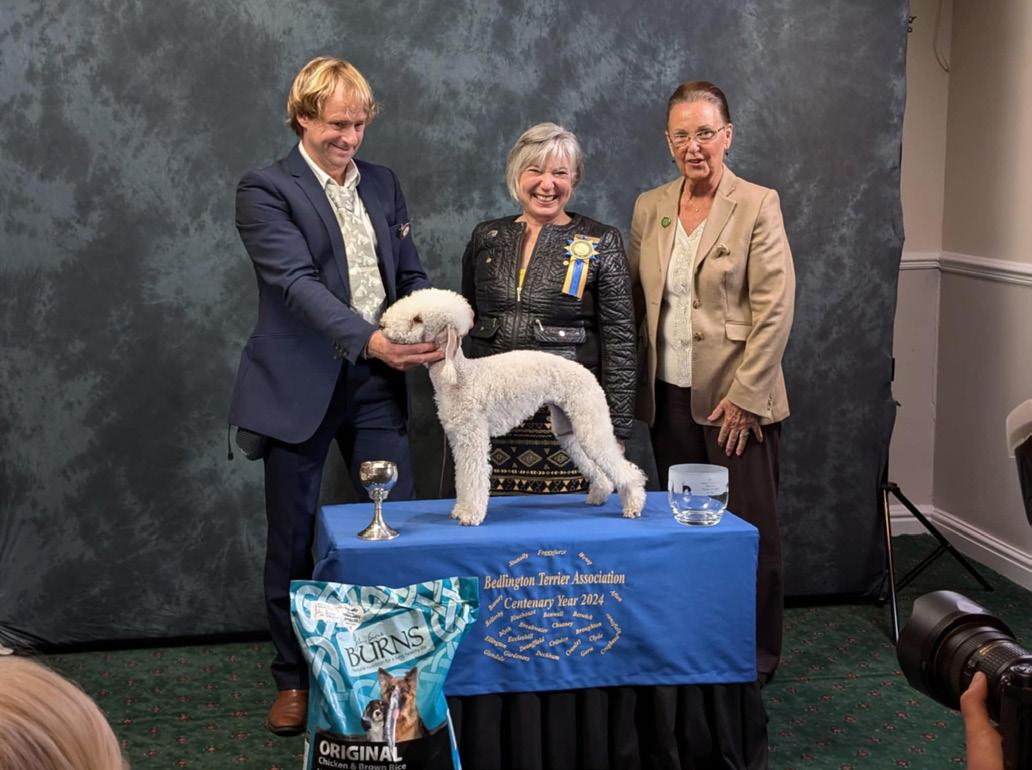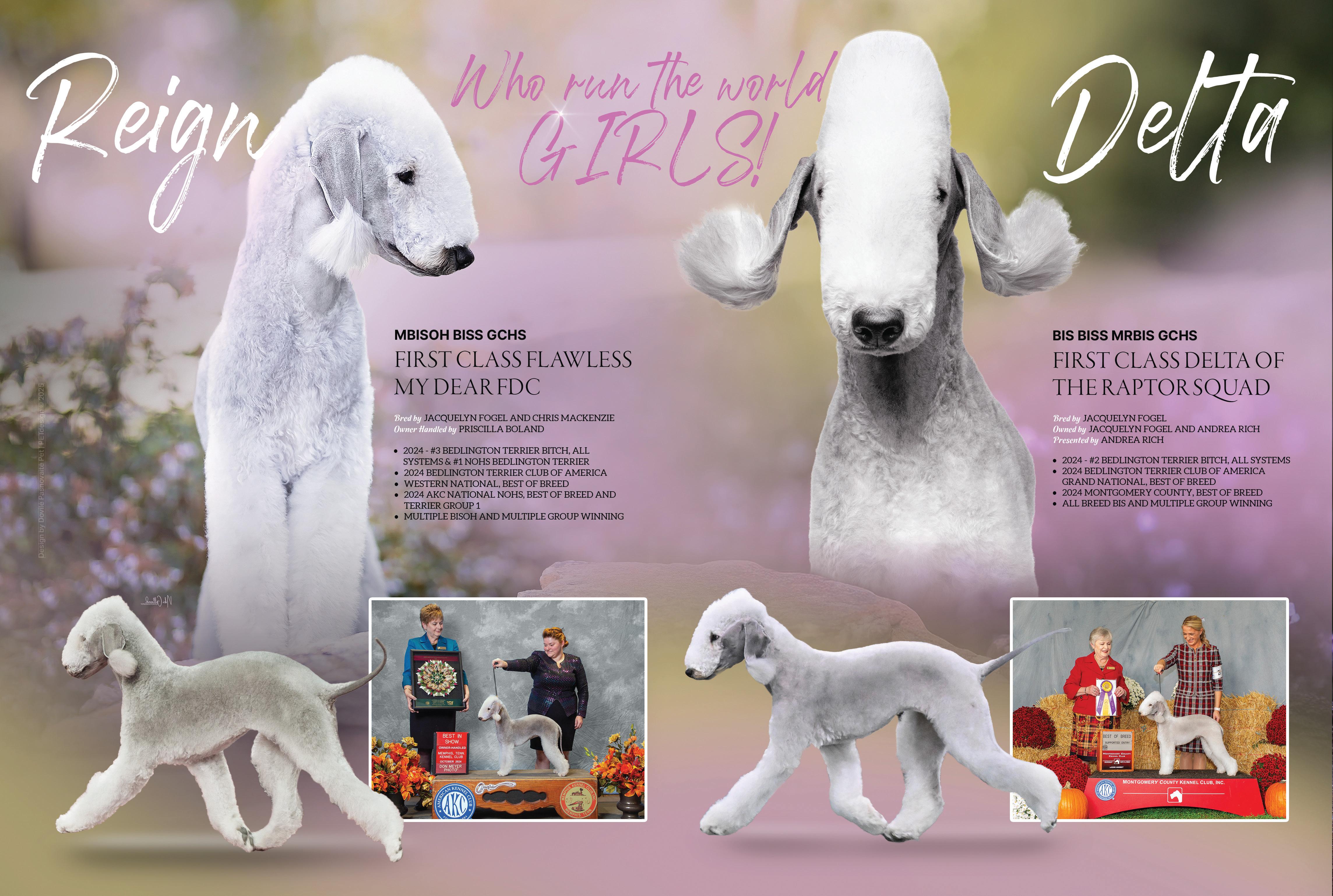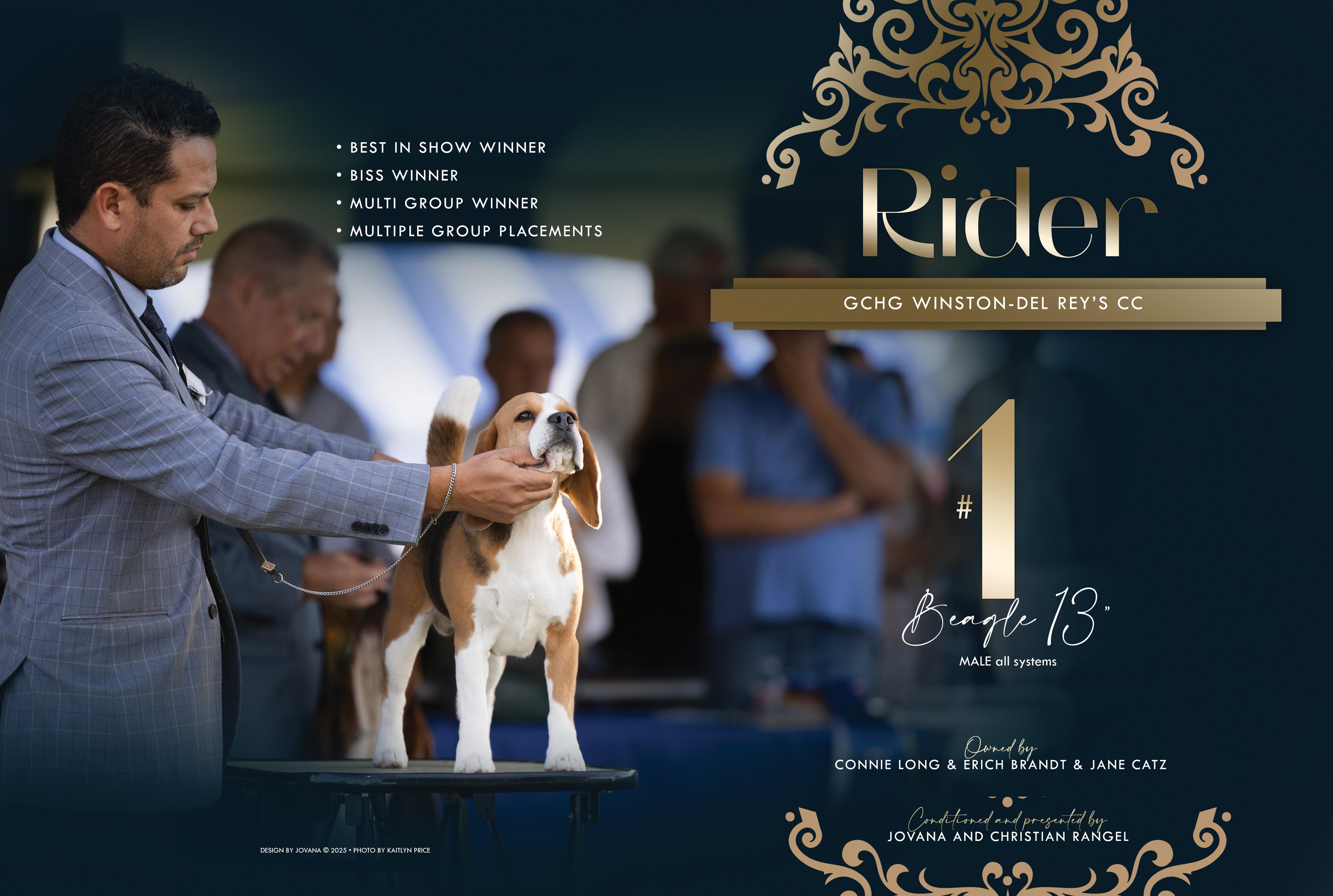
























































As the editor of Best in Show Magazine, it’s my privilege to reflect on the journey of 2024 and look ahead to all that 2025 has in store. Like everything in life, this past year had its share of highs and lows. But, as we all know, it’s our health that truly matters. As long as we’re healthy, we have every reason to be grateful and optimistic. The world continues to turn, and the most important lesson we’ve learned is that no matter the setback, it’s not about falling, but about rising again, stronger than before.
2024 saw a multitude of shows across the globe.Whether we won or lost, it was all part of the journey—a learning experience for every handler, breeder, judge, and dog lover involved. And through it all, we were reminded that the key is to keep pushing forward, constantly striving to be the best version of ourselves.
One of the highlights of the year was our very first Best in Show Magazine Gala, which took place in December in Orlando. And what a win it was! The event was a tremendous success, bringing together so many wonderful people from the dog world, and it truly marked a milestone in our journey.
We’re thrilled to share all the details and highlights from the Gala in this edition, so be sure to check out the coverage!
I’m also excited to share that Best in Show Magazine is officially becoming a monthly publication starting in 2025. Our first edition, which will coincide with Westminster, will
be a historic moment for us. Not only will we be covering one of the most prestigious events in the dog world, but we will also be publishing our very first World Annual in February 2025. This special edition will be a groundbreaking project, uniting the dog communities of the USA, Canada, and Europe like never before. For the first time, a magazine will be available across all three continents, bringing together handlers, breeders, judges, and dog lovers from every corner of the world. It’s a thrilling opportunity to build stronger connections and celebrate the global passion we share for these amazing animals.
In this upcoming February edition, you’ll find a wealth of new articles, captivating stories, insightful reports, and, of course, all the exciting details from our first Gala event. You’ll also enjoy beautiful, eye-catching ads crafted by our talented BIS Magazine team. We are more excited than ever to showcase content that speaks to the heart of the dog world.
As we prepare for the cold New York winter, remember to stay warm if you’re attending Westminster, and don’t forget to take some time to relax and recharge. There’s always something special about taking a moment for yourself, especially amidst the hustle of such an exciting year.
Here’s to 2025 and all the amazing experiences yet to come!
Thank you for your continued support and for being a part of this incredible journey.

JOVANA DANILOVIC Editor in Chief
LEE GROGAN Associate Editor
DJORDE DANILOVIC & BELTRÁN H. ALONSO Social Media
Design




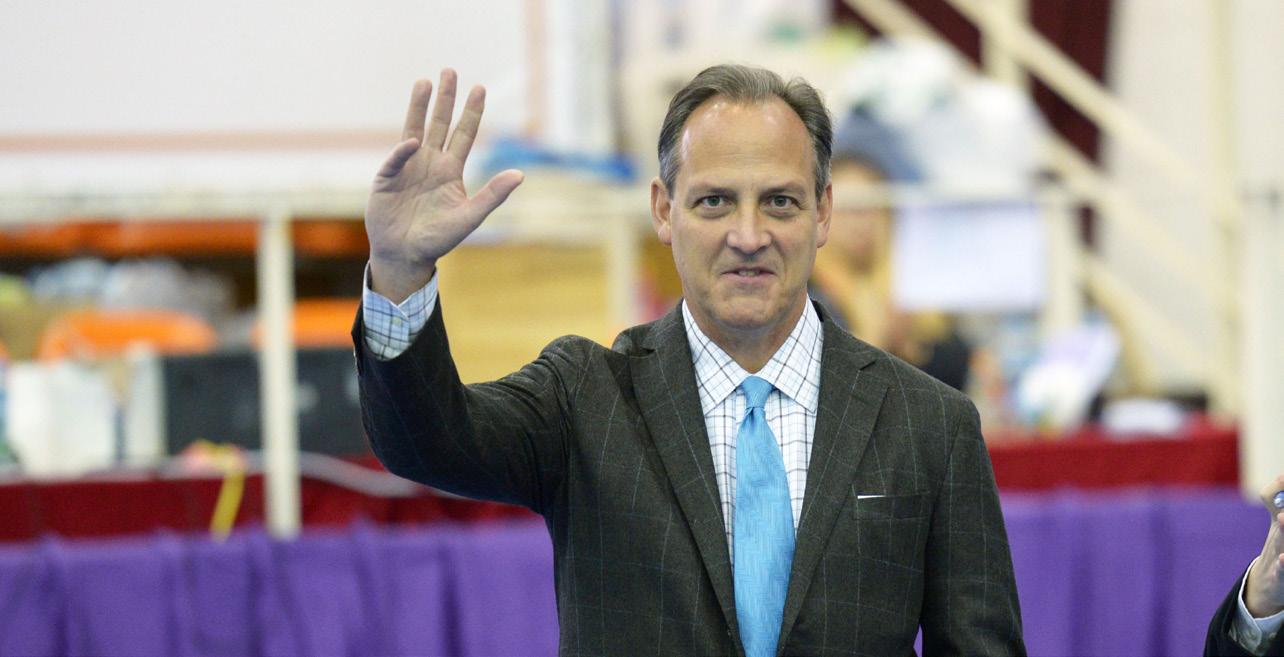
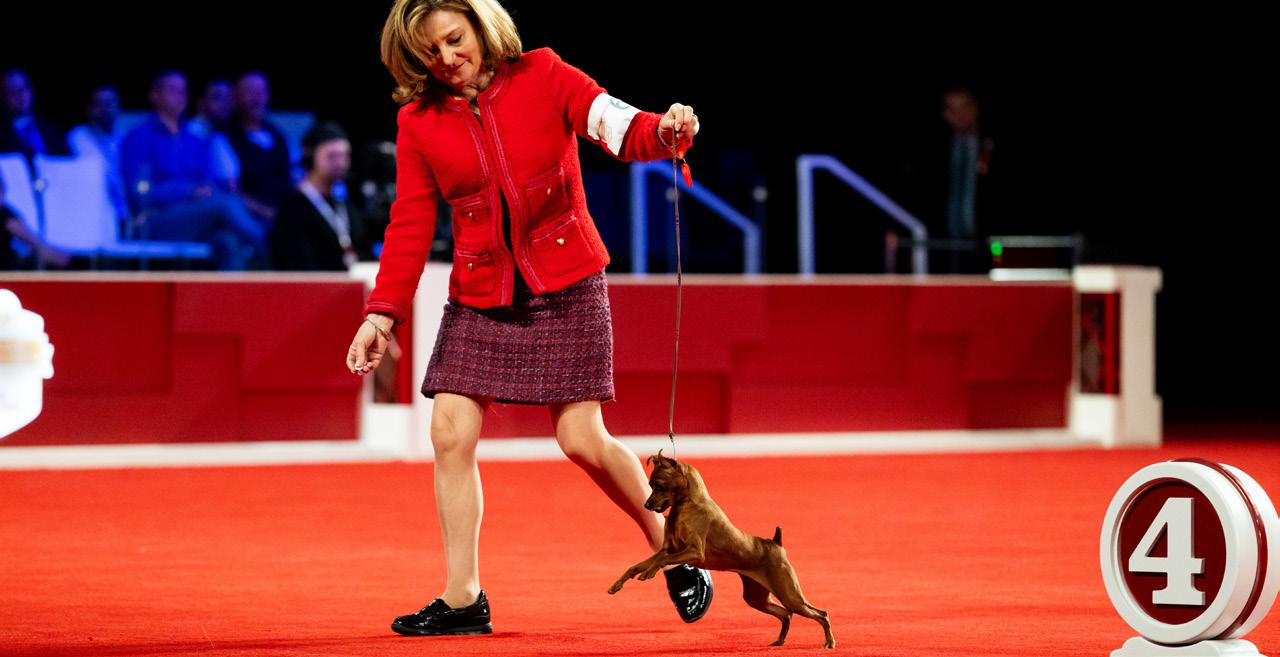



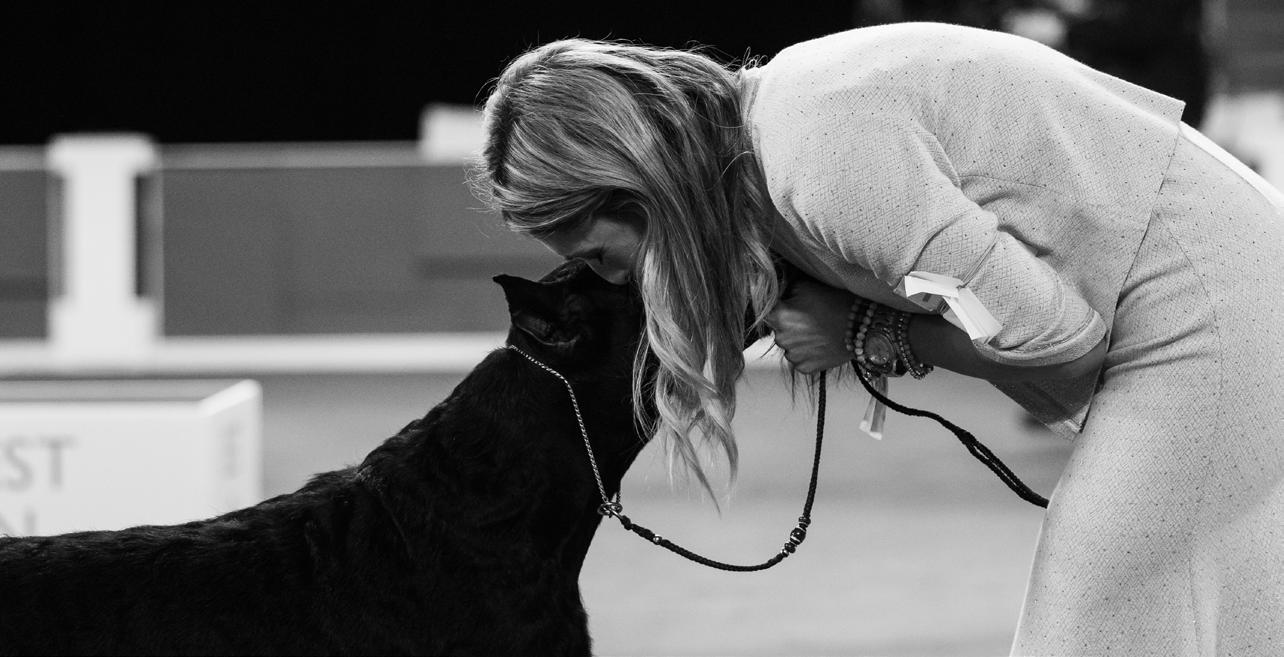

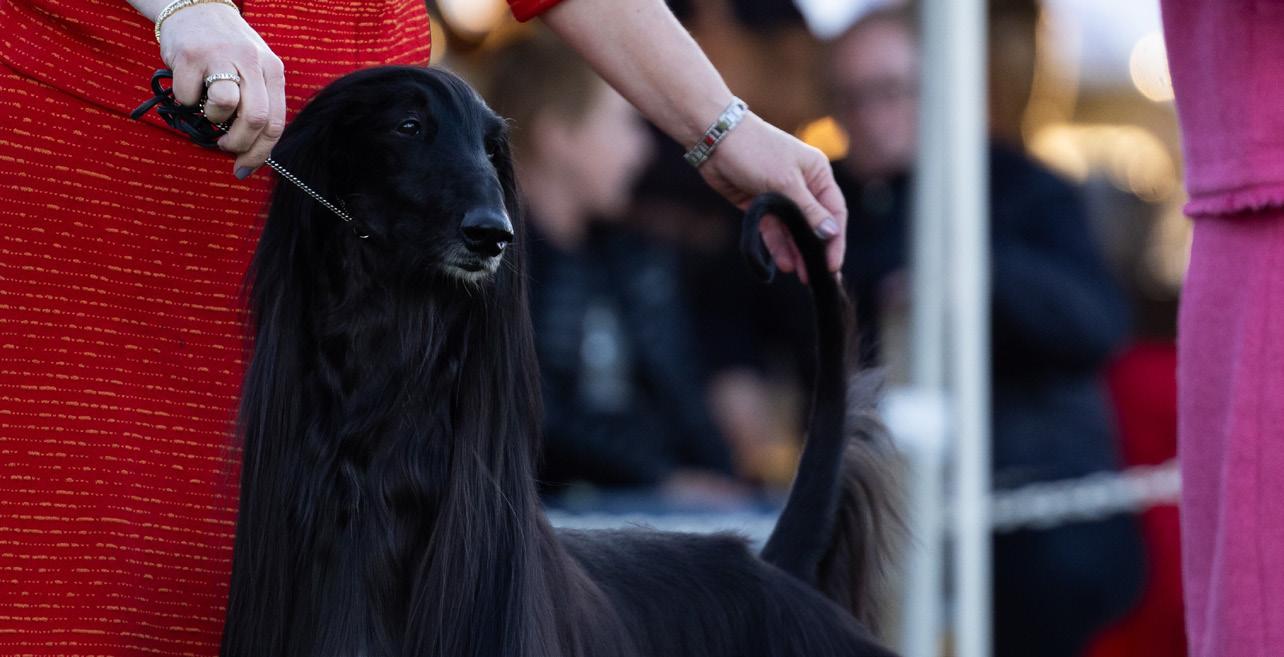



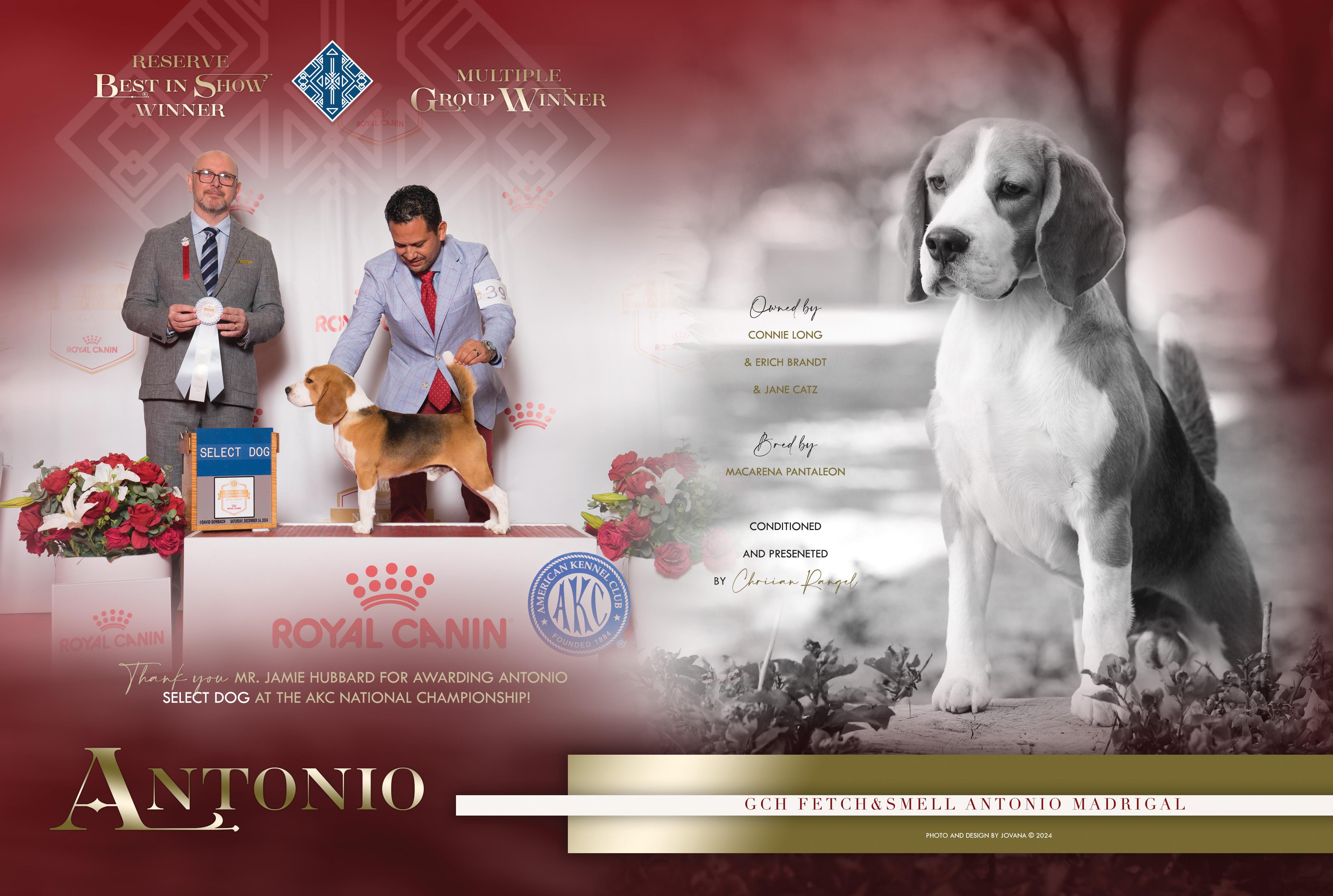

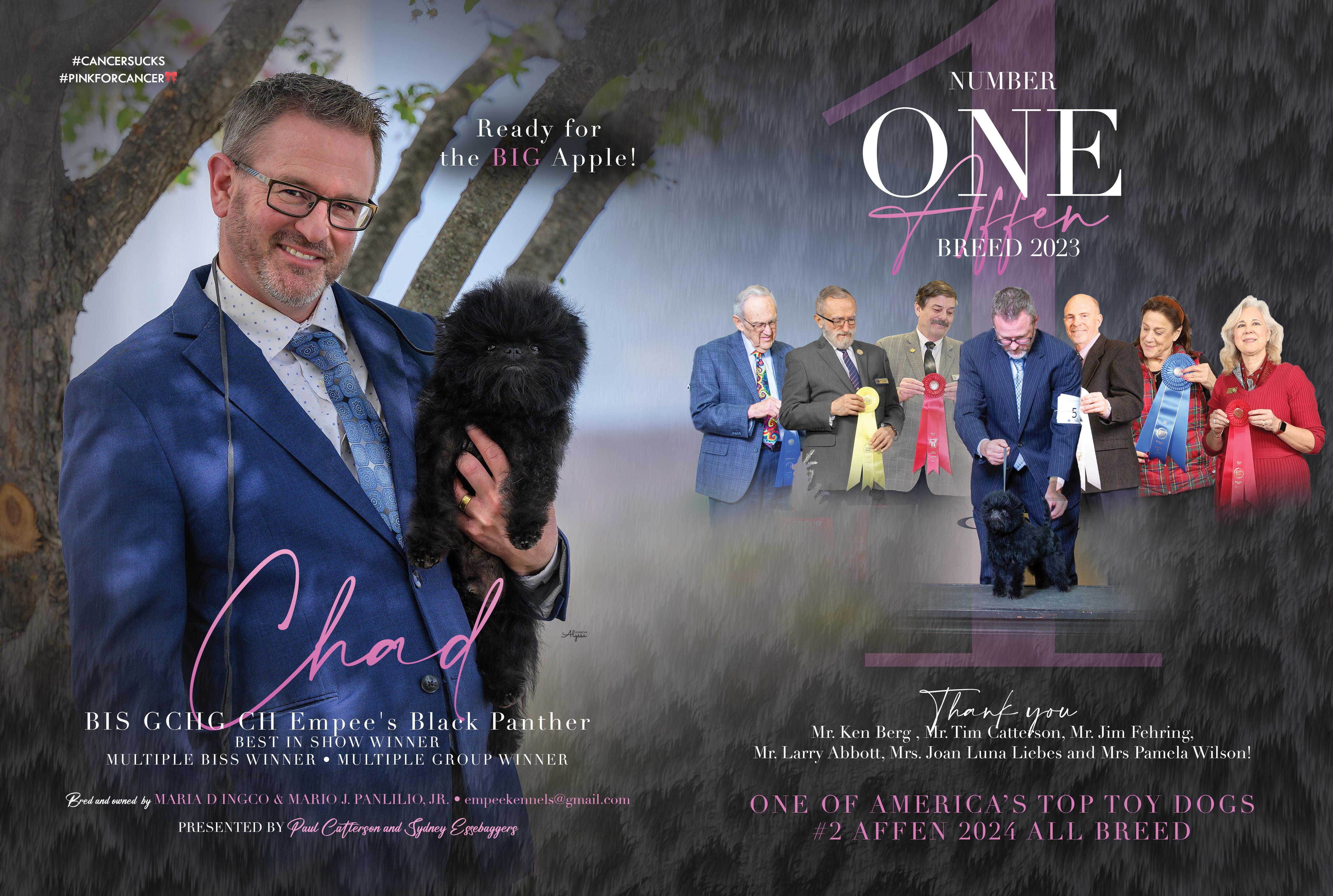

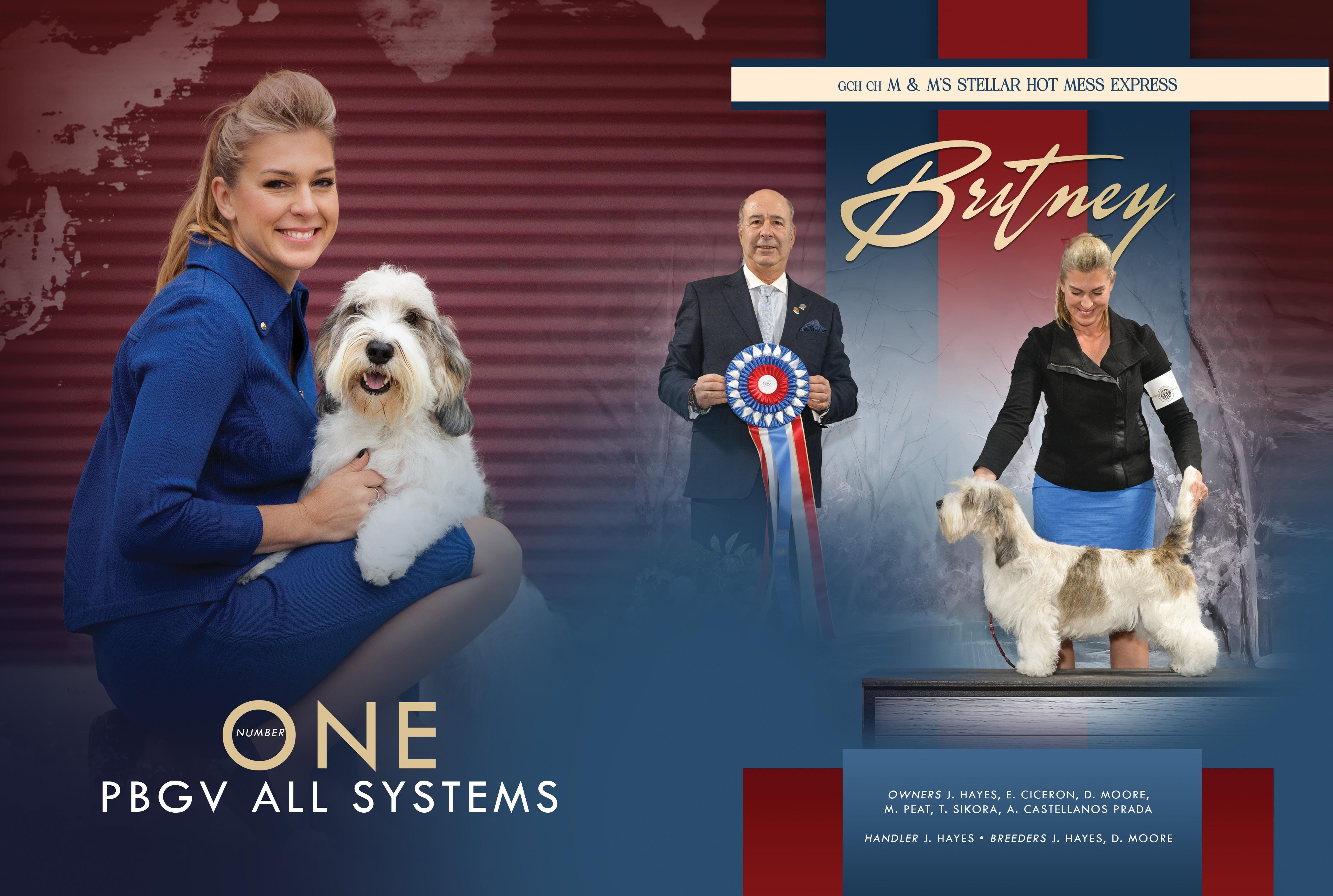

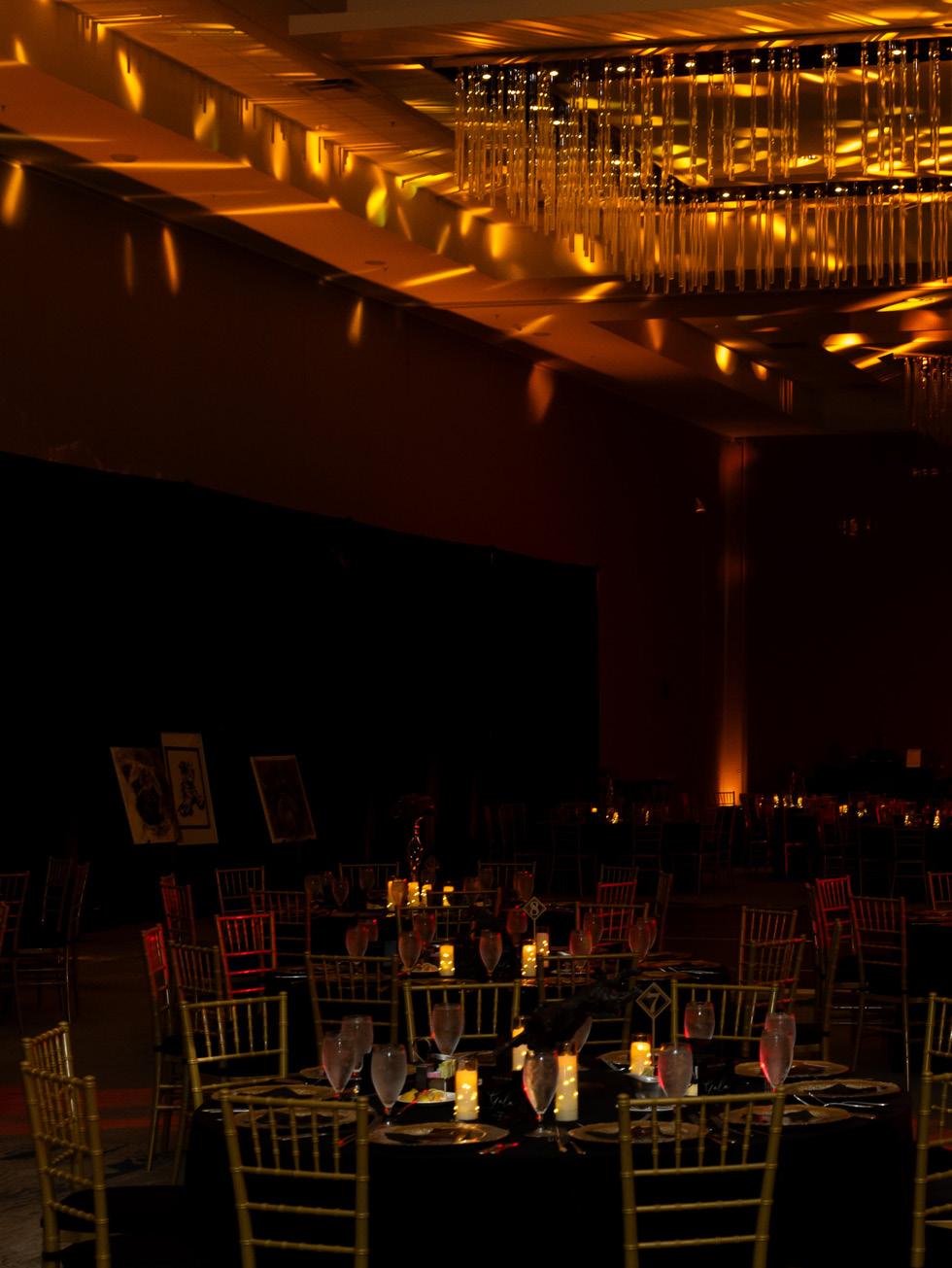
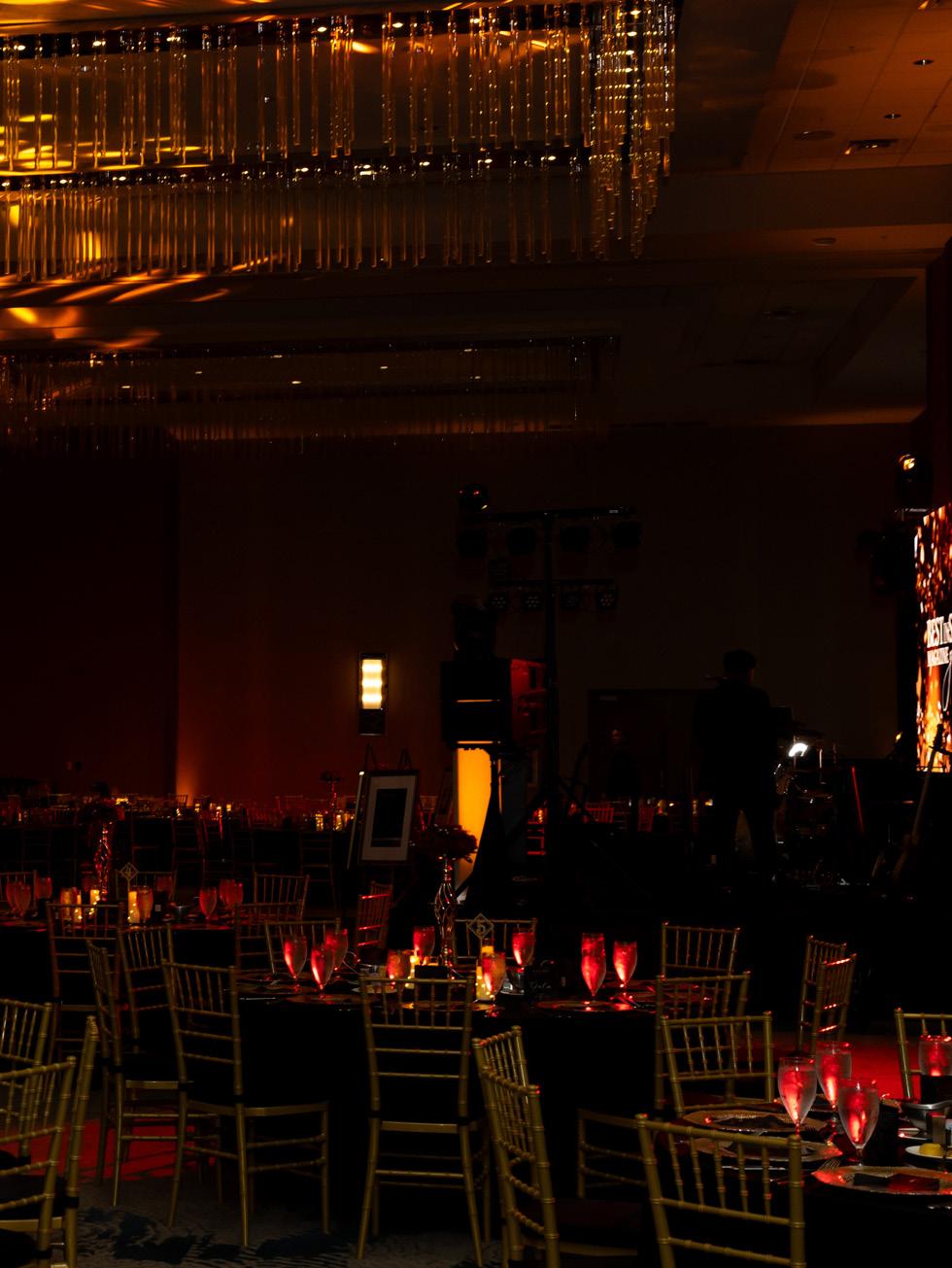

I want to take a moment to express my deepest gratitude to each and every one of you for coming and supporting our very first Gala. The experience was nothing short of incredible, and it was truly moving to see so many familiar and new faces, all sharing in this dream that has become a reality. When I was 20 and published the first issue of Best in Show Magazine, I could have never imagined that, at 33, I’d be standing here, not only with a magazine spanning Europe, the USA, and Canada, but also hosting a Gala dinner in Orlando. It was just a dream back then—but dreams do come true.
I am so proud of my team, whose dedication and hard work made this event possible. From the fantastic band to the stunning lighting and delicious food, every detail exceeded my expectations. A special thank you to Joleigh Nolen for her amazing support with the Martial Robin exhibition, and to Leslie Hutto for her breathtaking sculpture exhibition. You all made this event unforgettable, and I couldn’t have done it without you.
Here’s to the future and all the dreams yet to come!

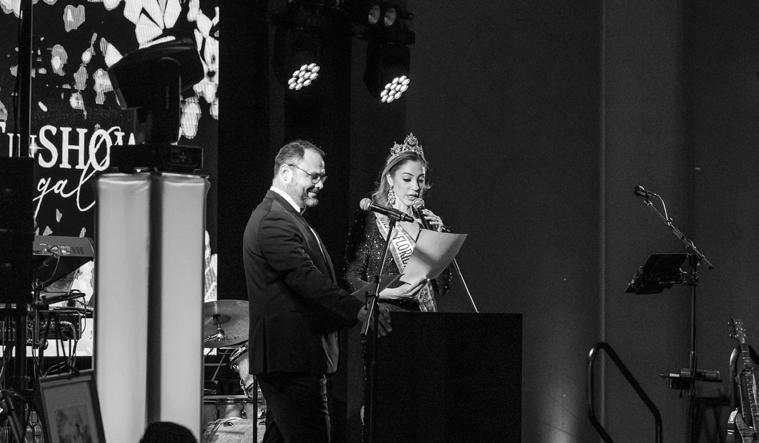
On the evening of December 13, 2024, the inaugural Best in Show Magazine Gala made its dazzling debut, bringing together the brightest stars of the dog breeding world for an unforgettable night of celebration. The prestigious event, held on a Friday night, was attended by 200 distinguished guests, including top dog breeders, handlers, junior handlers, and esteemed judges from around the globe.
The Gala unfolded in a stunning setting, complete with a delectable dinner, live music, and a lively DJ performance that kept the energy high throughout the night. Guests mingled, networked, and enjoyed the company of like-minded individuals while taking in the beautiful atmosphere that had been carefully curated for the evening.
A special highlight of the evening was the unveiling of The World Annual, an exciting upcoming project that promises to bring even greater prestige to the world of purebred dogs. During the program, our partners from Doggit – Carley and Cameron Simpson – and partners from Signature Pet Transport – Christian Diaz – gave speeches about their products and plans, providing valuable insights for the dog community. The program gave guests a glimpse into the future of the dog industry, leaving them eagerly anticipating what’s to come.
The evening was expertly hosted by Marcelo Veras, a professional dog handler, and Janna Bonassi, Mrs. Florida. Their professionalism, grace, and incredible voices set the tone for the night, making the event feel both elegant and celebratory. Their chemistry as hosts brought an added level of class and charm, ensuring that all guests felt welcome and valued.
Official photographers Kaitlyn and Kelsey Price did an exceptional job capturing the magic of the evening, expertly documenting the event and preserving memories for all who attended. Their photographs will serve as lasting reminders of this historic first Gala.
As guests arrived, they were greeted with a glass of champagne and treated to a visual feast, with Martial Robin, a renowned French artist, displaying his stunning paintings at the entrance. The artwork added a touch of sophistication and served as a beautiful backdrop for the start of the evening’s festivities.
Inside, the venue was elegantly set with 20 large round tables, each designed to host 10 guests. At the center of each table stood a magnificent bronze sculpture by the talented Leslie Hutto, creating an atmosphere of artistic elegance and conversation. These sculptures served as both a stunning focal point and a testament to the incredible talent in the world of canine artistry.
In addition to the breathtaking artwork on display, a silent auction was held to benefit Take the Lead, a nonprofit organization dedicated to assisting those in the dog community facing health crises. The auction featured five exclusive sculptures, paintings, and even a photoshoot, with all proceeds going to support this meaningful cause.
Our goal is to make this dinner a tradition for ending the year in style, celebrating the past year while bringing together the best of both the West and East, as well as people from all corners of the globe. This year, we were thrilled to welcome numerous guests from Europe, further strengthening the international ties within the dog community.
The Best in Show Magazine Gala was not just a celebration of the dog world but also an evening that showcased the artistry, generosity, and camaraderie that define the industry. The event set a high bar for future galas and left attendees eagerly anticipating the next opportunity to come together and celebrate the world of purebred dogs.
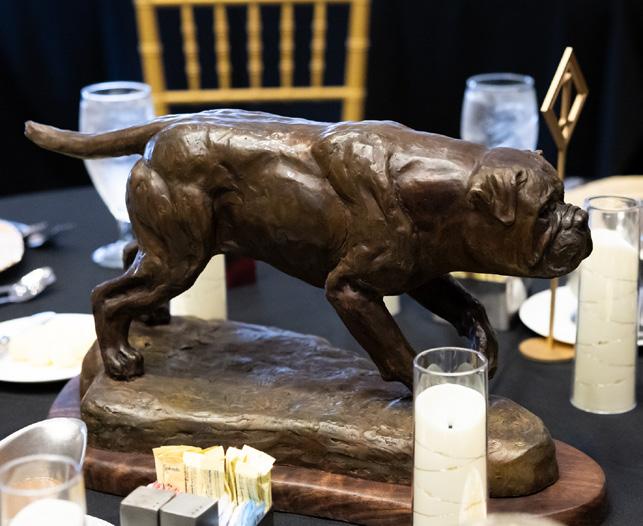

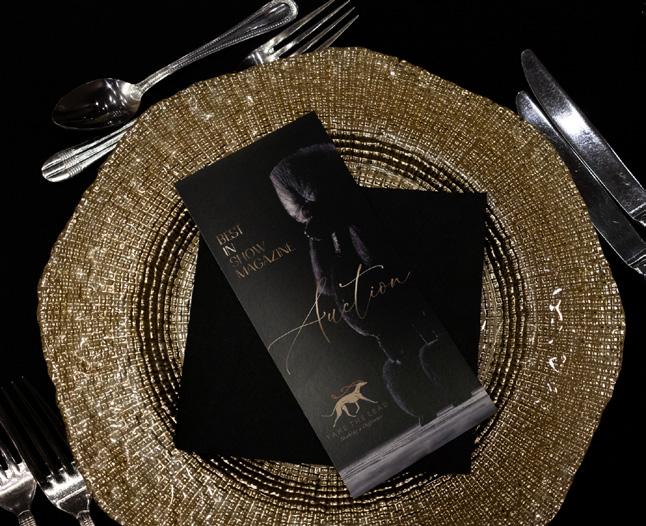



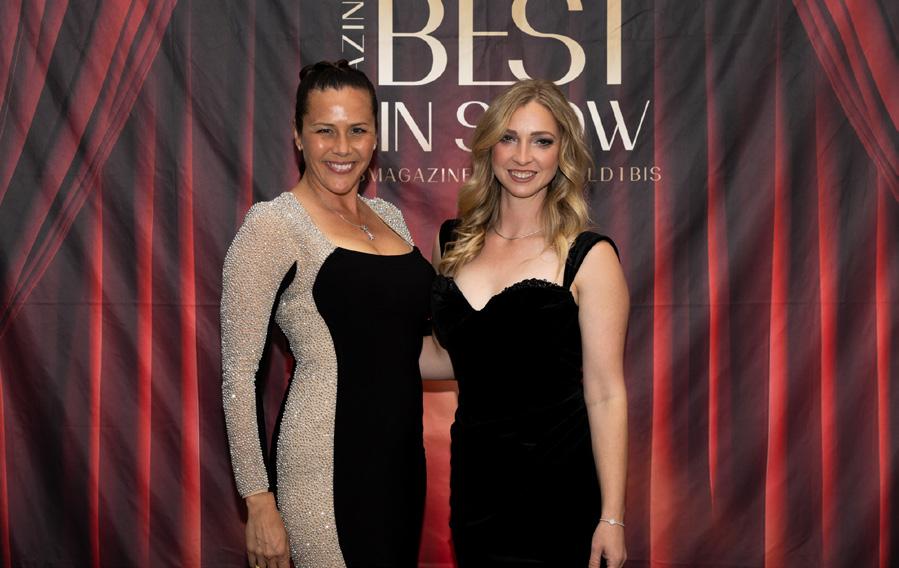
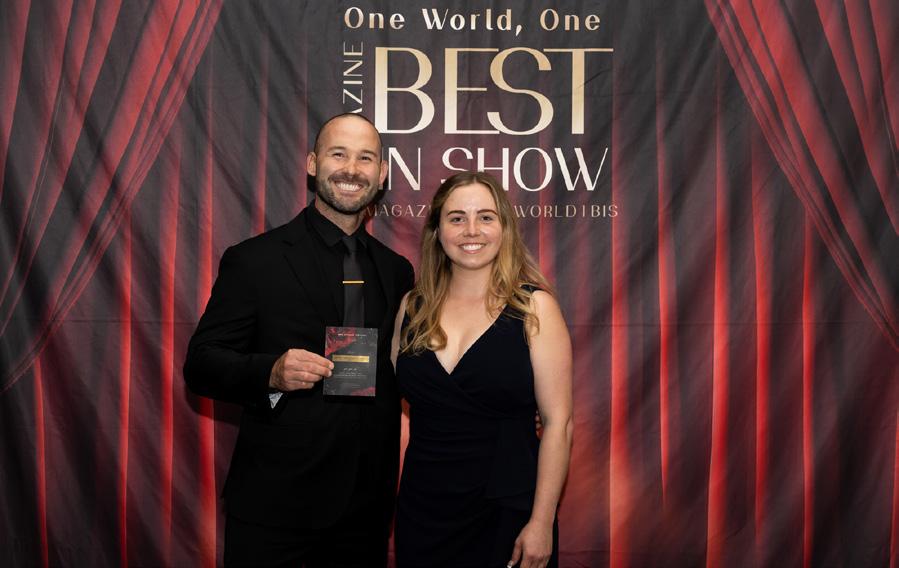
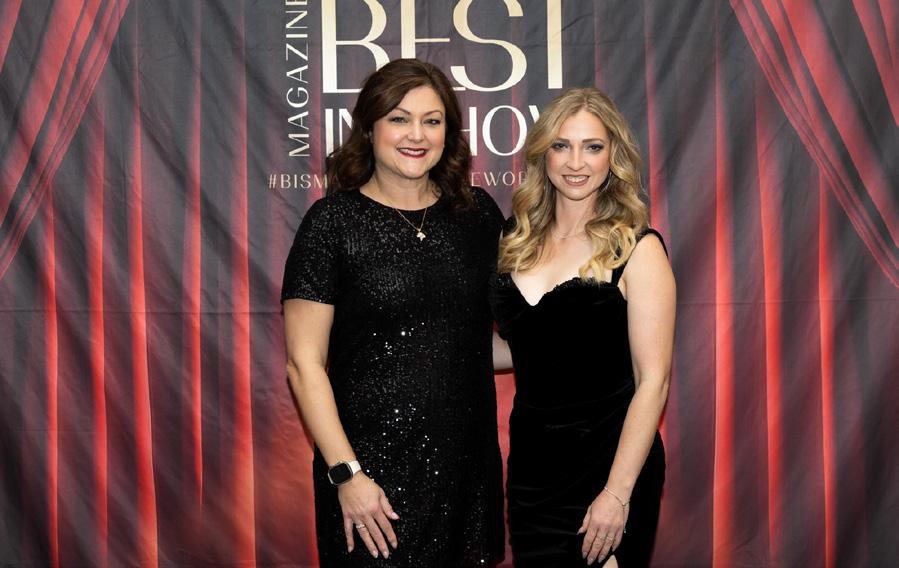
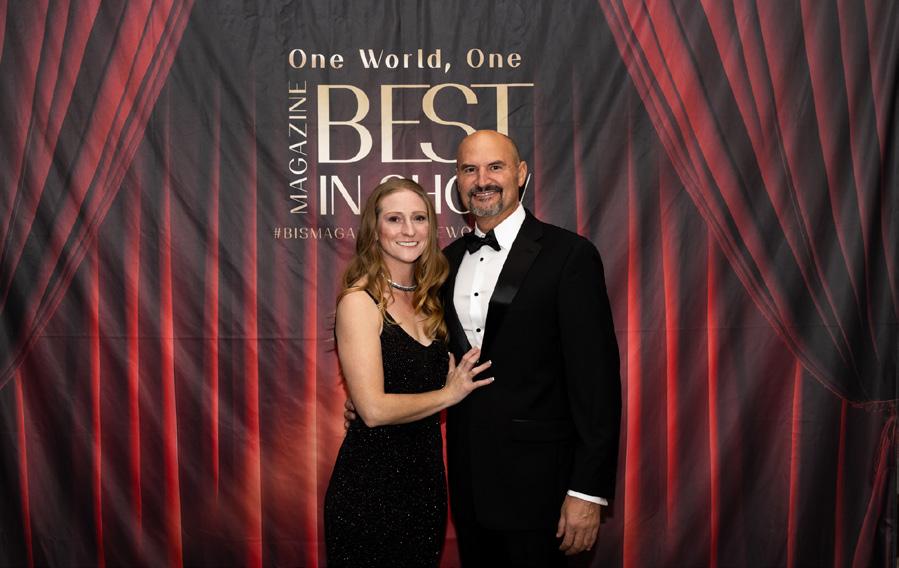

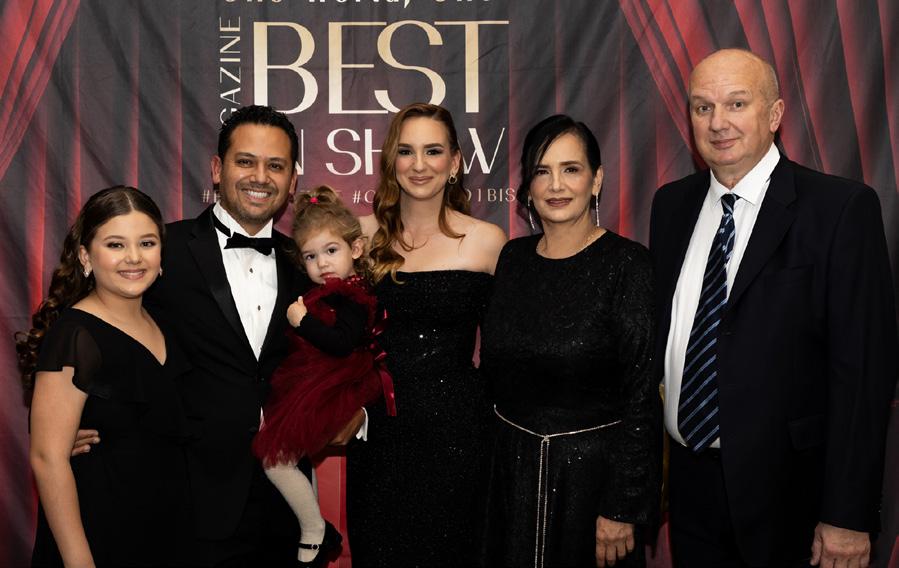


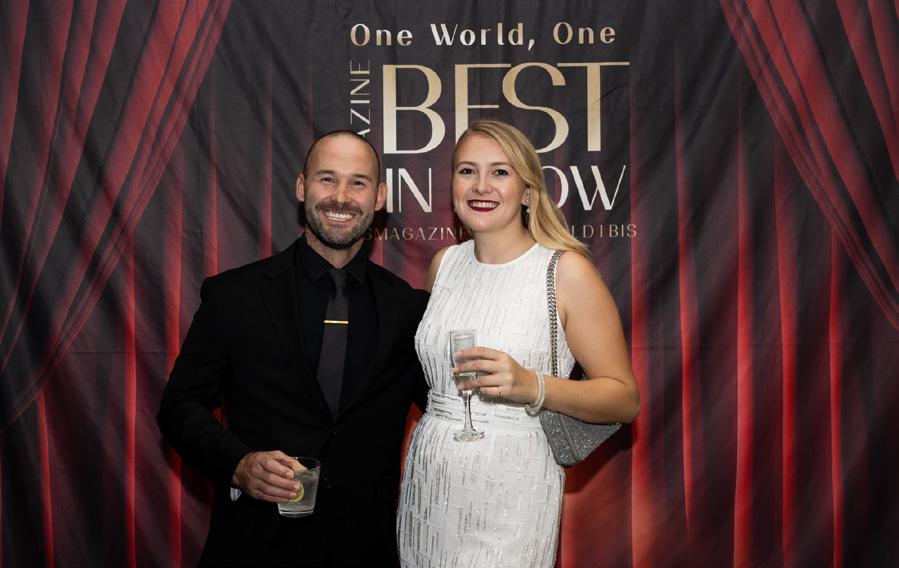




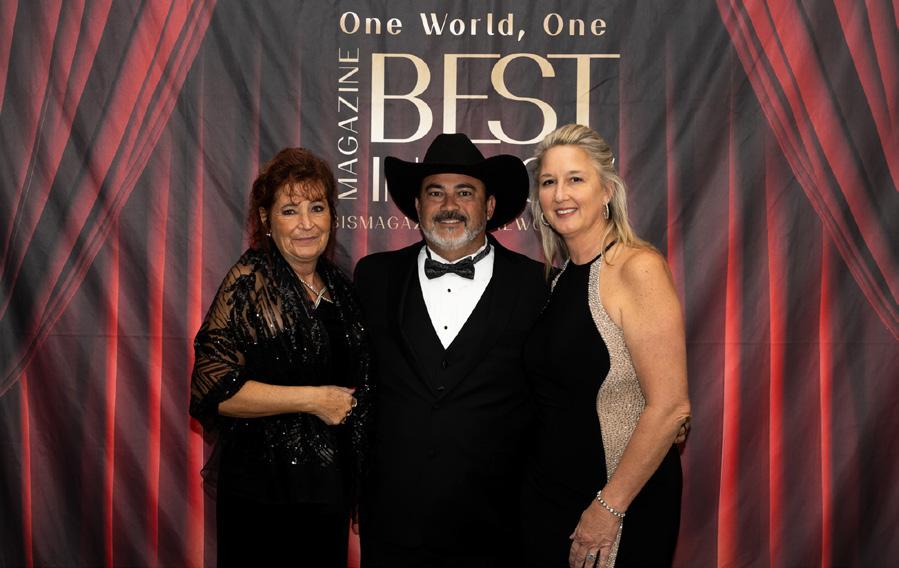

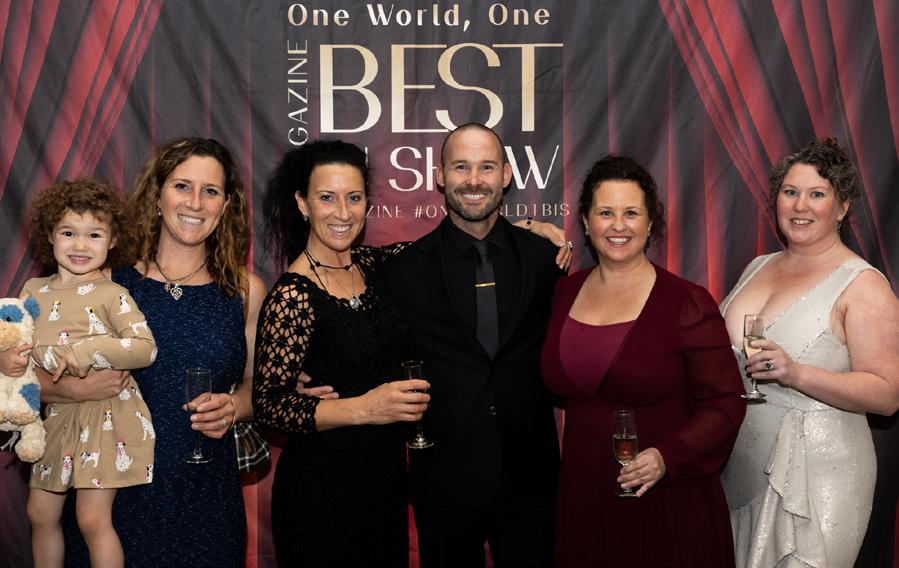




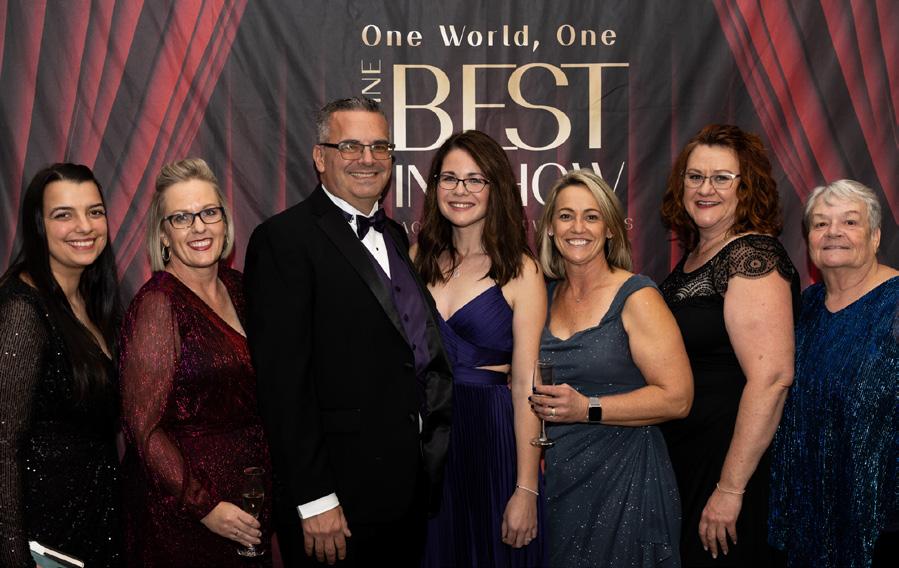

Alicia Jones & Alexis Jones
Dear Jovana,
We want to extend our gratitude for hosting such a beautiful and successful gala. The Take The Lead auction was a wonderful opportunity to support a cause so special to our sport. Your attention to every detail didn’t go unnoticed and the Leslie Hutto sculptures on every table truly elevated the ambiance. Thank you again for including us in a special evening with so many friends from around the World.
Jamie Souza Bartlett
Thank you, Best In Show Magazine, for putting on a thoughtful and fun-filled event that was as classy as your publication! Having opportunities to celebrate with friends from all over the country are so few and far between. We appreciate all your effort to make it happen!

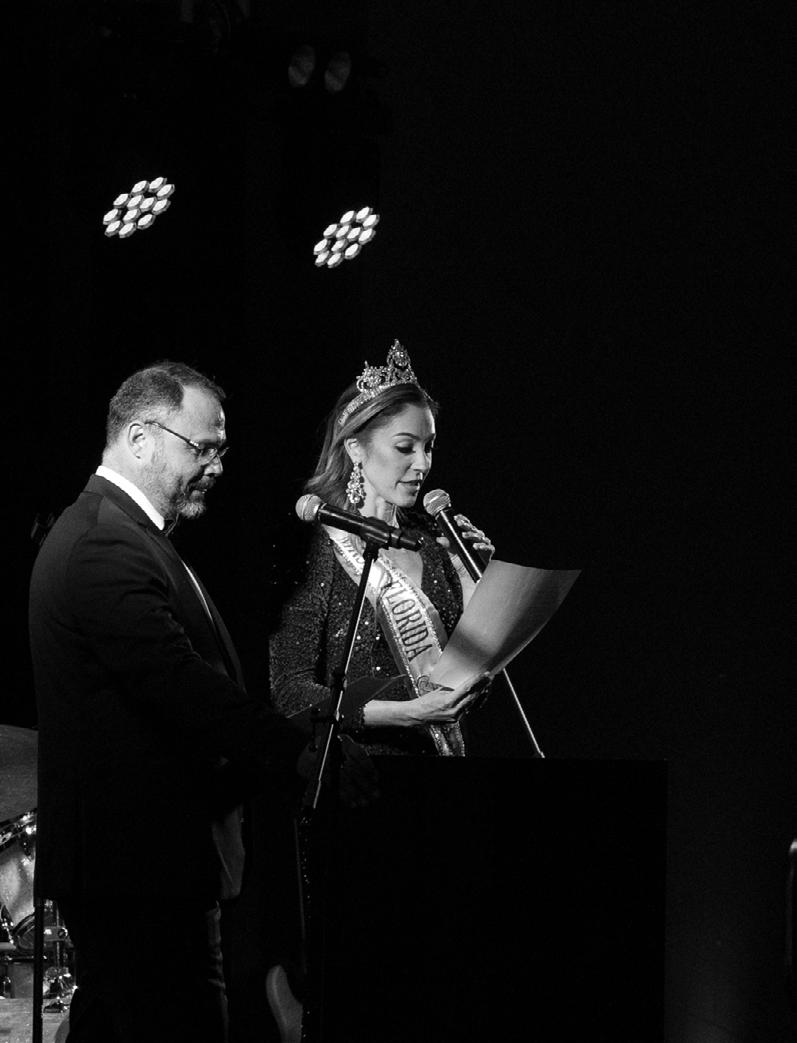
Antonio Vidmar
BIS gala dinner was truly beautiful and professionally puttogethercelebratingitsfirstyear,allthisisjustproof how remarkable and successful Jovana is in every field of herwork,thankyouforinvitation,wehadamazing time.
Katelyn Ford
The Best in Show Gala was a beautiful event. The food was good, the company was great, the music was fun and the attire was stunning. We had an amazing time! We won’t forget that night for a long time! Use what you want.

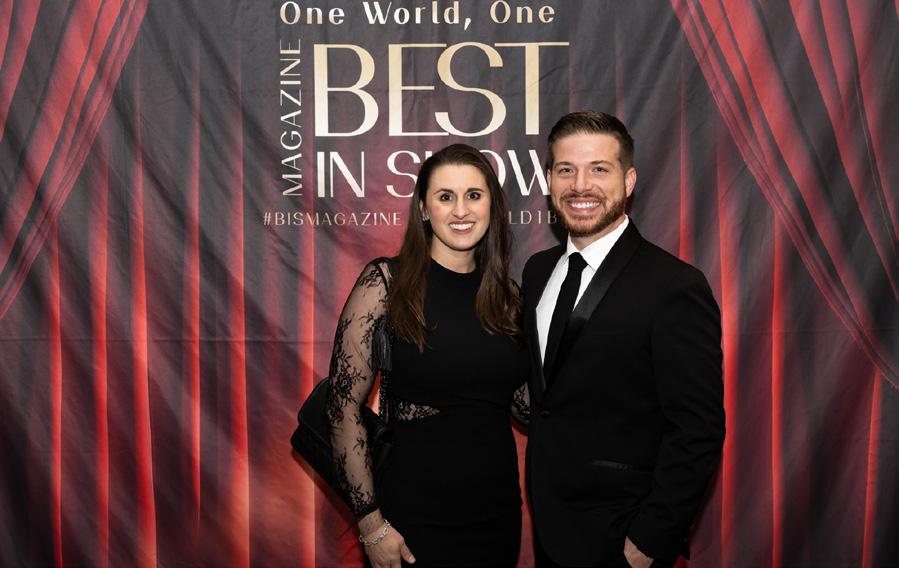
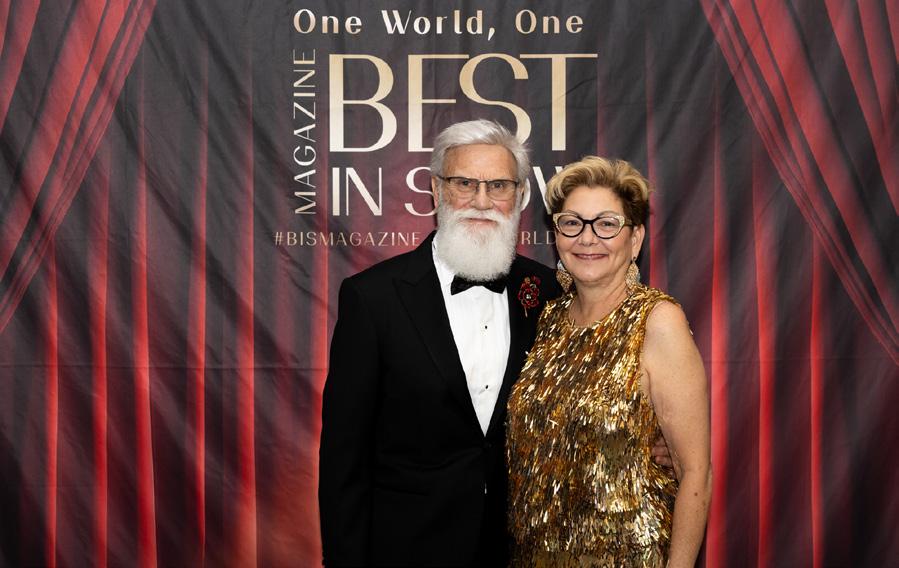
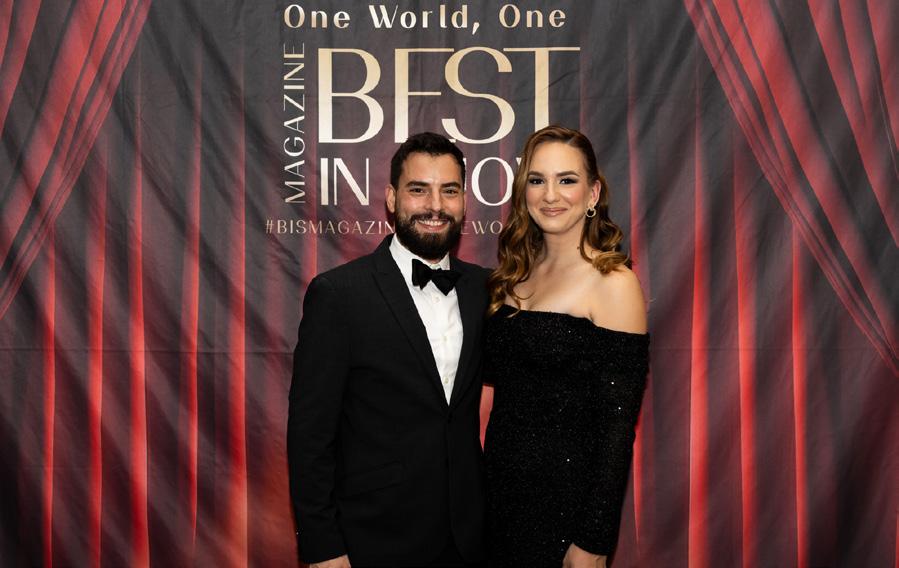
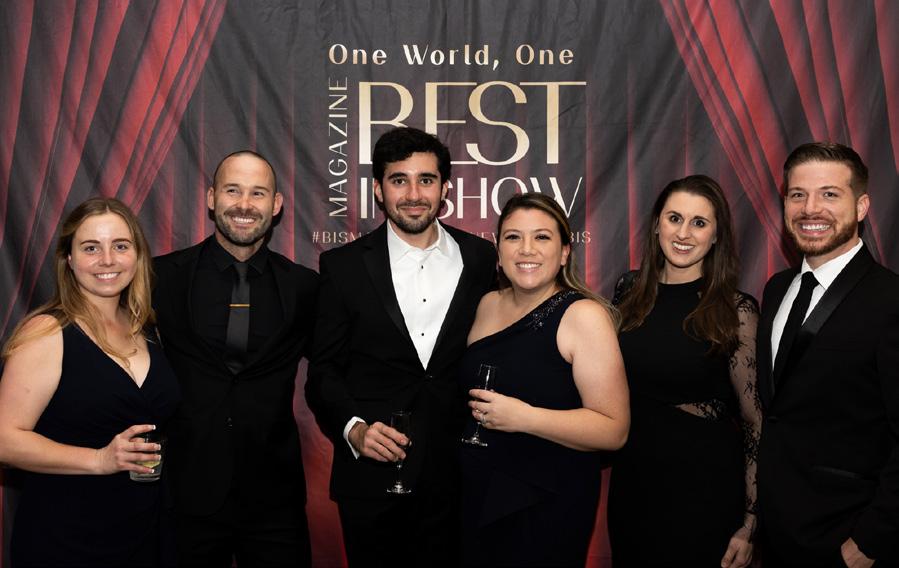

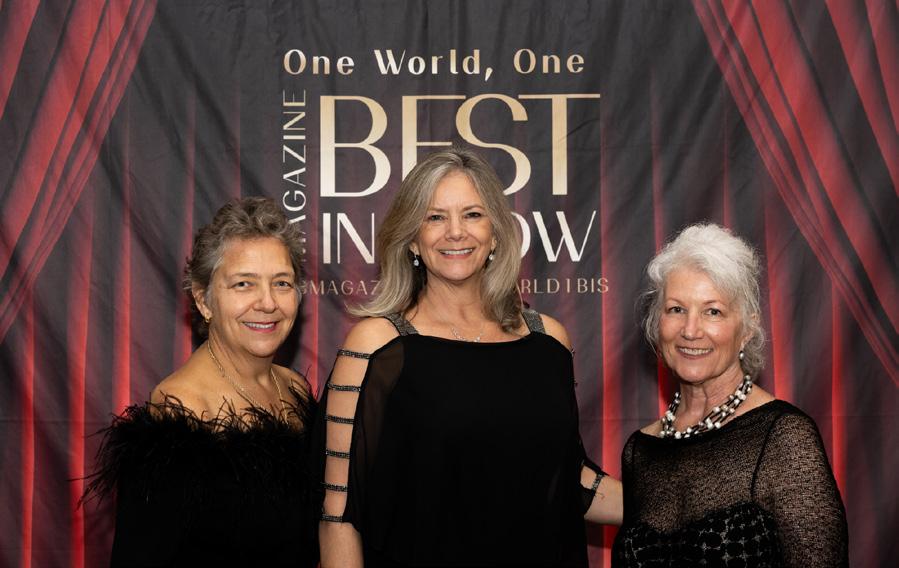

Cameron & Carley Simpson
The fabulous Best In Show Gala was a much-needed break from the daily grind, offering a night to celebrate a year of accomplishments, cherished friendships, and the industry’s shared successes. DOGGIT was honored to be part of this incredible event, reflecting on the meaningful beginnings of our foundation and the bright future ahead for responsible dog ownership. It was an evening of inspiration and gratefulness!
Mark & Susie Mitchell
It was a pleasure to attend the First Best In Show Magazine Gala. The venue was transformed into a stunning space with creative decorations. Thank you for putting on a spectacular production. The energy was high and the party flowed smoothly. We and everyone really enjoyed the music. Loved the Photo Booth backdrop and the surprise guest appearance was a nice highlight.
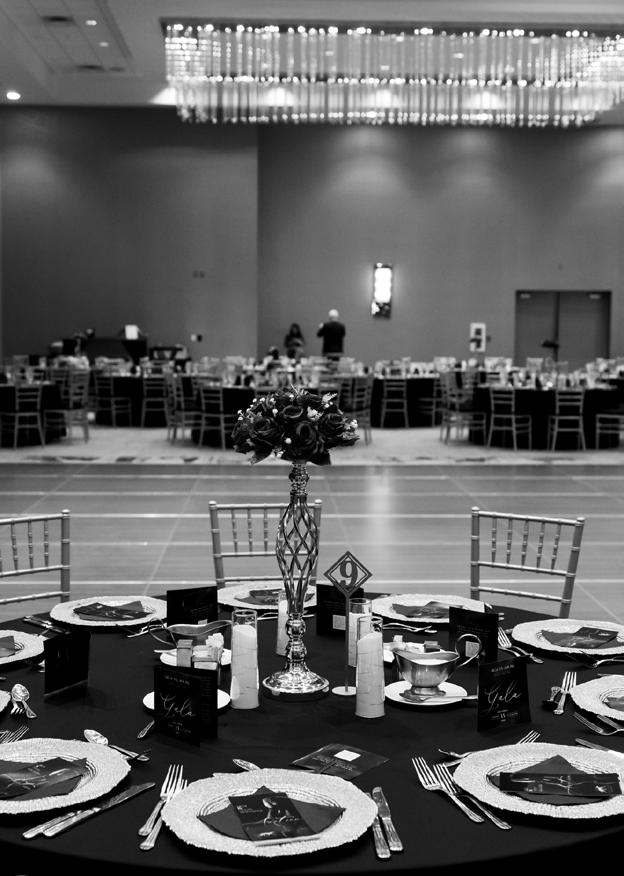
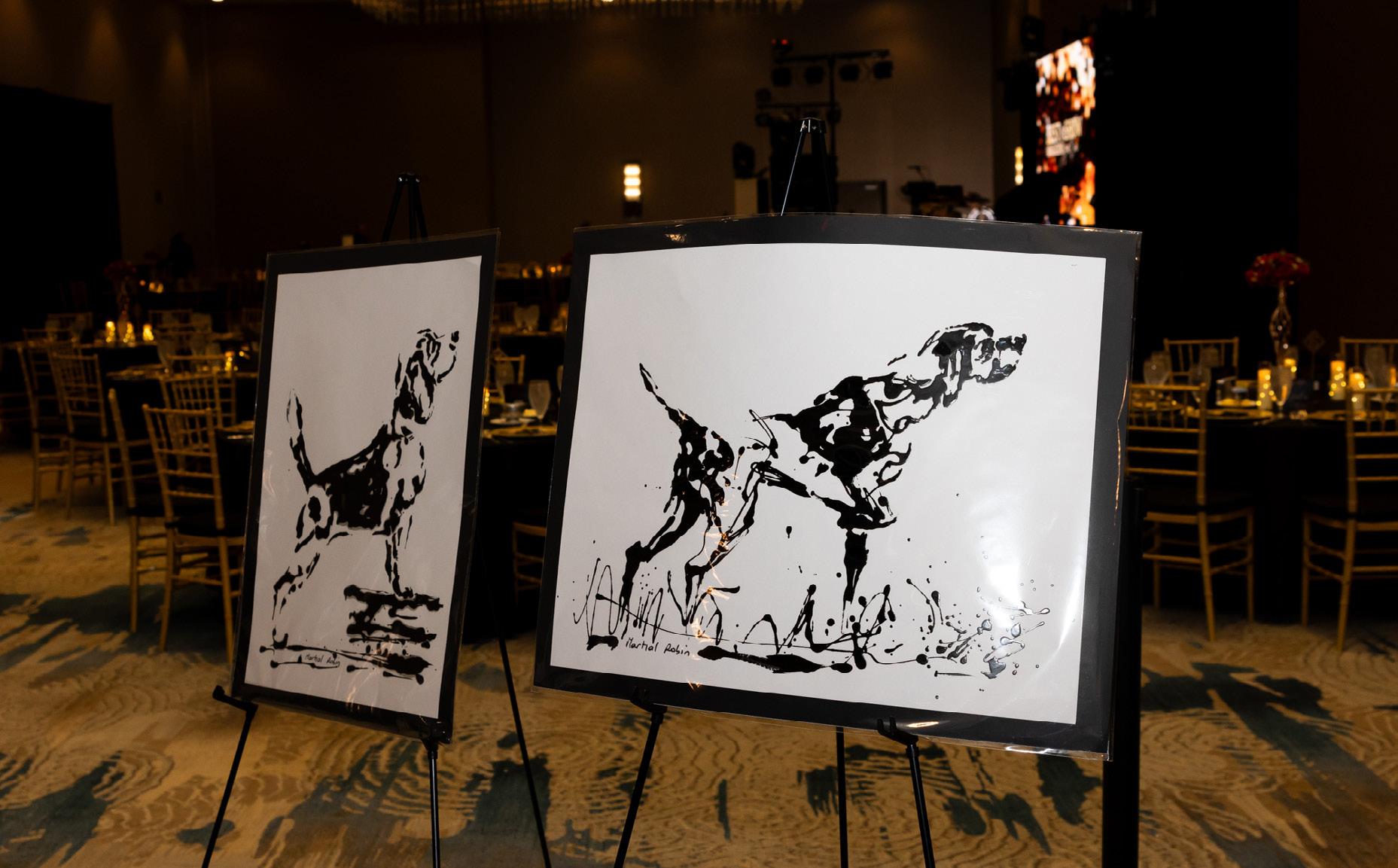
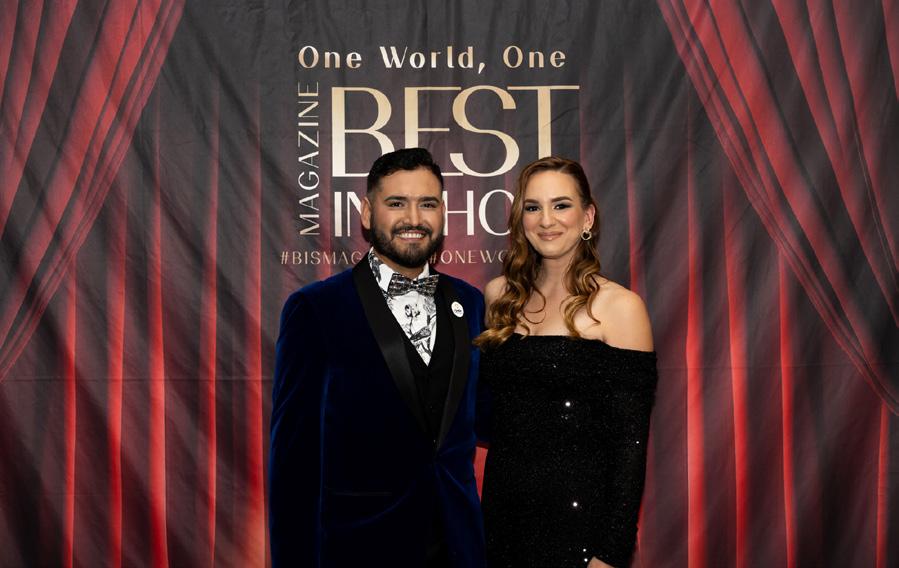
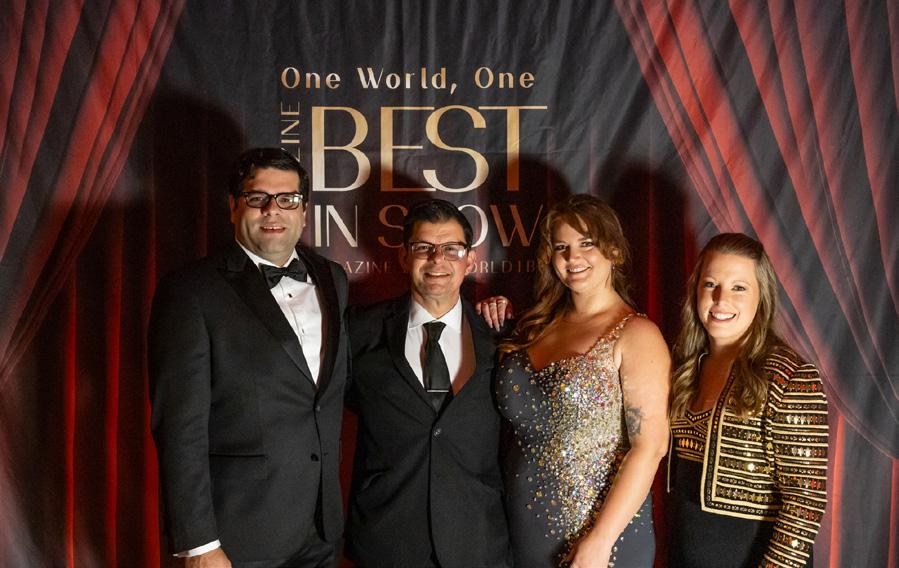


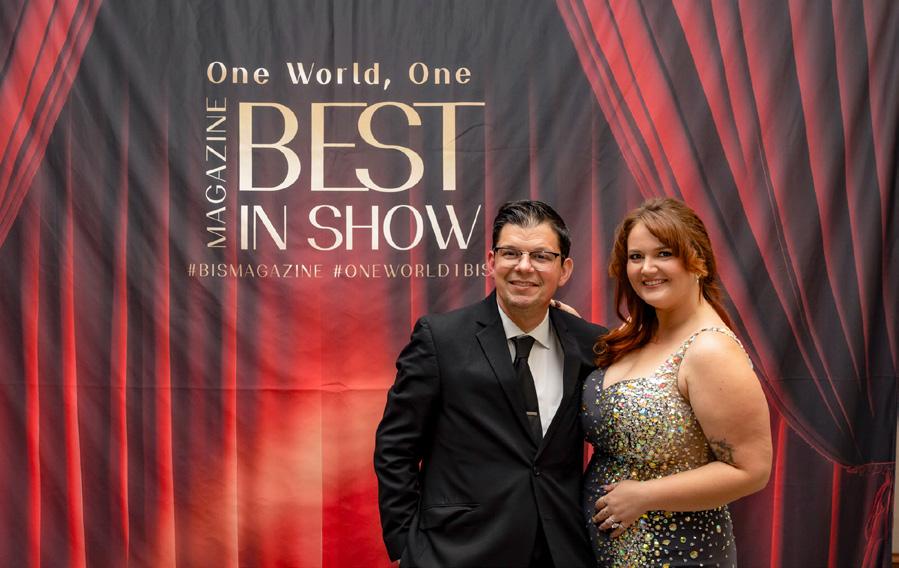


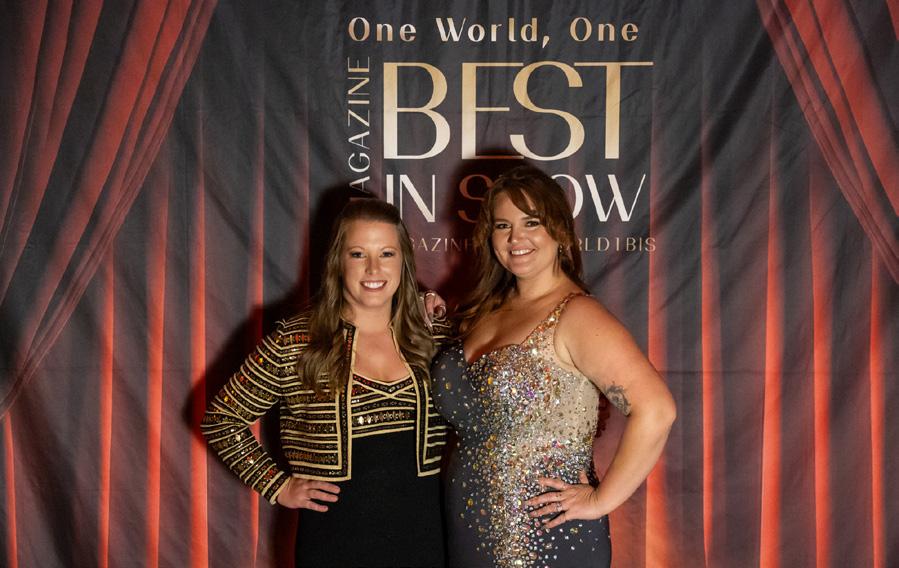



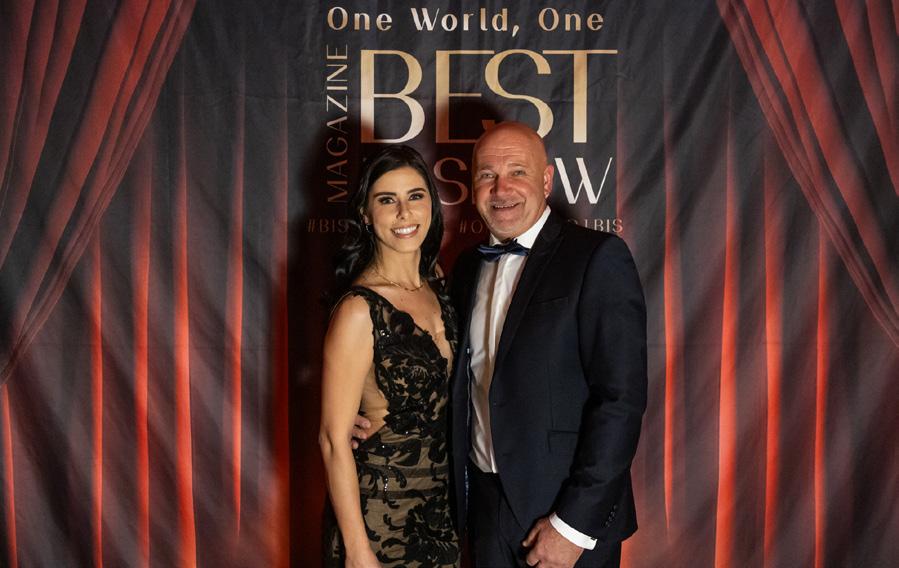

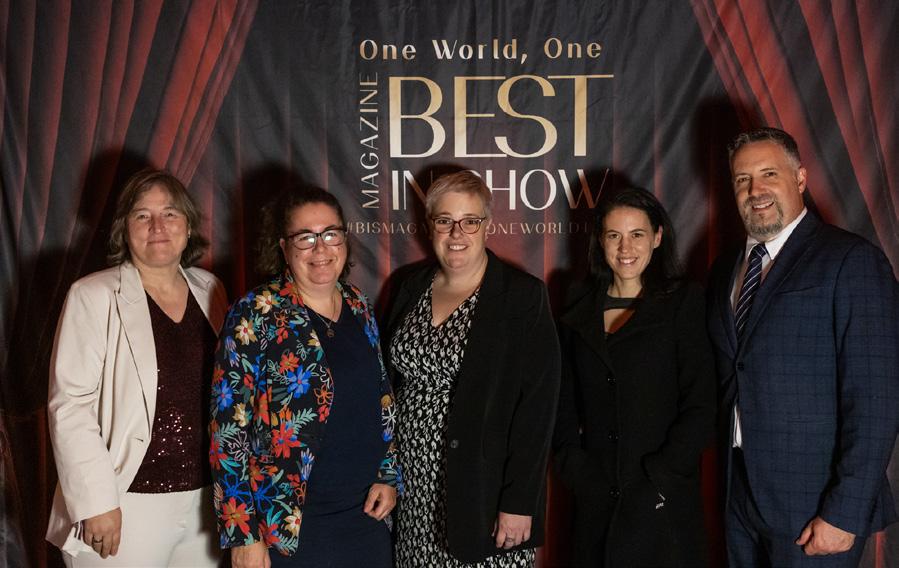
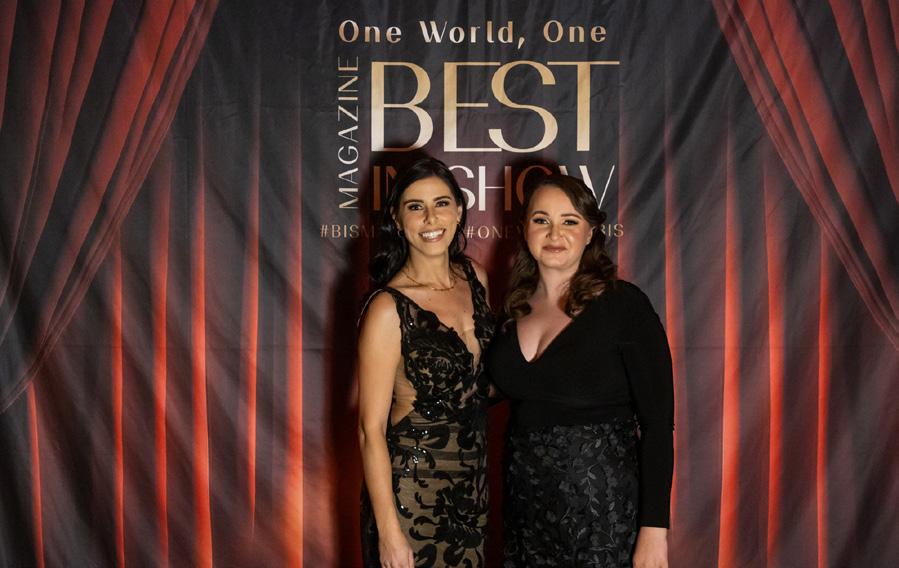







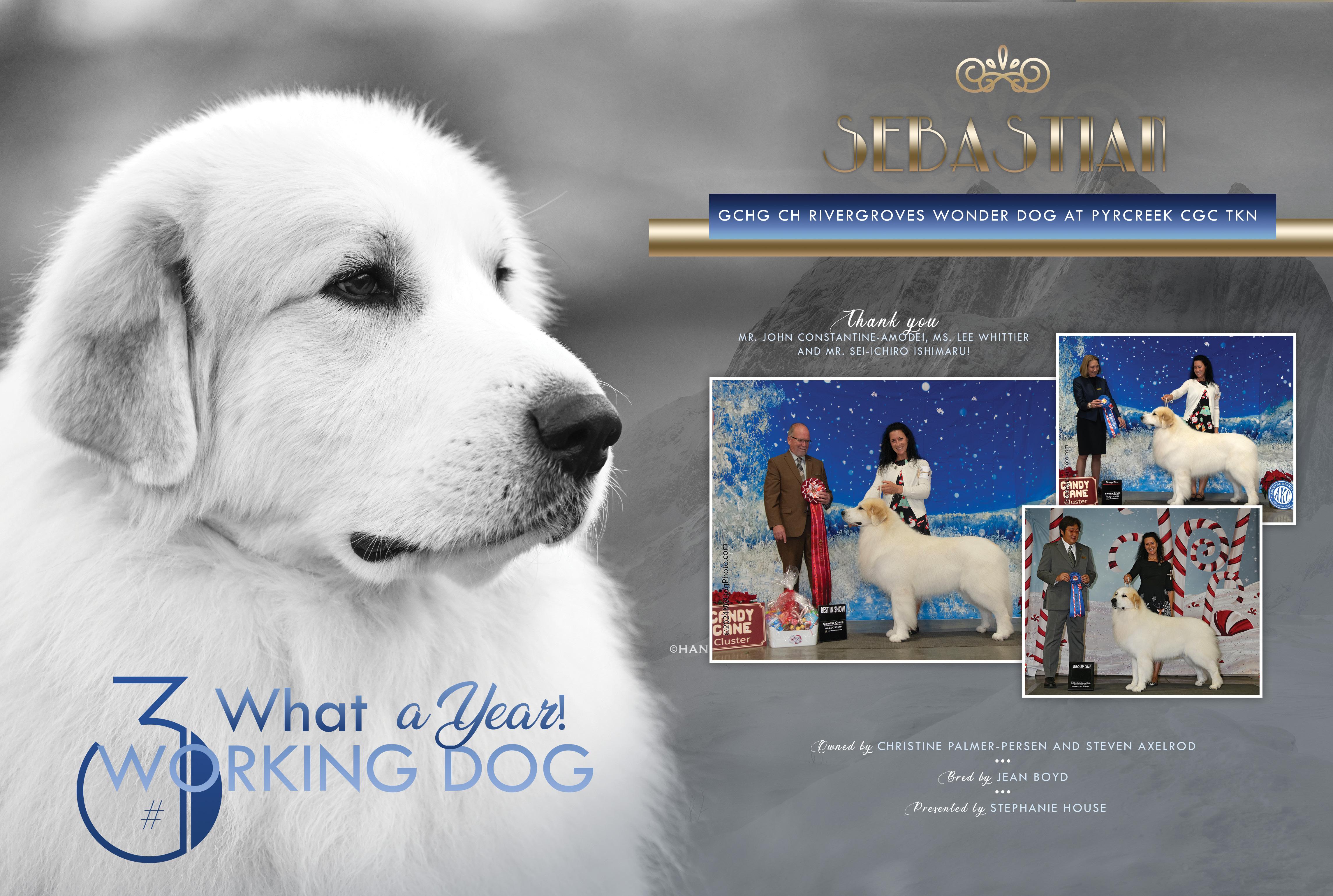



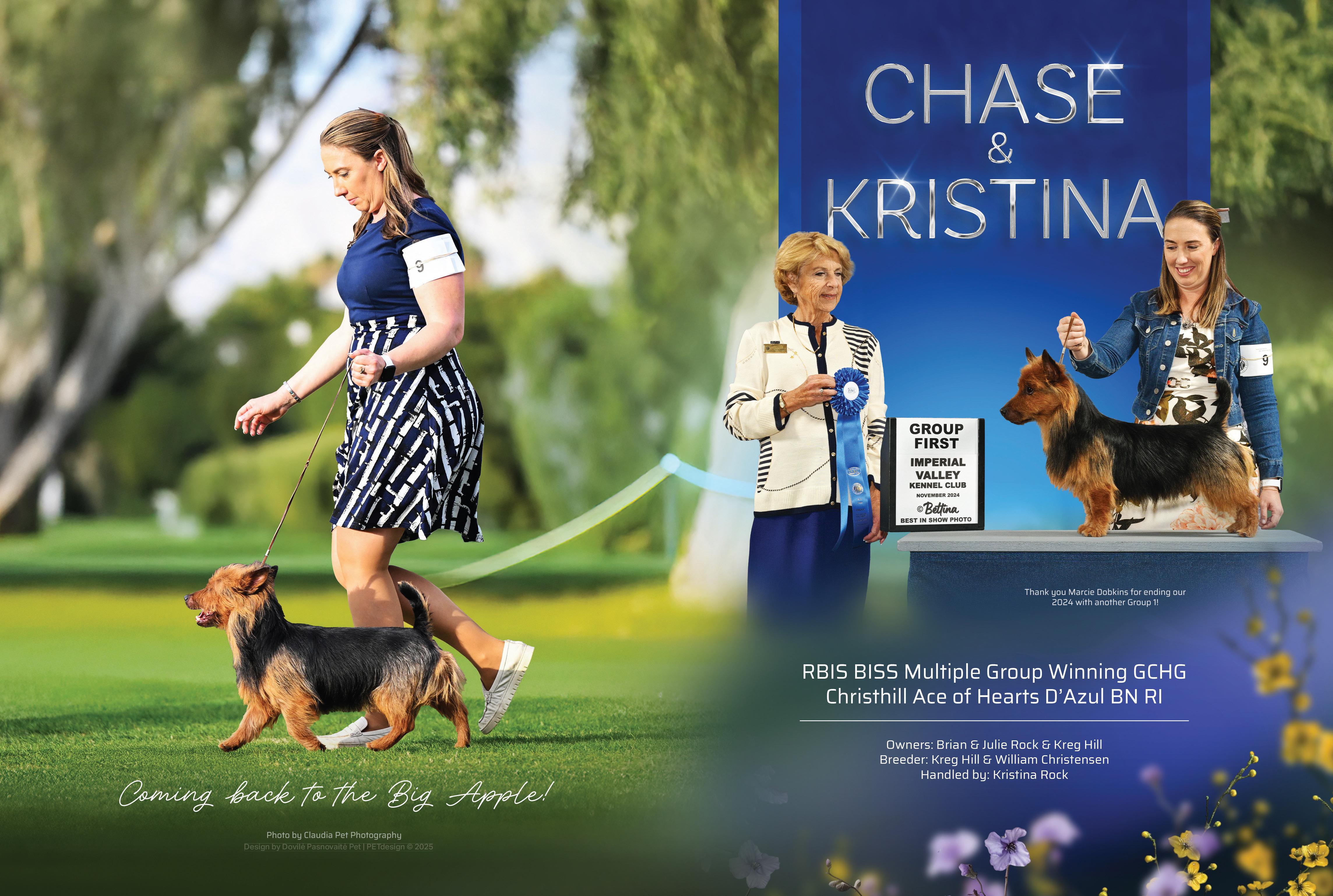

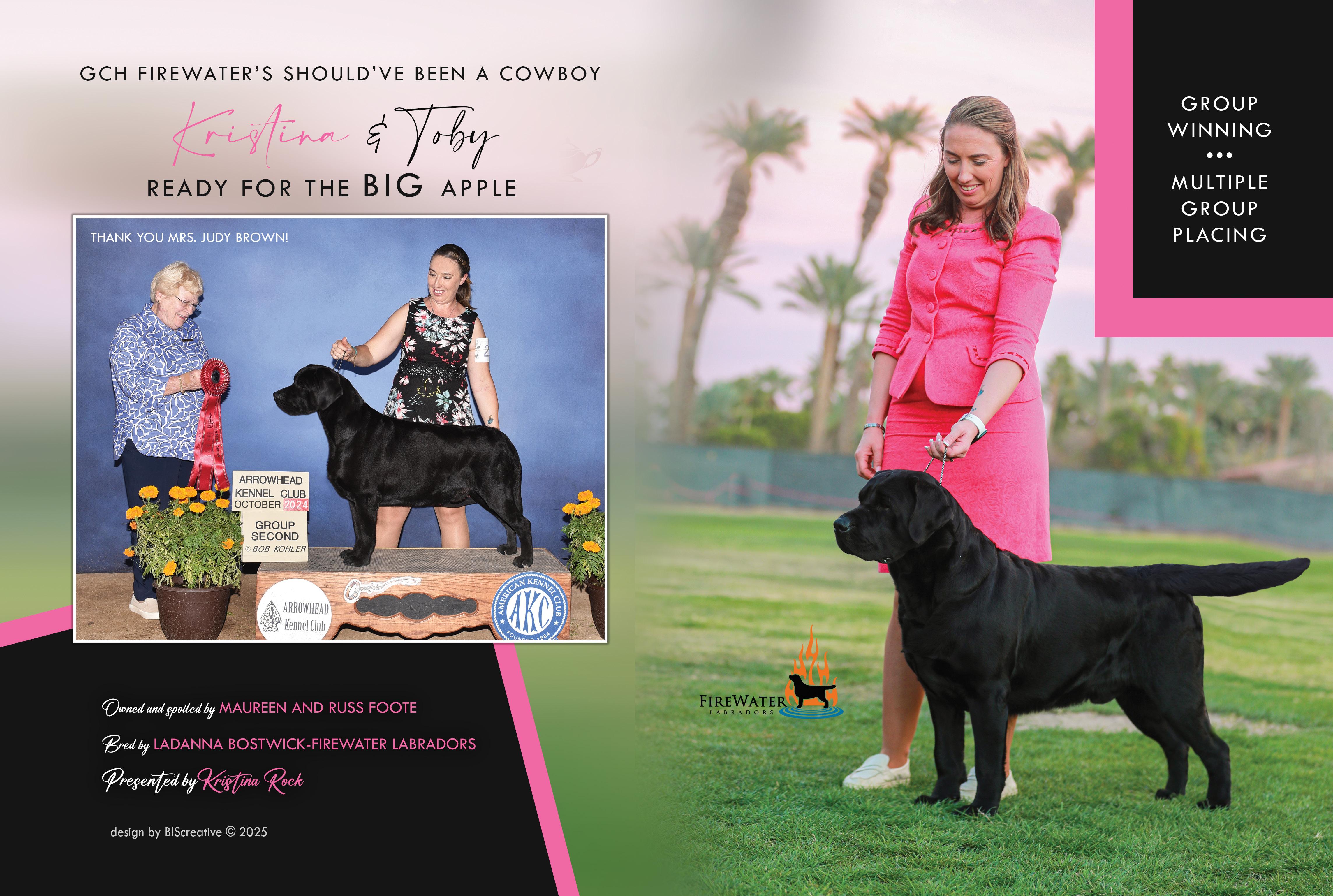




In the world of purebred dogs, where passion fuels performance, few individuals strive to embody excellence as profoundly as David Haddock. A native of Wichita, Kansas, Haddock’s journey began in the 1970s with his first purebred dog, an Alaskan Malamute, which he owner-handled to both an obedience title and a conformation championship. This early achievement laid the foundation for a lifetime dedicated to the art and science of dog breeding, showing, and judging.
Haddock’s connection to the Portuguese Water Dog began serendipitously in the 1980s when he encountered“Charlie,”thebreed’sfirstU.S.ambassador,handledbythelegendaryBillTrainor.Inspired by the breed’s distinctive qualities, he acquired his first Portuguese Water Dog, Ch. Roughrider’s Manhattan UD (“Tanner”), an extraordinary dog that earned both a Breed Championship and a Utility Dog title. This milestone marked the start of his enduring dedication to the breed. As a co-breeder, exhibitor, author, presenter, and judge, he has exemplified a tireless commitment to advancing the breed while preserving its spirited and robust nature.
Beginning as a popular obedience judge, Haddock expanded his judging credentials to include the Working and Sporting Groups, multiple Herding breeds, and Best in Show. Known for his breedspecific expertise and dedication to preserving breed type, he has judged over 750 shows across nearly all fifty U.S. states and internationally on five continents. Haddock believes that judging dogs is a privilege that comes with an obligation to adjudicate with breed-specific knowledge. For David, discerning type provides greater access to understanding what separates quality from mediocrity and elevates an individual dog or breeding program to excellence. His reputation for evaluating dogs with a deep understanding of their breed’s unique traits and purpose is rooted in the tried-and-true philosophy that “form follows function.”
Beyond the ring, Haddock has made a meaningful impact on the dog world. At just 18 years of age, he became the president of his first dog club, setting the stage for a lifetime of contributions. His dedication to the canine community led to his election as a member of historically esteemed organizations, including the Santa Barbara Kennel Club, Westchester Kennel Club, and The Royal Kennel Club Ltd.
In 2003, Haddock was invited to membership in The Westminster Kennel Club, where he became a key figure at what he fondly refers to as “The Show.” His work there has included championing junior showmanship and spearheading the creation of the Masters Obedience Championship. His unwavering commitment and vision culminated in his tenure as Chairman of Westminster’s iconic annual show.
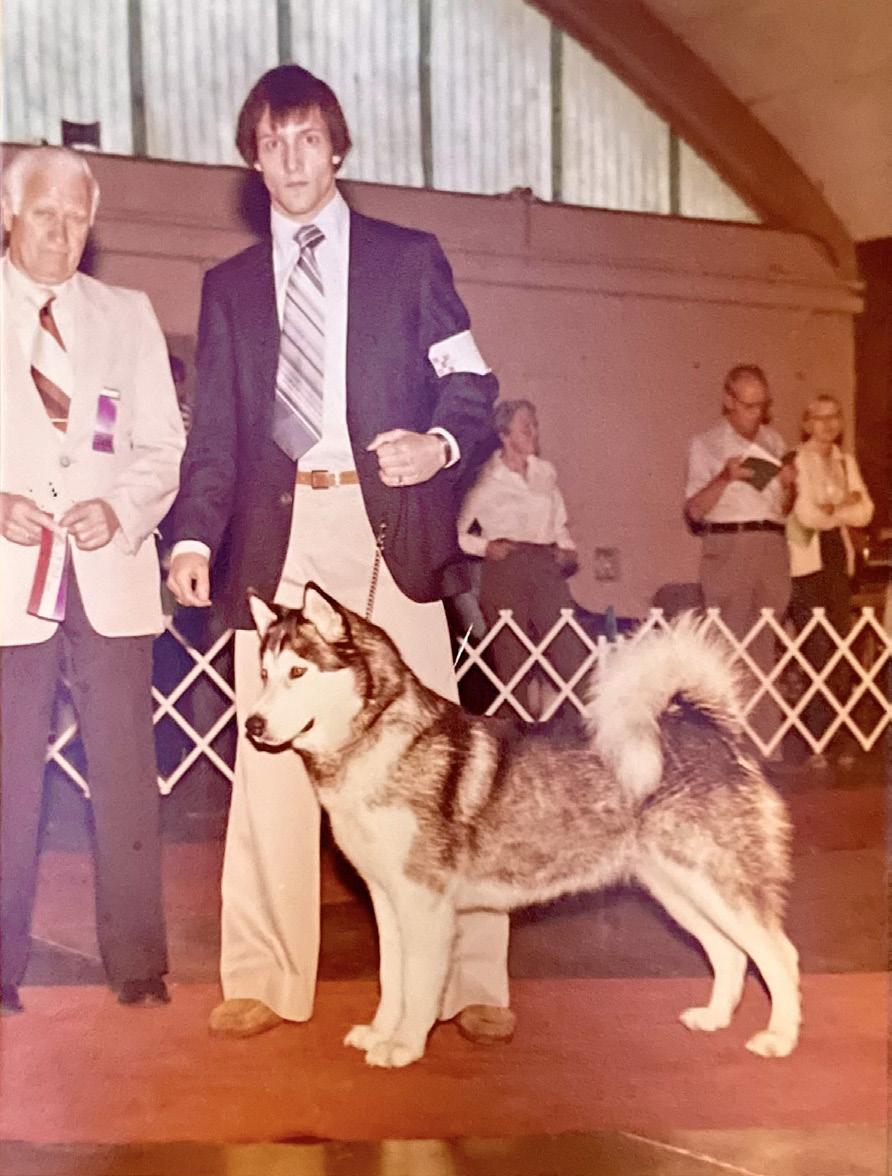

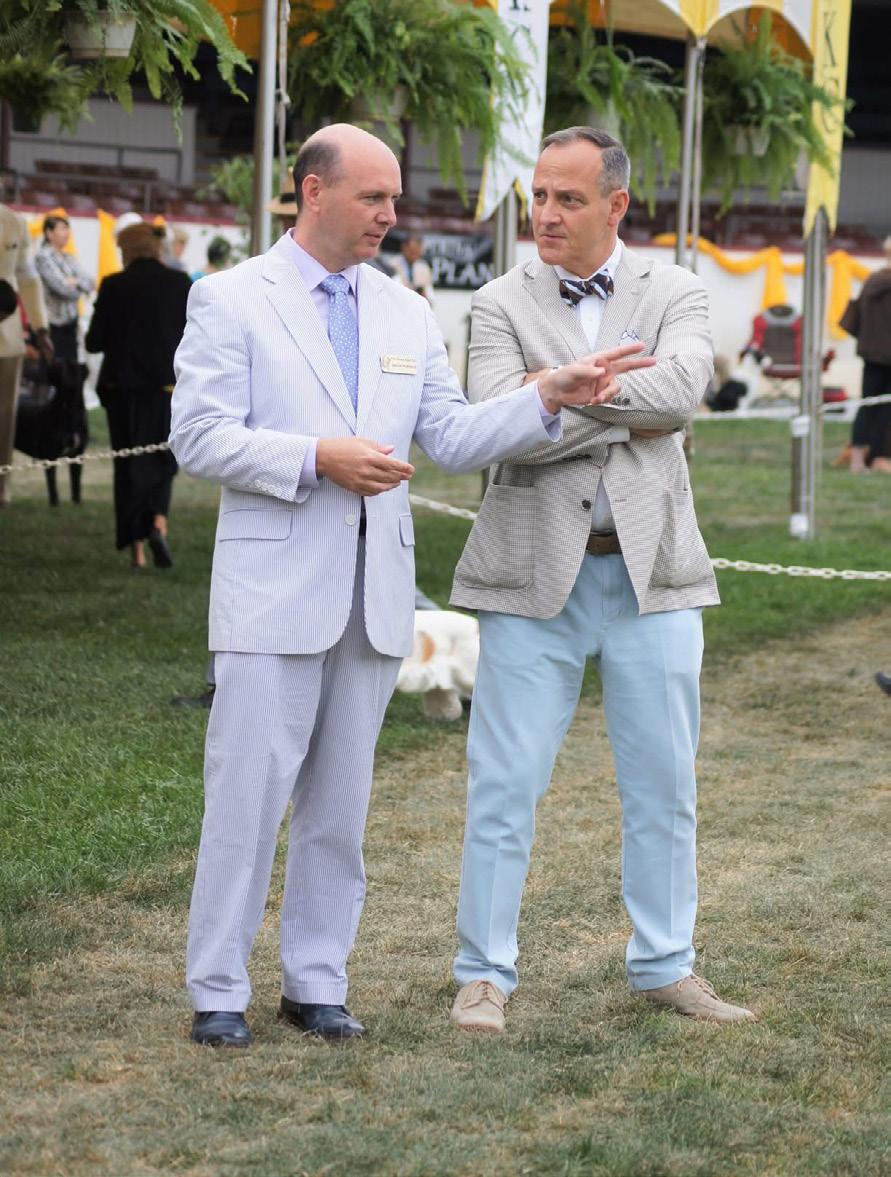

Humbled by the opportunities afforded to him throughout his canine career, Haddock acknowledges the privilege of listening to and learning from the greats of his time—mentors too numerous to mention by name—but says, “It is clear that we are all lifted up in dogs in direct correlation to the quality of our mentors.” He credits these early influences with shaping his understanding and respect for the sport, as well as for any recognition he has received. “After all,” he says upon reflection, “we have often warmed our hands over fires we did not build.”
A balanced life is important to Haddock, as exemplified by his ability to seamlessly blend academic, professional, and adventurous pursuits with his contributions to the canine community. A graduate of Washington & Lee University (BA) and Columbia University (MBA), he recently earned an MA from Westminster Theological Seminary, underscoring his dedication to lifelong learning. Alongside periodic judging assignments, he devotes his time to ocean conservation, world travel, theological studies, and a renewed focus on breeding—the cornerstone of the canine world— drawing inspiration from Kobe, a Shiba Inu he encountered and acquired while judging in Korea.
Driven by curiosity and a passion for excellence, David Haddock’s life stands as a testament to purposeful living. From the show ring to broader horizons, his journey embodies dedication, balance, and a commitment to personal growth—reminding us of the profound fulfillment found in pursuing our dreams with intention.
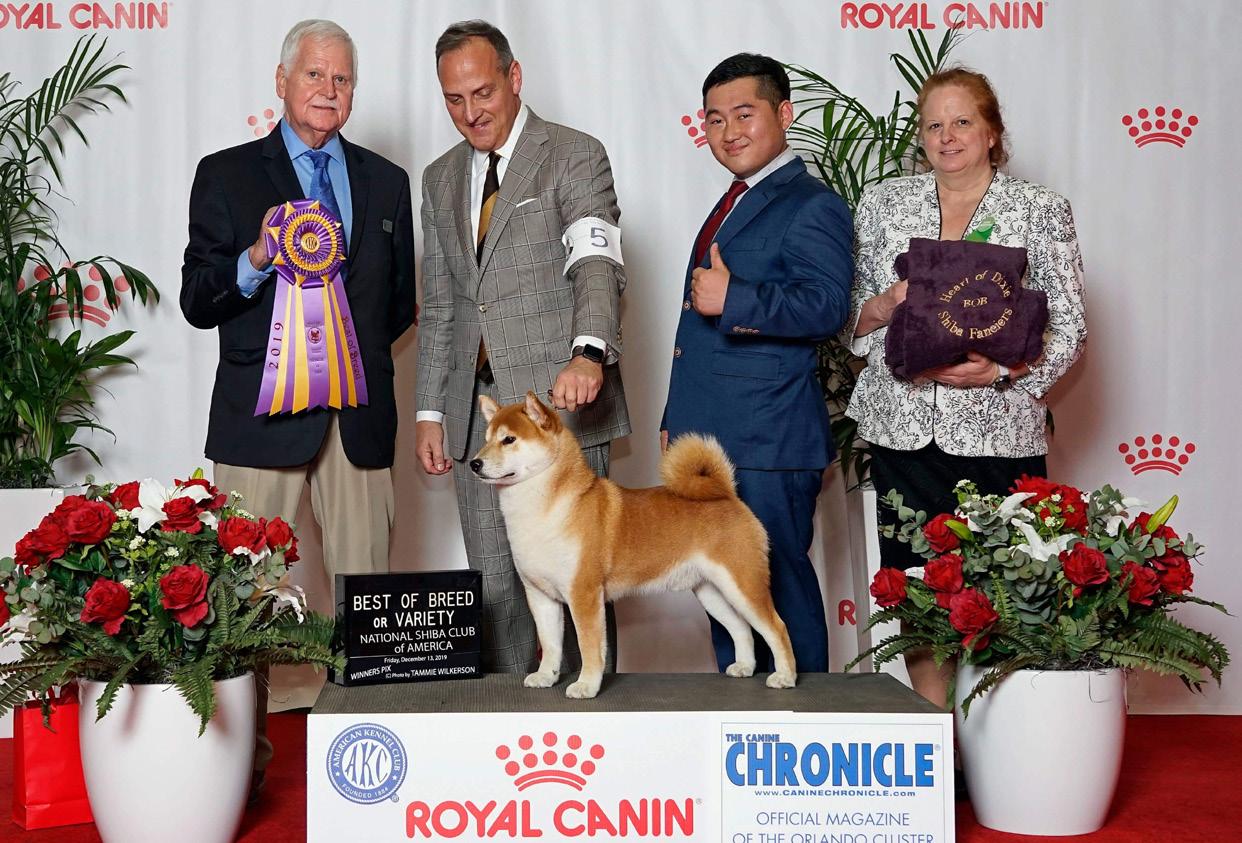
You have judged all over the world. What have been some of the most memorable assignments, both in and out of North America?
The Combined Canine Club of Ireland is truly special. The exhibitors, primarily breeder/owners, not only demonstrated extraordinary dedication to their dogs but also exuded warmth, humor, and camaraderie, both in the ring and afterward over a good drink or two, accompanied by plenty of laughter.
The ISTRA Slovenian Summer Shows left a lasting impression,thankstotheremarkableteamworkoftheclub members, a powerhouse judging panel, and outstanding hospitality. The show begins in the evening and continues into the night, adding a special atmosphere to an already exceptional experience. From a judging perspective, it was among the best shows—if not the best—I’ve had the privilege to attend.
The World Show in Brazil was truly unforgettable, with its incredible scale and the outstanding quality of dogs showcasing the global reach of our sport. The event was
impeccably organized, featuring exceptional dogs and an eclectic judging panel that made the experience truly special.
In North America, judging National Specialties is just the best! These events showcase the pinnacle ofdedicationandpassionforindividualbreeds,and it’s always an honor to be a part of them.
What do you feel are some of the biggest differences in breeds shown outside of the USA? This can be general or breed-specific.
Breeds shown outside the USA often place greater emphasis on functional characteristics and preserving original purposes, a focus that, while present in the USA, seems more pronounced abroad. This is particularly evident in Sporting breeds, where regional terrain and function have shaped distinct traits, resulting inmorevariedgroomingandpresentationstylescompared to the uniformity common in the USA. Many international shows also feature a predominance of breeder/ownerhandlers, fostering an intimate connection between exhibitors and their dogs, as well as a profound respect for the breed’s history and purpose. Watching a dedicated breeder present a dog they’ve bred is not just special—it’s a privilege, enriched by the camaraderie and mutual respect amongbreeders.
What3dogsfromthepastdoyouwishyoucouldhavejudged or owned?
· CH Questar’s Thunder and Lightning (“Rascal”): This Portuguese Water Dog was the epitome of breed type, with his robust composition and impressive carriage. He embodied so many essential breed characteristics—a true stallion of a dog.
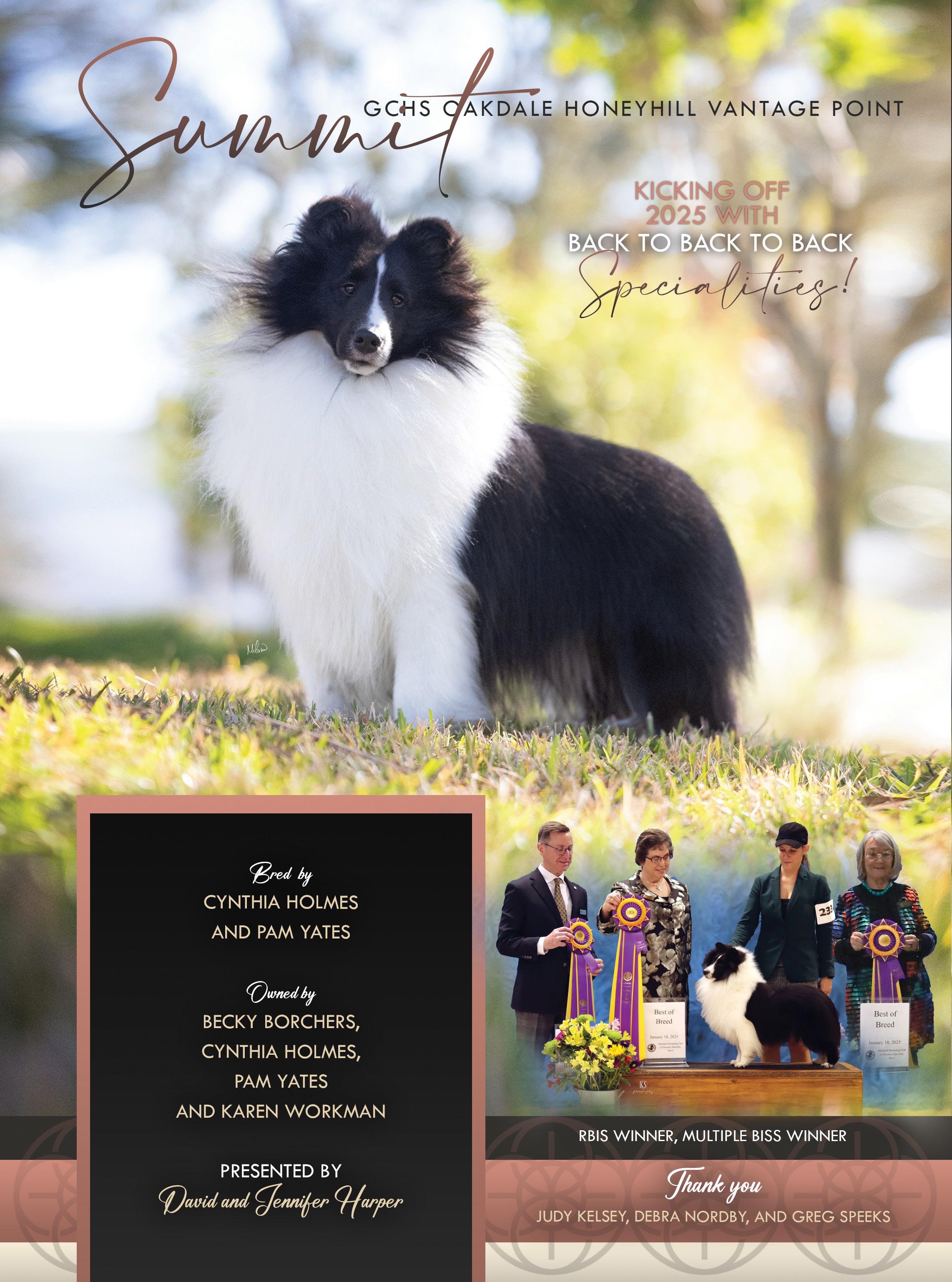
· CH Torums Scarf Michael (“Mick”): This Kerry Blue Terrier achieved the legendary Triple Crown, winning Crufts,Westminster,andtheAKCNational.Handledbythe veryaccomplishedBillMcFaddenandknownforhisstrong personality,Mickmadeeverymomentunforgettable.What a thrill it must have been to share in his incredible ride!
·CHCoveyTuckerHill’sManhattan(“Hatter”):ThisGerman Shepherd Dog elevated the entire breed with his historic Best in Show win at Westminster. On a personal note, witnessing this moment was so inspiring that I named my first Portuguese Water Dog in his honor. Little did I know that his handler, Jimmy Moses, would later become my mentorandfriend.
And if I could add a fourth…
·CHPamelot’sOvertheTop(“Oliver”),theBrusselsGriffon.: Whatanadventureitwouldhavebeentosharehisjourney with the Gregorys… especially ringside with Mamie!
What do you like to do most to relax and unwind?
IliketorelaxwithagoodcigarandafinewinealongsideEv, whetherwe’reononeofourbalconiesorwhileenjoyingthe viewfromacruise.There’ssomethingpeacefulabouttaking inabeautifulseaorlandscape,especiallywhilewatchingthe sunsetonanothergreatday.Iamveryblessed.
What is your favorite meal to make, and which one are you always excited to order in a restaurant?
Mykitchenskillsaremodest,butIenjoycraftingacrunchy, well-seasoned salad or experimenting with a hearty lentil-based soup. When dining out, I find it hard to resist authentic Italian pasta—al dente, of course—paired with a classic Caprese salad to start. A fine red blend is always the perfect complement.
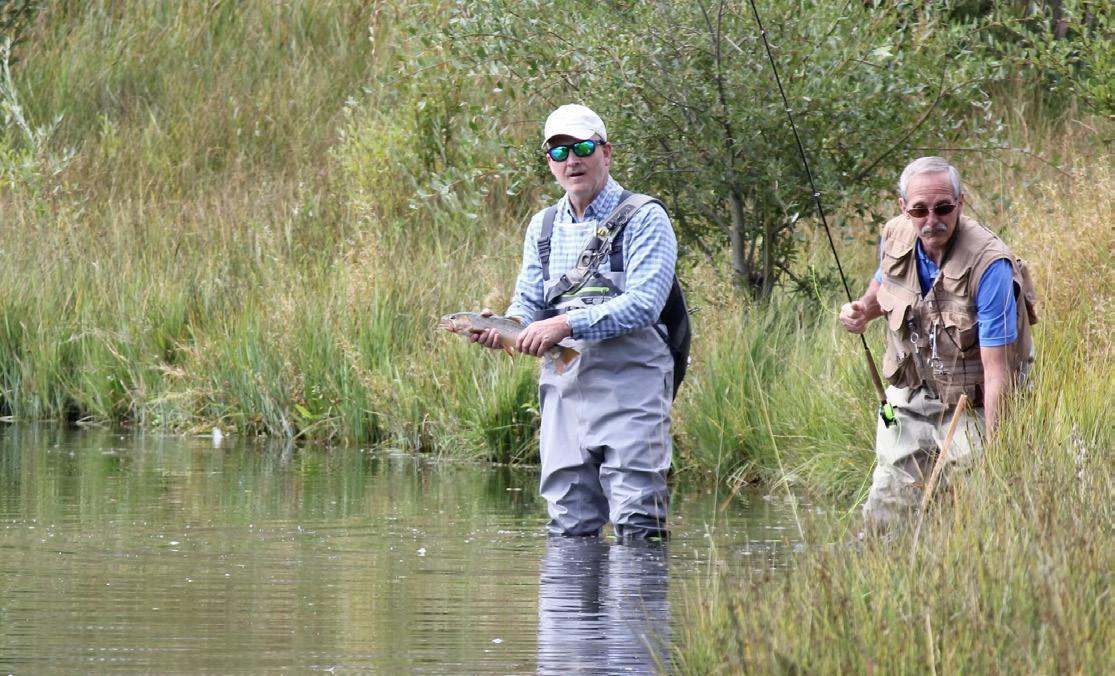
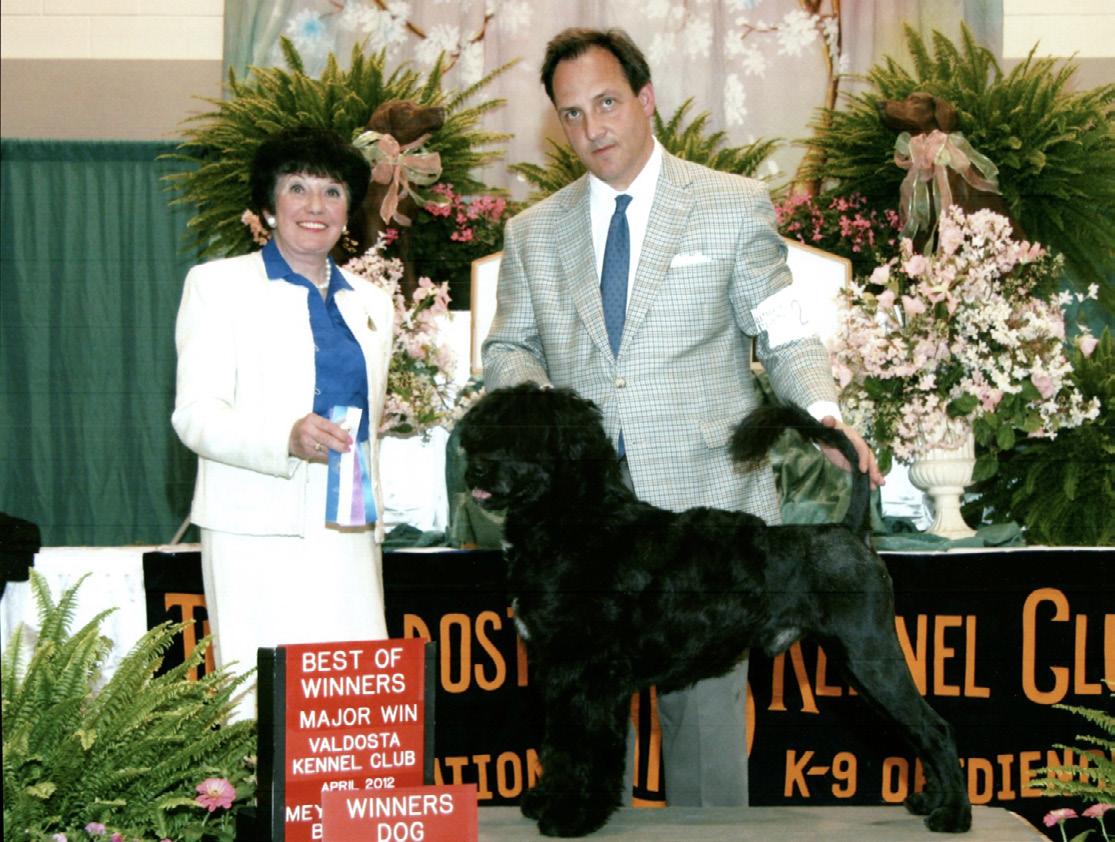
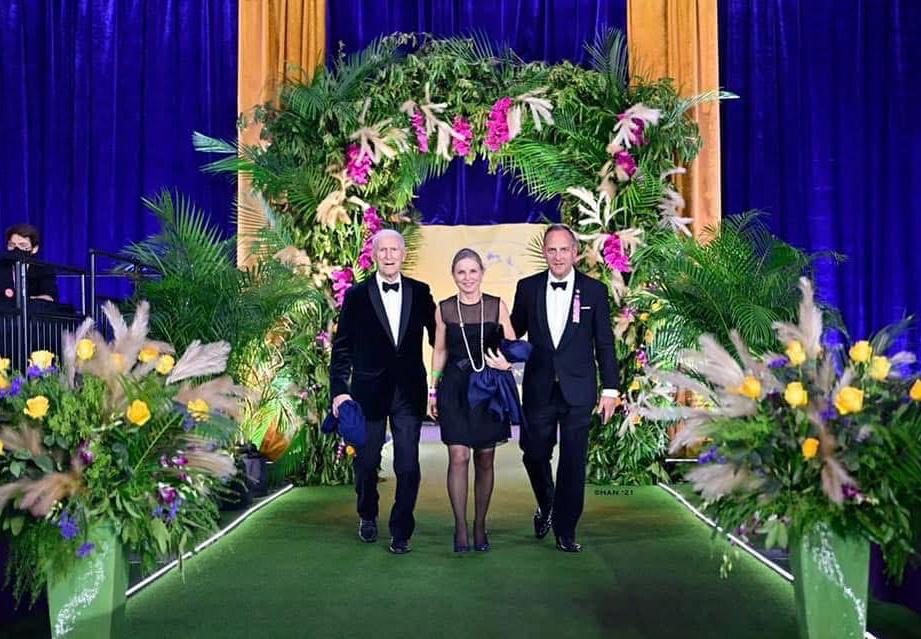



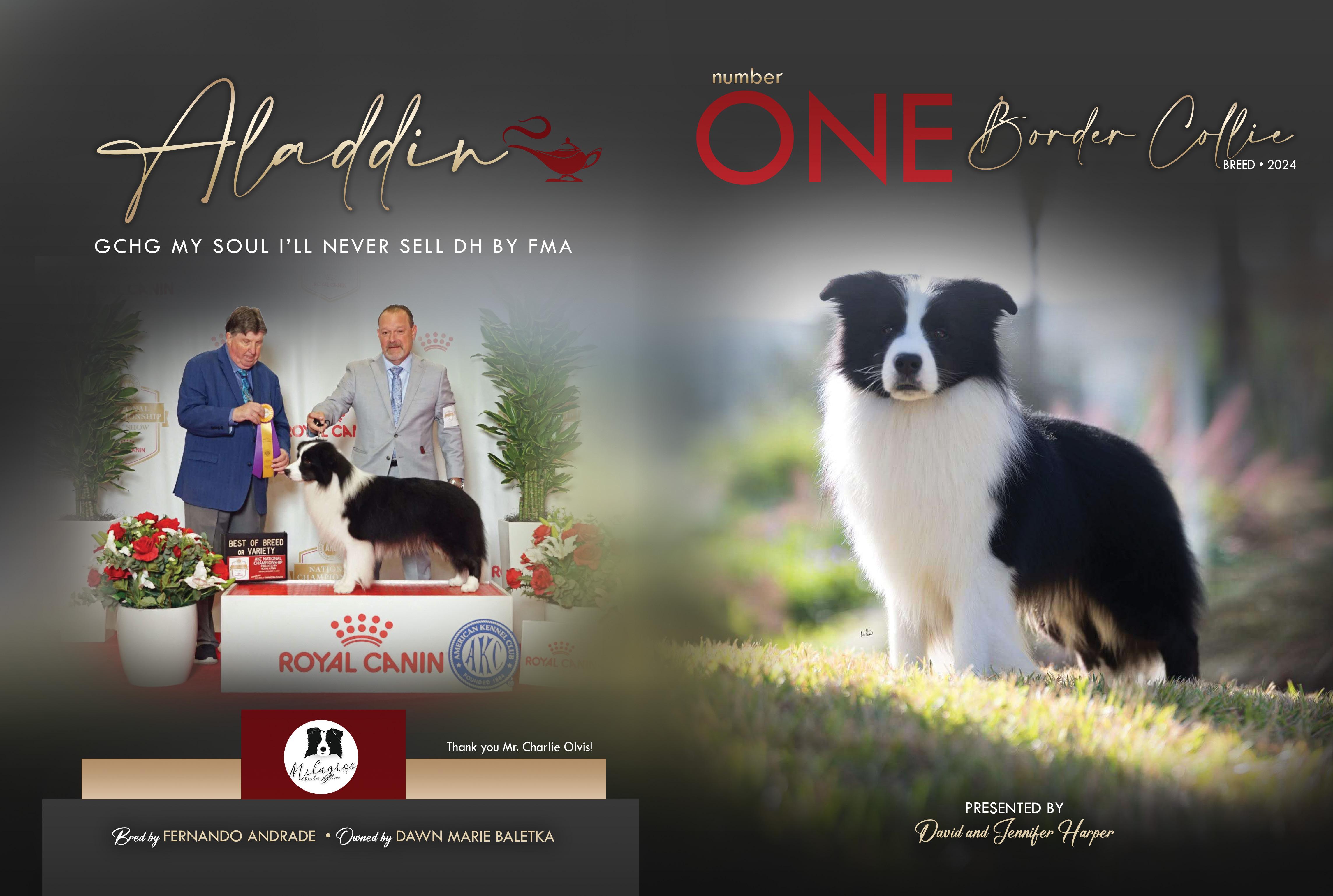

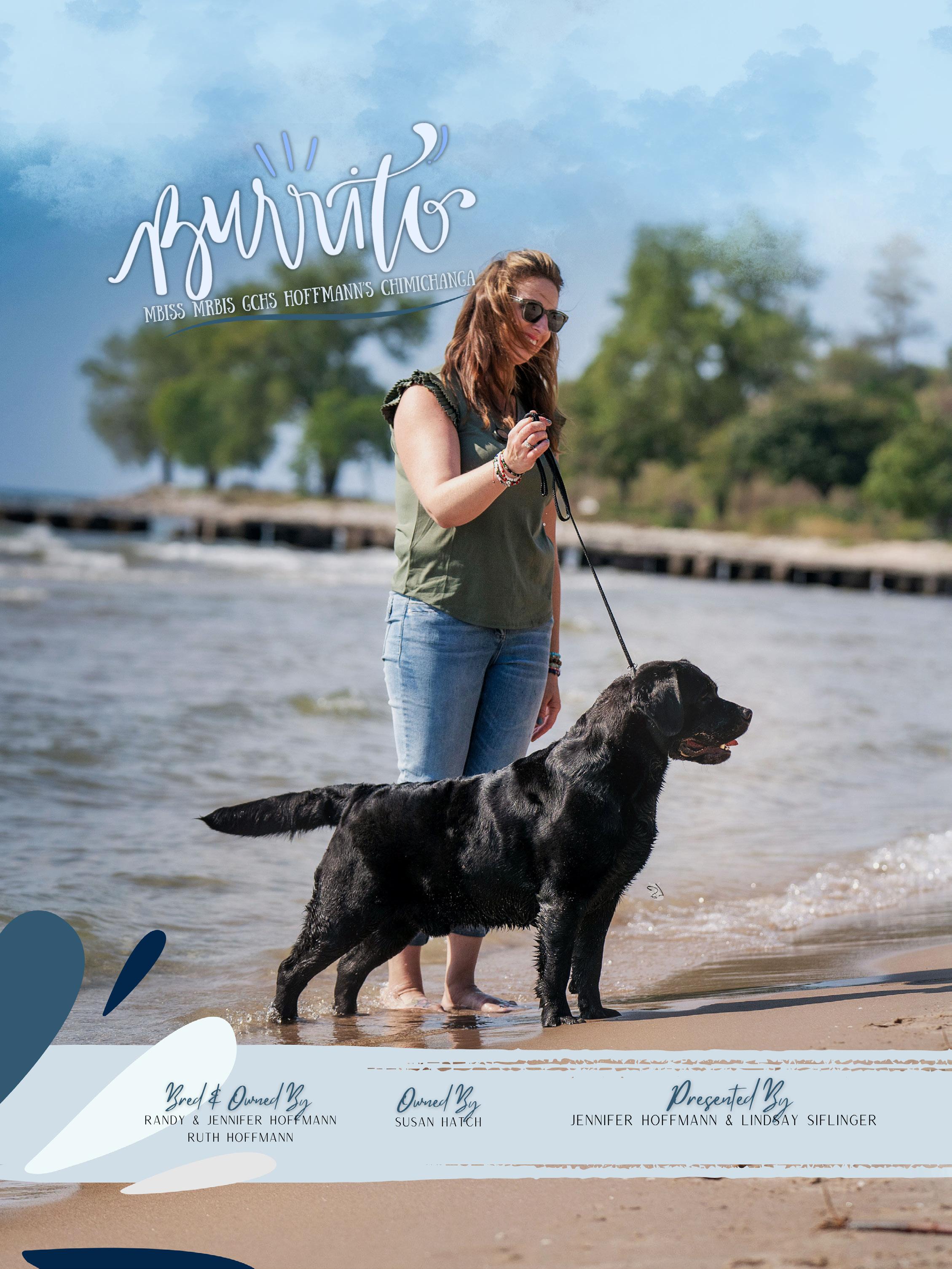



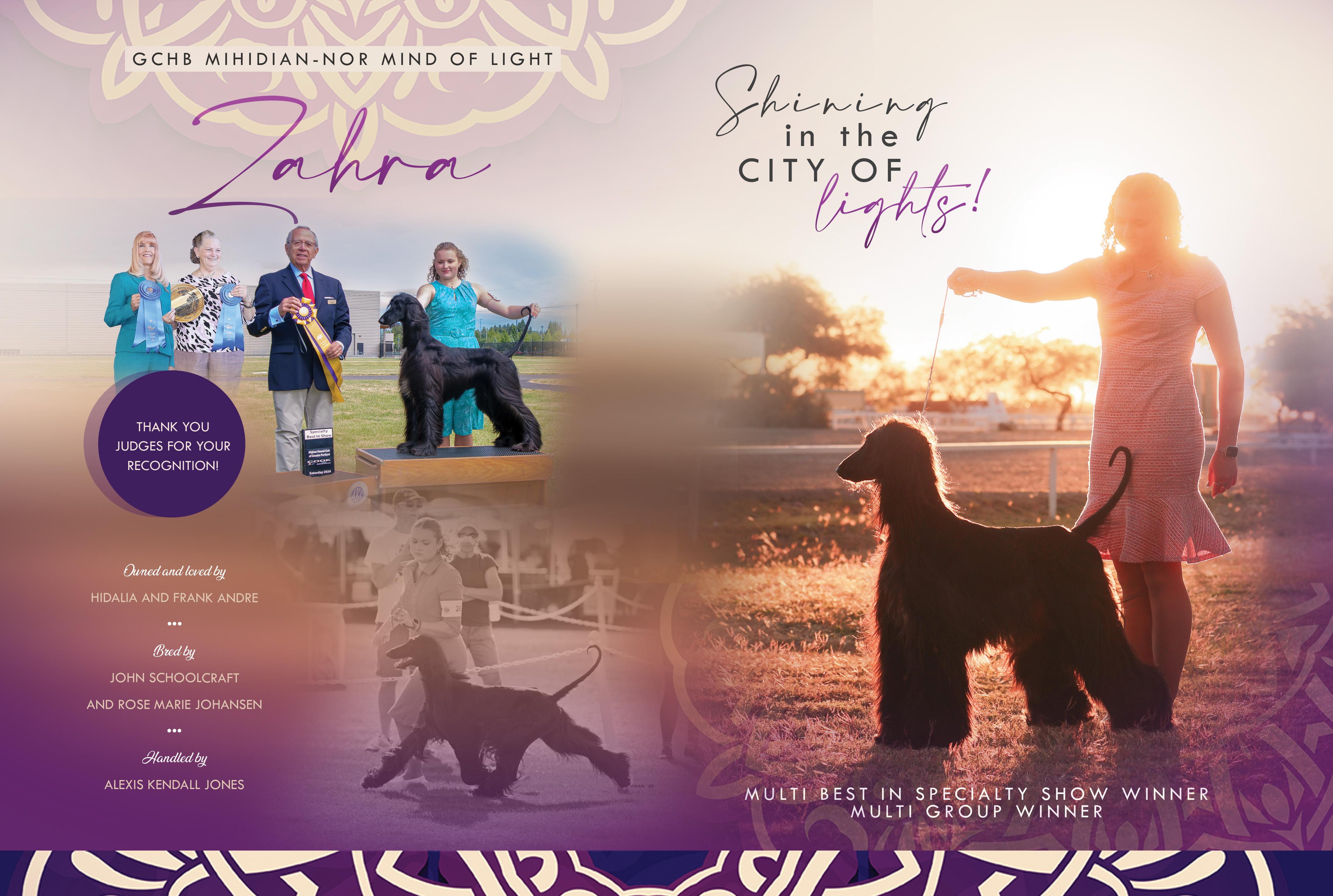

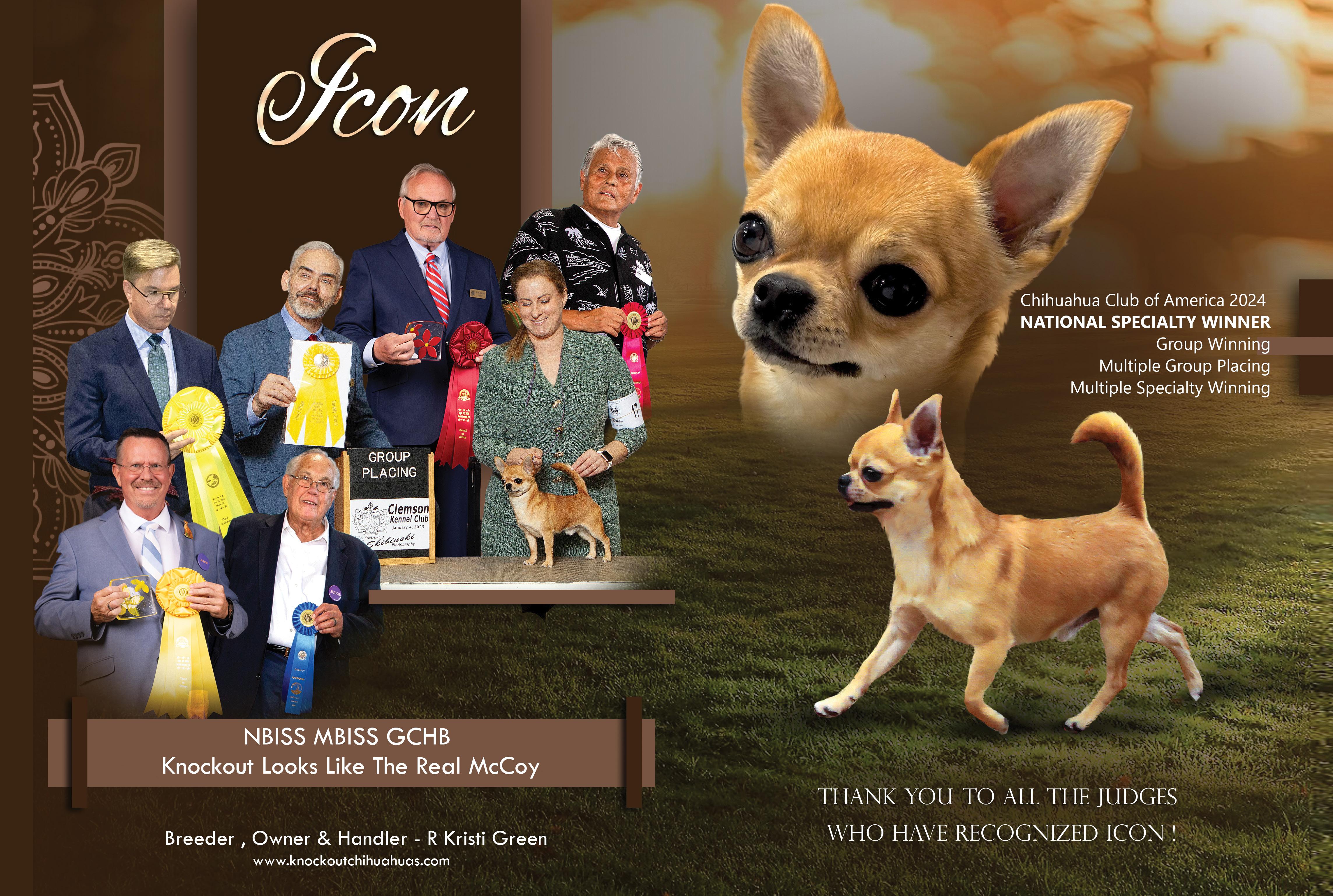

INTERVIEW WITH PROFESSIONAL HANDLER
Please share with our readers how you got involved in the world of Pedigree Dogs.
The sport of purebred dogs has been a multi-generational family tradition. My grandfather began his journey with Boxers in the 1950s for his two daughters, Loretta and Lydia. My aunt was Best Junior Handler at Westminster in 1962 under Howard Tyler. My mom, Loretta, also competed and placed at Westminster in Juniors. So, I was born into the sport and have been at dog shows since day one. I continued through elementary school, high school, and college. I received my bachelor’s degree from C.W. Post College and chose showing dogs as my career and passion!
What handlers inspired you in the beginning, and who did you apprentice under?
I was first inspired by my grandfather and by watching Bob and Jane Forsyth, Terry Hundt, Ted Young, and Paul Edwards. I spent a lot of time hanging around, holding dogs, or going in for Reserve or BOW.

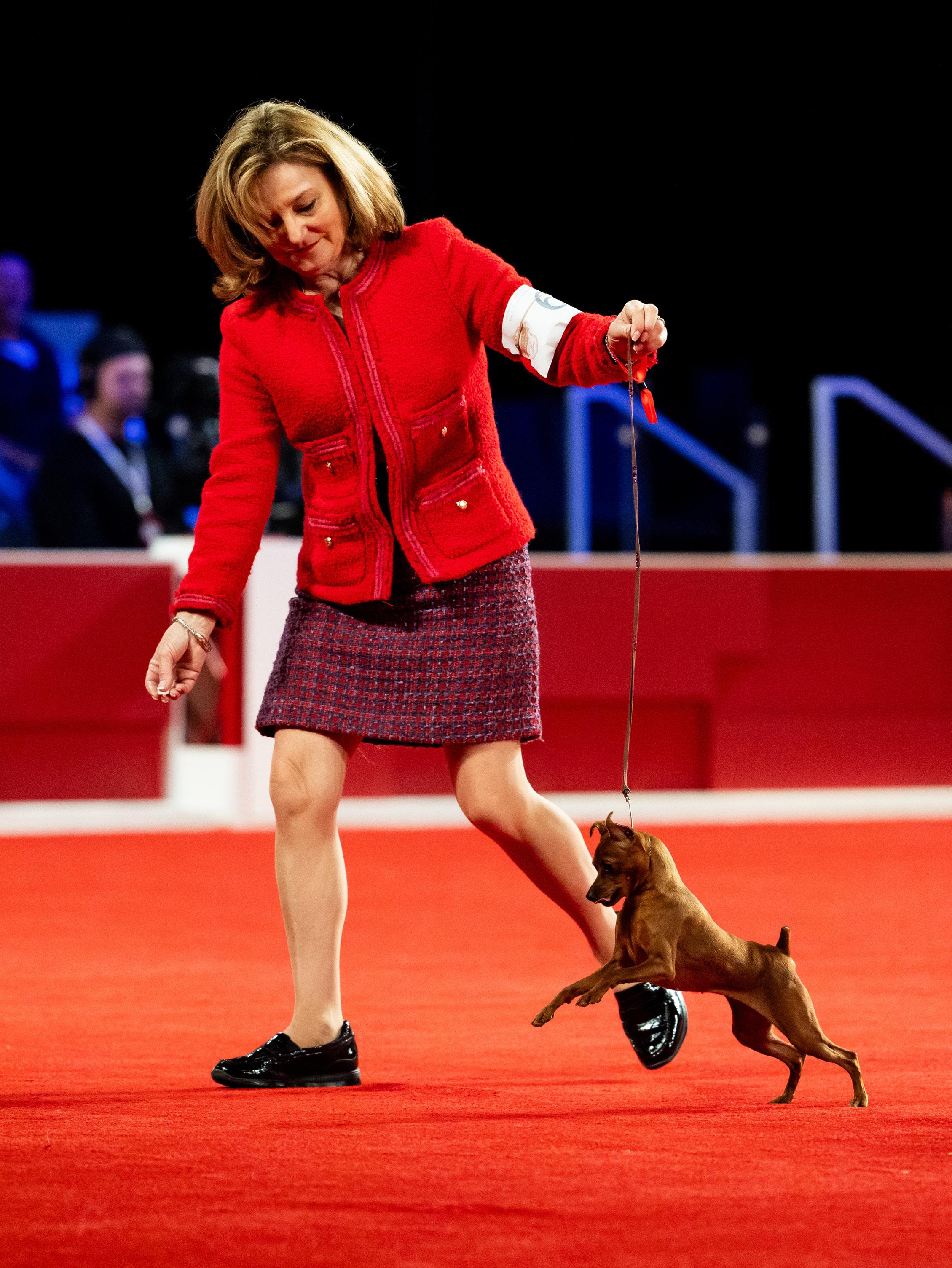

As a handler, are you more excited to win at an allbreed show or a breed specialty show? Specialty.
The purpose of dog showing is to compare breeders’ future breeding stock against one another. Do you feel your clients have this in mind when they place a dog with you to show? And do you believe this is the mantra of those who show dogs in general?
I’ve been very fortunate in that all of my clients are exceptional breeders who are true stewards of their respective breeds. They place excellent dogs—breed representatives—with me to show. I believe most people in the sport approach it the same way.
Is there a particular breed or group of dogs you prefer to handle? If so, why?
I don’t have a preference. I just enjoy presenting a good dog.
What dog throughout history do you wish you had the opportunity to handle?
The Doberman Ch. Royal Tudor’s Wild As The Wind, “Indy.”
Do you have time to breed your own dogs? If yes, what breeds do you raise? If no, is this something you wish you had more time for in the future?
I am an active breeder of Miniature Pinschers under the KimRo kennel (Robin Greenslade being the “Ro” part). I also co-breed Boxers with Dr. Bill and Tina Truesdale of Hi-Tech fame.
How do you feel about the number of shows being held every weekend in the country and their entries? Do you prefer 2-day, 3-day, or 4-day (and longer) shows?
We should have fewer, but larger shows. Shows should only be held over 3- or 4-day weekends. This allows for more time to focus on conditioning, training, and exercising the dogs.
What are some of your favorite shows to show at, both in the USA and around the world?
Westminster and the AKC National Championship are definitely at the top. I also love Santa Barbara—it’s one of my all-time favorites.
Can you share some of your most memorable wins?
My two Working Group First wins at Westminster are unforgettable. All my breed wins at Westminster with my homebred Min Pins, as well as all my client breed wins, are incredibly meaningful to me. A very special win was my Best Bred-By in Show at the AKC National Championship in 2012. More recently, my Toy Group


named AKC Toy Breeder of the Year in 2022, and I’m also proud of my approximately 250 All-Breed BIS wins.
Would you like to become a judge in the future? If so, which breeds/groups would you like to focus on?
Yes, I would love to become a judge in the future. I’d focus on the Working and Toy Groups.
If you had the power to change dog showing for the better, what would you change?
Fewer shows.
What is your favorite way to unwind on days off? Do you have hobbies outside of the dog world?
I love going out to dinner with my husband, and I enjoy going dancing. I’m also very interested in the arts— museums, theater, and culture. We love going to plays.
What is your favorite holiday destination?
I’m happiest relaxing at home for a staycation.
Why is red your color?
I think red is a pleasing contrast to the dogs I show, and it complements my complexion!
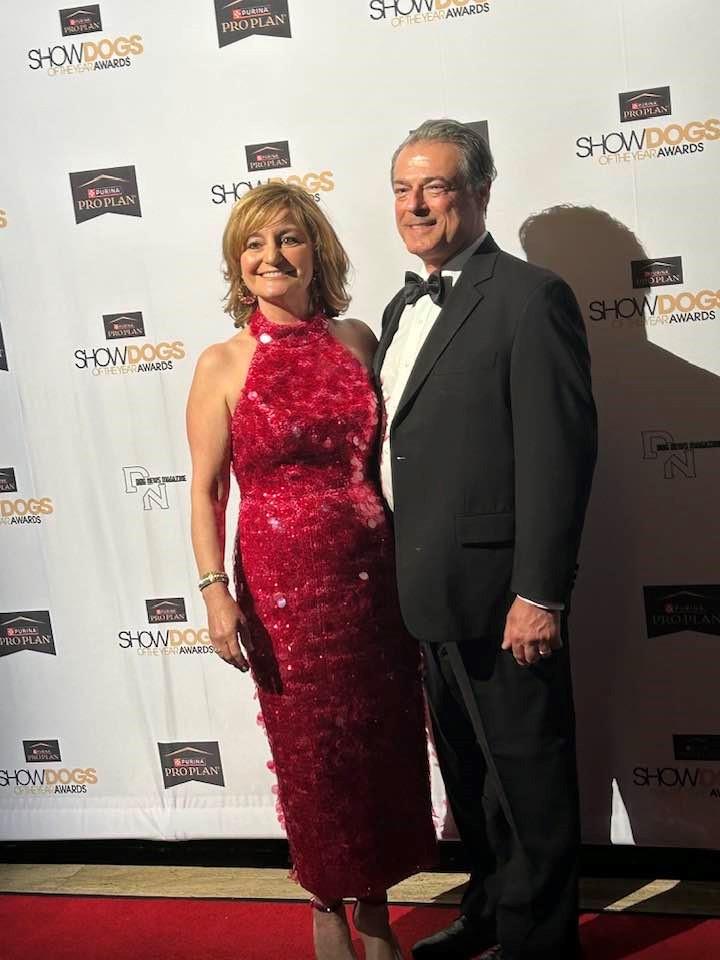


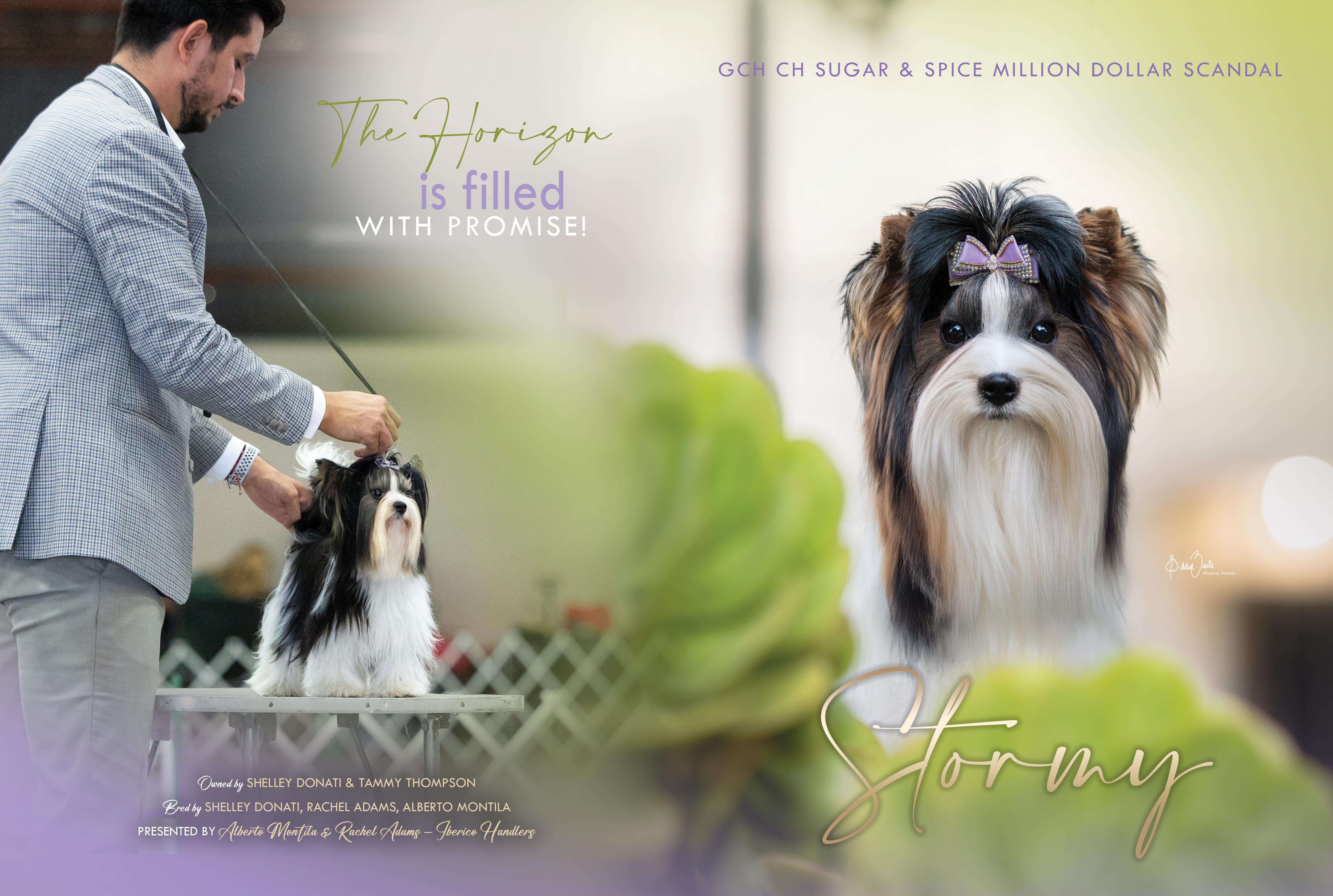

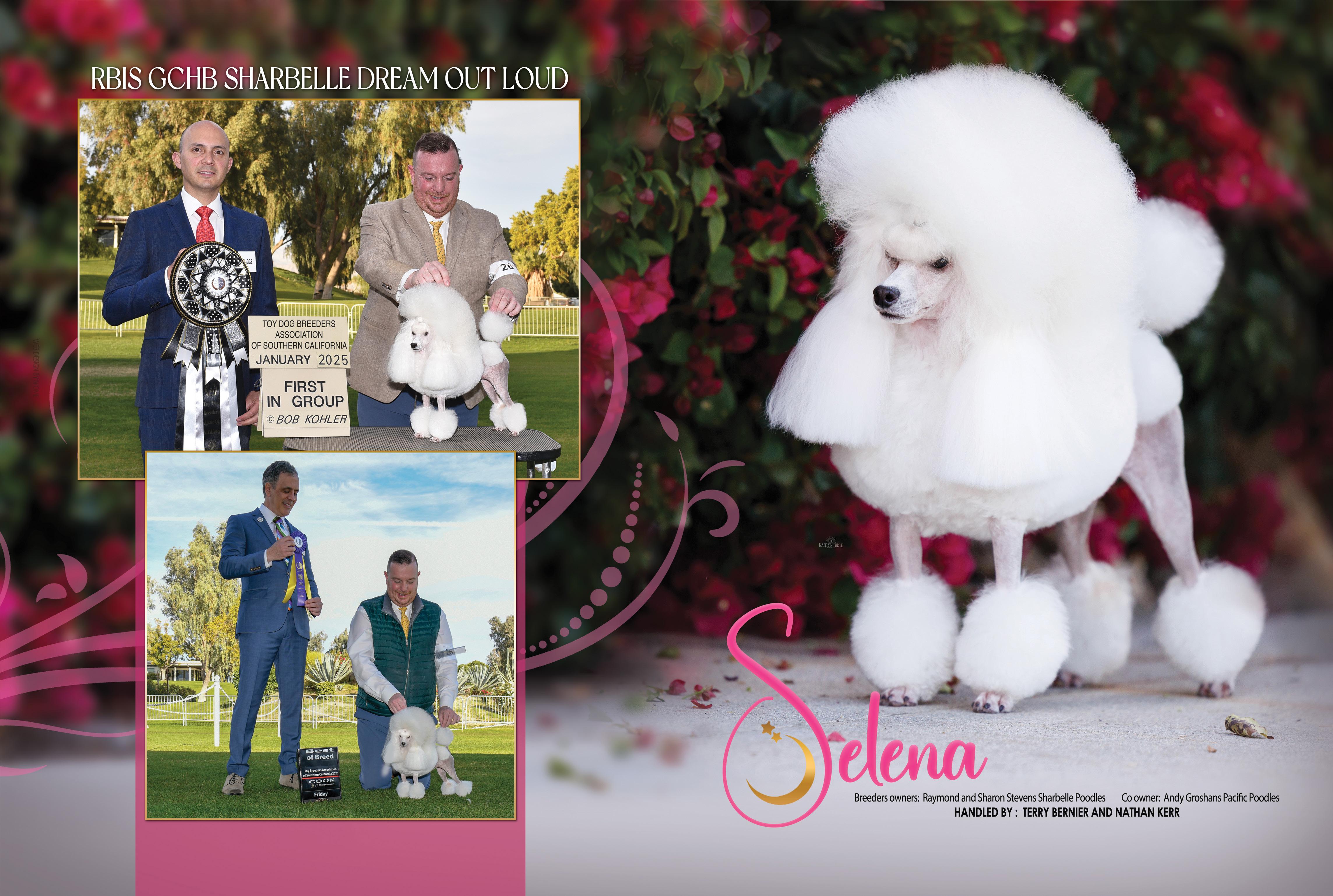






Please tell our readers how you got involved in the world of pedigree dog showing.
I was brought into the sport by one of my closest friends, Dr. Kate Bremser of Sweetpea English Springer Spaniels. She mentored me with one of her dogs, and it became an addiction quite quickly.
What handlers (or who) inspires you?
My biggest inspiration in the sport is Diego Garcia. The special care and conditioning that each of his dogs receives is an art that will never be recreated.
Do you work as an assistant for a professional handler? If not, would you like to? Who would you like to work for?
I have worked for many different handlers, some fulltime/part-time and others ringside.
What breeds have you shown?
ThatisaquestionIcan’tanswer,unfortunately,because I do not know. It’s a lot, lol.
How did you do at your very first dog show? Can you share a memory from the day that sticks out in your mind?
At my very first dog show, I came away with two firsts and a second place with my English Springer Spaniel, Ember.
Would you like to breed one day? What breeds would you like to establish a breeding program with?
I am very passionate about the Belgian Tervuren breed, and I hope to breed my current junior dog after I age out of juniors.
Do you have a mentor?
Currently, I am mentored by Ryan and Rachel Tapera.
Would you like to be a judge one day? If so, what breeds/ groups would you like to judge?
I could imagine myself as a judge, and I would like to specialize in Belgians and juniors, though I would like to learn to judge all breeds.
Do you find it difficult to balance schoolwork and dog showing?
Sometimes, yes, but after I transferred to online school, I have found the work to be much easier to balance. What dog from the past do you wish you could have handled?
It definitely would have to be GCHG Hallam Desert Phoenix Bakhu’s Max One In A Million, or Max for short. Even though he’s not from a super long time ago, I always adored that dog, and his relationship with his handler, Stacy Threlfall, was undeniable. Other honorable mentions go to GCHB Clussexx Paddington of Flivverway and GCHG Whispering Pines Lover Boy.
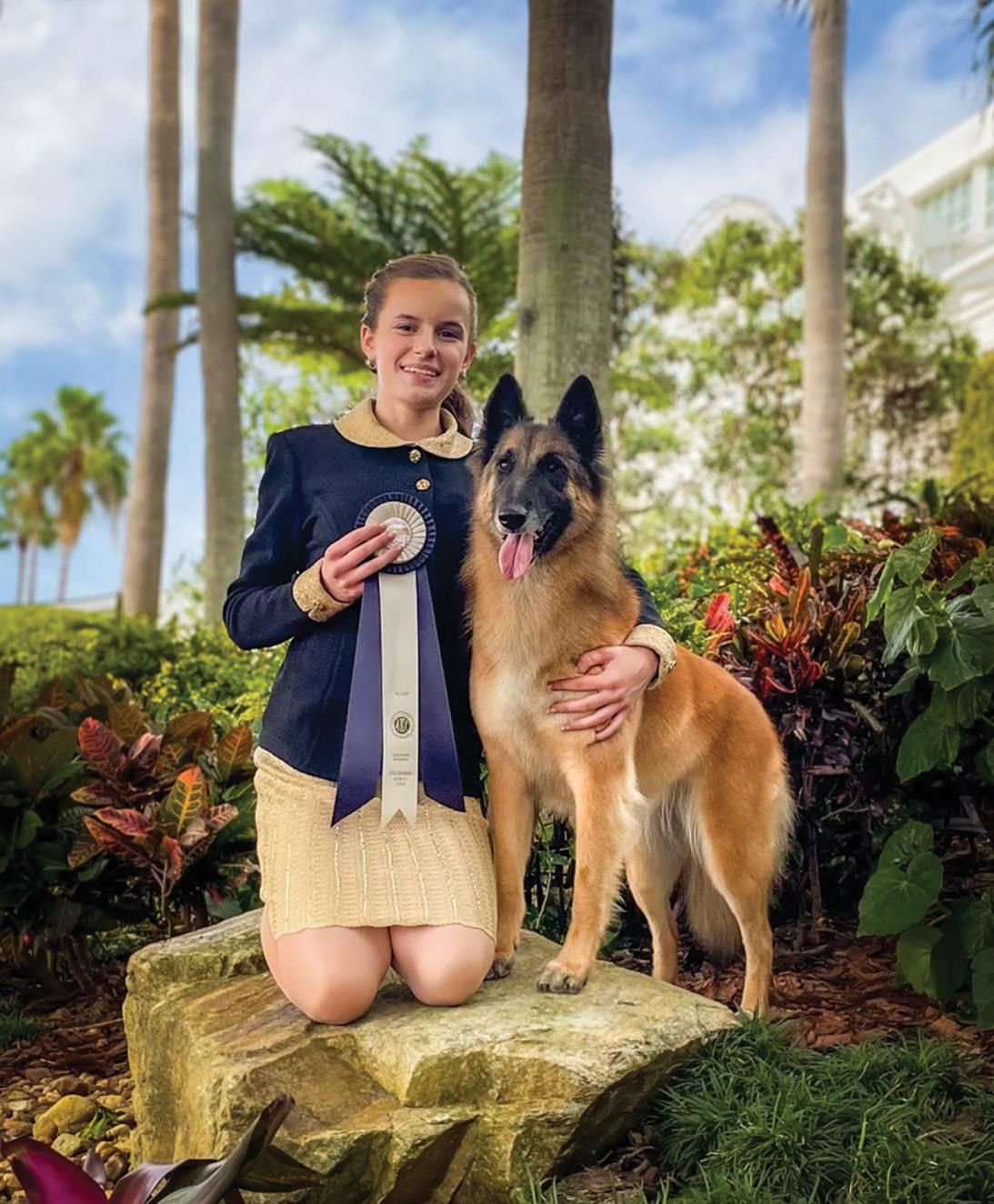
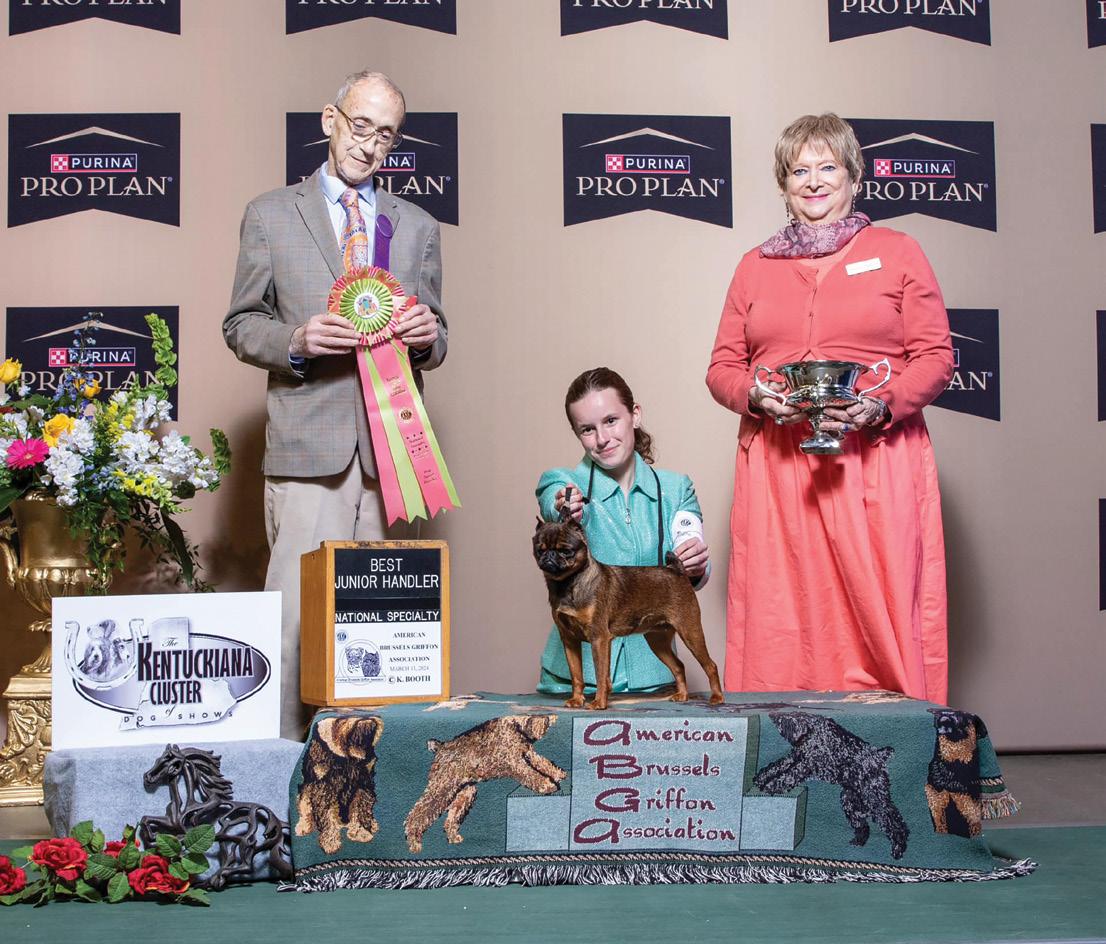
What dog currently in the ring would you love to handle if given the opportunity?
I would absolutely love to handle Penny, GCHS Connquest Best Of Both Worlds. Having attended the DPCA National this year, she is undeniably an extraordinary example of the breed.
Which professional handler would you hire to show your dog?
Of course, it would have to be Diego Garcia because I know that my dog would be treated as a member of the family.
What dog breeders do you admire and why?
A: Ryan Tepera of Skyline Golden Retrievers is someone who has achieved so much in such a short amount of time. He has an eye for his breed and consistently produces dogs of exceptional structure, temperament, and breed type. He is someone who is honest and easy to work with. We need a Ryan in every breed!
When you finish school, what career would you like to pursue? If not dog-related, do you hope to always find time for dog shows in life?
Iwouldliketopursueacareerindogs.Itisn’tsomething that has been in my life for a long time like it has for many people, but I couldn’t imagine my life not being on the road handling dogs.
What have been some of your most special memories in the ring?
One of my most special memories is winning a group with my first show dog and current juniors dog, Kai. It was the beginning of an incredible campaign with a dog so dear to me.
Do you find the transition from Junior Showmanship ring to breed ring difficult?
I personally do not. Whether it be juniors or the breed ring, I go in with the goal to present my dog to the best of my ability and to make sure that we leave knowing we had fun.
Do you find the more mature members of the dog show world treat you with respect and offer advice to help you on your dog show journey?
In many cases, yes, but there are always handlers who will see your talent as a threat and try to break you down because of that. Finding someone who will treat you with respect is one of the best feelings I’ve had as a junior.
What in your opinion is the purpose of dog shows?
The purpose of dog shows is to preserve purpose-bred dogs and the jobs for which they were created.
What breeds (other than your own) would you love to learn how to present to perfection?
Sporting, Working, and Terrier breeds are the ones I have the least experience with, and I hope to better my presentation of them. I have experience with Dobermans, and that is an art I would love to perfect as well.
What would be your dream win at a dog show?
I would love to win an all-breed Best in Show on a Belgian Tervuren, especially one that I have bred.
Unfortunately, they aren’t a breed that is particularly competitive at an all-breed level.
Have you any goals inside and outside of the world of dogs?
My biggest goal is to be able to make it in the world of dogs. I want to be someone who is well-renowned for my care and conditioning of my dogs. I want to be someone who is an advocate for them because they are unable to stand up for themselves.
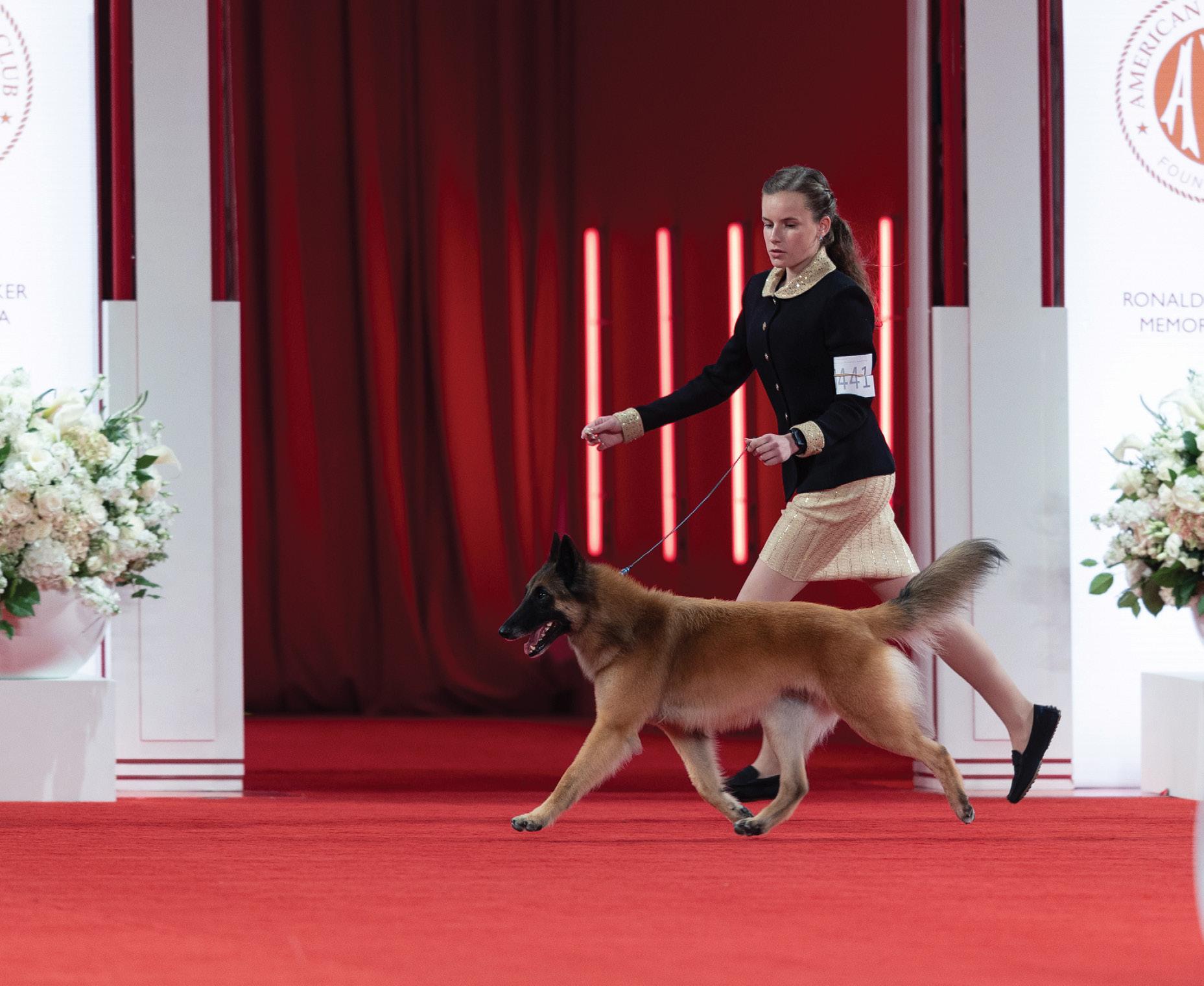


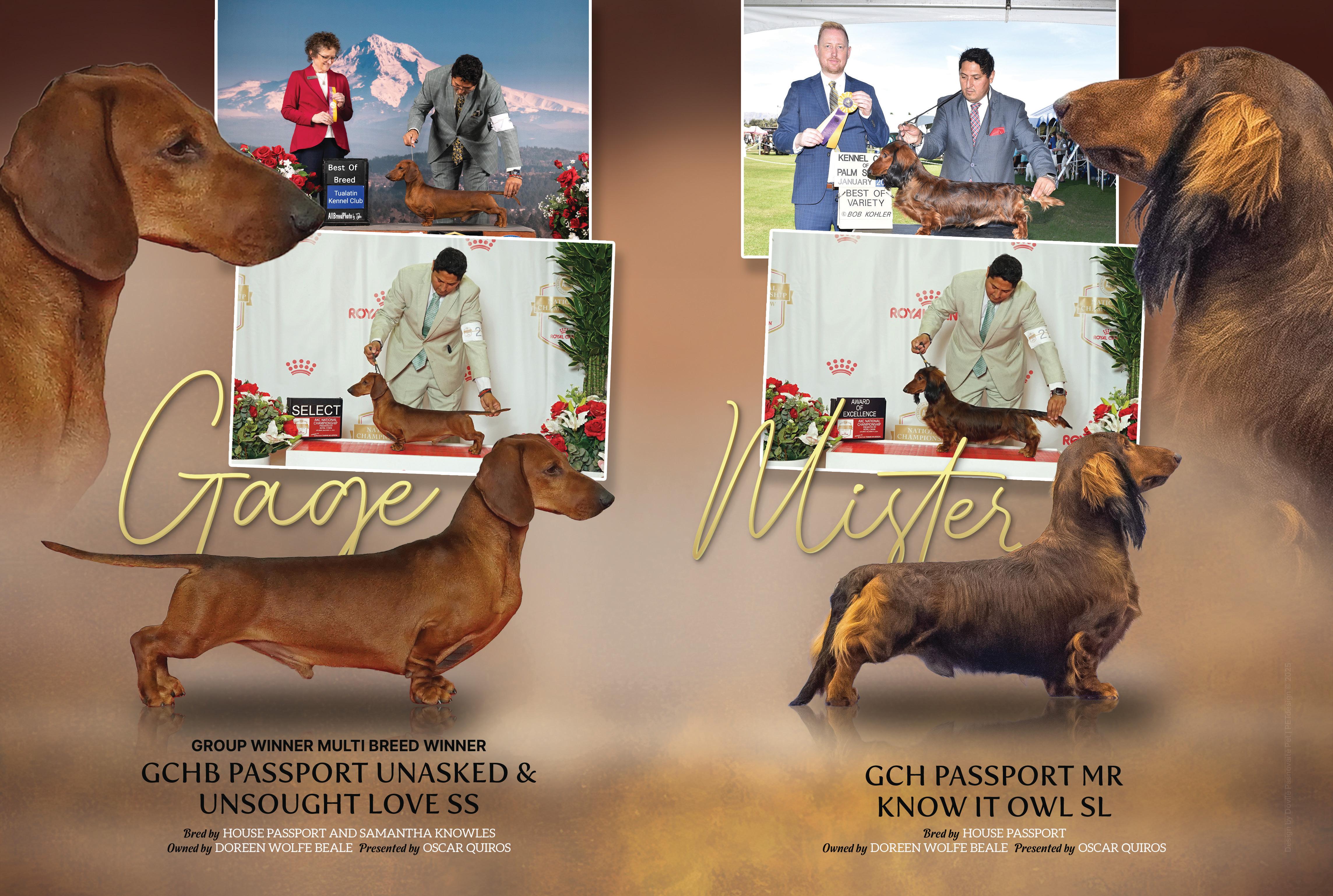


August 16, 1950 – January 25, 2024
Janine Walker Keith was a name synonymous with excellence, passion, and finesse in the Collie world. From my earliest days in the breed during the 1980s, I knew of her Incandescent Collies in Southern California—an illustrious legacy marked by brilliance and beauty. She bred and exhibited a multitude of champions, including Ch. Incandescent Limited Edition, Ch. Incandescent Black Gold, Ch. Incandescent Brazen Blond, Incandescent of Paradice, Incandescent Foolish Frills, and the 2006 CCA Best of Breed winner, Ch. Kadon Bethany’s Gospel.
Janine’s guiding inspiration was the Brandwyne Collie bloodline. Her devotion to excellence was unwavering: elegance, outline, and precise head detail were non-negotiable elements of her breeding program. She cherished correspondence from Collie legends like Trudy Mangels and Glen Twiford, preserving their letters as treasured mementos of her lifelong journey in the breed.
I first had the privilege of truly knowing Janine at the 1997 Collie Club of America National Specialty in Reno, Nevada. She and Dennis Fyda graciously shared their room with me during the heady days of Gina— the top-winning Ch. Aurealis Charidan Regina— whom Janine expertly campaigned to multiple Best in Show wins and the pinnacle of Collie rankings.

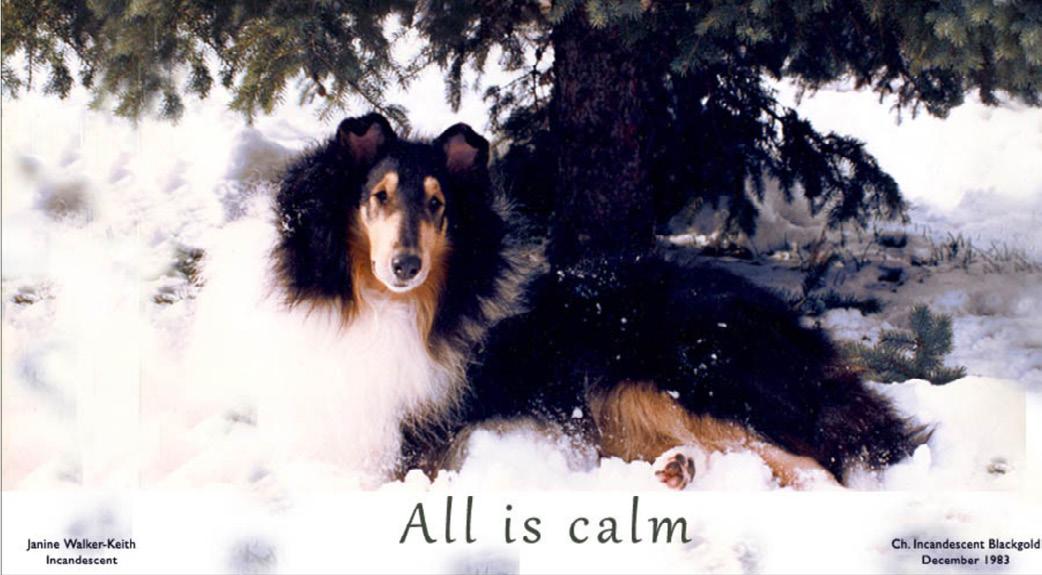
Our friendship blossomed over shared adventures, countless wins, and cherished evenings with new Collie friends. Traveling with Janine to CCA Nationals across the country created memories I will always treasure. Her meticulous grooming, flawless presentation, and razor-sharp political acumen made her an unstoppable force in the ring. Her attention to detail and strategic mastery propelled her to the top of the breed standings, time and again.
Janine’s sense of humor was legendary—wickedly sharp, always ready with a clever quip. She was fiercely loyal to her friends, but heaven help anyone who crossed her path.
IN MEMORY OF JANINE WALKER KEITH

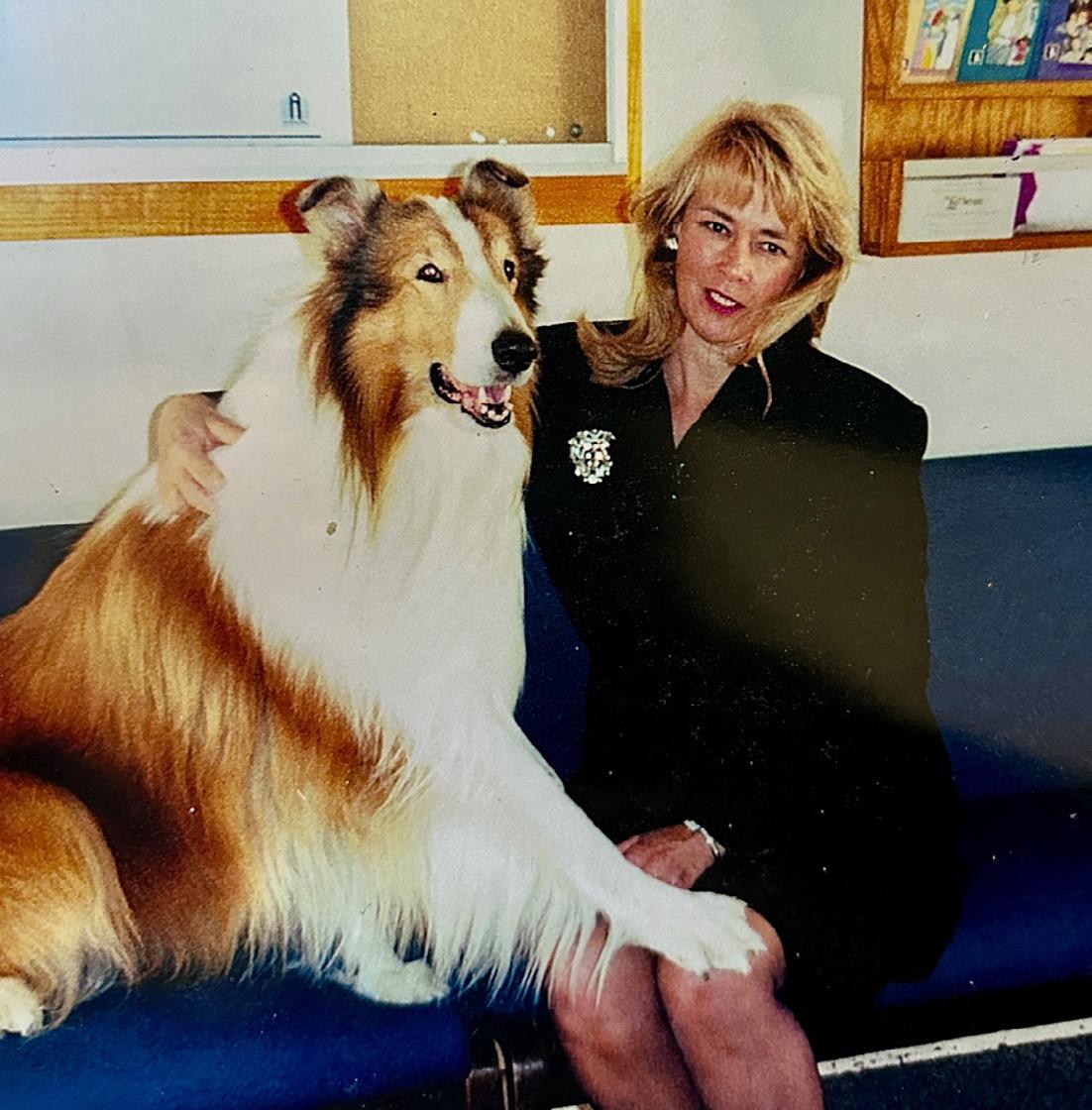
“Janine Walker Keith was a name synonymous with excellence, passion, and finesse in the Collie world”
The San Diego Collie Club, her beloved specialty show, remains the most extraordinary show I have ever experienced. She orchestrated every detail with passion and precision. Set just steps from the beach in Carlsbad, CA, the show featured handpicked, esteemed judges, sumptuous velvet-draped tables, dazzling trophies, and thoughtful giveaways. Who could forget Dale’s famous chili, always a homemade delicious cake, and, of course, Janine’s heartfelt tributes to Collie legends we had lost?
Janine’s dedication to Southland Collie Rescue was unparalleled. At each SDCC show, her legendary raffles raised funds to help Collies in need. Her joyous Parade of Rescue Collies, complete with ribbons and applause for all, exemplified her generous heart and deep love for the breed.
Please join us in celebrating the remarkable life of Janine Walker Keith:
Saturday, February 22, 2025 | Noon to 3 PM
Magee Park, 258 Beech Ave, Carlsbad, CA 92008
Kindly RSVP to Jackie Barikhan at bellagioc@aol. com.
Those who touch our lives stay in our hearts forever.
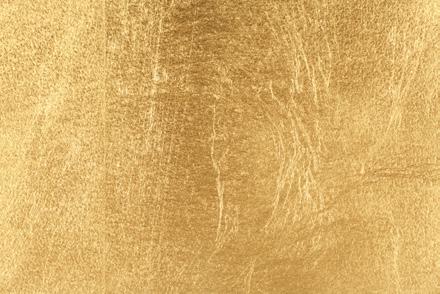
For larger or specialty dogs that can’t travel by commercial airline, choose a semi-private air transport. On these flights, your purebred can travel in its own seat or in a large carrier! Available for most domestic U.S. destinations and some international destinations.
For smaller dogs, choose commercial air transport. A professional travel guardian will pick up your dog from its departure location, care for it throughout the entire journey, and safely deliver it to you. Both domestic U.S. and international destinations are available!
SAVE UP TO $300 ON YOUR
TRANSPORT

Dogs of all sizes and species can enjoy ground transportation across the U.S. Great for dogs that need to travel by themselves and owners/handlers who don’t want their animal interacting with others. Can accommodate up to 6 dogs at once from the same breeder, owner, or handler.
our special code ‘ROMEO’ for your exclusive discount of $50 off a domestic U.S. transport, or $100 off any other transport + FREE travel insurance valued at up to $200.


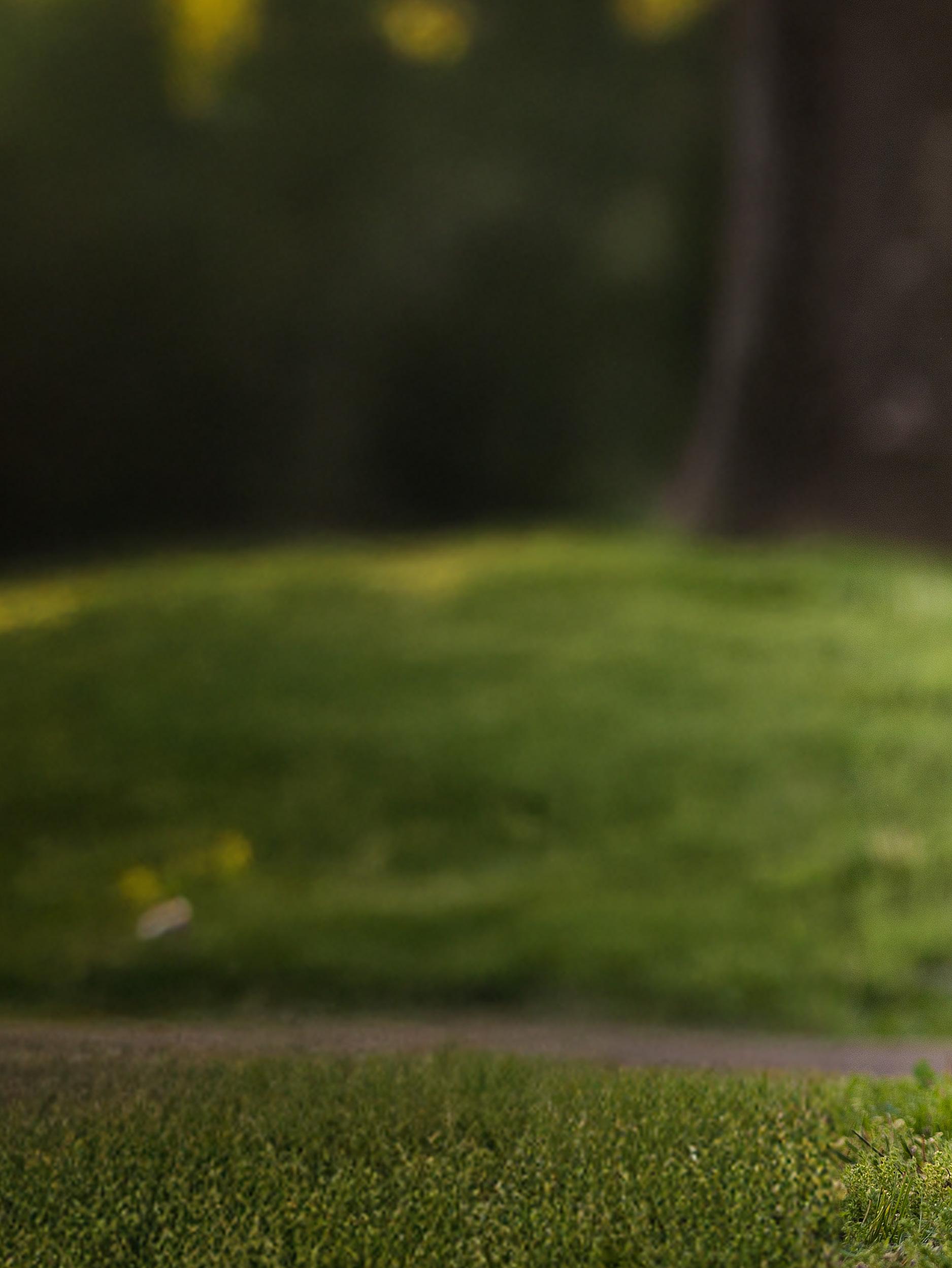
LIMELITE
MARY DETOR
SNOWRIDGE
JENNIFER CANNON HENDER
STONERIDGE
OWEN & BEN WEIKERT
DREAMMEADOWS
VALERIE YATES
NINEBARK
YVETTE LEBLANC
BAYOULAND
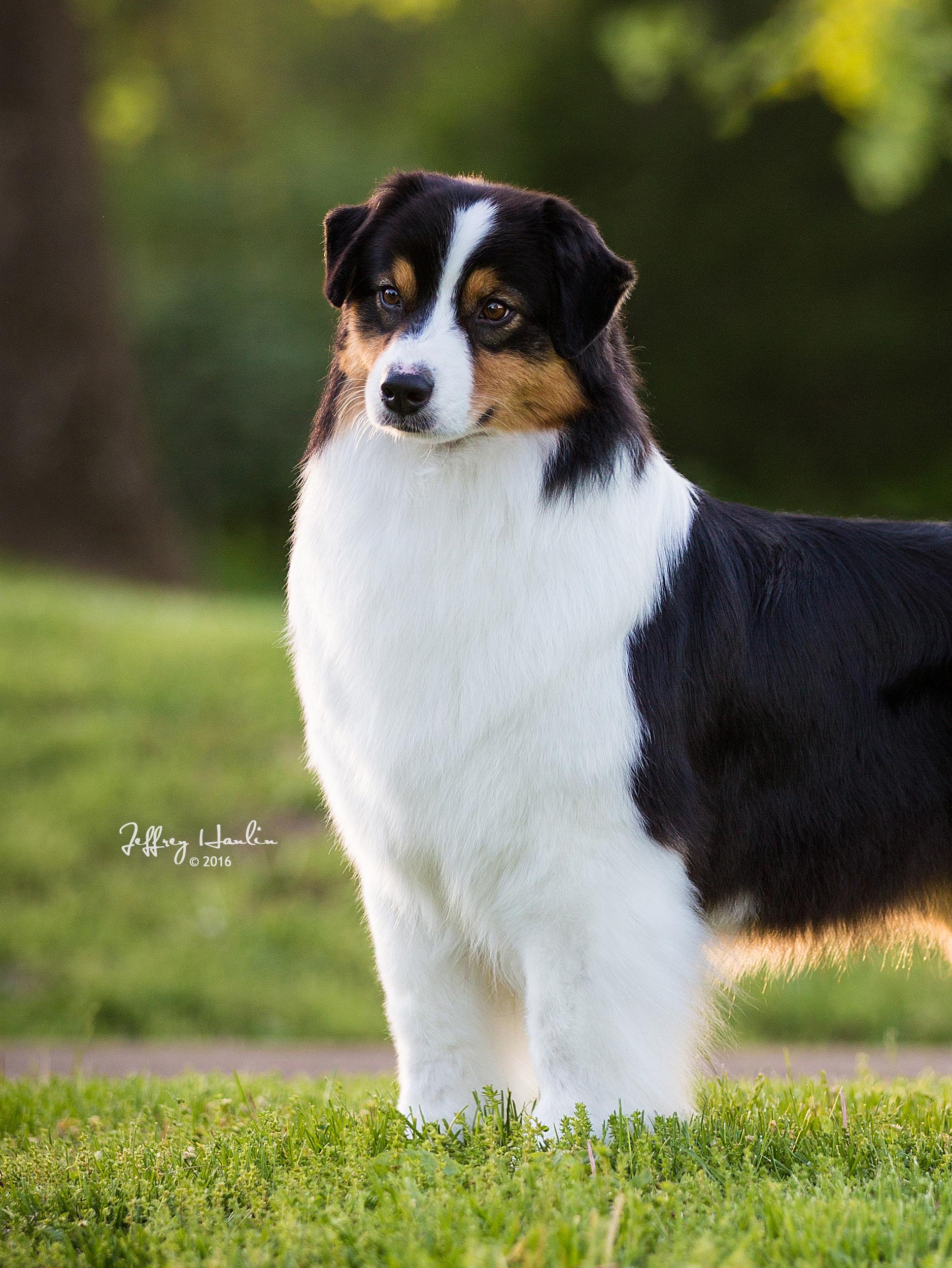

When did you get involved with dogs, and how did you first come across Australian Shepherds?
I got my first Australian Shepherd in 2000, but my journeywithdogsactuallybeganyearsearlier.Coming from a background in horses, I spent a lot of time at horse shows, where I would often see Australian Shepherds. Their intelligence, agility, and striking appearance immediately caught my attention. I knew right away that I would eventually want one. To make sure I fully understood the breed, I spent a lot of time researching. I read books, studied pedigrees,
and began attending dog shows to get a closer look at the Aussies in the ring. The more I learned, the more fascinated I became. By the time I finally brought my first Aussie home, I was completely captivated by the breed and knew I had found my passion.
Which dog do you consider the foundation of your breeding program?
Withoutadoubt,thefoundationofourbreedingprogram is GCH Limelite’s Yada Yada. She has been an incredible influence on our line, not only for her outstanding conformation but also for her temperament, which has been consistently passed down through her offspring. Her combination of type, structure, and personality has shaped the direction of our breeding goals, and she remains central to our program’s success.
How many kennels do you co-breed with, and who are they? How important has cooperation between breeders been over time?
Over the years, we’ve incorporated many different pedigrees into our program, which has allowed us to continually improve the quality and diversity of the dogs we produce. While I haven’t engaged in a large number of co-breedings overall, I did have the privilege of working with a few exceptional breeders early on in my journey. Some of my most valuable collaborations werewithJKelseyJonesofMontRose,HeatherBraddock of Harmony Hill, and Betsy Sololowski of Hearthside. These early co-breeding partnerships helped lay the groundwork for our program and taught me so much aboutbreedingwithintentionandpurpose.Cooperation between breeders has always been important to me, as it fosters knowledge exchange, helps us improve our lines, and strengthens the overall breed.
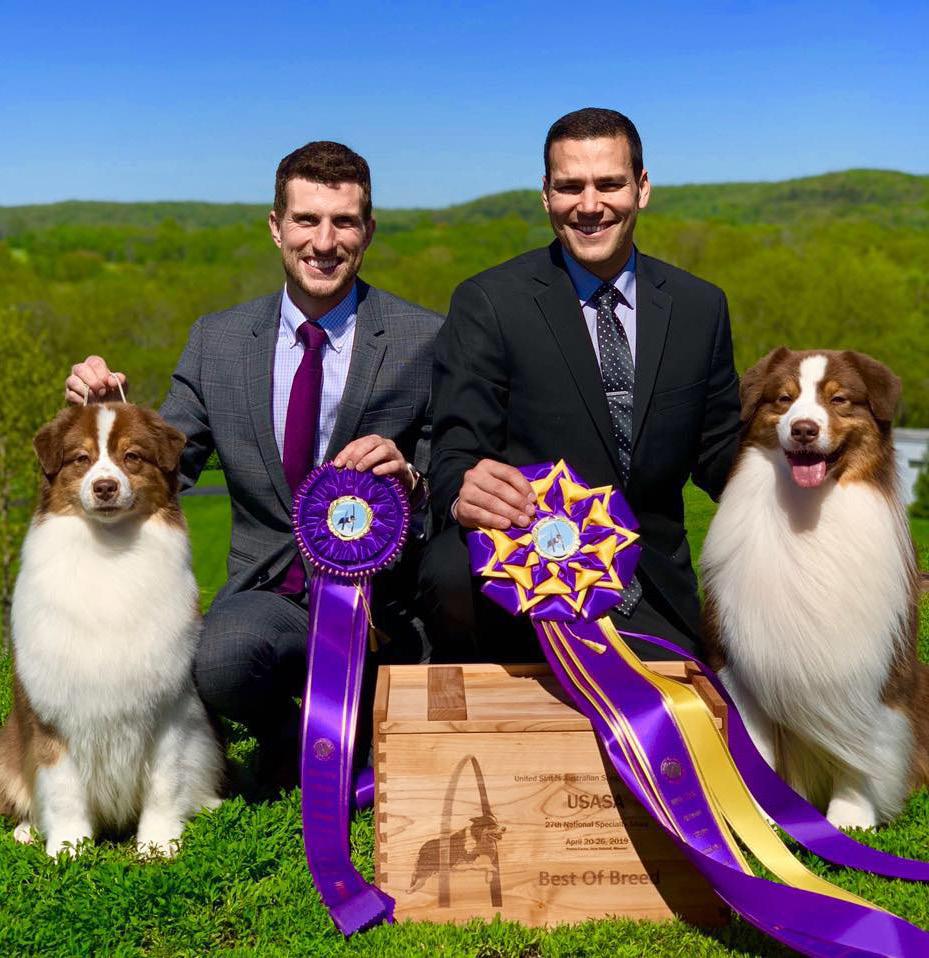

Who has been your biggest inspiration and support? Did you have mentors, and how important has mentoring been throughout your time as a breeder?
My biggest inspiration and support has always been my family. My mom and dad truly provided every outlet they could to support me in my journey.
Mentors are absolutely essential. I always say that the longer we are involved in this sport, the more we realize there is nothing we won’t encounter, whether it’s in the show ring or with breeding. Without a good mentor to share their wealth of knowledge, it’s nearly impossible to progress successfully. While anyone can learn from both the positive and negative experiences of others, I truly wish newcomers would understand the value of a dedicated mentor. Without having access to resources for help and guidance, I would not be where I am today.
What are the main characteristics of the dogs you breed? What are your goals for your breeding program?
The most important characteristic of the dogs we breed is type. Without it, a breed loses its identity. We focus on preserving the classic traits that define the breed, ensuring our dogs stay true to the original standard. Our goal is not only to maintain this strong, recognizable type but also to prioritize soundness, health, and temperament. We believe these elements are just as vital as appearance, as a true working dog must also be balanced in mind and body.
In our breeding program, we are committed to producing dogs that embody the best of both worlds— dogsthatarebeautiful,functional,andhavethestable temperament that makes them great companions. We
want to breed dogs that not only succeed in the show ring but are also capable and adaptable in various environments, whether they’re working, competing in performance events, or simply living as beloved family pets.
Ultimately, our breeding program aims to produce dogs that stand out, both in terms of quality and consistency, and that reflect our dedication to preserving the look and spirit of the breed. We want every dog we produce to represent what we stand for as breeders—a commitment to excellence, integrity, and a deep respect for the breed’s heritage.
Have you changed the type of dogs you breed over the years? If so, why? How many lines have you used so far? How many generations of your kennel’s name appear in the pedigree? How many dogs have you bred to date?
I don’t believe our general type or specific goal for the look of our dogs has changed. However, I do feel that the overall quality of our dogs has improved significantly over the years.
I’m proud to say that many of our pedigrees feature some of the best breeders and most influential dogs in the breed, all while maintaining a consistent family look that reflects the foundation of our program.
We are five generations into breeding dogs that carry the Limelite name. It’s only within the past couple of generations that I can confidently say they are truly “our stuff.” On average, we breed about 2 to 3 litters per year at home. To date, we have bred approximately 135 champions, including National

Winners, National Winners Dog/Winners Bitch/ Best of Winners, National Best in Sweeps, Specialty Winners, Group Winners, and Best in Show winners.
How have Australian Shepherds changed over time since you first got involved with the breed?
Needless to say, the popularity of the breed has increased. It is now commonly one of the largest and most competitive entries at any show. With that increased interest, however, comes a rise in mediocre litters from breeders. While the overall quality of the breed has had its ups and downs, I feel that, as a whole, it is in a good place today.
Is there anything you would like to change or improve in the breed in general?
OneofthemainareasIwouldlovetoseeimprovement in is soundness.
What do you consider your greatest achievement as a breeder?
Winning two National Specialties. I think that’s a

goal for any breeder. We are humbled to be the topwinning breeder/owner/handler for the breed and also proud to have the first Aussie to become the #1 Herding Dog. I am especially grateful that most of our accolades have come from handling our dogs to those wins as their breeder, owner, and handler.
Are there any specific stud dogs or brood bitches in your breed, either in your country or globally, that you think have had a significant impact on the breed?
There are a couple that I believe have been the most influential, but for me personally, the stud dog of my time was undoubtedly GCH CopperRidge Fire N Bayouland, “Rowan.” He is behind almost every dog we own today.
Please mention 2 or 3 Aussies that are not owned, bred, or shown by you, which you particularly admire. What do you most admire about each of them?
One of my all-time favorite Aussies, whose silhouette is still vivid in my mind, is MBIS CH Bayshore Russian Roulette, “Judy.” She was, to me, the very essence of our breed and could still be competitive today.
Every breed has its common problems. What is the most common issue in your breed, from a breeder’s point of view?
Soundness. I feel there are a lot of unsound dogs being shown. I’ll be the first to admit that I’ll credit a typey dog that lacks some soundness, but still has good breed type, over one that is sound but doesn’t necessarily resemble the breed at hand.
Temperament. I believe many breeders lose sight of the temperament that defines an Aussie. Some think they should be like Golden Retrievers, but in reality, that’s just as incorrect as a dog that exhibits extreme shyness. Aussies are reserved with strangers, not overly friendly.
What is the most important aspect that you would like a judge of your breed to be aware of?
The standard! I think one of the biggest problems in the breed is a lack of understanding of what judges should be looking for. I’ve recently seen both new and experienced judges overlook many key hallmarks of the breed.
What is the most important piece of advice you would give to serious young breeders?
Take your time.
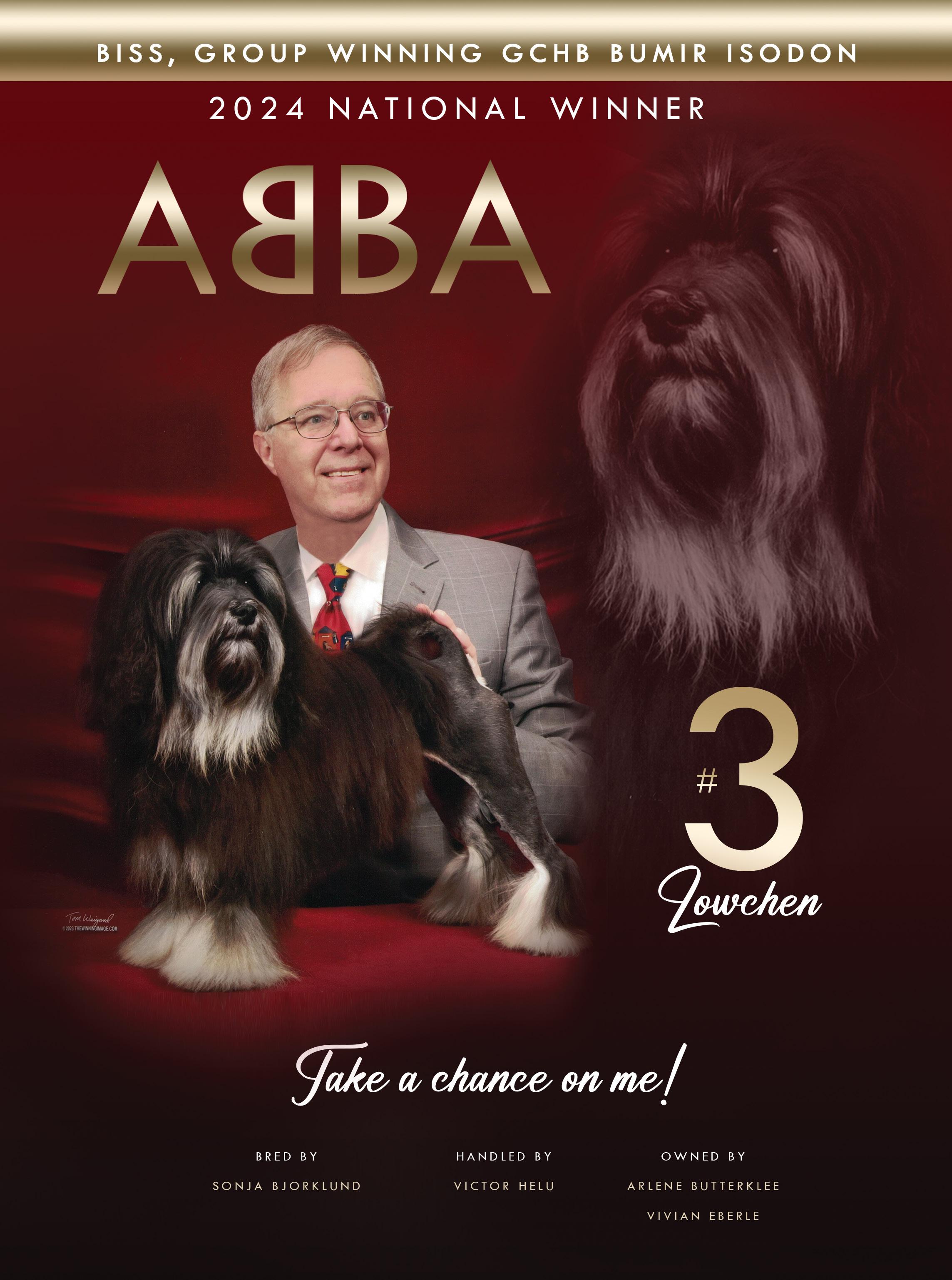

When did you get involved with dogs, and how did you first come across Australian Shepherds?
I grew up with dogs and started showing in 4-H when I was 6 years old. My admiration for the Australian Shepherd began in the early 1980s when my vet introduced me to the breed.
Which dog do you consider the foundation of your breeding program?
GCH CH Dreamstreets Gold Beauty, “Perfecta,” a beautiful blue merle bitch.
How many kennels do you co-breed with, and who are they? How important has cooperation between breeders been over time?
I co-breed with one kennel, Goldcrest Aussies, owned by Tina Beck. Cooperation between breeders has been crucial to my breeding program, and I’m grateful for the opportunity to work with one of the best.
Who has been your biggest inspiration and support? Did you have mentors, and how important has mentoring been throughout your time as a breeder?
My biggest inspiration and support is my co-breeder and mentor, Tina Beck. She has instilled in me the principles of preservation breeding and has been my biggest cheerleader throughout my journey.
What are the main characteristics of the dogs you breed? What are your goals for your breeding program?
I am not trying to rewrite the breed standard—it has been my guide in every breeding decision. There is a family type I am drawn to, which emphasizes traits distinctly “Aussie.” I strive to produce a strong, yet agile build that allows the dogs to perform all the tasks needed of a stock dog, sport dog, and family companion. I want my dogs to have an intelligent expression, with enough presence to move a stubborn cow and enough softness to connect with me on a deeper level. This is achieved by focusing on correct head structure and proportions. With this foundation, the ears are set high on the side of the head, the eyes are protected and correctly shaped, and the muzzle has a strong foundation for teeth with a clean lip line.
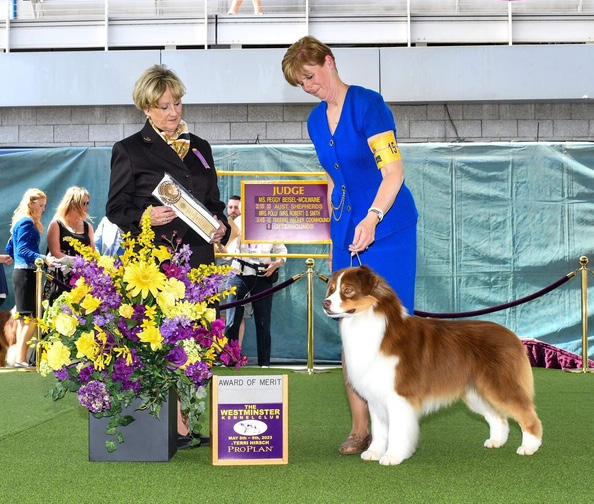
Have you changed the type of dogs you breed over the years? If so, why? How many lines have you used so far? How many generations of your kennel’s name appear in the pedigree? How many dogs have you bred to date?
I have not changed my priorities, so the type of dog I strive to produce has remained consistent. Each breeding is individualized with the goal of continuous improvement. I am blessed to have produced some exceptionally correct dogs, and I credit that to not being “kennel blind” or married to just one line. I evaluate every dog for its attributes, and my pedigrees have not been overly concentrated. I am always on the lookout for new and exceptional dogs to incorporate into my program.
How have Australian Shepherds changed over time since you first got involved with the breed?
ThepopularityofthebreedhasexplodedsinceIfirstgot involved. There are so many more Australian Shepherds today, and unfortunately, many breeders are breeding
without discretion or purpose other than to exploit the breed for profit. As a result, we now have many mixed breeds and variations in size that aren’t true to the breed standard. Fortunately, we have two strong breed clubs where dedicated breeders can unite and support one another.
Is there anything you would like to change or improve in the breed in general?
There is always room for improvement. I would like to see more emphasis placed on the Aussie’s alert expression, as I feel it has become a bit dull over time. While ears don’t bring the cows home, I believe they contribute significantly to the proper expression. Our breed standard mentions the importance of ear set and carriage, and though I see improvements being made, I would like to see better overall front assemblies. As a breeder, I believe a strong front is essential—it’s gold.
What do you consider your greatest achievement as a breeder?
It was a thrill to be recognized as Best of Breed at one of our breed clubs’ National Specialties. That achievement truly meant a lot to me.
Are there any specific stud dogs or brood bitches in your breed, either in your country or globally, that you think have had a significant impact on the breed?
The Australian Shepherd is still a young breed, and the show community is quite tight-knit. When a dog becomes popular, you will often see that dog’s name appear in nearly every show catalog. The most prolific breeders who are willing to export their dogs tend to have the greatest impact on the breed globally.
Please mention 2 or 3 Aussies that are not owned, bred, or shown by you, which you particularly admire. What do you most admire about each of them?
One of my all-time favorite Aussies is a popular stud dog from the early 2000s named HOF CH McMatt’s EZ Victor. He was a linebred dog created by Flo McDaniel. He was not only a beautiful dog but also had a playful character. He was a great dog for his time, and his influence can still be seen in my pedigrees as well as in the lines of many others. Another dog I admire is HOF GCH Copperridge’s Fire in Bayouland, “Rowan.” Rowan is widely popular and has produced many outstanding dogs and bitches. I’ve always admired his character, and I feel honored to have his grandson and granddaughter in my breeding program.
Every breed has its common health problems. What are the most common health issues in your breed, and what do you think can be done to address them?
The Australian Shepherd has several common health problems. Some are linked to their color and markings, others to the drug sensitivity gene, and some stem from their historically protective nature. Unfortunately, in thismoderneraofirresponsiblebreeding,wherepeople breed without care or understanding, I fear these health issues will never be fully controlled. As a breeder who is meticulous about preserving breed type, I would like to see improvements made to enhance the intelligent and alert expression of the breed. Specifically, we should focus on improving ear size and placement.
What is the most important aspect that you would like a judge of your breed to be aware of?
I would like judges to focus on evaluating the free-
moving dog with a keen, yet kind expression. Picture this dog working in the field, then transitioning to a calm and comforting companion to their owner at the end of the day. That balance of working ability and temperament should be the ideal.
If you were in charge of everything regarding dog shows, what change would you make first?
I would aim to reduce the influence of politics and business in the show world. Dog shows should be more welcoming to the hobby breeder, and that can be achieved by simply evaluating the dogs, rather than focusing so much on the handling.
What is the most important piece of advice you would give to serious young breeders?
Find a good mentor. Also, be prepared to work hard, accept that these are living creatures, and have patience. Put in the time and stay focused. Don’t place blame on others for your setbacks. Instead, view every challenge as an opportunity to learn and grow.
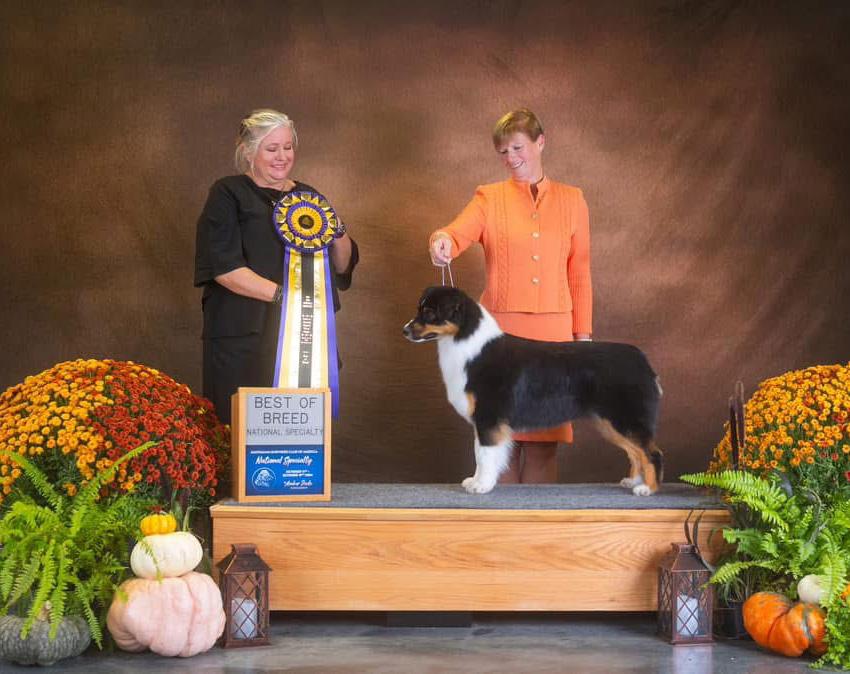
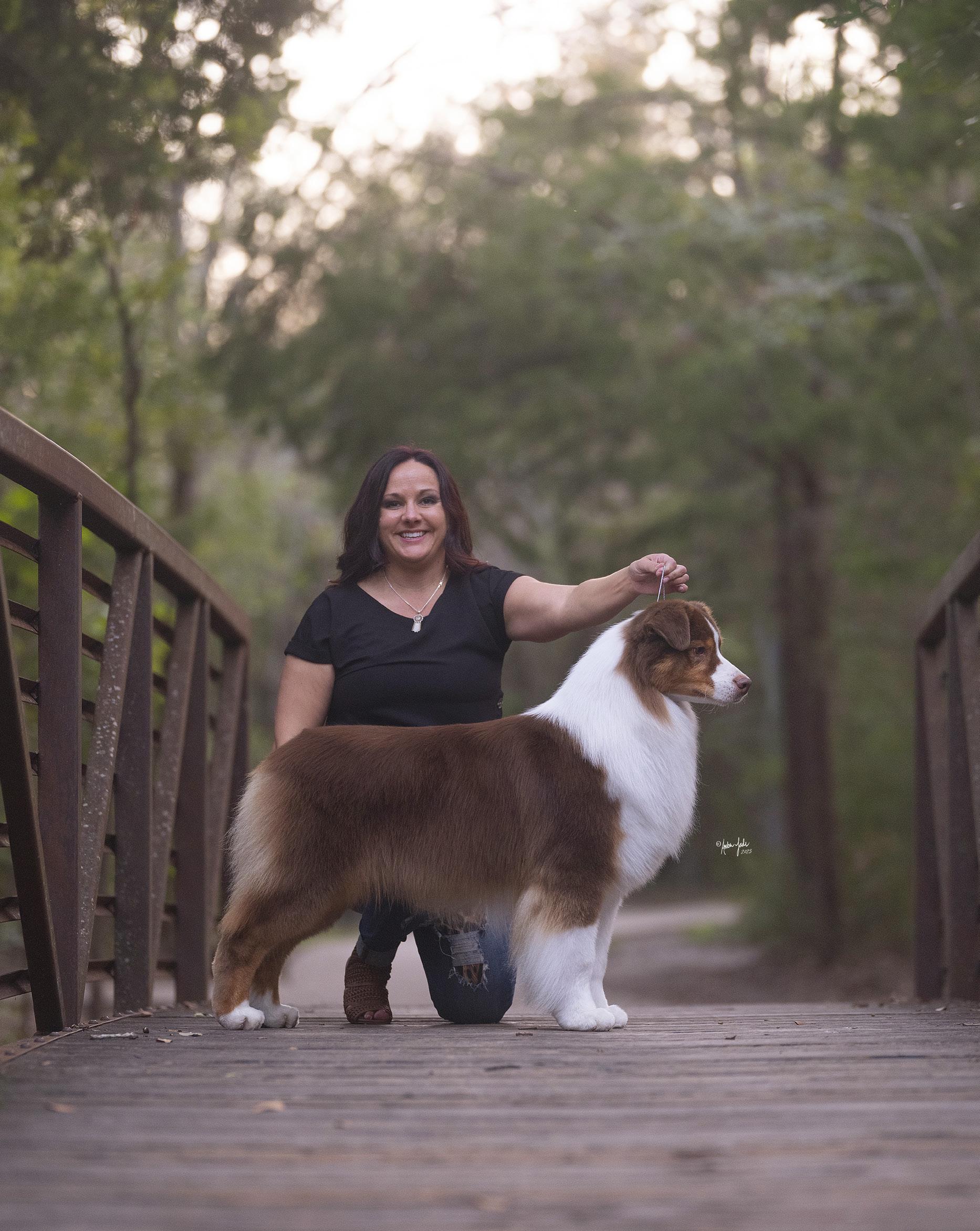
When did you get involved with dogs, and how did you first come across Australian Shepherds?
We are Cherrie Cannon (mother), Jennifer Cannon (daughter),andDaneikaClayCannon(granddaughter) of Stone Ridge Australian Shepherds. Our kennel was established in 1989 by Cherrie and our late matriarch, Marjorie Tripp (Marge), AKA “Grandma” to all those who knew and loved her. As a child, Cherrie had an Aussie cross named “Sandy.” In the early 1980s, Grandma purchased a pair of littermates from an unknown breeder. Through these dogs, our love for the Australian Shepherd breed began.
Which dog do you consider the foundation of your breeding program?
Our foundation started with three dogs: ASCA Ch. Windogo’s C.R. Precious Star CD ATDd STDsc “Miki,” ASCA Ch. Rosewood’s Red Hot Affair “Andrew,” and HOF ASCA Ch. Obvious Star of Saddleridge “Obie.” Thanks to Wendy Sparrow, Tina Burk, and Saddleridge, respectively, for taking a chance on us.
Without their trust, Stone Ridge would not be where we are today. The first generation of Stone Ridge began when we bred Andrew to Obie, which produced AKC/ASCA Ch. The Luminary of Stone Ridge “Lewis.” Lewis was then bred to Miki and eventually produced the one and only HOF ASCA Ch. C.R. Red Legend of Stone Ridge “Tessa.” A legend she is, as she appears in the pedigree of every Stone Ridge dog to date.
How many kennels do you co-breed with, and who are they? How important has cooperation between breeders been over time?
In our 36 years, we can count on one hand the number of co-bred litters we have had. Our most notable co-bred litter was with Erin Swain of Inverness Australian Shepherds. Jennifer sent her stunning “Tatum,” HOF AKC GCh. ASCA Ch. Stone Ridge Sexy Perfected, to Erin when she was completing her MBA and found out she was pregnant in 2011. Realizing she didn’t have time to dedicate to this stunning bitch, Jennifer sought someone she knew would do her justice as a breeder, owner, and handler. Tatum was eventually bred to the incomparable “Rowan,” HOF BIS BISS AKC GCh. ASCA CKC Ch. CopperRidge’s Fire N Bayouland ROMII. Tatum was one of the first bitches bred to Rowan, and together they produced
three AKC/ASCA Champions, a Hall of Fame Sire, National Best of Breed, Best of Winners, Winners Dog, and Winners Bitch between the two registries.
There are many types of collaboration besides cobreeding that we, as breeders, have benefited from. For us, it has allowed us to diversify our genetic pool by strategically selecting breeding stock we may not have had otherwise. Collaboration has given us the opportunity to mentor up-and-coming breeders and junior handlers, as well as to improve our understanding of the breed and learn from other breeder perspectives.
Who has been your biggest inspiration and support? Did you have mentors, and how important has mentoring been throughout your time as a breeder?
Our biggest inspiration and support would have to be Grandma Marge. She never showed due to physical constraints, but she was always behind the scenes, helping to raise puppies, complete evaluations, travel

to shows for support, cheer us on, and provide us with her valuable feedback—even when Jennifer didn’t want to hear it. There isn’t a day that goes by that we don’t miss her presence at shows and at home.
Our mentorship came from a large group of breeders in our area when we started showing Australian Shepherds. The most notable were the late Renn and Sheree Christiansen, and Canby and Sherrie Scott of Spring Fever Australian Shepherds. Renn truly had a grasp of the breed standard and judged by the book. Canby and Sherrie Scott succeeded in getting Grandma Marge bitten by the show bug. Grandma had always been extremely competitive, and she taught the three of us well. Canby was instrumental in helping Cherrie and Jennifer with herding. With his help, we were able to achieve the herding titles needed to make our kennel HOF.
Receiving and giving mentorship has been instrumental in the kennel we’ve built over the last 35 years. It has helped us make informed decisions about the future generations that will hopefully continue to have a positive impact on the breed. It taught us ethical breeding practices, helped us develop a deep understanding of the breed standard, and allowed us to navigate the challenges we’ve faced as breeders.
What are the main characteristics of the dogs you breed? What are your goals for your breeding program?
Red tri males (any Australian Shepherd breeder who knows us will understand) … lol.
All kidding aside, the most important characteristic of our breeding program is the strong genetic makeup, which helps produce consistency in structure and
great temperaments. Our dogs are easily recognizable by anyone familiar with our kennel because of their strong structural soundness and style. Consistency is key when working to improve a breeding program. I hope that in our future generations, we continue to hear, “That must be a Stone Ridge dog.”
Our goals moving forward are to continue improving the consistency of breeding, style, and structure in our program. Due to various reasons, we had little success in the breeding department during 20232024. We are such a small kennel that when a breeding fails, a litter doesn’t go as planned, or a dog doesn’t grow as expected, it’s almost devastating because of the investment made with no outcome. We have some extremely exciting plans for 2025 and hope to be back on track in the coming year.
Have you changed the type of dogs you breed over the years? If so, why? How many lines have you used so far? How many generations of your kennel’s name appear in the pedigree? How many dogs have you bred to date?
I do not believe we have changed the type of dog we breed over the years. However, I do feel we have become more educated on the standard and on which traits are more desirable and less desirable. We have fine-tuned our program to produce a more structurally sound and consistent dog. A fault we may have forgiven 25 years ago is not forgiven today and will not be utilized in our program.
Our line goes back as far as eight generations. As I mentioned earlier, every Stone Ridge dog traces back to the one and only “Tessa.” I do not have an exact count of the lines we have used or the number of dogs
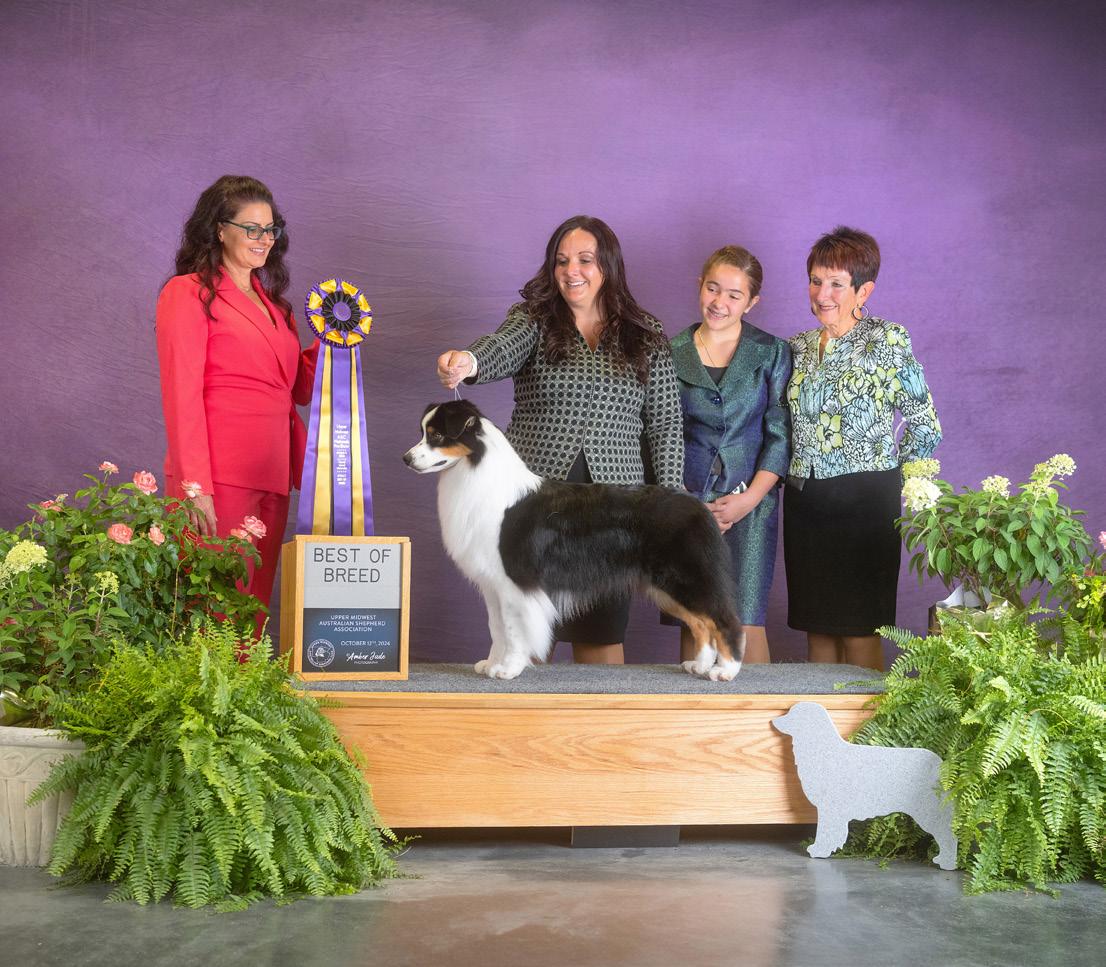
we have bred to date, but we have many breeders to thank for making our kennel what it is today.
How have Australian Shepherds changed over time since you first got involved with the breed?
I have noticed a substantial change in the style of Australian Shepherds. Some of the changes have improved the breed, while others have not. Many dogs have become overdone and overcoated. That said, moderation is about being proportionate, not about having small or light bone or coat. For instance, a dog I campaigned was often labeled as “overdone” or “too big.” I always had a good chuckle and used it as an educational moment. To understand the true meaning of moderation, one must understand proper proportions. The dog in question is only 21 ¾ inches. With less bone or coat, he would appear leggy and lack substance. The dog is the consummate showman and appears larger than he is. There is a vast difference between appearance and reality.
Is there anything you would like to change or improve in the breed in general?
Diversification of pedigrees. The masses tend to flock toward popular stud dogs. While we have used some of the popular sires, we are typically among the first to use them. We have limited the number of bitches our boys breed in their lifetime, and I would caution other breeders to do the same. Overuse can cause problems in future generations for the breed as a whole.

What do you consider your greatest achievement as a breeder?
When breeders speak of their greatest achievements, they usually discuss the dogs from their program that have been successful in the show ring and the whelping box. For us, that is not the case. Our greatest accomplishment in the breed is our ability to mentor the next generation through the Junior Showmanship program. We find the greatest joy in teaching youth all that we have learned over the years. It is our responsibility as breeders to give back to the breed.
We have had the pleasure of mentoring many of the topjuniors,suchasKatelynScottPeart(SpringFever), Bailey Crader (Savvy), Harper and Lennox Bogle, and Daneika Clay Cannon (Stone Ridge). Combined, these juniors have won Best Junior Handler or Reserve Junior Handler over thirty times between the ASCA and USASA National Specialty. Each one of them has qualified for Royal Canine and/or Westminster on multiple occasions. They have also been ranked as the #1 Junior Handler in ASCA and AKC for many years. They have accomplished multiple Best in Shows, Reserve Best in Shows, Group Wins, OwnerHandled Best in Shows, Owner-Handled Reserve Best in Shows, and countless major awards at National Specialties they have attended.
Aside from their junior showmanship, breed ring, and breeding accomplishments, they have turned into successful adults and beautiful young women. Each has shown a strong dedication to the purebred dog, competing with class inside and outside the ring. They have built successful careers and/or are
excelling in school. All of them also give back by mentoring other juniors, helping handle dogs, or volunteering with local clubs or organizations. We look forward to the years to come as several continue to compete in the Junior Showmanship programs.
Are there any specific stud dogs or brood bitches in your breed, either in your country or globally, that you think have had a significant impact on the breed?
SiresfromthepastincludeHOFHOFXCh.Brigadoon’s
One Arrogant Dude “Dude,” HOF Ch. My Main Man of Heatherhill “Baby Pad’s,” and HOF Ch. Briarbrooks Valedictorian “Victor.” Dams from the past include HOF Ch. Oprah Winfrey of Heatherhill “Oprah.” Each of these dogs was a beautiful representation of the breed and is found in an exceptionally sizable percentage of Australian Shepherd pedigrees today. In more recent years, I would mention HOF ASCA CKC Ch. CopperRidge’s Fire N Bayouland “Rowan.” Rowan had a substantial impact on producing some of the top-winning reds in our breed, and his influence continues through his grandchildren and beyond.
Please mention 2 or 3 Aussies that are not owned, bred, or shown by you, which you particularly admire. What do you most admire about each of them?
This is a tough question, as our breed is full of beautiful specimens. As a child, I remember being obsessed with the males of Heatherhill. One thing they all had in common was their mother, “Oprah,” HOF ASCA/AKC Ch. Oprah Winfrey of Heatherhill. She was breathtaking, and a bitch I will never forget. We used two of her sons in our program and continue the line from HOF BISS AKC/ASCA Ch. Heatherhill Montel
Williams “Montel.” I have frozen semen from his son, waiting for the right bitch in the future.
Another favorite was the undeniable “Grace,” MBIS MBISS GCH. Wind Spirit Rod’s Amazing Grace. She was a bigger girl who never placed a foot wrong. She won the USASA National three times and was the first to break the long-standing BIS record for our breed. It has since been broken three more times.
Lastly, the beautiful “Rowan,” HOF BIS BISS Ch. CopperRidge Fire N Bayouland. He paved the way for reds in our breed. He is the sire of multiple National SpecialtyWinners,Bestin Show Winners,HallofFame Sires/Dams, and countless titled offspring. Many of the quality reds you see today are a result of Rowan being bred to stunning bitches. We had a beautiful litter sired by him that resulted in a National Best of Breed, Best of Winners, Winners Bitch, and Winners Dog.
Every breed has its common problems. What is the most common issue in your breed, from a breeder’s point of view?
I have noticed a trend toward moving parallel. The Australian Shepherd is a single-tracking breed and should never move parallel. They should converge toward a center line and create a V from the shoulders and hips to the foot. I would love to see our breed’s movement become more consistent and better fit the standard.
What is the most important aspect that you would like a judge of your breed to be aware of?
This relates back to questions 7 and 12. In question 7, I addressed size and moderation. The preferred
height in our standard is 18”-21” for bitches and 20”23” for dogs. The standard states, “Quality is not to be sacrificed in favor of size.” A dog that falls at the top or bottom of the standard should not be discounted when being judged. In question 12, I addressed movement and current trends. From the standard: “… the feet (front and rear) converge toward the center

line of gravity of the dog while the back remains firm and level.” The Australian Shepherd should not move parallel.
If you were in charge of everything regarding dog shows, what change would you make first?
I think the first change I would focus on is Judges Education. It has improved over the years, but there is still room for growth. It is fantastic for a judge to work toward becoming an all-breed judge, but realistically, how can one person understand the depth of over 200 breed standards? A few recommendations would be to require continued education in each breed they are approved to judge and to pass breed standard tests prior to judging Nationals. Each parent club should be required to design and distribute an illustrated standard to help judges understand the intent of each breed.
What is the most important piece of advice you would give to serious young breeders?
The most important piece of advice for serious young breeders is to find a mentor you can rely on for years to come, research every pedigree possible, and dissect your breed standard to understand what each description truly means. Know what you should be striving toward and understand which lines will help get you there. Read books, watch videos, talk to breeders, and learn all that you can about the breed. Breeding is not just about producing the next “flashy show dog”; it is about preserving the bloodlines from the past and striving to breed beautiful dogs that can perform the original intent—being an intelligent working dog with strong herding and guarding instincts.
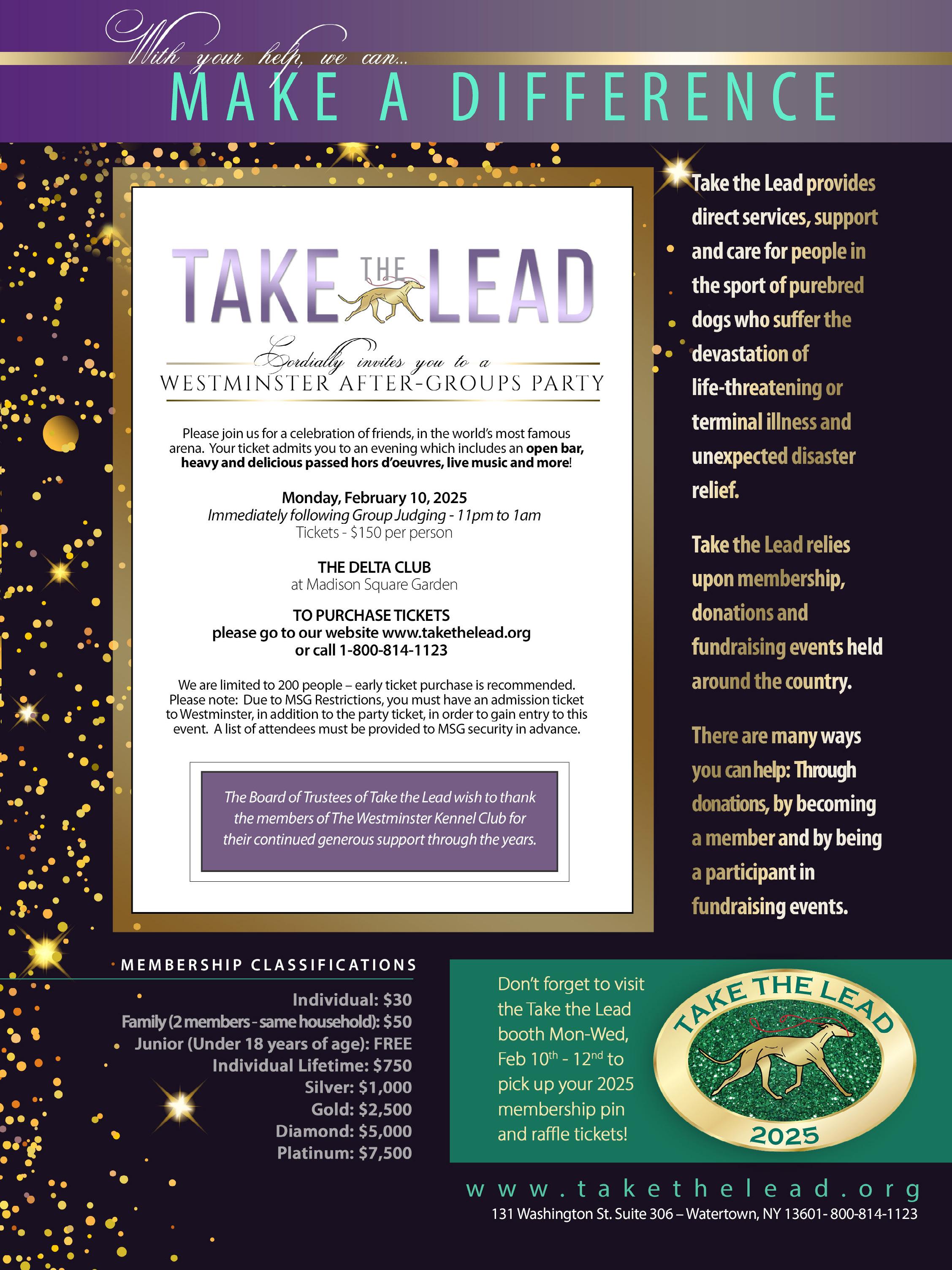
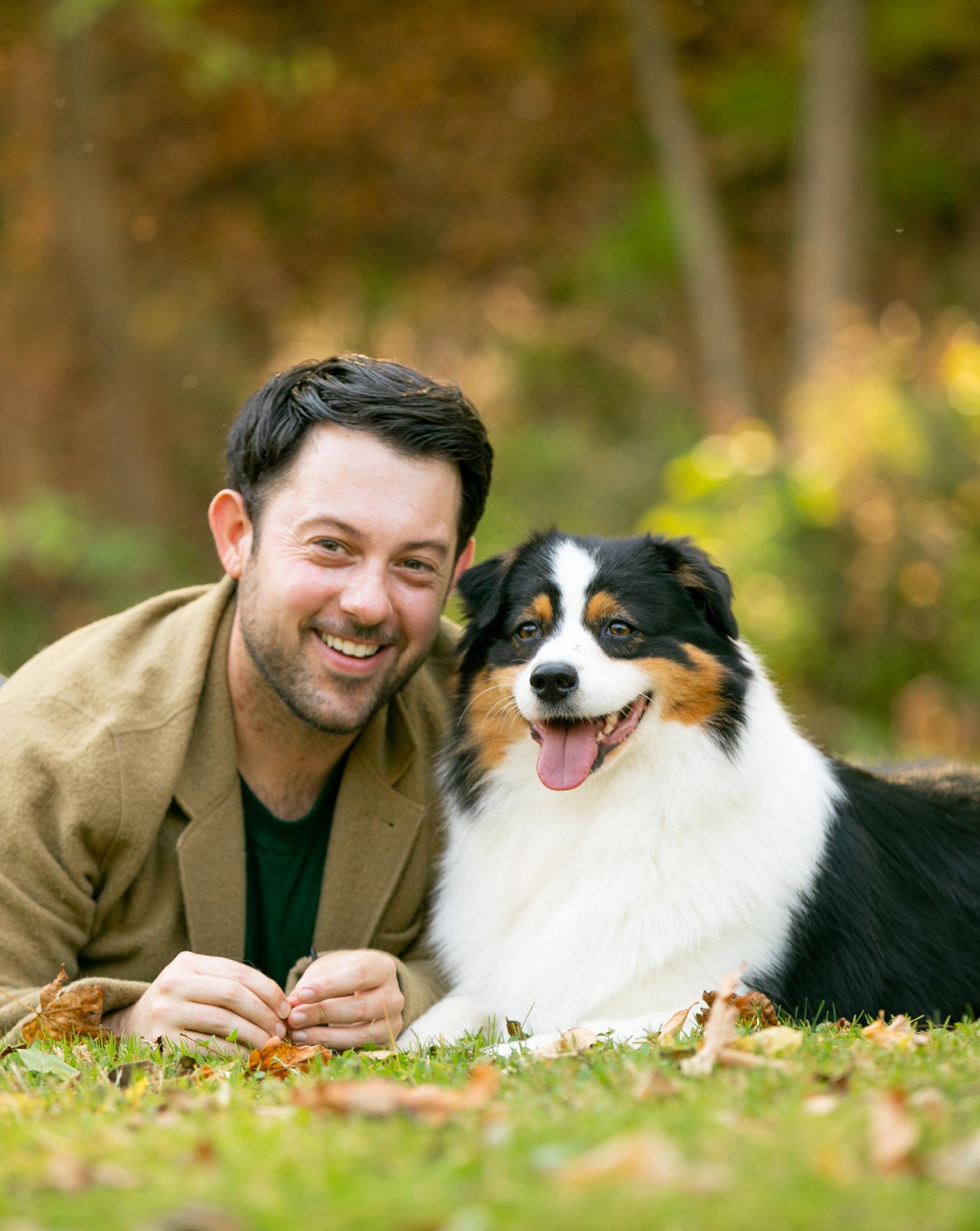
When did you get involved with dogs, and how did you first come across Australian Shepherds?
Ben and I started going to dog shows with high school friends around 2005. We grew up on a cattle and sheep farm in Pennsylvania, showing in 4-H, very involved with livestock judging, and exhibiting our Shorthorn cattle at the national level, so we were always attracted to elite stock. We were drawn to Aussies because of their versatility. They fit our outdoor lifestyle and complemented our sheep and cattle operation. We spent years spectating at dog events, contacting breeders, and researching pedigrees (an addiction!).
When we met Vivian, MBIS MBISS GCHP Copperridge’s What’s Your Dream, at the Harrisburg, PA Kennel Club shows in 2014, we absolutely fell in love with her, and we officially decided that Aussies would be our breed of choice.
Which dog do you consider the foundation of your breeding program?
Since we have only had a few litters (five) since 2019, we are still developing the foundation. Genetically, the four females we plan to breed in the future are very consolidated—a strategy we think is important to solidify the type in future generations.
Undoubtedly, Aly, AKC/CKC CH Suncatcher Perfect Ten RN FDC THDA CGCA CGCU TKN VHMA FITB DNAVP, has been an incredible producer for us. In her three litters, she has outproduced herself each time. She transmits beautiful type, coats, her characteristic “chunk,” and correct ears to all of her babies. Her
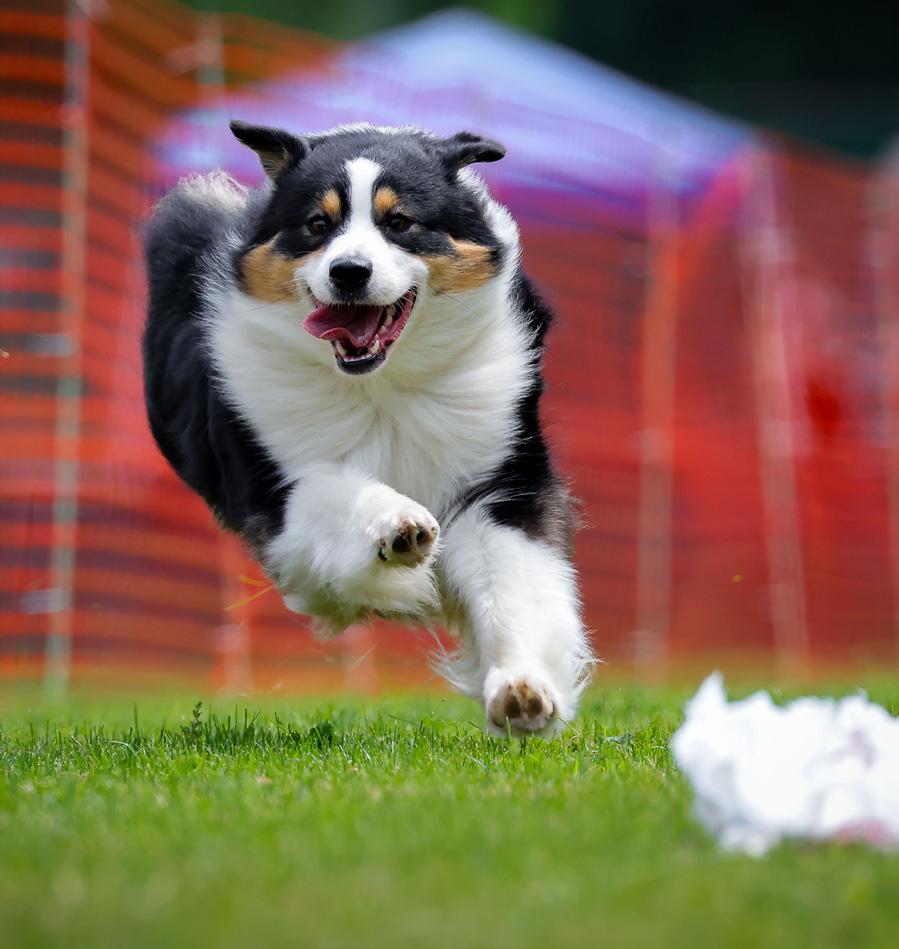
daughters, son Bentley, and now her granddaughters have been excellent producers so far. You can still see her qualities in her great-grandkids. Aly has unmatched temperament and is a joy to live with. Aly was bred by David and Kristyn Stout, who helped us get started in many ways!
How many kennels do you co-breed with, and who are they? How important has cooperation between breeders been over time?
Cooperation with some great breeders has been incredibly important to us. It’s been an honor to be so new to dogs and to have access to some of the best genetics to grow our program. Thanks to Terri Collins (Collinswood), Yvette LeBlanc (Bayouland), Stephen Blanco (Empyrean), Maria Neff (Airam), and of course MattMullin/AJTavares(Limelite)andDavidandKristyn Stout for our original girls, who we love so much.
Who has been your biggest inspiration and support? Did you have mentors, and how important has mentoring been throughout your time as a breeder?
Our parents are such amazing people. They give us inspiration to work hard and be fully dedicated to everything we do. Matt and AJ, mentioned above, Ryan and Rachel Tepera, who have not only expertly handled andlovedourdogsbuthavealsobeensuchinspirational young breeders with their Golden Retrievers and Low Chen,andourpartnersAlexandJuliaPlushkoandMaria Afansyeva (Russia), have all been wonderful influences in our personal lives and our journey in Aussies.
What are the main characteristics of the dogs you breed? What are your goals for your breeding program?
Our dogs are known for their beautiful type, coupled
with intangibles. Heads, ears, and expression seem to be where we really shine. We wouldn’t have it any other way!
Goals – We aim to breed the healthiest dogs with the best temperament, talent, and versatility possible. We enjoy exploring different venues with our dogs, like FAST CAT, Obedience, Agility, and more. Most of our dogs also enjoy herding activities on our farm—some moresuccessfullythanothers!Allofourdogsareindoor pets, so temperament is essential. We plan to keep our numbers extremely small and special, probably only one litter a year at most. Long term, we hope to have an AKC Best in Show winner, win the USASA National Specialty, and breed a competitive dog for the coveted “Most Versatile Aussie” at the event.
Have you changed the type of dogs you breed over the years? If so, why? How many lines have you used so far? How many generations of your kennel’s name appear in the pedigree? How many dogs have you bred to date?
We will always focus on outliers—special and unique individuals that make our hearts race!
We only breed when inspiration strikes and the timing is right for both our personal and professional lives. Thankfully, our breeding experiences so far have been incredibly rewarding, both in and out of the show ring. Westillhavealongwaytogowithdecadesofinvestment ahead of us, but the climb will always be worth it.
Is there anything you would like to change or improve in the breed in general?
We would like to see more consistency in proportions, movement, headpiece, and substance. You can go to any show and see every single style of dog imaginable, and
those dogs will be placed in every possible way. There are endless opportunities to make an impact in the breed right now.
What do you consider your greatest achievement as a breeder?
Every single puppy is a huge emotional investment for us. We work tirelessly with new owners to set them up for success. Our goal is to maintain consistent contact with each puppy forever, whether it be a pet or a show dog. We believe in the individual dog as a gift that we cherish and love unconditionally.
Our greatest achievement to date is having the best homes in the world for our dogs—whether they’re show, pet, or performance dogs.
In the show ring, Bentley, MBIS MBISS CH Dream Meadows Spellbound, has been a sensation in Europe. We are incredibly honored to have produced such a stunning boy in our very first litter. He has earned dozens of BIS wins all over Europe, including Supreme Champion of Split, Croatia, 2023, many-time BISS winner, the #2 dog all-breeds in Russia in 2023, and Russian National Specialty winner in 2024. He can herd with the best of them, too!
Aly’s second litter, by Copperridges Fire and Bayouland (the immortal Rowan), was beautiful. Last year, one of those puppies, Dream Meadow Bayouland Positive Vibes Only (who we affectionately call “D”), was a multiple group winner in AKC, a Top 20 Qualifier in just a few months of shows, and made the Final Cut at Westminster,amongmanyothernotableachievements. We are incredibly interested in maternal genetic influence and how outlier females transmit down many
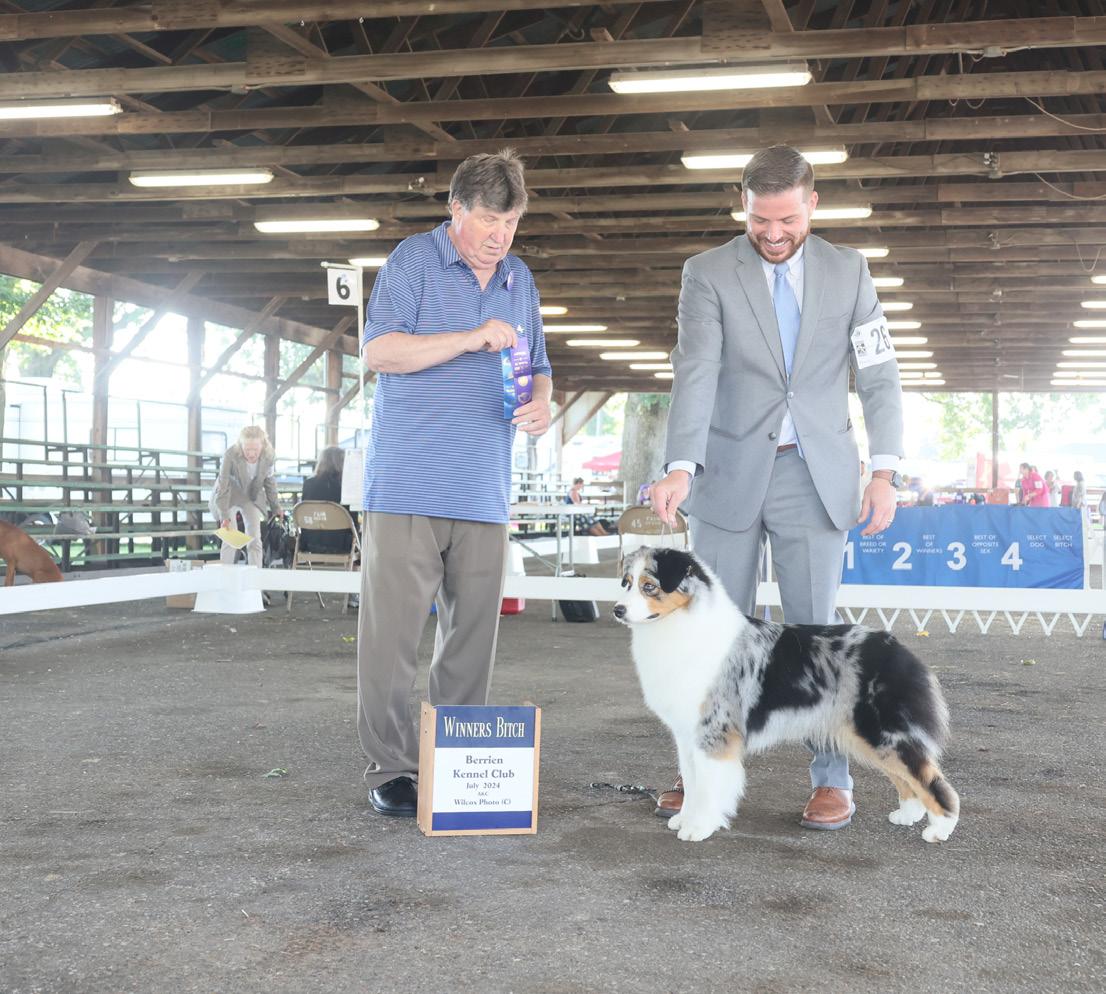
generations. This was extremely evident in our work in livestock, and we are excited to expand this theory into our dogs.
Are there any specific stud dogs or brood bitches in your breed, either in your country or globally, that you think have had a significant impact on the breed?
Wearebigbelieversindeeppedigrees.Broadway’sBlaze of Glory will probably be one of the most impactful dogs in our pedigrees and in many others around the world.
Please mention 2 or 3 Aussies that are not owned, bred, or shown by you, which you particularly admire. What do you most admire about each of them?
•Limelite’sChaChaCha:Sheistheultimatecombination of type, structure, and “it” factor.
• Windspirit Rod’s Amazing Grace: Another total package. Perfect outline and balance.
• Copperridges Fire and Bayouland: What a legend. And aged so well. We are honored to have two of his daughters here.
• Paradox Pickwick: Seeing his influence consistently in dogs we admire.
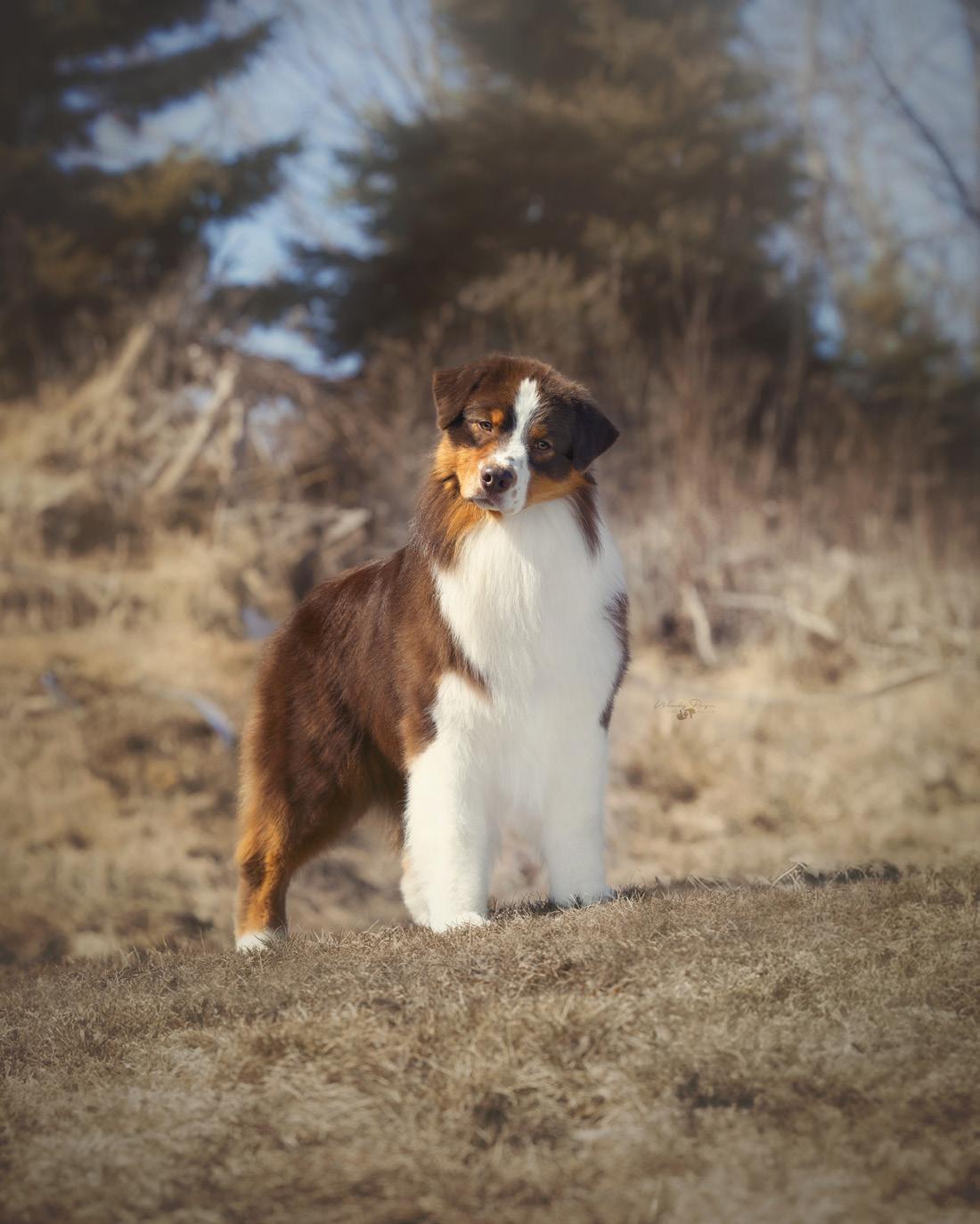

Every breed has its common problems. What is the most common issue in your breed, from a breeder’s point of view?
Long ears and round eyes are really a pet peeve of ours. Of course, there are inconsistencies in movement in our breed that we are not immune to either. We believe in building attributes as well as correcting faults with each mating.
What is the most important aspect that you would like a judge of your breed to be aware of?
That without type, we have nothing. Without an appreciation for all of the areas that build breed type, you don’t have a breed. Type and soundness need to coexist. “Solving the Mysteries of Breed Type” by Richard Beauchamp is a book that we continue to lean on.
If you were in charge of everything regarding dog shows, what change would you make first?
Mandatory oral reasons. Heavily influenced by our livestock judging background, of course!
What is the most important piece of advice you would give to serious young breeders?
We still consider ourselves newbies in dogs, but from decades of professionally breeding other species, we recommend developing your own vision. Your own unique point of view is not only your contribution to the breed itself, but a marketing strategy as well. If you don’t have a vision, maybe breeding isn’t a great path for you.


When did you get involved with dogs, and how did you first come across Australian Shepherds?
Our first Aussie came to us in 1992. He was backyard bred in the lower mainland of British Columbia, the only male in a litter of 11 puppies. He was unregistered, cost $500, and lived to the age of 15.
Which dog do you consider the foundation of your breeding program?
The foundation of Ninebark Aussies is ASCA HOF Ch/ CKC AOM Ch Sonrise Little Red Hen ROMX I NJ-N JJ-N DJ TKN ITD HIC.
How many kennels do you co-breed with, and who are they? How important has cooperation between breeders been over time?
Cooperation with certain kennels has been invaluable to Ninebark Aussies. It has achieved Hall of Fame status andprovidedlong-termfriendships.Wehavecooperated with Meadowlawn Aussies in Minnesota, USA, and MorningDove Aussies in Ontario, Canada. I would not have achieved what I have today without collaboration.
Who has been your biggest inspiration and support? Did you have mentors, and how important has mentoring been throughout your time as a breeder?
Mentoring is the first stepping stone in a breeder’s journey. I would not be where I am today without mentoring and learning. The past defines our future as breeders. I am eternally grateful for the gracious and humanistic mentoring of Fran Haskins, Sonrise Kennels, as well as Sarah Kalkes, Meadowlawn Kennels, and J. Kelsey Jones, MontRose Aussies. Betsy Atkinson, Hearthside Aussies, has always been there for me as well and has dependably and generously imparted her vast breed knowledge.
What are the main characteristics of the dogs you breed? What are your goals for your breeding program?
My goals have always been type and soundness of structure and mind. I have endeavored to be faithful to thevisionofanall-aroundbreedthatcanofferexcellent companionship,driveandfocusforperformance,health for problem-free longevity, and beauty and correctness for the show ring. I keep what I breed in the house, not in a kennel environment, so the characteristics need to align with what I desire to live with and work with.

Have you changed the type of dogs you breed over the years? If so, why? How many lines have you used so far? How many generations of your kennel’s name appear in the pedigree? How many dogs have you bred to date?
My first litter occurred in 2008—a small but beautiful litter of four, half of which achieved a great deal in conformation and performance. Since then, I have bred oneoroccasionallytwolittersperyear.Ihadtwofemale lines,butbyhappenstanceorotherwise,onlyonefemale line remains today. We have reached five generations of the pedigree through careful and occasional breeding.
The type has not materially changed; the “look” I have achieved is often recognizable over time.
How have Australian Shepherds changed over time since you first got involved with the breed?
Australian Shepherds are a young breed and, as such, eludeconsistencyoftypeandstyle,aswellasconsistency of structure. The breed remains somewhat divided along “working” and “show” lines. Certain fads have arisen and sometimes receded from the show ring, and we can expect other trends to manifest and persist. Some breeders and exhibitors feel that some conformation judges show a negative bias toward self-colored or bi Aussies, as well as smaller or “moderate” Aussies.
Is there anything you would like to change or improve in the breed in general?
Aussies are a coated breed, which means that certain faults can hide more easily on a visual level than with smooth-coated breeds. I would like to continue to work on good front assembly and angulation and wish to see breeders in general value and work on this, as well as more open rears and stable temperaments. As an ASCA Breeder Judge, I see many of these faults both in and outside Canada and the USA, as well as many level bites.
What do you consider your greatest achievement as a breeder?
I wished to achieve bred-by Best in Show Australian ShepherdsinCanadaandtheUS,andIaccomplishedthis;I also strove to achieve a Best in Specialty-winning bred-by Aussie, and achieved this. It also meant a great deal to me toachieveHallofFamekennelstatusinCanadaandinAKC and ASCA, as well as becoming an ASCA Breeder Judge. Perhaps more importantly, I stuck to my vision and ethics
and enjoyed special relationships with special breeders. If I retired now, I would have no regrets and no dreams unfulfilled.
Are there any specific stud dogs or brood bitches in your breed, either in your country or globally, that you think have had a significant impact on the breed?
There are incalculable and invaluable brood bitches that have molded the breed, often with limited litters. These ladies are the “invisible” heroines of the breed— in the breed ring, in performance, and in the whelping box. These HOF and ROM bitches have shaped and will continue to shape the breed. The spotlight, however, has always been, and will always be, on the prepotent and popular sires. To name just a few stud dogs from my era in dogs:
• HOF BIS BISS AKC ASCA, CKC GCH CopperRidge’s Fire N Bayouland ROMII “Rowan”
• AKC GCh/ASCA HOF Ch Wind Spirit Great Messenger ROM-C II ROMX III “Cobb”
• HOF ASCA CH / AKC ROMCI ROMXI & II Calais Carolina First in Flight STDs “Beckham”
• MBIS MBISS Platinum GCH Harmony Hill’s Money Talks “Cash”
• HOF GCH AKC/ASCA CH Crofton Hide and Seek NAJ STDd GS-E JS-E RS-O “Tag”
• BISS ASCA AKC CH Stormridges Hes All That CD TDI, ROMX-III ROM-C-II HOF “Caleb”
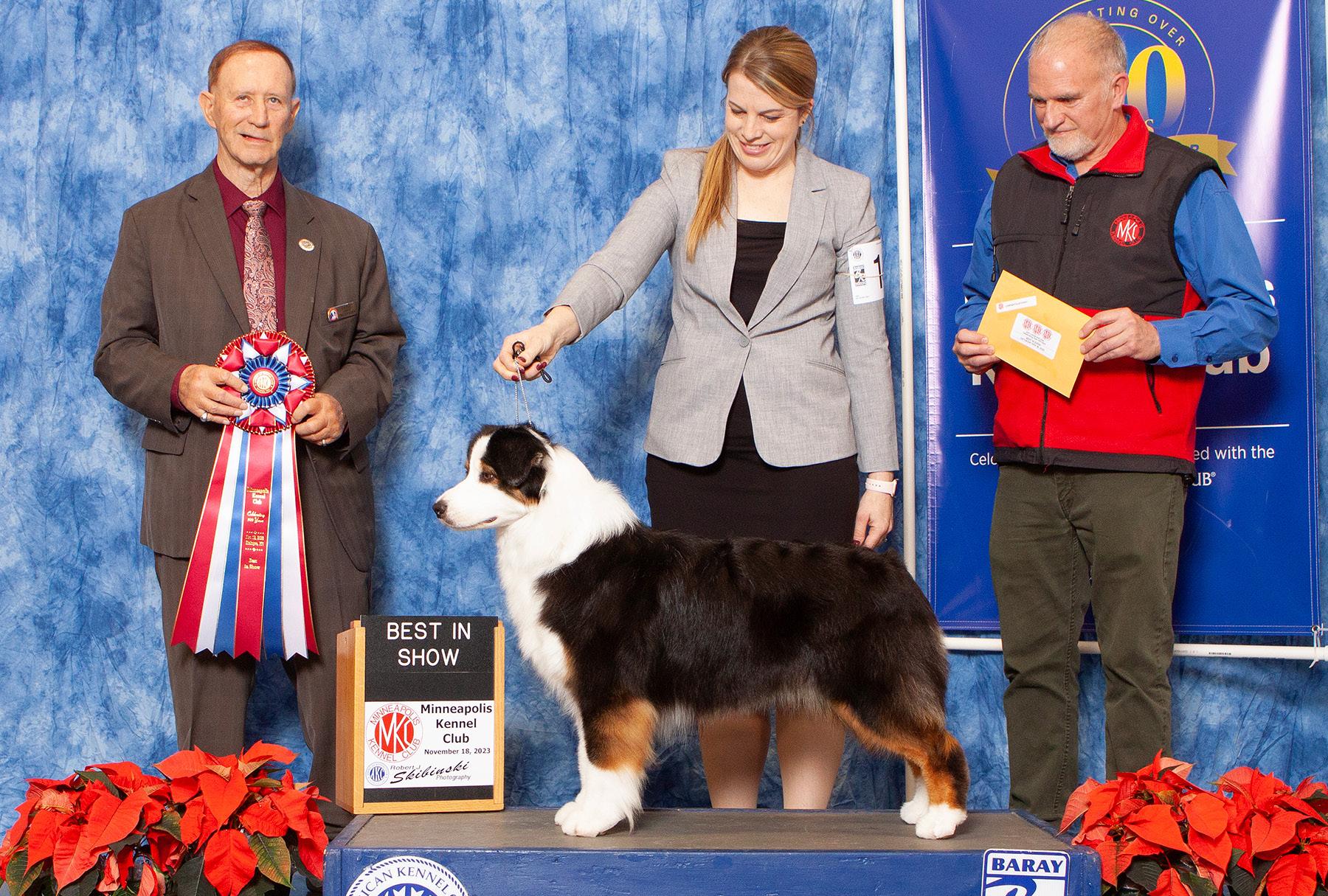
Please mention 2 or 3 Aussies that are not owned, bred, or shown by you, which you particularly admire. What do you most admire about each of them?
I currently admire AKC GCHB MBIS MBISS ASCA BISS CH Harmony Hill’s Wright Flyer “Wright,” owned by Kaylene Scotton, Heather Braddock, Emma Jenkins, Lori Little, and bred by Kaylene Scotton and Heather
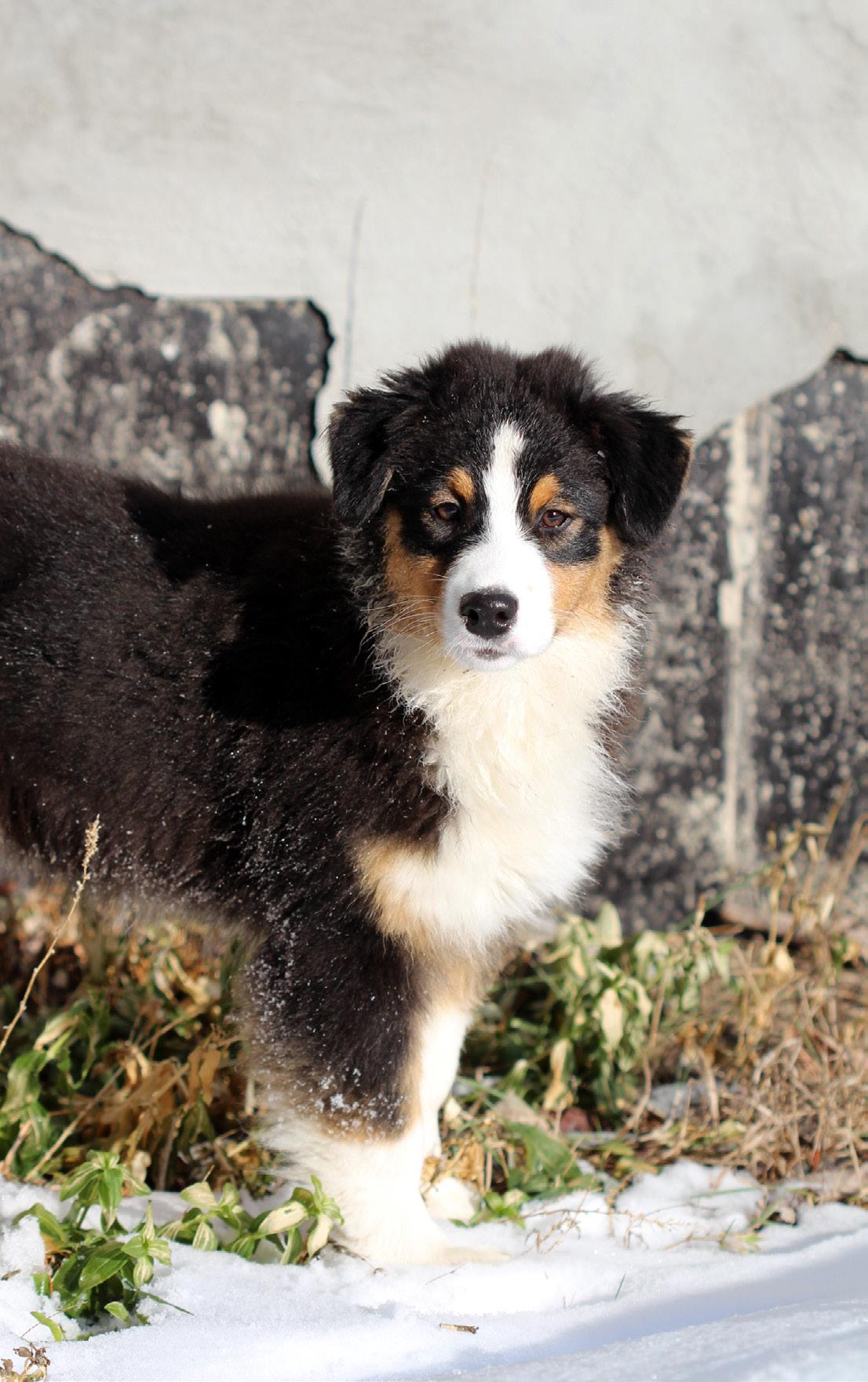
Braddock. To me, this young dog exemplifies type and demonstrates correct structure in his movement. I also appreciate CH Carmel Rare Sighting “Yeti” for his moderate beauty and correct structure.
Every breed has its common problems. What is the most common issue in your breed, from a breeder’s point of view?
As stated earlier, as an ASCA Breeder Judge, I see many Aussies with straight fronts, easy west fronts, close rears, and level bites. I also witness unstable temperaments: Aussies of any age that are unwilling to stand for examination.
What is the most important aspect that you would like a judge of your breed to be aware of?
I will always state type and structure. Do not fault judge for easy-to-spot visual faults, and do not reward fads as a matter of course.
If you were in charge of everything regarding dog shows, what change would you make first?
I would like judges to keep learning about breed standards and continue striving for mentoring from breeders. I would focus on Judge Education.
What is the most important piece of advice you would give to serious young breeders?
Find, keep, and honor a mentor (or mentors) right out of the gate, well before you breed. Never stop learning. Develop your own vision and be humble enough to acknowledge and honor those who came before you and sacrificed and strived before you.


When did you get involved in dogs, and how did you first come across Aussies? What was (and still is) so special about Aussies for you?
My first Aussie came to me as a gift from an older gentleman who bred a few beautiful dogs he had purchased in California. Little did I know that this little blue merle female could be traced back in pedigree to our foundation lines. My love for the breed began with my blue girl. She was a loyal and intelligent companion, with so much willingness to learn and so much versatility in all her ventures on our farm in 1977.
Which dog do you consider the foundation of your breeding program?
My lines originated with McMatt bloodlines from Flo McDaniel. My most important foundation cross was “Blaze,” CH Broadway’s Blaze of Glory ROMII, bred to “Whitney,” CH Little Creek’s Hug Me Tight ROMII.
How many kennels have you co-bred with, and who are they? How important has cooperation between breeders been over time?
I have co-bred with McMatt, Lil Creek, Limelite, Northbay, Tryfecta, Harmony Hill, and Crofton. These are some of the kennels we have worked with in seeking to help maintain breed type, health, and versatility. These factors have been extremely important to us.


Who has been your biggest inspiration and support? Did you have mentors, and how important has mentoring been throughout your time as a breeder?
My biggest support has been my mentor and dear friend, Flo McDaniel of McMatt Australian Shepherds. Also, my daughter, Cherri Foster, and my goddaughter, Hayden Hadley, have been incredibly important to our program. Cherri is our groomer and keeps all the dogs updated on paperwork and health requirements, while Hayden is our extremely talented show handler and trainer. We are family here at Bayouland and work as a team to become the very best we can be as breeders.
What would be the main characteristics of the dogs you breed? What are your goals in the breeding program?
The main things I strive for are those most ideal to the breed standard. Health clearances, structure, breed type, temperament, and versatility are all important to me.
Have you changed the type of dogs you breed over the years, and if yes, why? How many lines have you used so far? How many generations of your own kennel name appear in the pedigree? How many dogs have you bred so far?
I liked the type of dogs I bred, so I followed that in my breeding program and bred to similar-type dogs. I have
used about four main lines to produce what I have today.
I have up to four generations of my own kennel in my pedigrees. We breed about 2-4 litters a year on average, mostly for our own breeding program and to show.
How have Aussies changed over time since you first got involved with the breed?
I think the original Aussies were bred strictly as herding/ stock dogs and farm working dogs. The breed today has advanced to be one of the most versatile dog breeds in the world and excels in all venues now.
Is there something you would like to change or improve in the breed in general?
Iwouldliketoseemoredogsthatfitthebreedstandardin movement, including fronts, rears, and side gait. I would alsoliketoseeamorestabletemperamentacrossthebreed in general, as some breeders are specifically breeding for highdriveandintensitytoexcelinperformanceandtasks, which does not always make for easy dogs to live with.
What do you consider your greatest achievement as a breeder?
I owner-handled my own dog to his championship and then showed him myself to the Best of Breed win and Best Bred By Exhibitor in Breed at the world-renowned Eukanuba World Championship Dog Show.
Are there any specific stud dogs or brood bitches in your variety, in your country, or globally, that you think have had an important impact on the breed?
CH Showtime’s Surprize, owned by Flo McDaniel.
CH Broadway’s Blaze of Glory, owned by Jane Firebaugh and Nora Porobic, bred by Maggie Pryor.
CH Bayouland’s Crème Brulee, owned by Martha Gisselbeck.
Please mention 2 to 3 Aussies that are not owned, bred, or shown by yourself, that you particularly admire, and tell us what you most admire about each.
· CH Harmony Hill’s La Bamba because, even being a plainmarked dog, he has stood out as a show dog and a sire.
· CH Briarbrook’s Silver Sequince because of her presence, breed type, and movement.
· CH Broadway’s Blaze of Glory because of his impact as a top-producing sire of lovely type and wonderful temperaments.
Every breed has some common problems. What is the most common problem in your variety, from a breeder’s point of view?
Thevarietyofbreedtypethroughoutthedifferentvenues is a common problem.
What is the most important point that you would like a judge of your breed to be aware of?
Being knowledgeable about the breed and the standard.
If you were in charge of everything regarding dog shows, what change would you make first?
More requirements for judges’ education in the breed standard.
What would be the most important single piece of advice you would give to all serious young breeders?
Research the breed before starting your breeding program. Know the breed standard and gain experience from having a good mentor. Never stop learning.


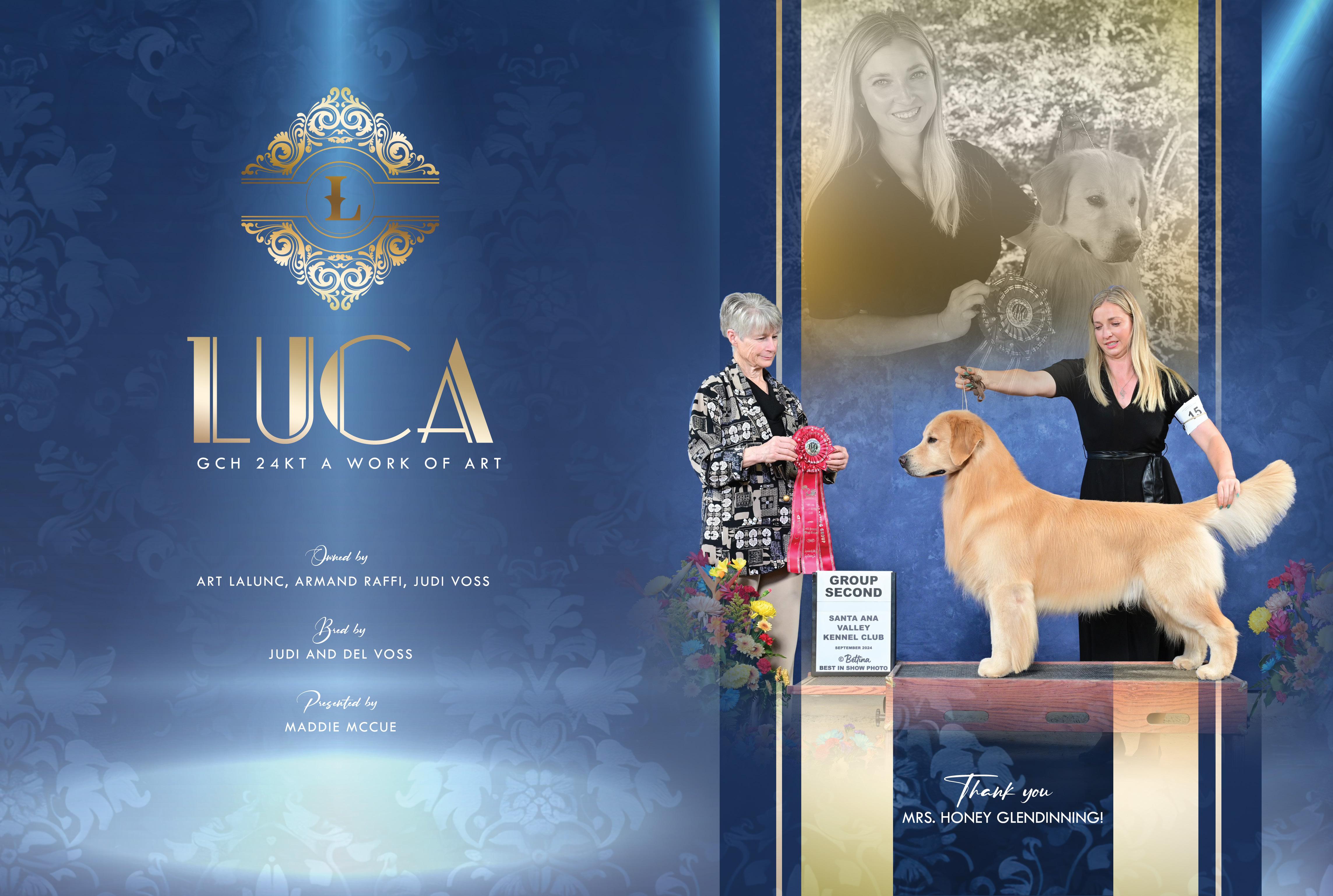

Kaitlyn Price
- Orlando ‘24
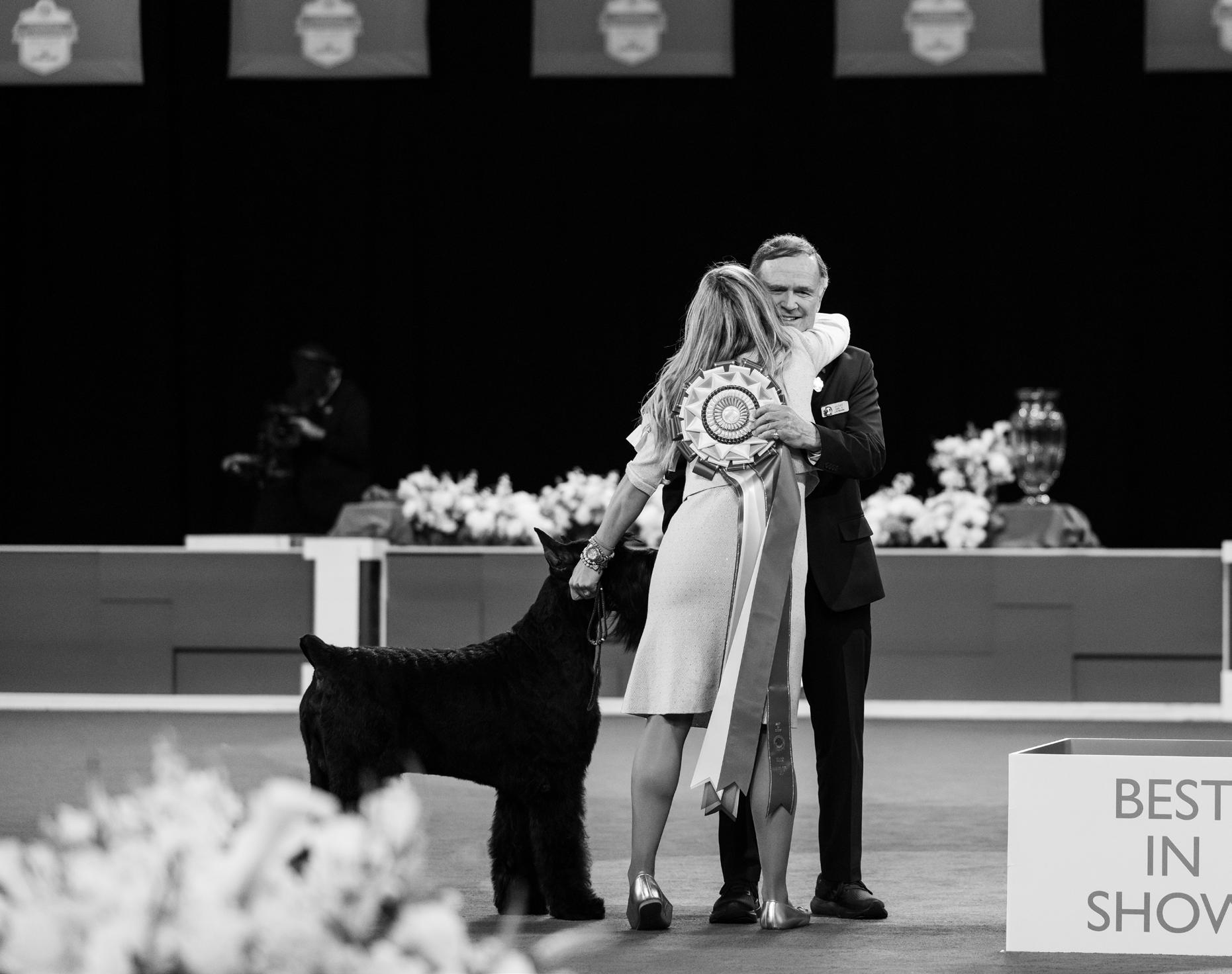
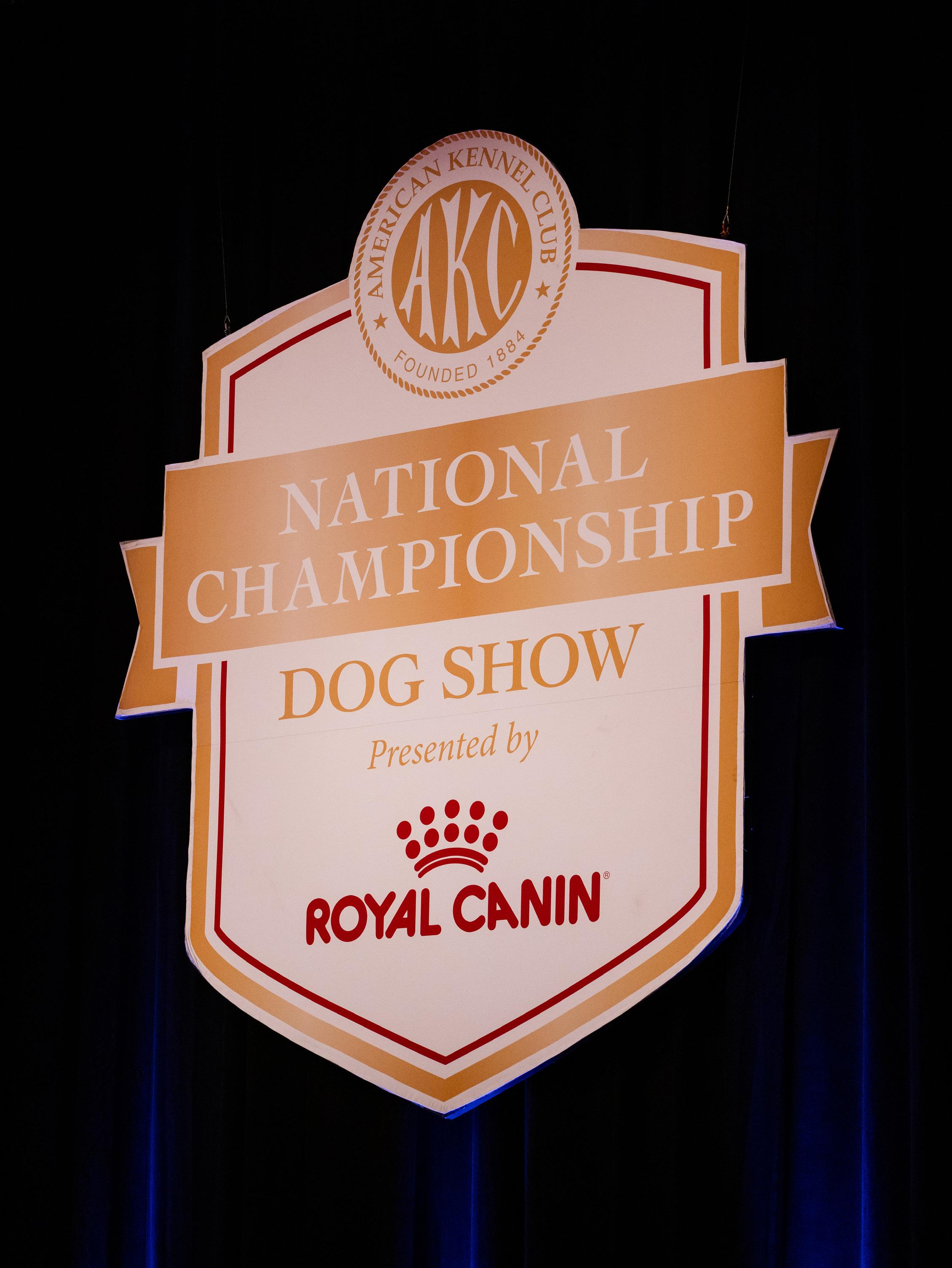
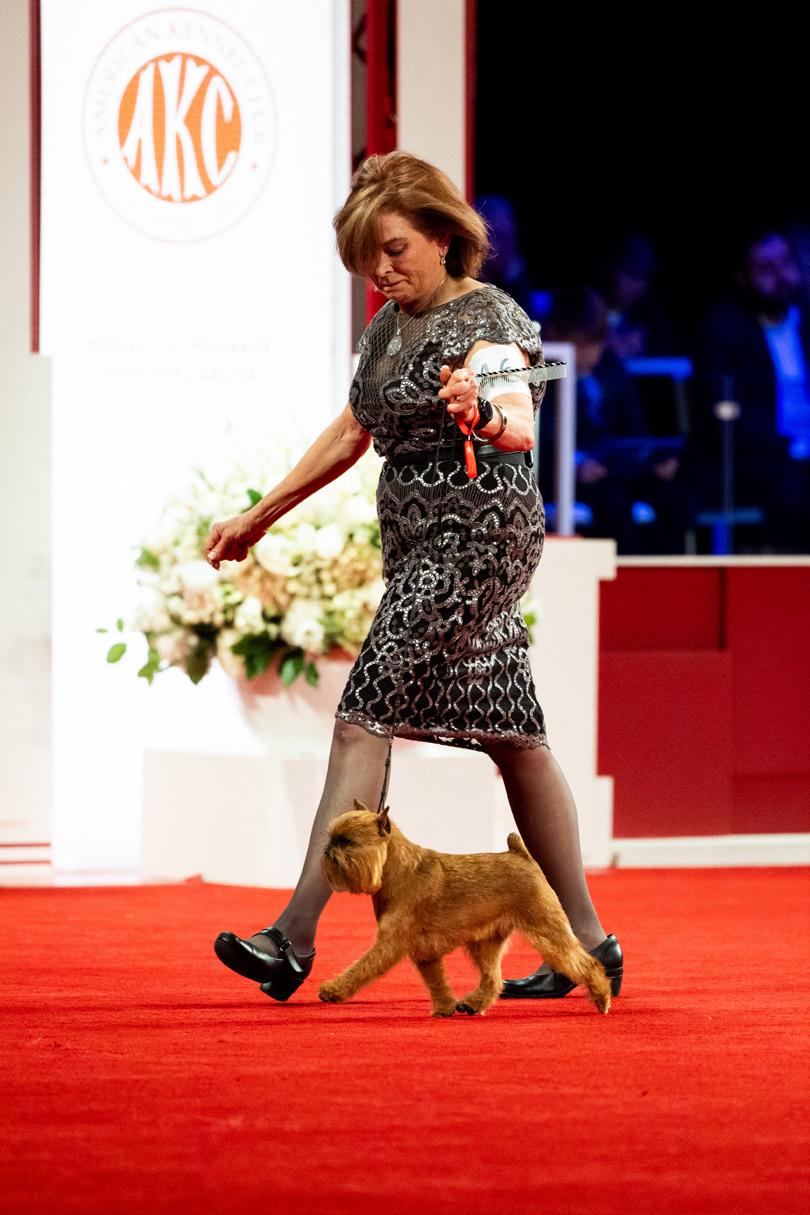
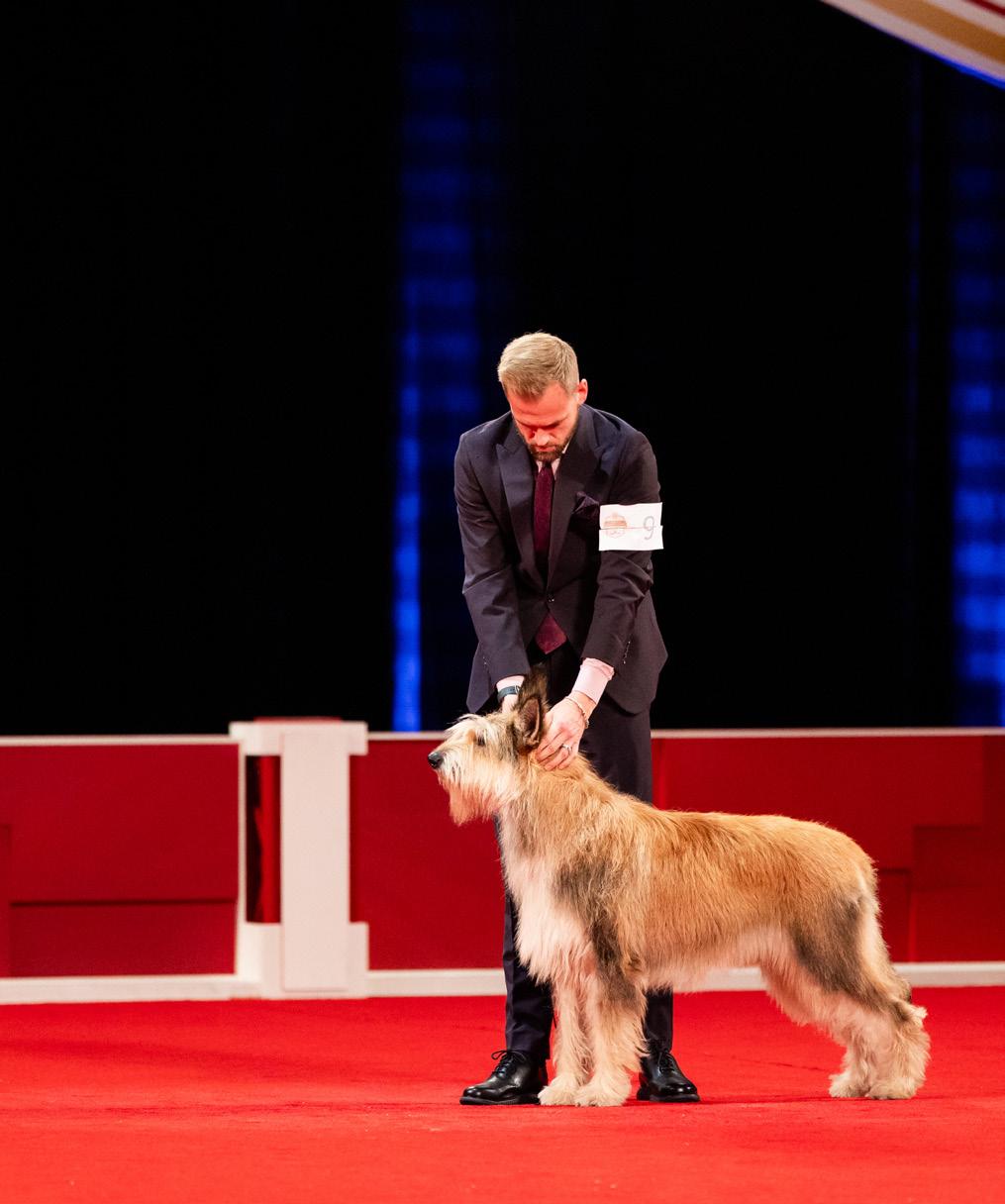



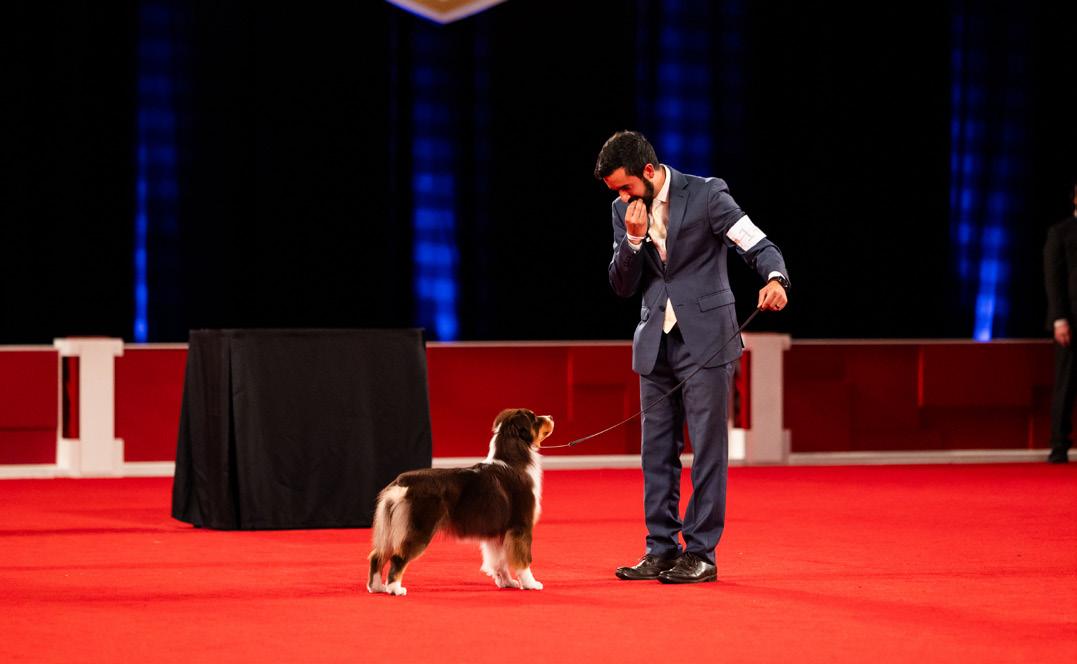

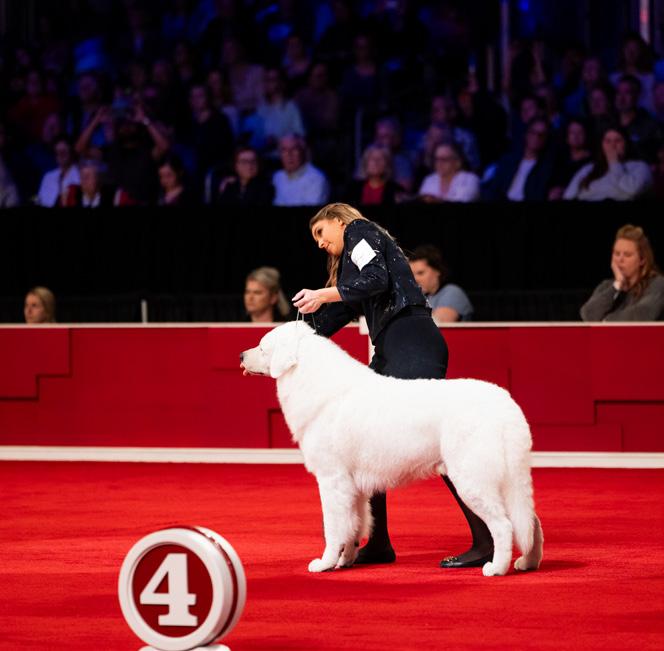
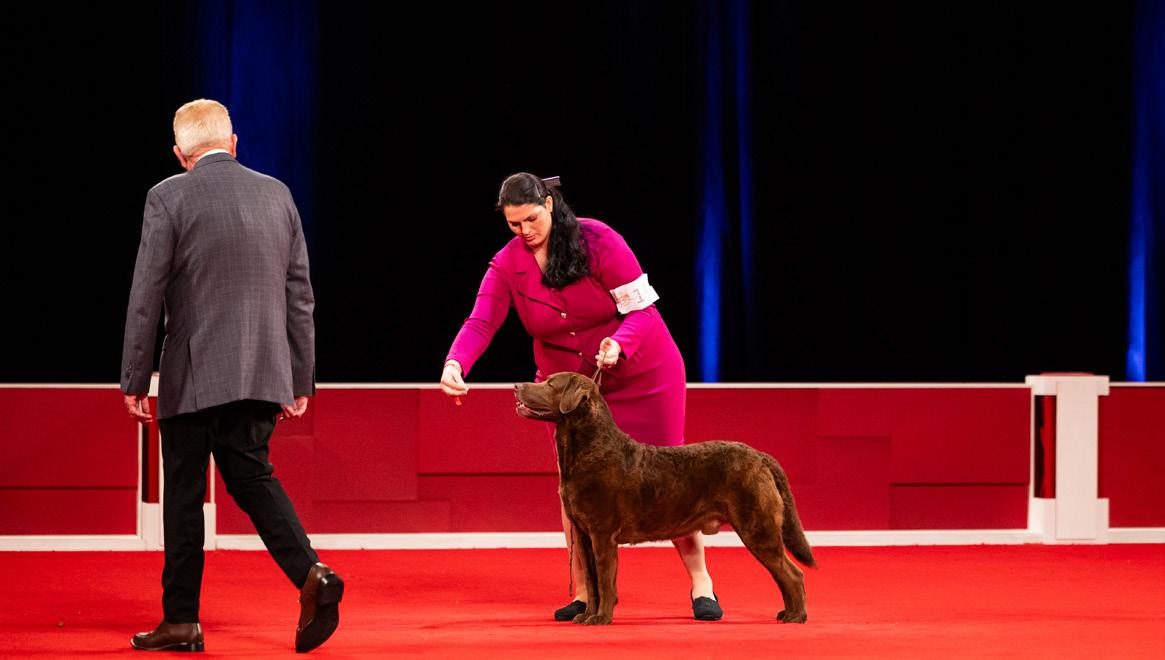
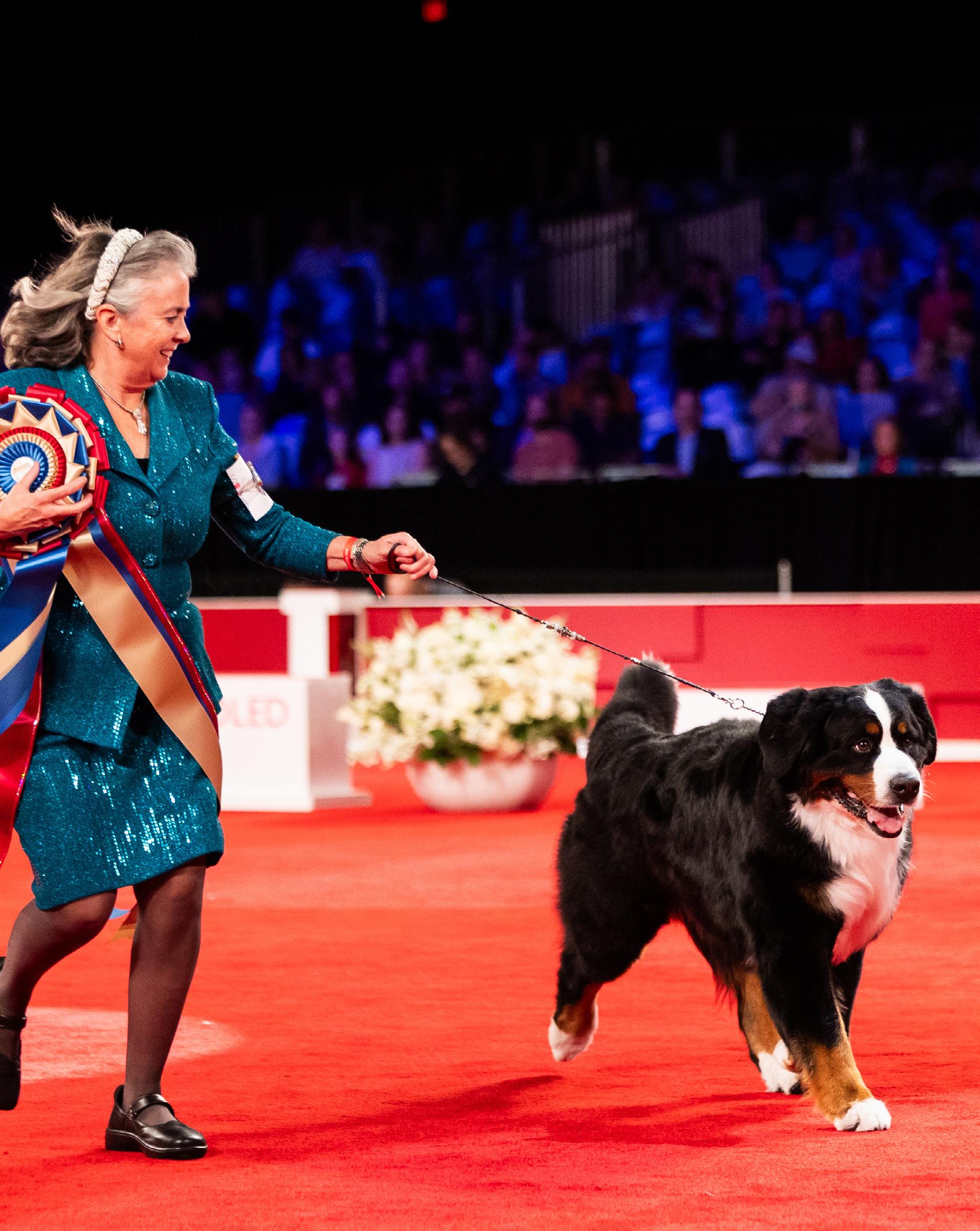

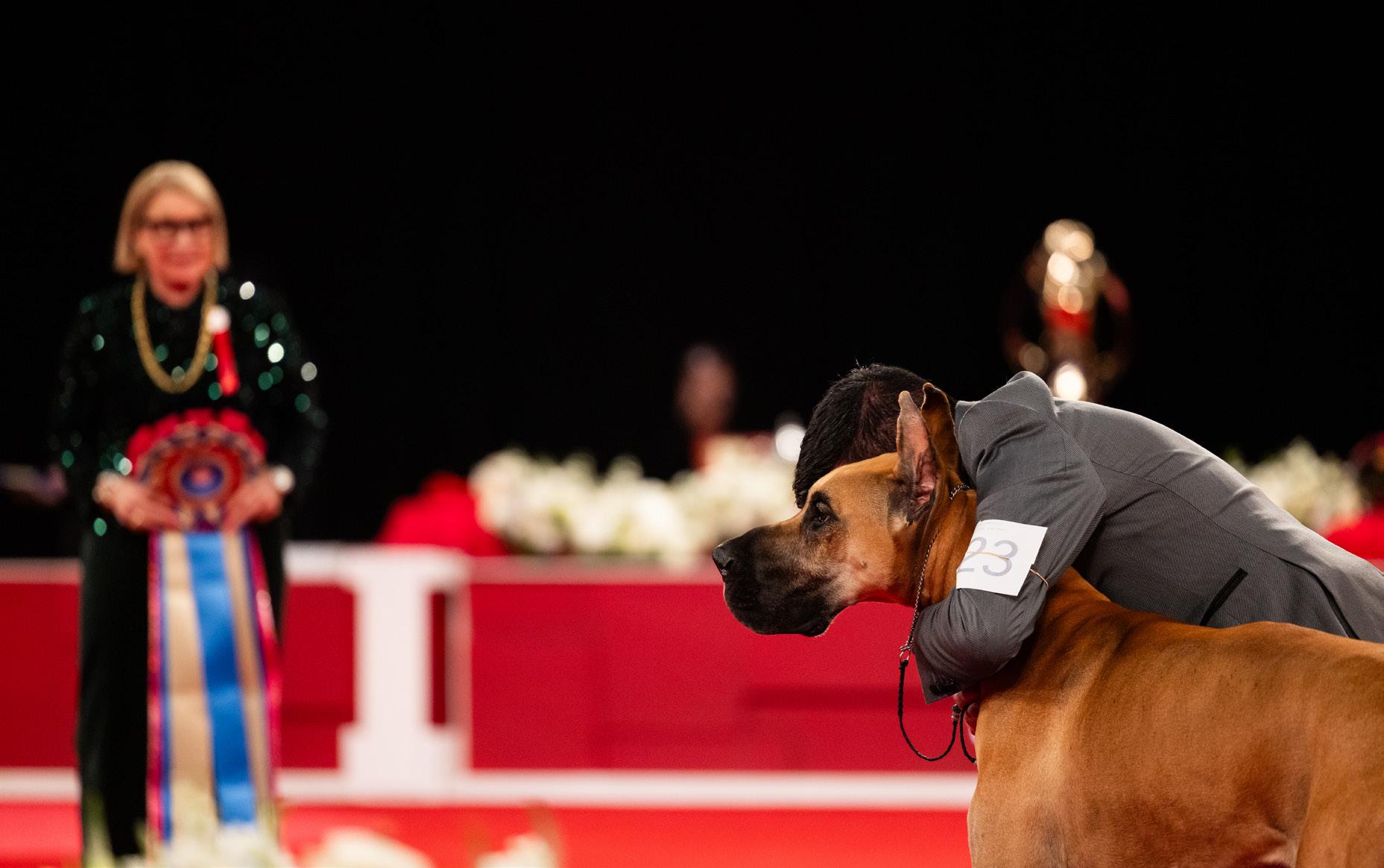
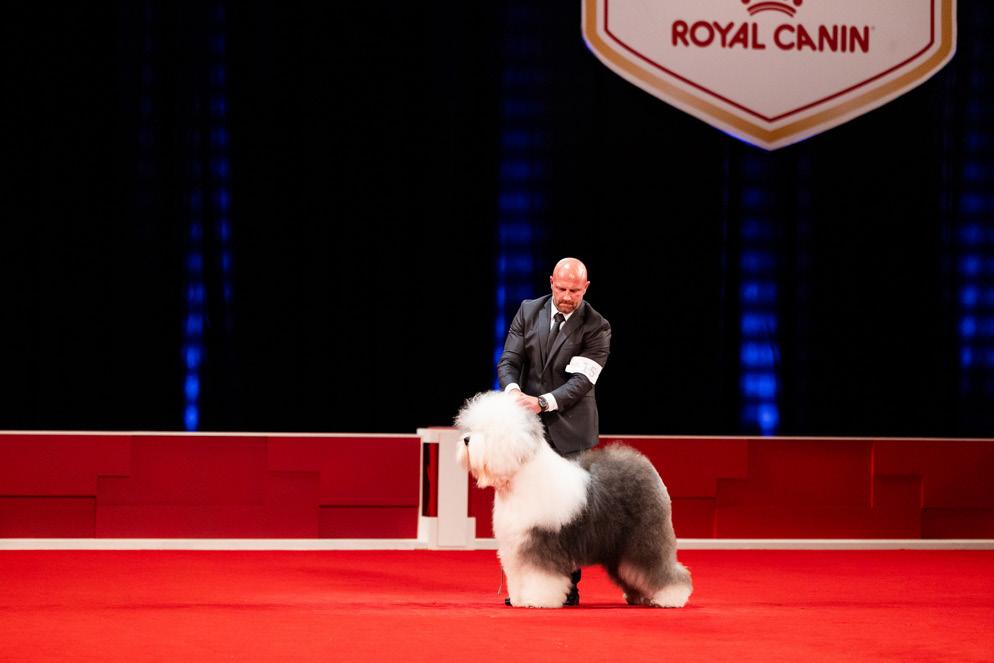




GCHB CH Tamarack Valley View River Of Dreams · Gordon Setter
st
Breeders: Brian Hubbard/Matthew McGillivray/JoAnne Van Aller · Owners: Dr Ellen Shanahan & Stacy Threlfall 2nd
GCHG CH Tahari N Clearcreek Spirit In The Night · Pointer
Breeders: Linda Cayton/Mr. Frank DePaulo · Owners: Linda Cayton & Jenn Irwin & Frank DePaulo 3rd
GCHG CH Next Generation’s Accelerate · Chesapeake Bay Retriever
Breeders: Adam Levy · Owners: Schumann & Bleifer & Scribner &Levy&Gerardi-Miller 4th
GCHG CH Boardwalk Here Comes The Sun FDC BCAT DS DJ CGCA TKA ATT VSWB · Lagotto Romagnolo
Breeders: Mack Amis/Lynn Amis/Kendal L Walters · Owners: Andrew Ross/Amy Killeen
GCHP2 CH Sunlit’s King Of Queens · Afghan Hound
1st
2nd
Breeders: Ms. Tara Richardson/Pam Winkelmeier/Norma M Feldman · Owners: Alicia Morrison Jones & Jamie Souza Bartlett
GCHG CH Pinnacle Garden Party · Whippet
Breeders: Justin C Smithey/Cheslie Smithey · Owners: Justin Smithey & Cheslie Smithey & Nancy Shaw
GCHB CH Lex Ayur-Es-Sahel · Azawakh
3rd
Breeders: Lilia Berezkina/Nina Berezkina · Owners: Jeff Winton & Lilia Berezkina 4th
GCHS CH Dobhran’s Alexa Play Some Music · Otterhound
Breeders: Dr. Sonnya L Wilkins · Owners: Sonnya James Wilkins Andrea Jack Jason McIlwai
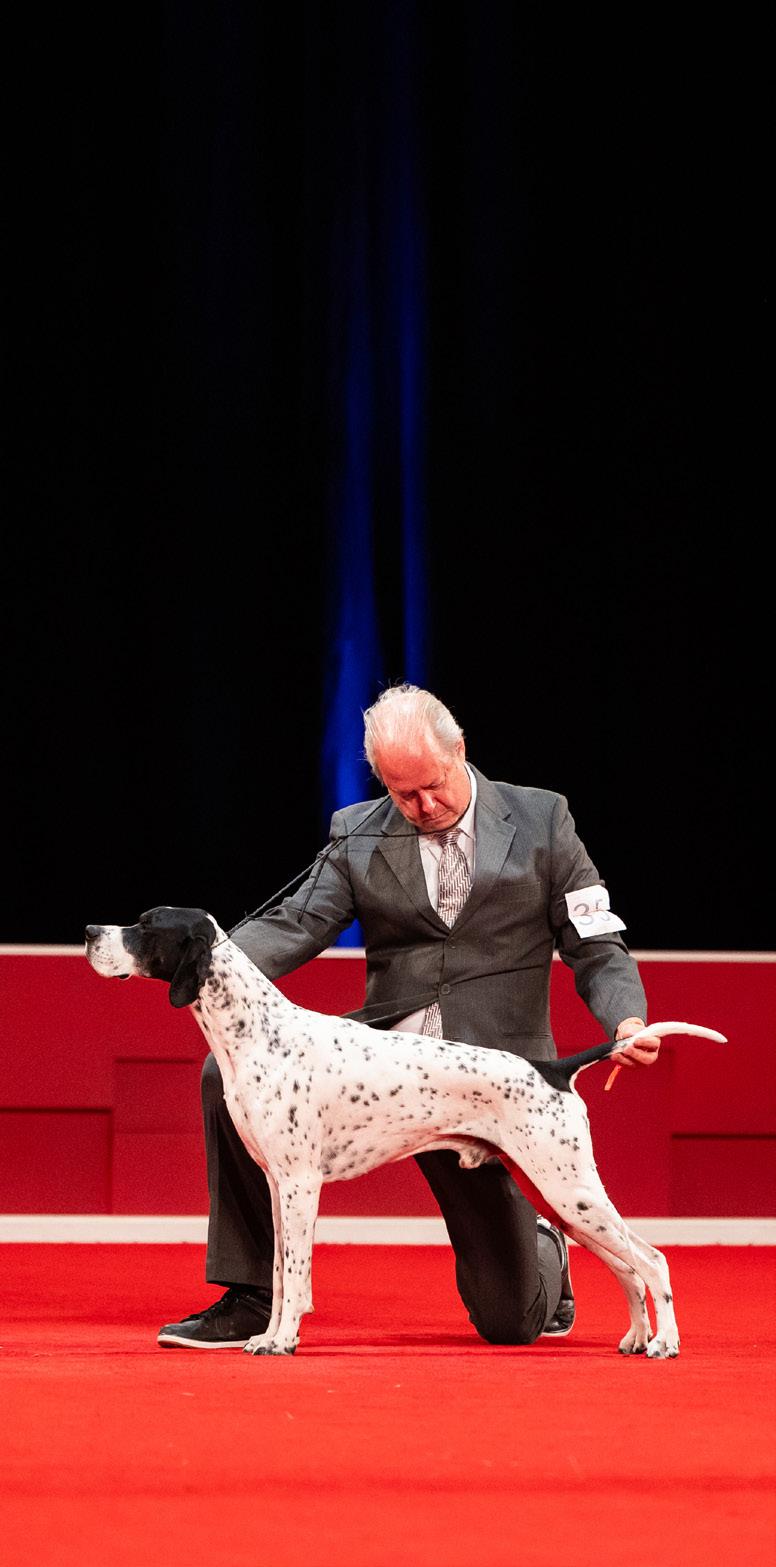
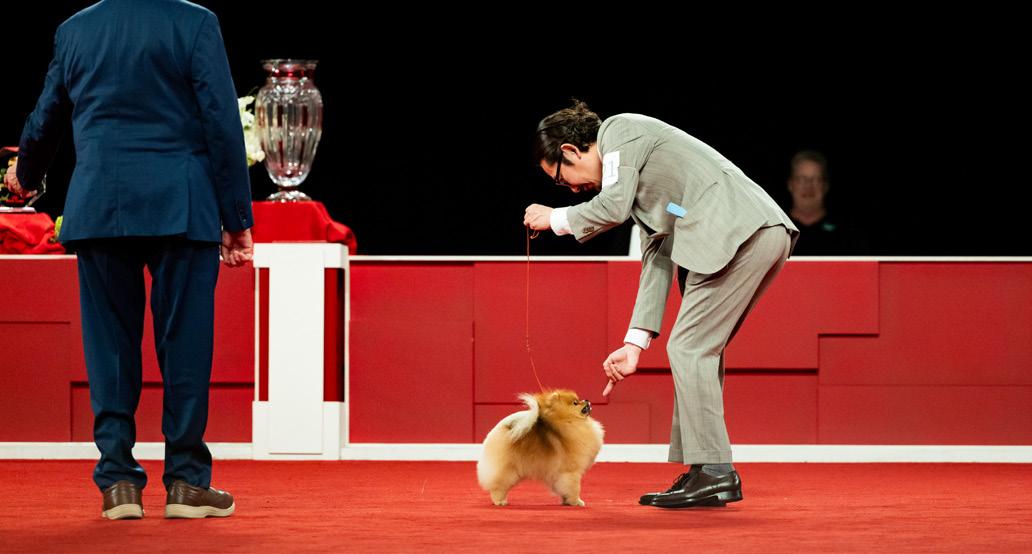
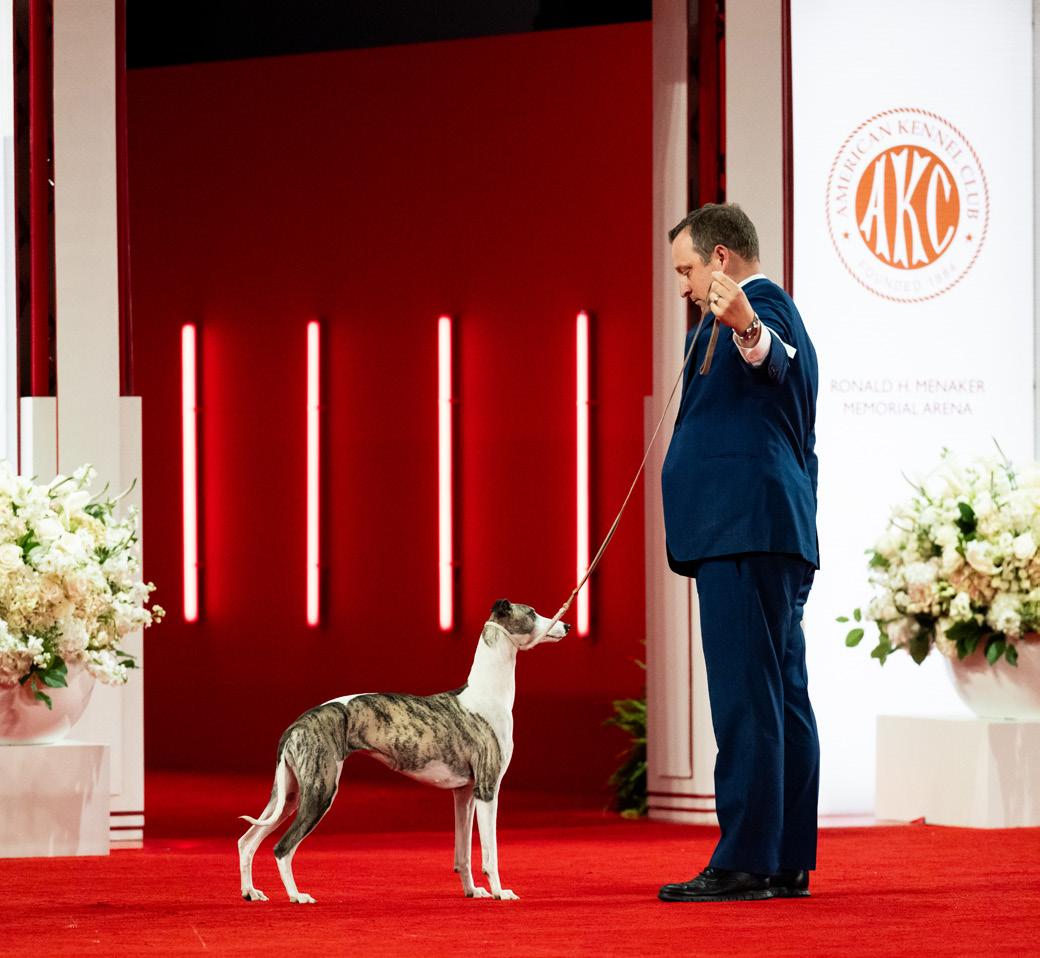
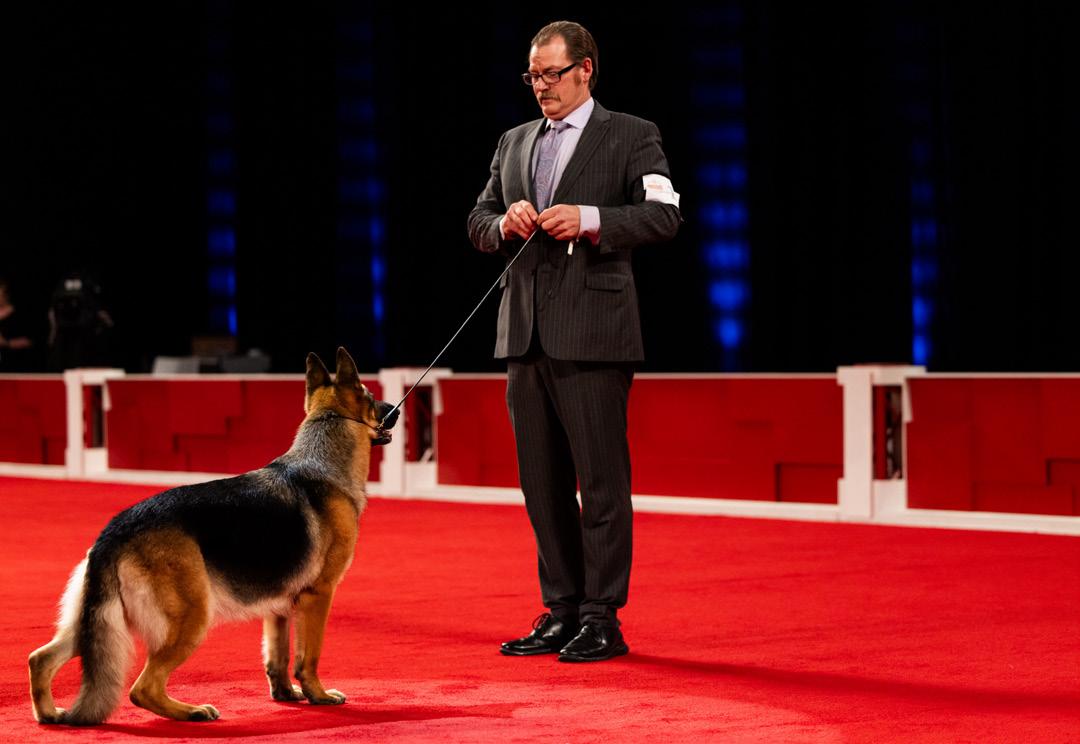

GCHG CH Hearthmore’s Wintergreen Mountain RI CGC TKN FITB · Giant Schnauzer
1st
Breeders: Ms. Cherlann Ambrose · Owners: Sandra Nordstrom & K Bernardin & C Ambrose · Agent: Katie Bernadine 2nd
GCHP CH Eb The Relentless Pursuit Of Perfection · Great Dane
Breeders: Mr. Elyades Betancourt/Rosario Pineiro/Elena L. Bustillo · Owners: Pedro & E Bustillo & Elyades Betancourt & Rosa
GCHG CH Emek Hayarden Cudar · Kuvasz
3rd
Breeders: Michael Altit/Monica Altit · Owners: Caroline & Brian & Mary Clegg 4th
GCHS CH Straw Hat Here To Love · Standard Schnauzer
Breeders: Leslie Shriner · Owners: Christopher White and Leslie Shriner
GCHB CH Studio Be Curious Jp Justice Hero · Welsh Terrier
1st
Breeders: Yuko Iguchi · Owners: Jill See & Yuko Iguchi & Gabriel & Ivonne Rangel 2
GCHG CH Maystar’s Shonleh Michan Ruddy Duck · Norwich Terrier
Breeders: Dr. Frank James Bossong/Sharon Curry/Sandy Hamilton Owners: L Marshall & Dr F J Bossong & S Hamilton · Agent: Amy Rutherford 3rd
GCHG CH Longvue Dare To Dream · Airedale Terrier
Breeders: Mrs. April Clyde/Mr. Todd Clyde · Owners: April & Todd Clyde · Agent: Ernesto Lara
GCHG CH Keepsake’s Fashion Icon · Soft Coated Wheaten Terrier
4th
Breeders: Shari Robinson/Sydney Robinson/Priscilla Tims · Owners: Shari Robinson Sydney Robinson
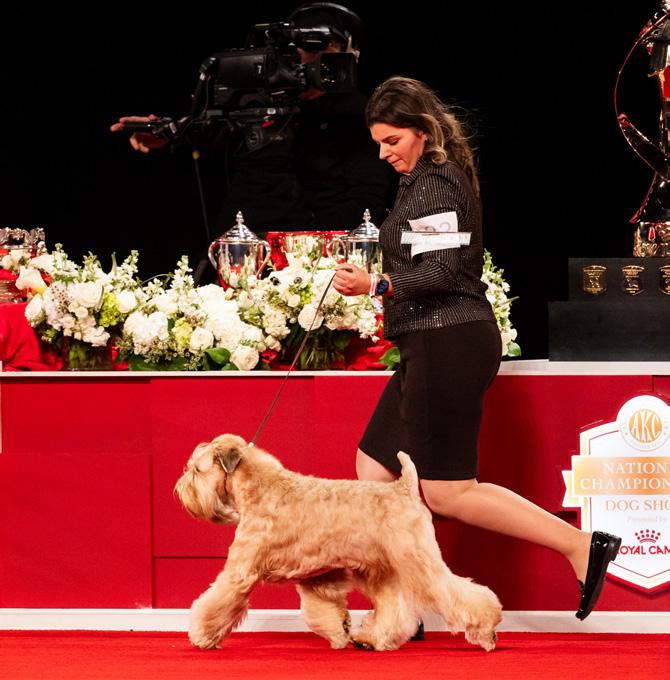

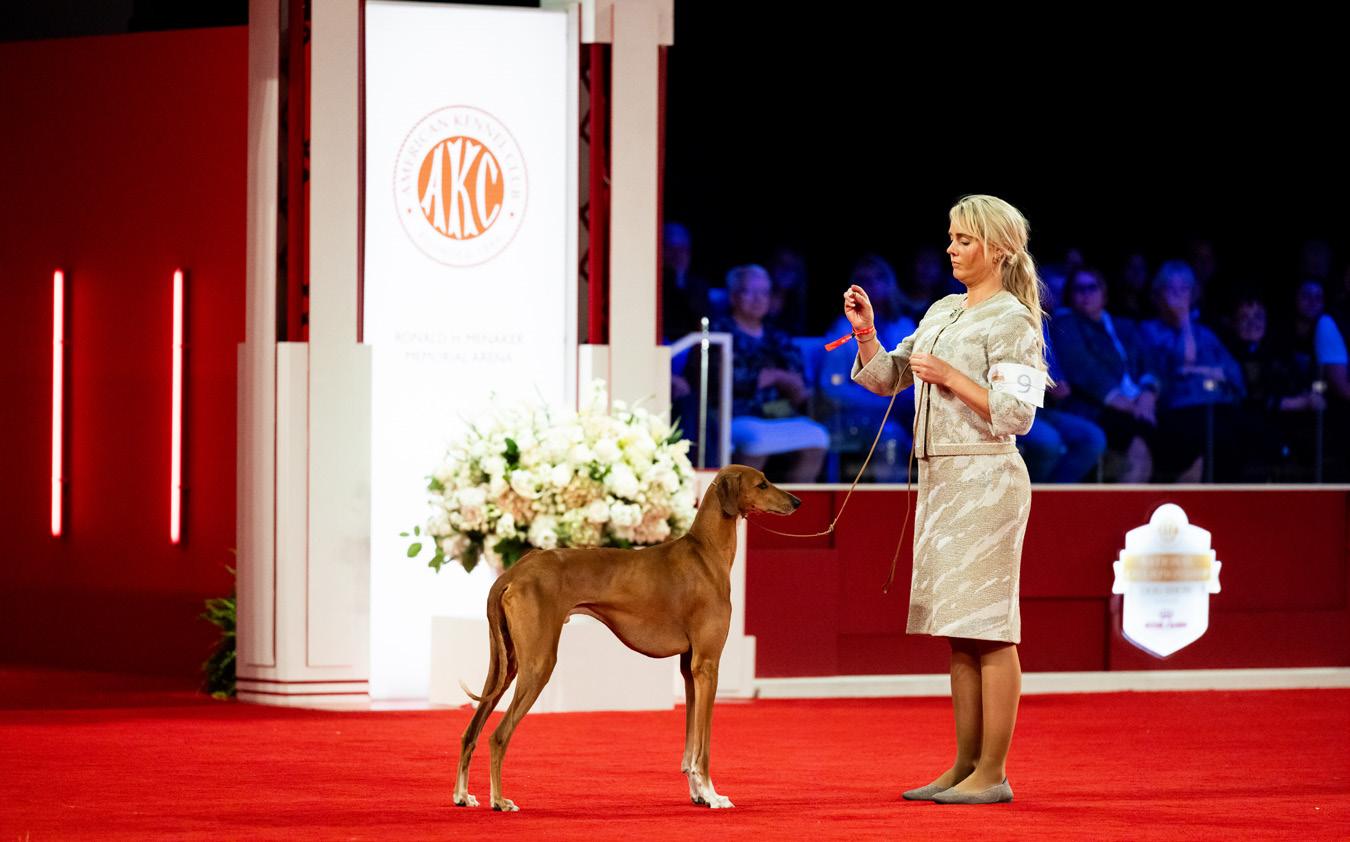


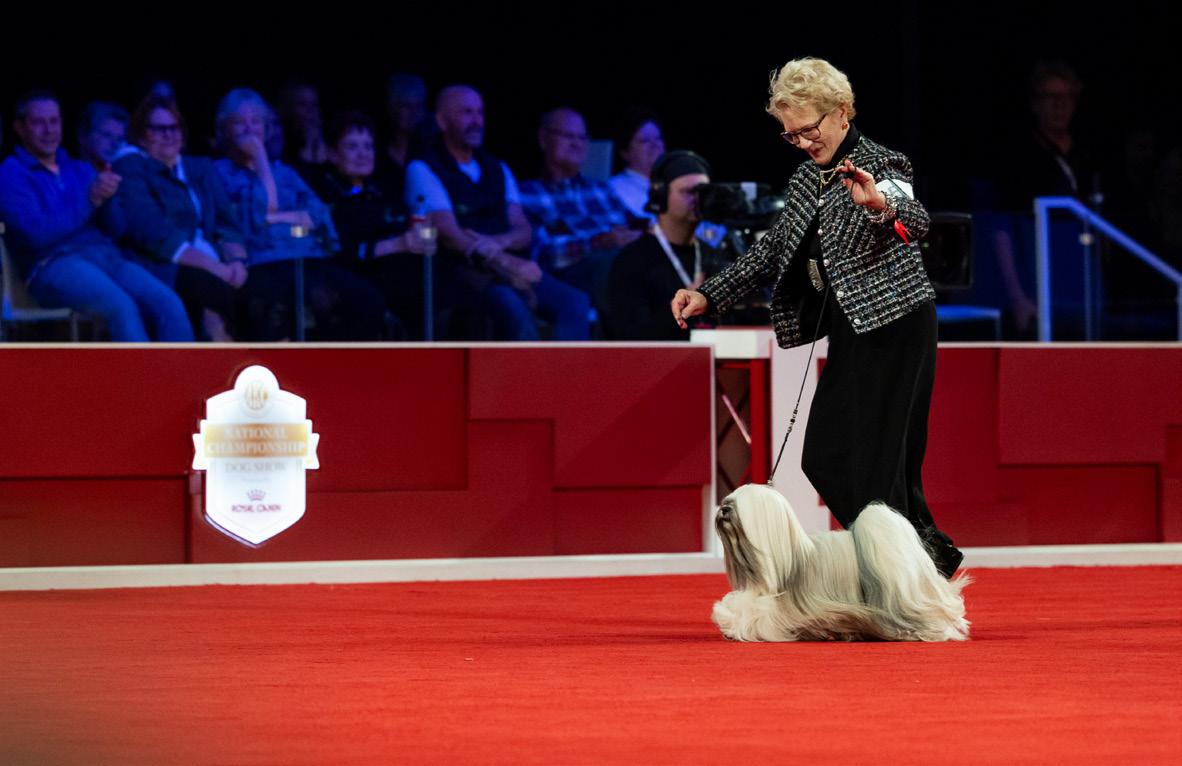
1st
2nd
CH Rexroth Kimro Valentina · Miniature Pinscher
Breeders: Mrs. Lesley Rita Walter/Stefan R Walter/Kimberly Calvacca
Owners: Steve Lesley Walters Kimberly Calvacca Robin Green · Agent: Heather Queener
GCHP CH Wynmark’s Les Bijoux’s Rock’N Rolz At Reverie · Havanese
Breeders: Michelle Coombs/Fredith Holt · Owners: F Holt & M Coombs & B&C Hewlett & B White
3rd CH Huntwood’s Roxanne Don’T Put On The Red Light · Brussels Griffon
Breeders: Susan Kipp Depew/Jeff Crouse · Owners: Susan a DePew 4th Sun Poms Love Cory · Pomeranian
Owners: Roderich Anthony Chang
GCHS CH Top Speed Neal · Bichon Frise
st
Breeders: Cuibin Xie · Owners: Ellen Charles & Fan Yang & Nancy Brown · Agent: Lisa Bettis 2nd GCHG CH Master Rock Calaco (Alonso Tojo) · Xoloitzcuintli
Breeders: Silvia Tojo/Miguel Alonso · Owners: Silvia Tojo & Miguel Alonso 3rd GCHB CH Delamer Summer Sand Elle · chipperke
Breeders: Krista J Nuovo-Roe · Owners: Krista J Nuovo-Roe 4th GCHG CH Ta Sen Westgate Jingle Juice · Lhasa Apso
Breeders: Susan S Giles/Cindy Sehnert/Ellen Lonigro · Owners: Susan S Giles Cindy Sehnert Muriel Wolverton
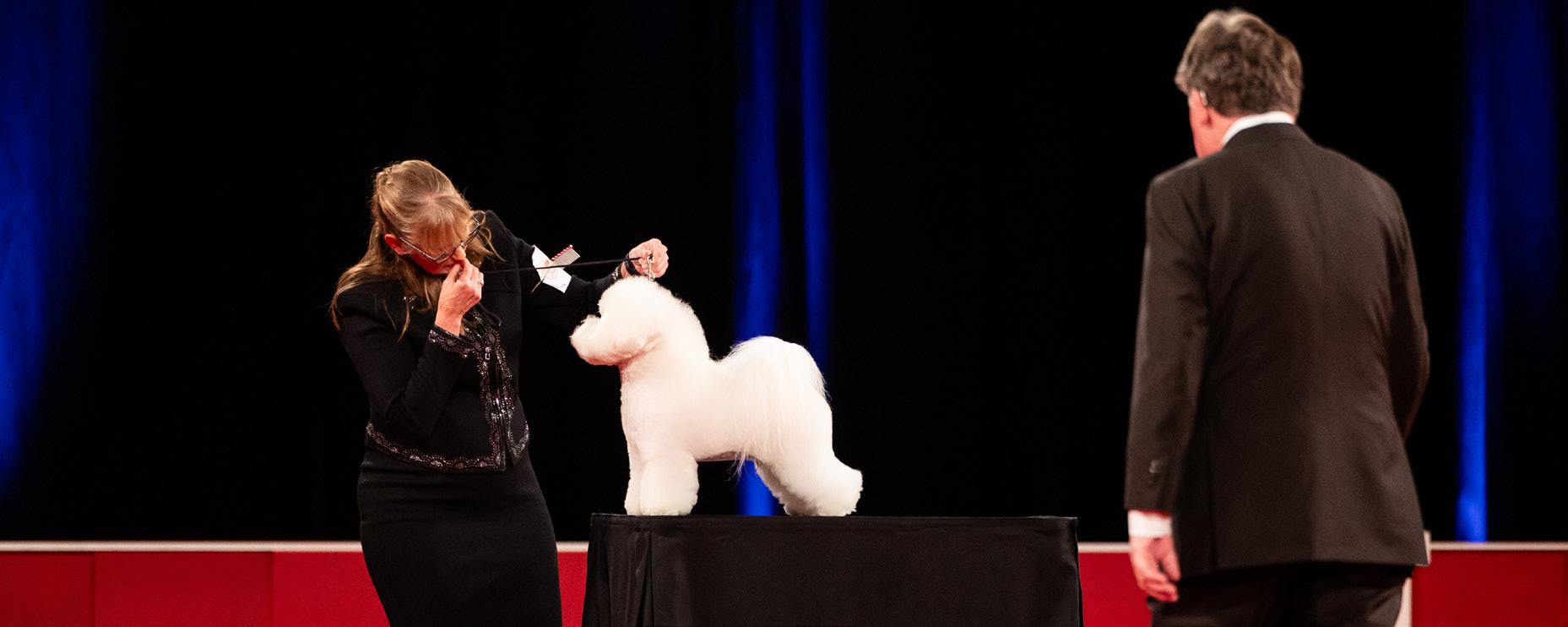

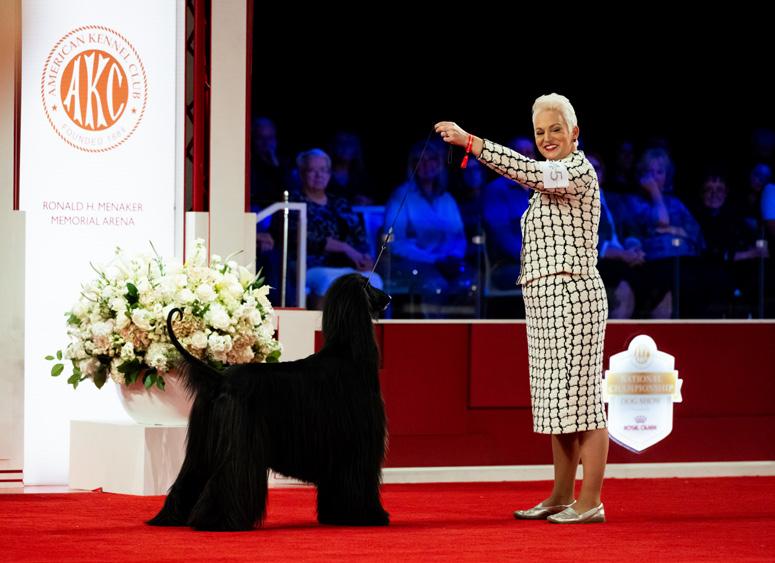


1st
2nd
3rd
4th
GCHP CH Kaleef’s Mercedes · German Shepherd Dog
Breeders: Sheree Moses Combs/Lauren Arbaugh/Madeline Llewellyn/Jeanne Hamilton Owner(s): Cynthian Wilhelmy & Sheree Moses · Agent: Kent Boyles
GCHG CH Eclipse Ace In The Hole · Berger Picard
Breeder(s): Donna Beadle/Michael Beadle · Owner(s): Chris Ruppenthal & Grace Thomas & Gay Glazebrook
GCHP CH Alta Oceans Symphony Of The Seas · Miniature American Shepherd
Breeders: Valerie Nilsson · Owners: Valerie Nilsson · Agent: Kara Janiszak
GCH CH Bugaboo’s Give Me Smore’ · Old English Sheepdog
Breeders: Mr. Milan Lint/Heather Johnson/Mr. Douglas W. Johnson/Michaelanne Johnson/Colton W Johnson/Cameron Johnson Owners: Colton & Heather & Michaelanne & Douglas Johnson · Agent: Colton Johnson
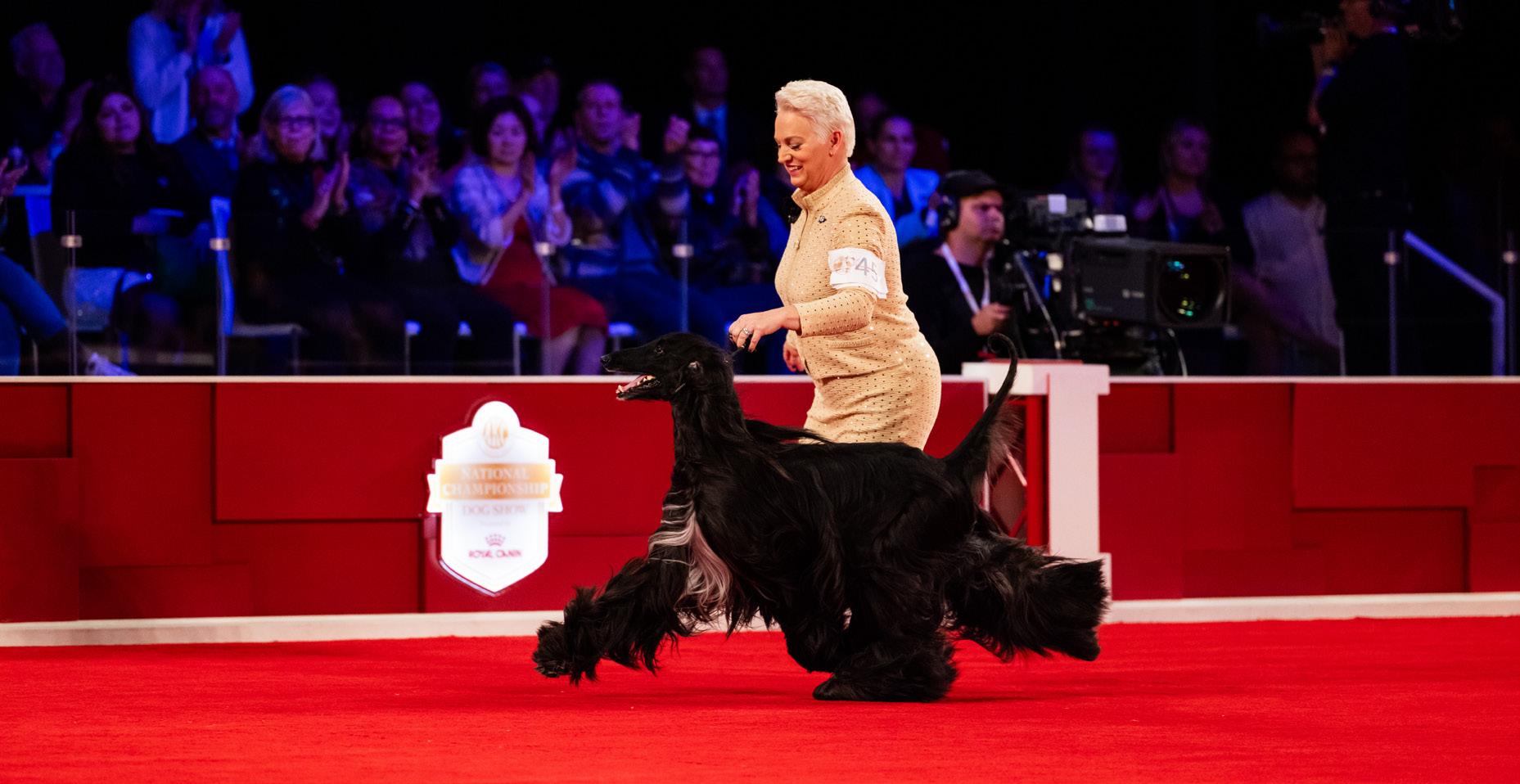
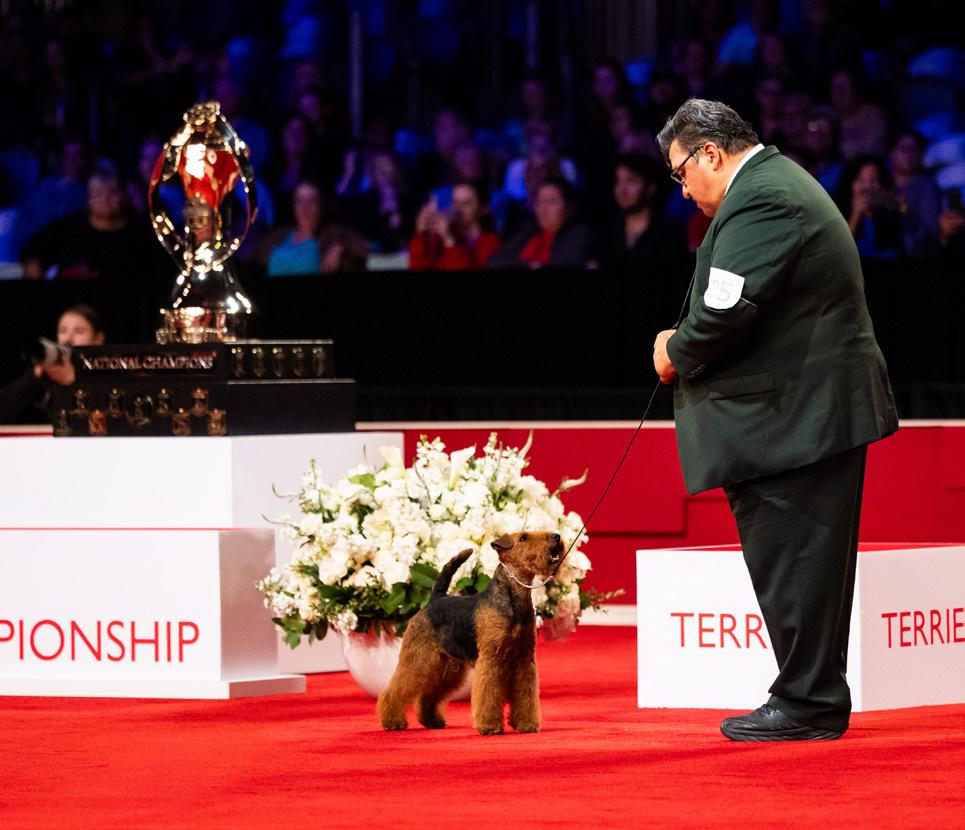
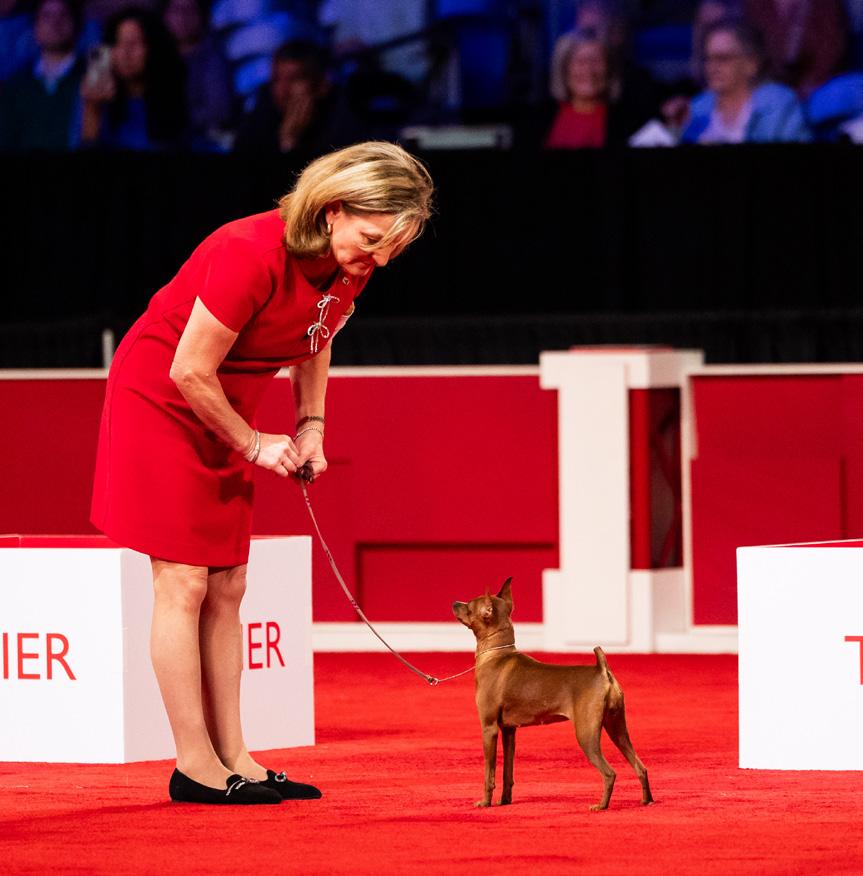


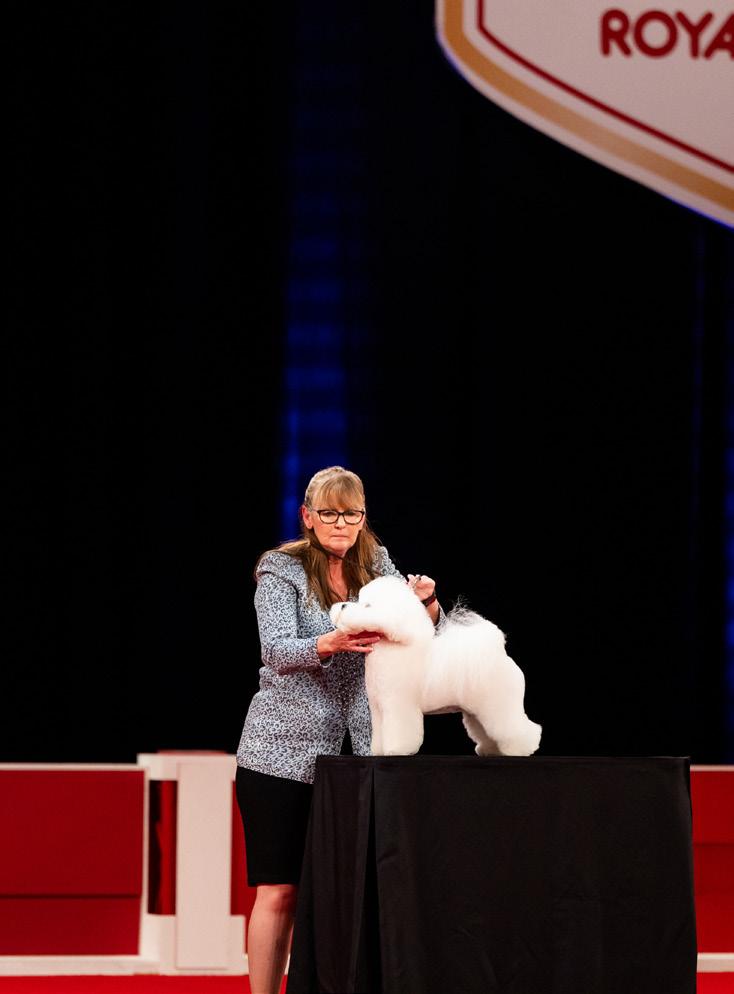
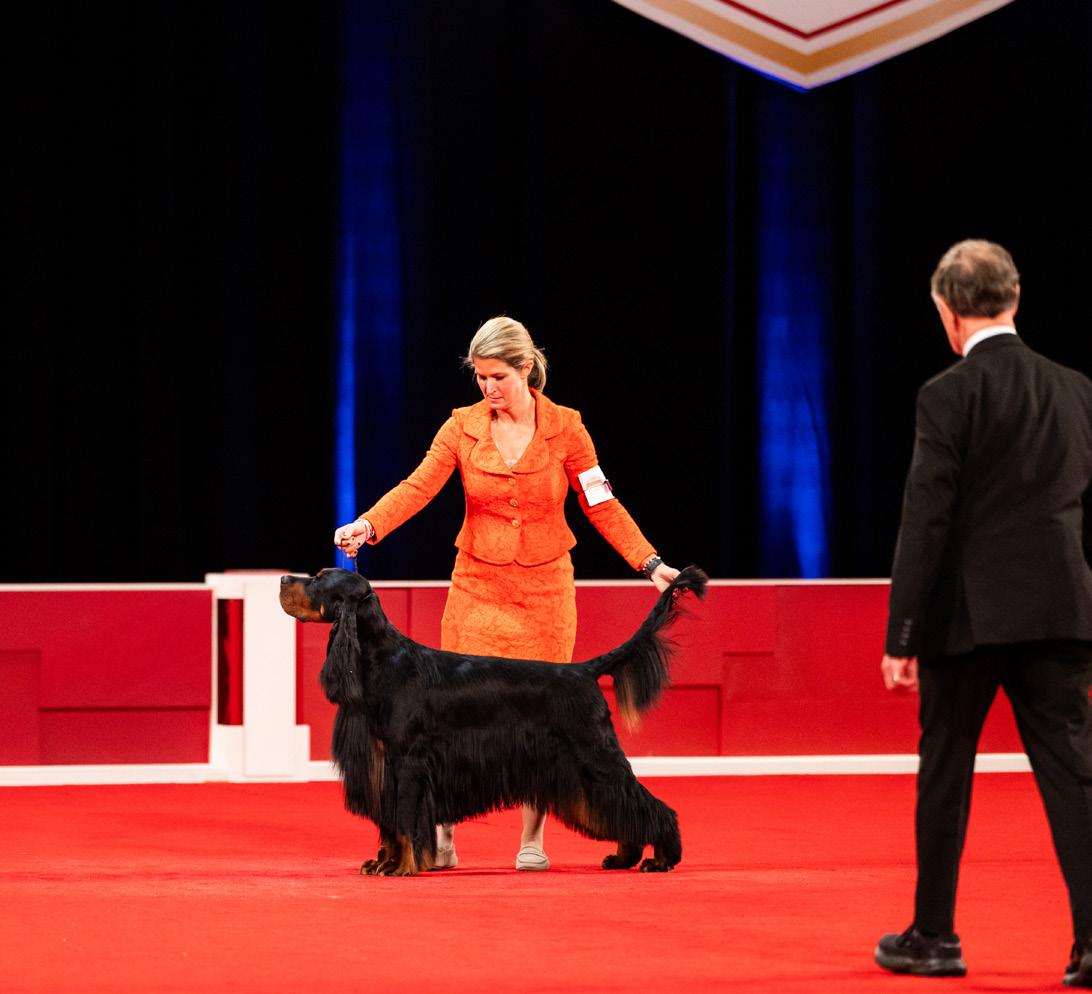


GCHG CH Hearthmore’s Wintergreen Mountain RI CGC TKN FITB Giant Schnauzer
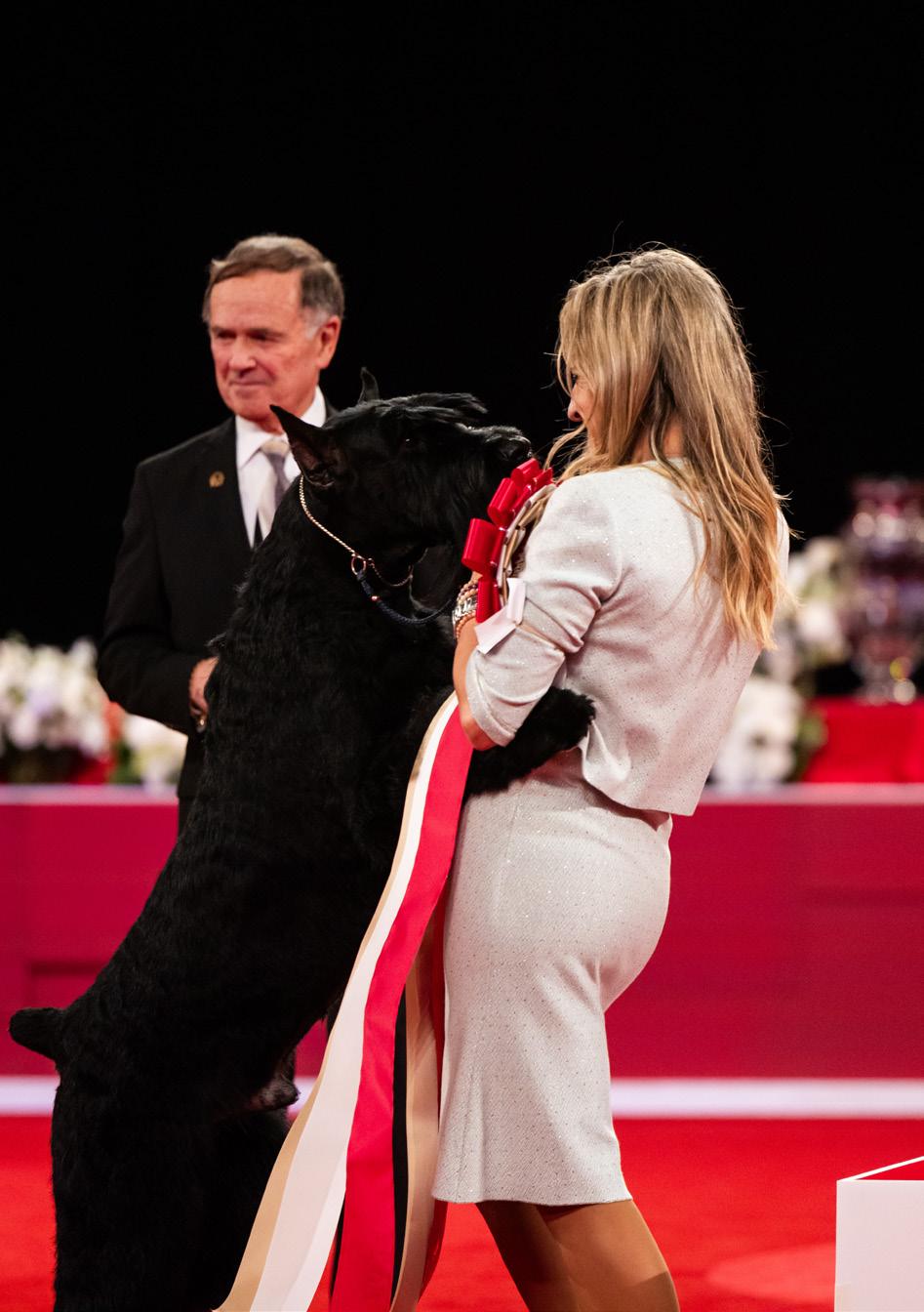
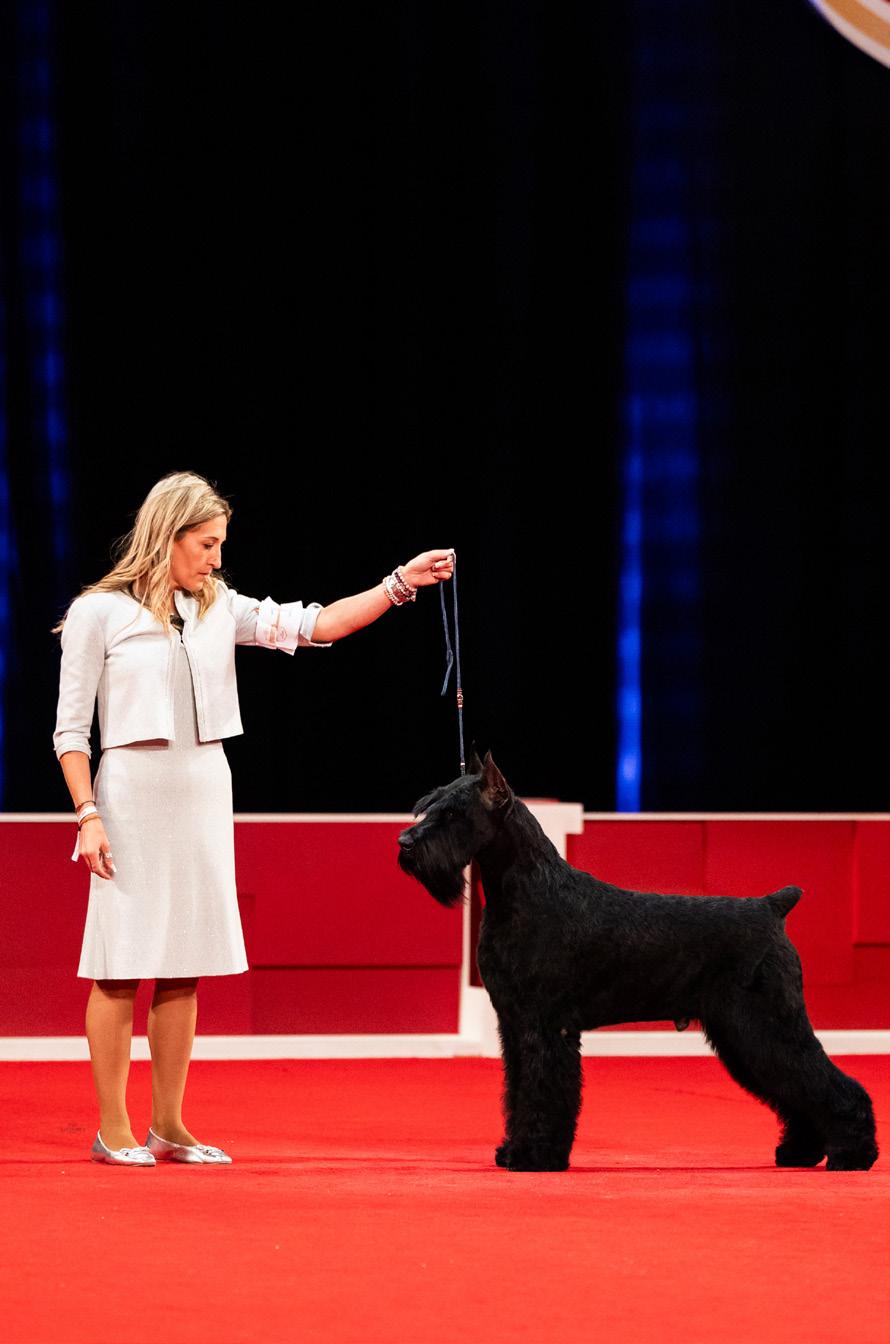

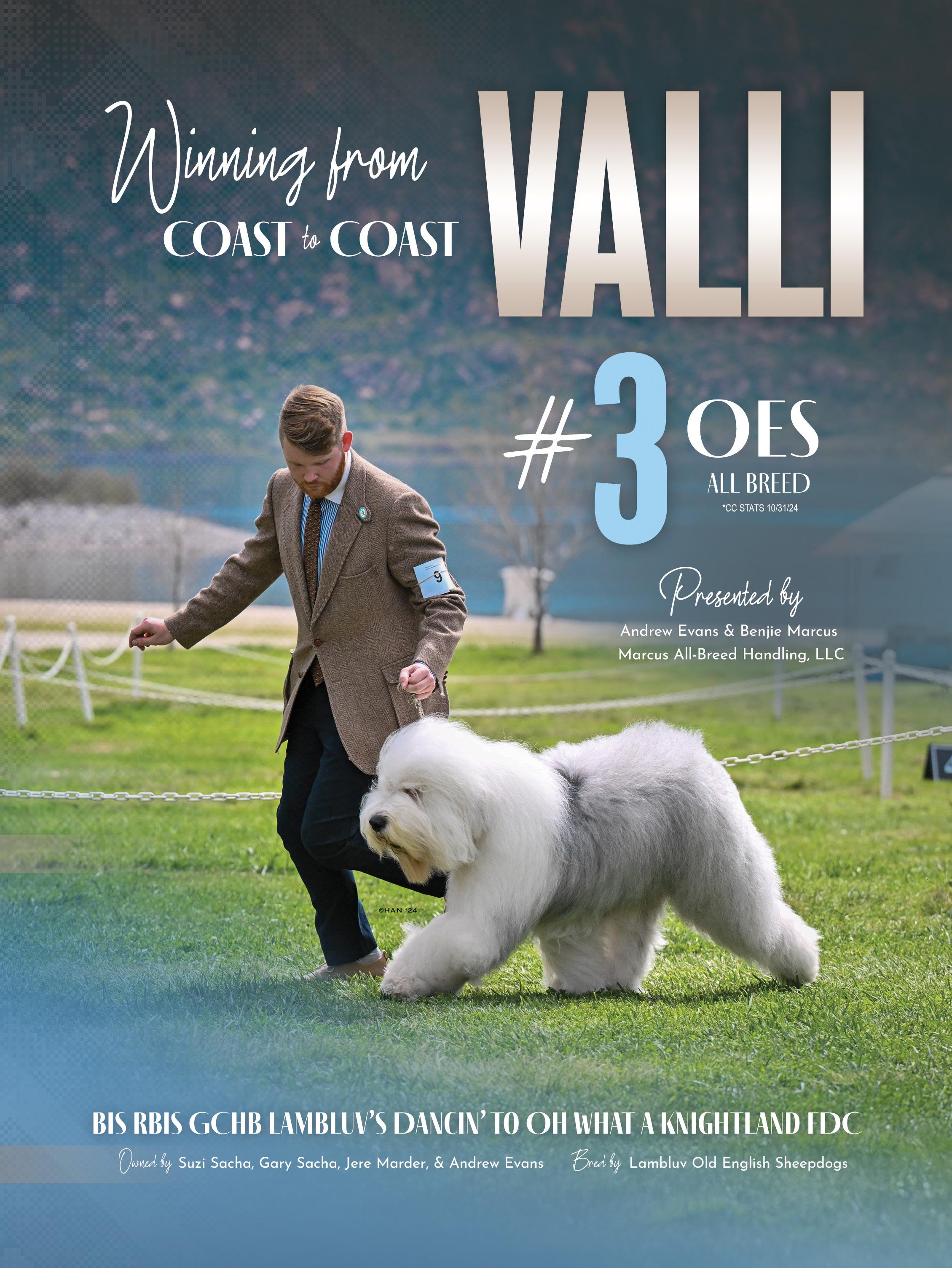

Kaitlyn Price
What better way to kick off your year than by attending one of the most spectacular shows of the dog world? The Palm Springs Kennel Club’s New Year Classic 2025 was an event to remember, offering four days of excitement, fierce competition, and a celebration of the best dogs in the country. Held from January 2nd to 5th, this prestigious event set the stage for what promises to be an unforgettable year in the world of dog shows. The show took place at the stunning Empire Polo Grounds in Indio, California—a location that is as iconic as it is beautiful. With temperatures hovering over 70°F during the day, the weather was absolutely perfect for both competitors and spectators. The backdrop of lush grounds and desert skies made the experience even more special.
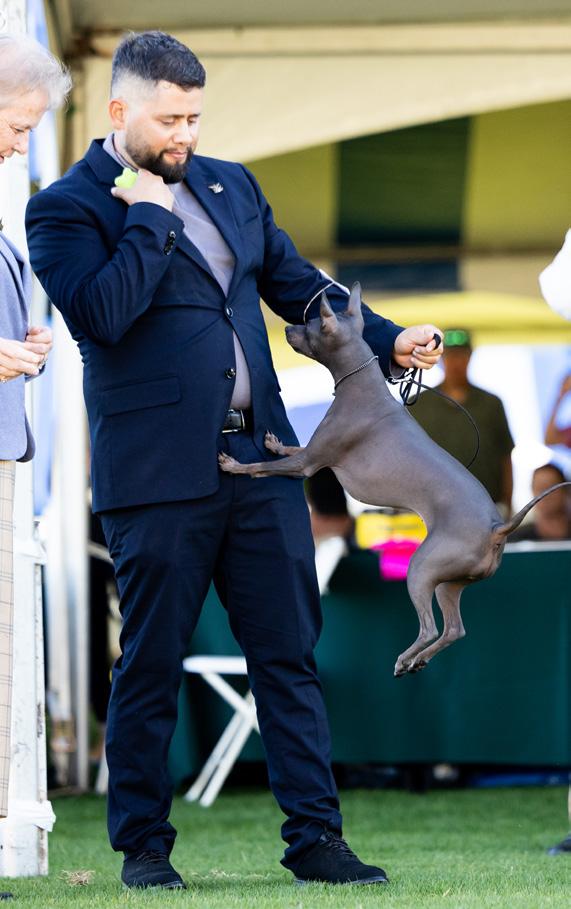

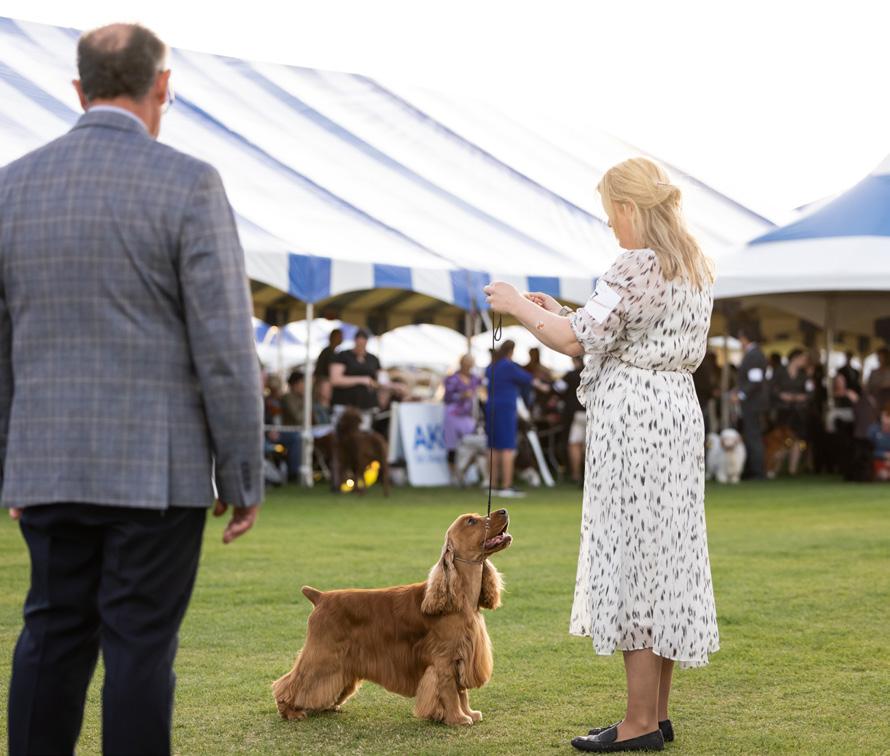

The Kennel Club of Palm Springs (KCPS) was founded in 1978 by a dedicated group of dog enthusiasts: Robert and Lois Waters, Margaret and Fred Young, and Major and Beatrice Godsol. Their mission was clear: to educate both members and the general public about the world of purebred dogs, to host purebred dog activities, and to foster a spirit of sportsmanship and friendly competition within the dog show community.
The club’s journey began with its first American Kennel Club (AKC)-licensed show held at the Palm Springs Pavilion on January 8, 1984, attracting 2,183 entries. The event was presided over by Robert Waters as the Best in Show judge, with Jim Hohe serving as Show Chairman and Lilian Barber as Assistant Show Chair. These early shows set the foundation for what would grow into one of the most anticipated events on the dog show calendar. The club’s first back-toback shows were held in January 1994, further cementing its place in the dog show world.
Today, the Kennel Club of Palm Springs Dog Shows, also known as the New Year Classic, continues to be a highlight of the dog show season, taking place every year during the first weekend in January. The four-day event features a range of conformation shows and includes exciting Obedience and Rally competitions throughout the weekend. Set in the stunning 40-acre venue of the Empire Polo Fields in Indio, California, the show is not just a competition but a celebration of the purebred dog community.
In addition to the thrilling events, the show also boasts a wide variety of vendors, offering everything from dogrelated products to unique finds, making it a complete experience for all attendees. The Kennel Club of Palm Springs has truly become a tradition, drawing dog lovers from across the country to start the year with one of the best shows in the industry.

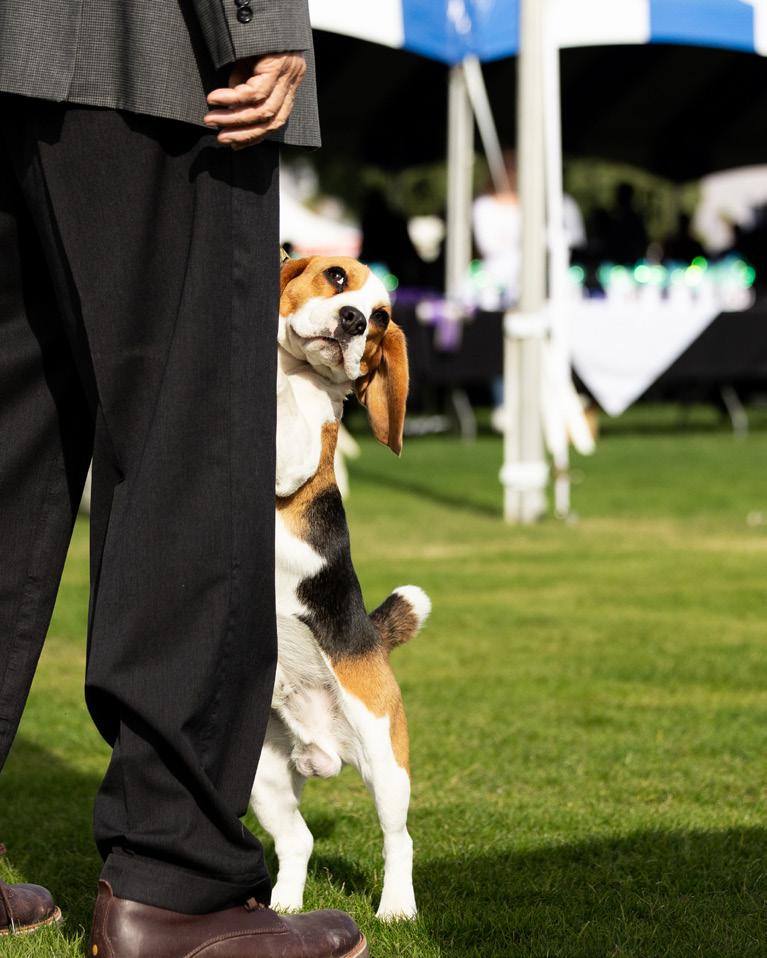
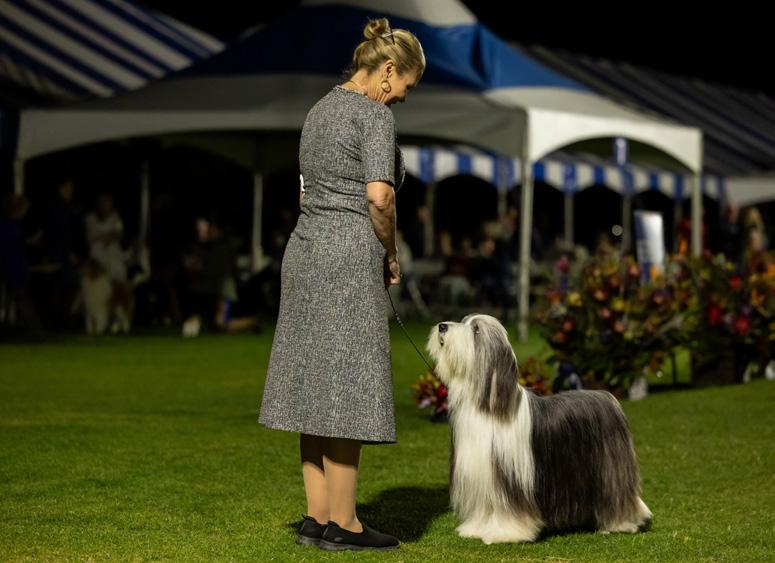
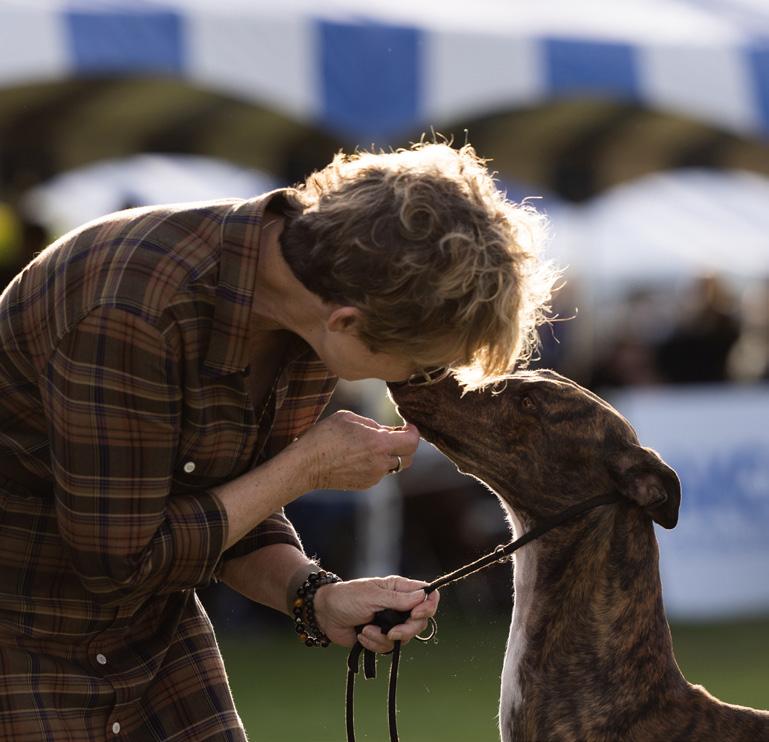
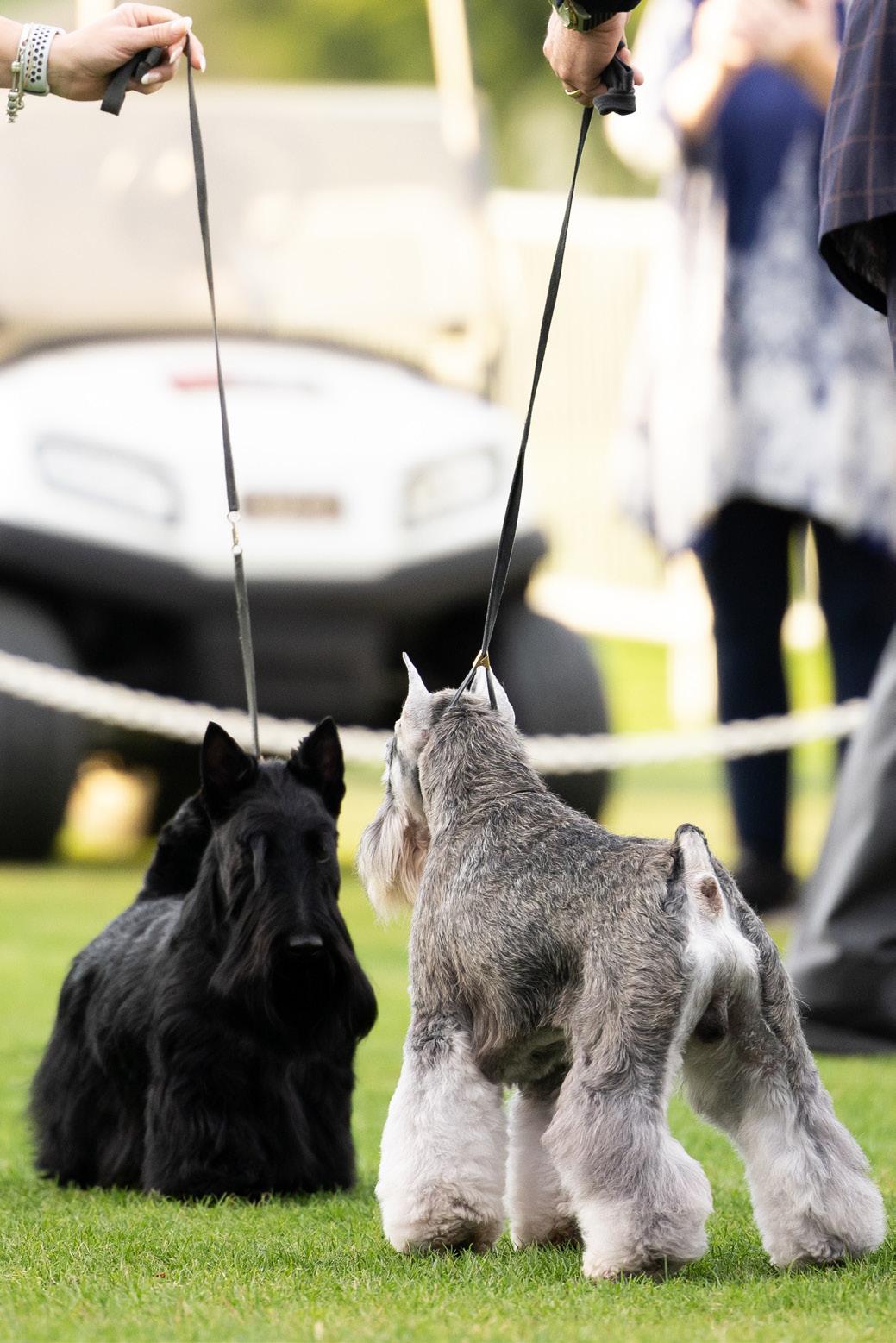

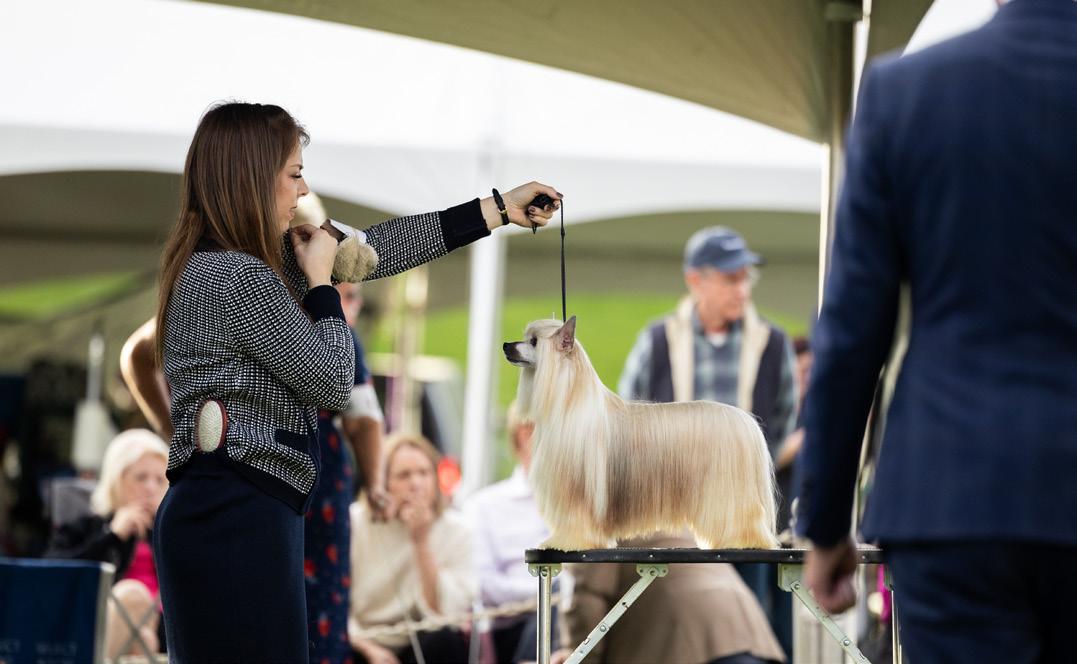

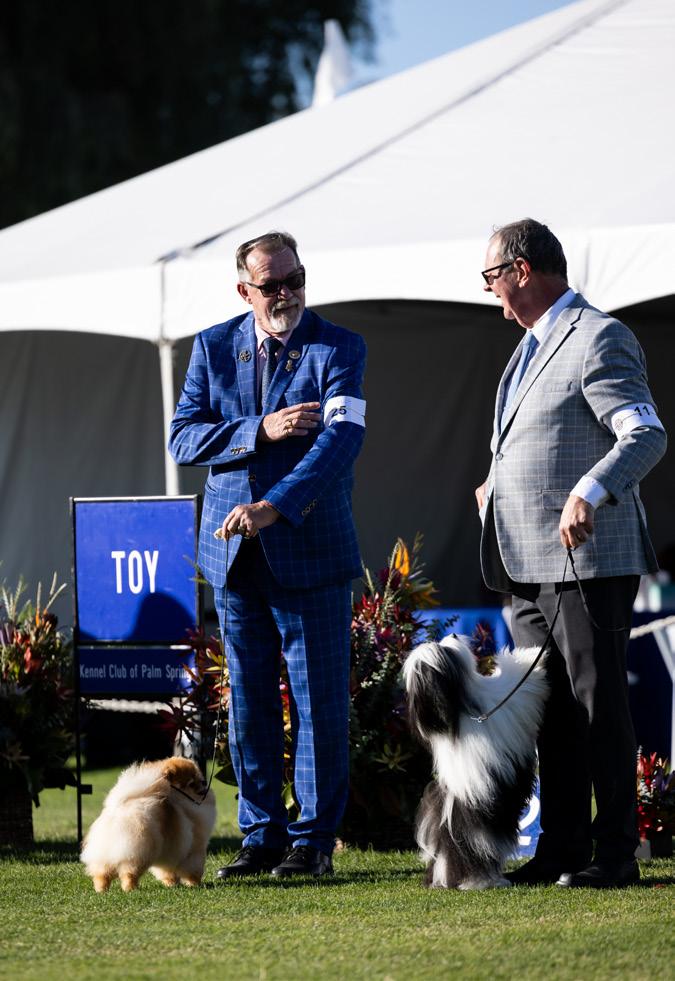

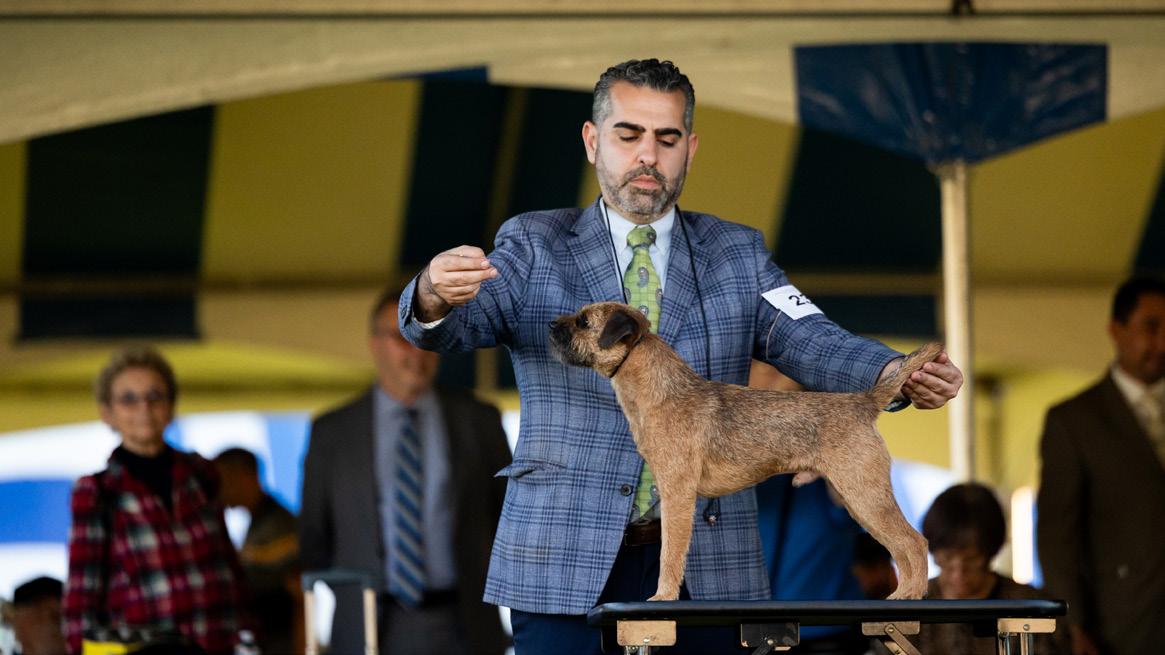
January 3rd: A Day of Variety
The action began on Thursday, January 3rd, with a full slate of shows covering a wide range of breeds. The competition was fierce, with dogs strutting their stuff in the ring for coveted points and prestige. Among the highlights:
• Dobermans, Boxers, Samoyeds, and Terriers were all showcased in a series of breed-specific events.
• The Toy Group had its own set of exciting shows, including appearances by Golden Retrievers, Labradors, and German Shorthaired Pointers.
• Breed clubs such as the English Setter Club, Bernese Mountain Dog Club, and Danish Swedish Farm Dogs America had their own events, drawing in large crowds of enthusiasts.
• Clubs representing iconic breeds such as the Belgian Tervuren, Shetland Sheepdog, and Newfoundland also hosted their own prestigious shows. Friday, January 4th: A Day of Diverse and Talented Competitors
Friday saw more thrilling action, with additional breedspecific shows that continued to draw in top-tier competitors from all over the nation. Among the standout performances were:
• The Doberman and Boxer Clubs continued their competitions, showcasing these powerful and graceful breeds.
• The Greater SD Whippet Association and Beagle Club

brought their own unique flair to the ring, while Rhodesian Ridgebacks, Australian Shepherds, and Mini American Shepherds wowed the judges and crowds alike.
•The Afghan Hound Club and Terrier Club added glamour and grace to the day, with some truly stunning dogs on display.
• Other notable clubs included the Sporting Dog Fanciers, Irish Setters, and English Springer Spaniels, whose entries were nothing short of exceptional.
The Samoyed, Bernese Mountain, and Shar Pei entries continued to impress, while the Belgian Tervuren and Danish Swedish Farm Dogs America added even more excitement to the proceedings. The Newfoundland Club rounded out the day with a display of some of the largest, most majestic dogs on the planet.




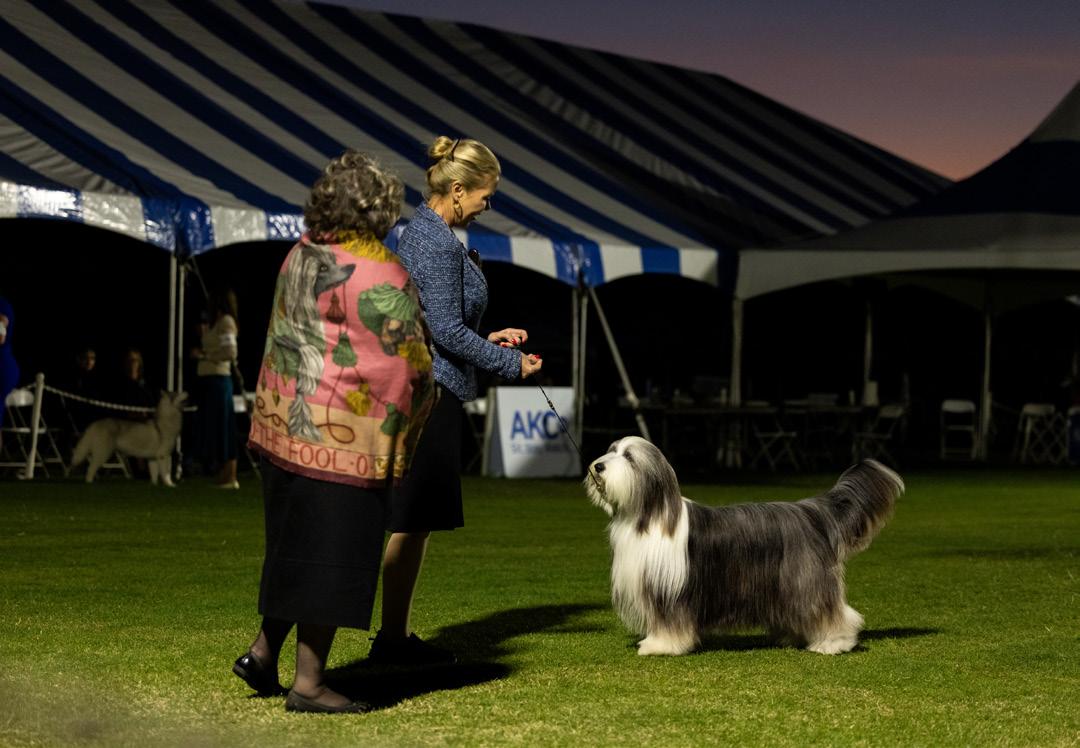
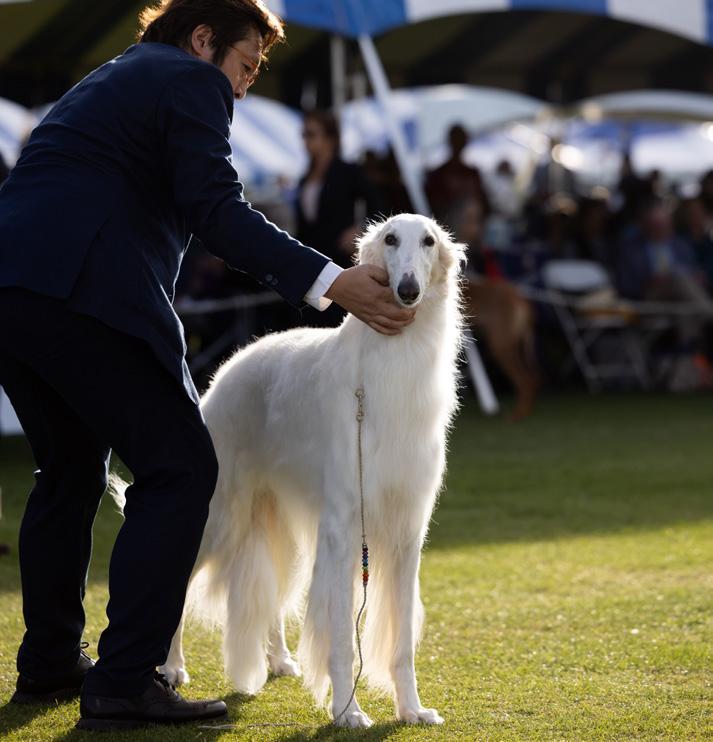


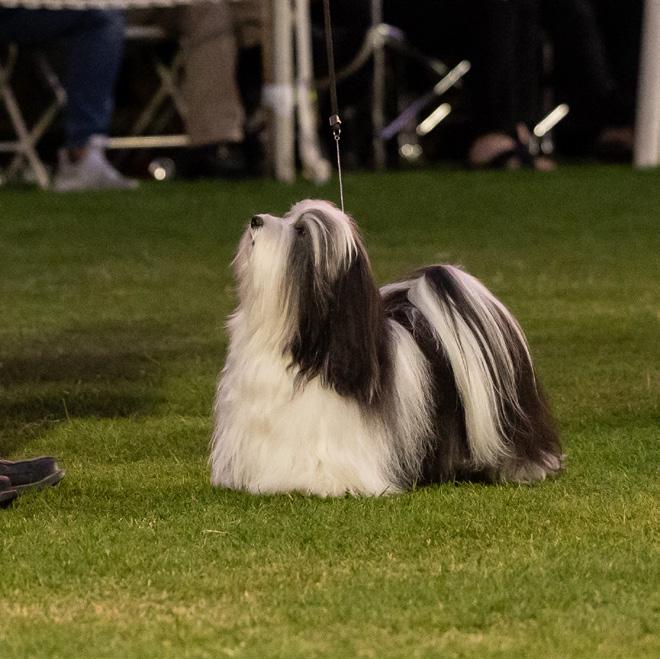
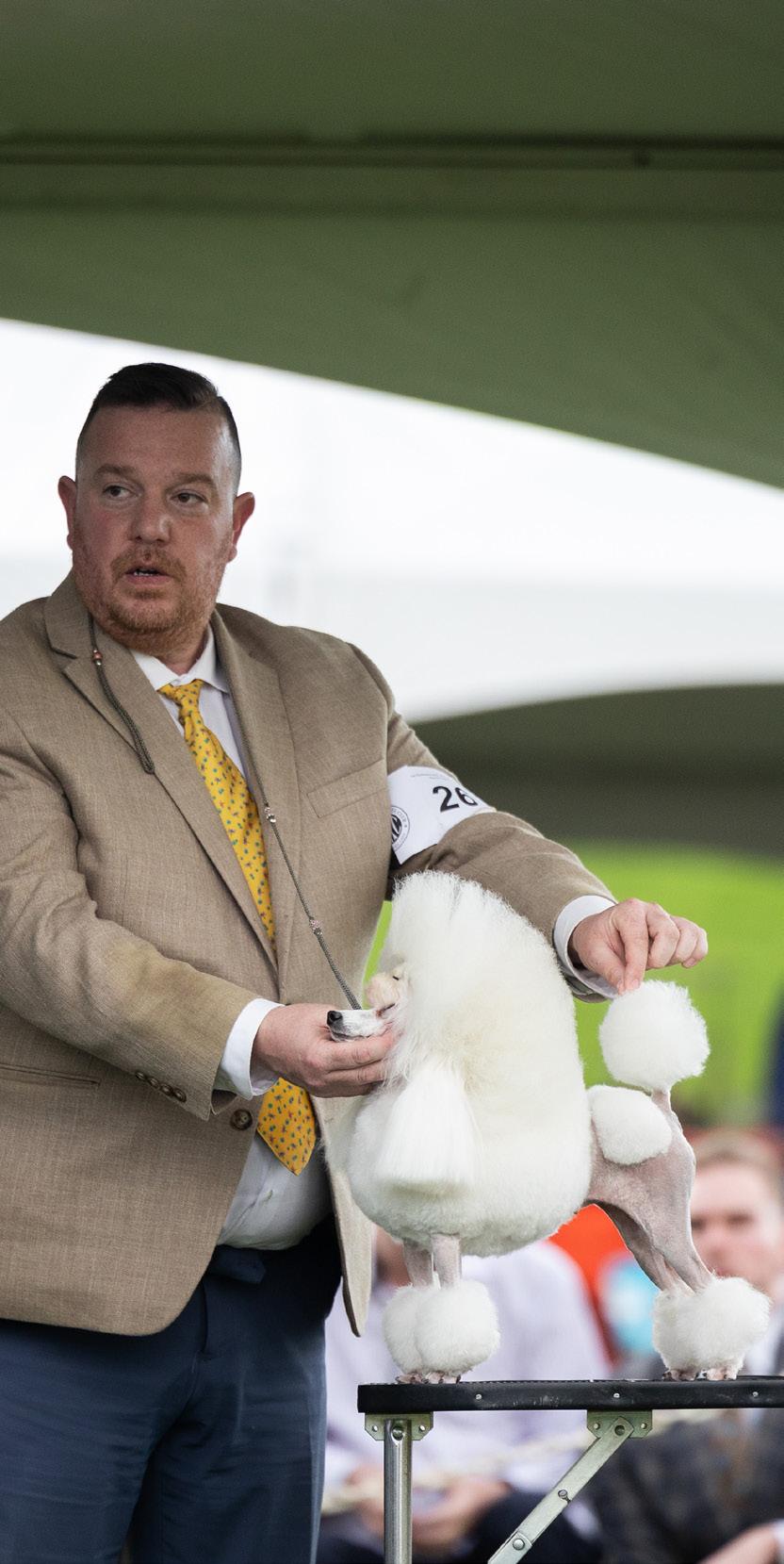
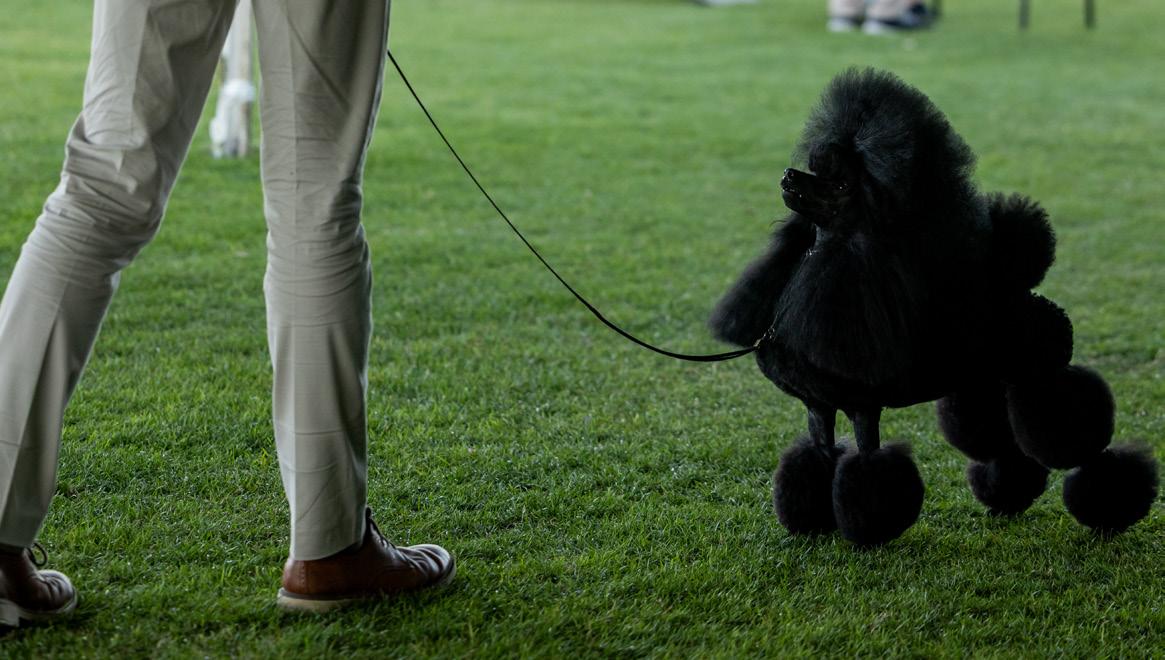

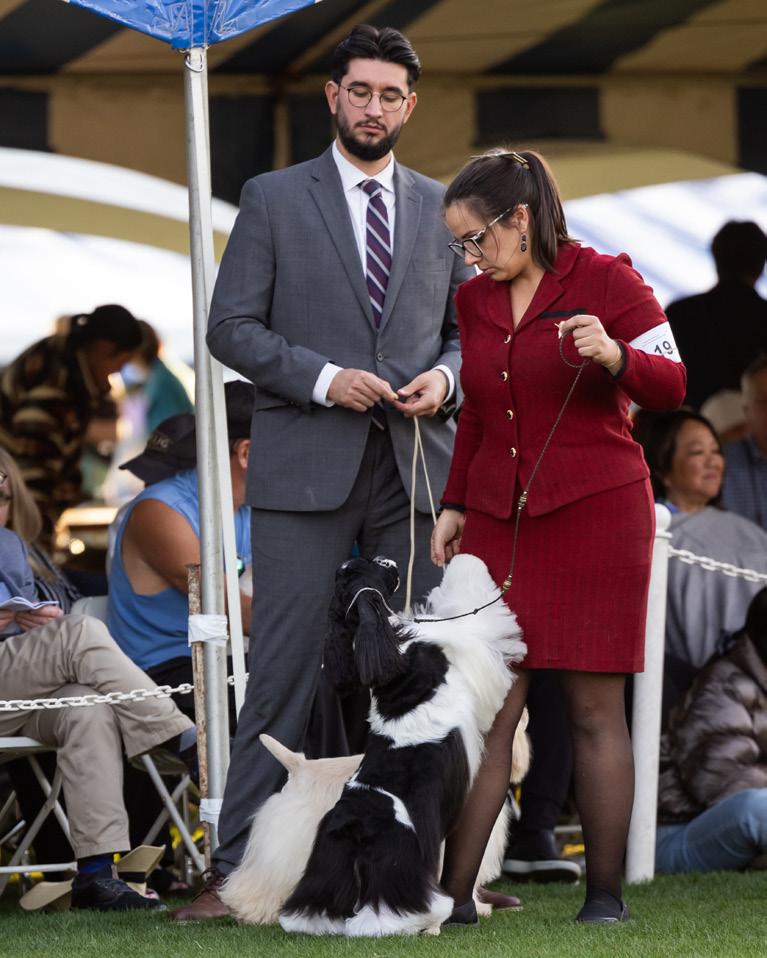



Saturday and Sunday: The Big Show
Saturday and Sunday were the grand finale, with two AllBreed Shows featuring over 2,500 entries across 36 rings. These shows were the heart of the event, where the best of the best competed for top honors. With numerous vendors, big grooming tents, and lots of interactive activities, it was an experience for the entire family. Spectators had plenty to see and do, with a full slate of activities including:
• Temperament Tests and Rally Obedience events.
• Trick Dog performances that showcased the incredible intelligence and skill of the competitors. Itwasanexcitingandnon-stopfewdaysfordoglovers,with every breed represented and every ring packed with talent.
In Memory of Bo Bengtson
Friday night, after the Whippet Show, attendees gathered for a very special event—a tribute in memory of the legendary Bo Bengtson. As one of the most revered figures in the world of dog shows, Bo’s legacy was honored by those whose lives he touched. The evening was a heartfelt reminder of the deep connections and shared passion within the dog show community.
The Palm Springs Kennel Club’s New Year Classic continues to grow, and plans are already in the works for an even bigger and better show in 2026. One of the most exciting developments is the introduction of three All-Breed Dog Shows in the upcoming year, offering even more opportunities for dogs and handlers to showcase their talents.
The Palm Springs Kennel Club is undoubtedly one of the premier dog shows of the season, and this year’s event lived up to its reputation. Whether you were competing, attending, or just enjoying the spectacle, it was the perfect way to start the year. We can’t wait to see what next year brings!



WINNERS · Saturday, January 4th
SPORTING GROUP
GCHB Verdoro’s The Border Is Closed · Golden Retriever
Handler: Tara Schultz. Owner: C Meddaugh, A Greenbank and B & T Schultz. Breeder: M Faulkner & A Greenbank
HOUND GROUP
GCHP2 Sunlit’s King Of Queens · Afghan Hound
Handler: A. Morrison Jones. Owner: A. Morrison Jones & J Souza-Bartlett. Breeder: T Richardson, P Winkelmeier & N Feldman
WORKING GROUP
GCHG Odysea It’s Always Sonny At Surfari · Portuguese Water Dog
Handler: Kimberly Calvacca. Owner: Dr W & T Truesdale & L & C McCallum. Breeder: M Thomas
TERRIER GROUP
GCHB Studio Be Curious Jp Justice Hero · Welsh Terrier
Handler: Gabriel Rangel. Owner: J See, Y Iguchi & G & I Rangel. Breeder: Y Iguchi
TOY GROUP
GCHP Wynmark’s Les Bijouxs Rock’N’Rolz At Reverie · Havanese
Handler: David Murray. Owner: F Holt, M Coombs, B & C Hewlett & B White. Breeder: M Coombs & F Holt
NON-SPORTING GROUP
GCHB Jen’N Di’s Slow Burn · Keeshond
Handler: Jean Gauchat. Owner: J & R McClure, T Craig & D Wright. Breeder: J McClure
HERDING GROUP
GCHS Scott’s Georgia On My Mind · Bearded Collie
Handler: Susie Olivera. Owner: C & T Wathen & J & S Olivera. Breeder: C & T Wathen & J & S Olivera
GCHP2 Sunlit’s King Of Queens Afghan Hound
Handler: Alicia Morrison Jones
Owner: A Morrison Jones & J Souza-Bartlett
Breeder: T Richardson, P Winkelmeier & N Feldman
GCHG Odysea It’s Always Sonny At Surfari Portuguese Water Dog
Handler: Kimberly Calvacca
Owner: Dr W & T Truesdale & L & C McCallum
Breeder: M Thomas
WINNERS · Sunday, January 5th
SPORTING GROUP
GCHG Next Generation’s Accelerate · Chesapeake Bay Retriever
Handler: Devon Kipp-Levy. Owner: M Schumann, A Levy & D Bleifer DVM, K Scribner & T Gerardi-Miller. Breeder: A Levy
HOUND GROUP
GCHP2 Sunlit’s King Of Queens · Afghan Hound
Handler: A. Morrison Jones. Owner: A. Morrison Jones & J Souza-Bartlett. Breeder: T Richardson, P Winkelmeier & N Feldman
WORKING GROUP
GCHG Topaz Wildfire For Umunhum THDN · Siberian Husky
Handler: Lauren House. Owner: R McQueen & M Rusher. Breeder: C French
TERRIER GROUP
GCHB Studio Be Curious Jp Justice Hero · Welsh Terrier
Handler: Gabriel Rangel. Owner: J See, Y Iguchi & G & I Rangel. Breeder: Y Iguchi
TOY GROUP
GCHP Wynmark’s Les Bijouxs Rock’N’Rolz At Reverie · Havanese
Handler: David Murray. Owner: F Holt, M Coombs, B & C Hewlett & B White. Breeder: M Coombs & F Holt
NON-SPORTING GROUP
GCHS Player’s Alitara Magic In The Air · Tibetan Terrier
Handler: David Murray. Owner: S & D Getman, N Hammel & G Mattison. Breeder: A McCain
HERDING GROUP
GCHS Scott’s Georgia On My Mind · Bearded Collie
Handler: Susie Olivera. Owner: C & T Wathen & J & S Olivera. Breeder: C & T Wathen & J & S Olivera
GCHB Studio Be Curious Jp Justice Hero Welsh Terrier
Handler: Gabriel Rangel
Owner: J See, Y Iguchi & G & I Rangel
Breeder: Y Iguchi
GCHP2 Sunlit’s King Of Queens Afghan Hound
Handler: Alicia Morrison Jones
Owner: A Morrison Jones & J Souza-Bartlett
Breeder: T Richardson, P Winkelmeier & N Feldman


by Jovana Danilovic Rangel
All roads— or should I say, all flights— are leading to New York City! As we gather to celebrate the return of the iconic Westminster Kennel Club Dog Show to Madison Square Garden, another exciting chapter unfolds with the breeds being judged at the Javits Center. New York will be buzzing with excitement as dogs and their handlers fill the city, creating an electric atmosphere that’s impossible to miss.
While we’ll be focused on showcasing our dogs in this prestigious competition, we’ll also have the opportunity to experience the magic of winter in New York. And let’s be honest— with the chill in the air and the flurry of activity all around us, we’ll likely be spending more time indoors than out. But what could be better than escaping the cold and immersing ourselves in the warmth and wonder of New York’s legendary Broadway shows?
Whether you’re a seasoned theatergoer or a first-timer, there’s something undeniably magical about Broadway during the winter months. The lights, the energy, and the world-class performances create an unforgettable experience that pairs perfectly with the excitement of the Westminster event. So, while our dogs take the stage, let’s also enjoy the spectacle of the Great White Way, where unforgettable stories come to life night after night.
It’s going to be an unforgettable time in the city—filled with dogs, dazzling performances, and the best of New York’s winter magic. Let’s make the most of every momen.
The History of Broadway: From Vaudeville to a Global Stage Broadway—the very name conjures up images of dazzling lights, iconic performances, and the heart and soul of New York City’s theater scene. But the
history of Broadway is much more than just flashy musicals and star-studded productions. It is a story of artistic evolution, cultural change, and resilience. From its humble beginnings in the 18th century to its current status as the world’s most famous theater district, Broadway’s journey has been as dramatic and dynamic as the performances that take place on its stages.
The Birth of Broadway: Colonial Beginnings
Broadway’s roots can be traced back to the early days of New York City, when it was still a small Dutch settlement called New Amsterdam. By the mid-1700s, as the city began to grow under British rule, theaters began to pop up along what would later become Broadway. These early performances were influenced by European traditions of opera and drama.
The first significant theater to open on Broadway was The Park Theatre in 1798, which was considered the first large, purpose-built theater in New York. It marked the beginning of a vibrant cultural scene, hosting performances of Shakespeare, comedies, and even musical performances. However, Broadway was still far from the entertainment capital it is today, and it wasn’t until the early 19th century that it began to show signs of becoming a hub for more commercial theater.
The Rise of Vaudeville and the Birth of the American Musical
By the mid-1800s, Broadway saw the birth of vaudeville, a popular form of variety entertainment that mixed comedy, music, dance, and theatrical skits. Vaudeville acts became a favorite for the working class, and Broadway theaters began to host these variety shows to meet the rising demand for family-friendly entertainment. This era also saw the growth of the American musical. A key turning point was in 1866, when The Black Crook
premiered. Often considered the first true American musical, it combined elements of French melodrama with vaudeville-style musical numbers. Its success paved the way for more musical productions on Broadway, leading to a golden age of operettas and musicals by the end of the 19th century.
During this time, Broadway’s reputation as a theater district began to solidify. The area surrounding Broadway, particularly the area near Times Square, started attracting more theaters and cultural venues, establishing what would become known as the Great White Way—so named for its illuminated marquees and the glimmering lights of the city.
The Early 20th Century: The Birth of the Broadway Musical
The early 1900s saw Broadway truly take off as the centerofAmericantheater.Thiserawasmarkedbytherise of iconic composers and lyricists such as George Gershwin, Irving Berlin, and Cole Porter, whose musicals laid the foundation for Broadway’s future.
In 1927, one of the most important milestones in Broadway’s history occurred with the debut of Show Boat, composed by Jerome Kern and Oscar Hammerstein II. Show Boat introduced a more sophisticated narrative structure to musicals, combining serious drama with musical numbers, and it marked a major shift in the genre. This was the beginning of what would become the “Golden Age” of Broadway musicals, which would dominate the theater scene for several decades.
The 1920s and 1930s also brought about the rise of the Broadway district as a hub for New York City’s social life. With theaters like the New Amsterdam Theatre and the Majestic Theatre, Broadway solidified its status as the epicenter of entertainment in the city. The area also became synonymous with glitz and glamour, attracting
visitors and performers from all over the world.
The Mid-20th Century: Broadway’s Golden Age
From the 1940s through the 1960s, Broadway entered its Golden Age. Productions like Oklahoma!, South Pacific, My Fair Lady, and West Side Story became not just Broadway hits, but cultural landmarks. These shows brought a new level of sophistication and innovation to Broadway, with more elaborate sets, complex choreography, and stories that explored social issues.
The post-World War II era also saw Broadway becoming more inclusive. Musicals began addressing political and cultural concerns, and playwrights like Arthur Miller and Tennessee Williams brought serious drama to the stage, alongside musical productions. The Broadway Revival of serious plays became a defining feature of the time.
However, Broadway’s dominance began to wane in the late 1960s and 1970s, as the theater district faced challenges from television and film. The 1970s saw a decline in Broadway’s fortunes, with some theaters falling into disrepair and many producers opting to put on less expensive, lower-quality shows.
The 1980s and Beyond: Broadway’s Revival
The 1980s marked a dramatic turning point for Broadway, when the district began to experience a revival that would continue into the 21st century. Several blockbuster musicals helped revitalize Broadway’s popularity. Les Misérables (1987), The Phantom of the Opera (1988), and Cats (1982) were massive hits, attracting anewgenerationoftheatergoersandturningBroadway into a must-see destination for tourists from around the world.
The opening of Disney’s The Lion King in 1997 helped solidify Broadway’s position as a cultural force, and
the Broadway boom of the 1990s saw a resurgence in ticket sales and theater attendance. The district became more commercialized but also increasingly diversified, with Broadway theaters hosting everything from revived classics to contemporary rock musicals like Rent and Hedwig and the Angry Inch. Broadway’s continued success into the 21st century can also be attributed to shows like Hamilton (2015), which blended hip-hop and history to create a groundbreaking new form of musical theater. Hamilton became a cultural phenomenon, attracting audiences far beyond traditional Broadway theatergoers, and it demonstrated Broadway’s ability to adapt and remain relevant in a constantly evolving world.
Today, Broadway remains the most prestigious and renowned theater district in the world. With 41 theaters, each with its own rich history, Broadway continues to showcase new talent, stage groundbreaking performances, and welcome millions of visitors each year. Despite the challenges of the COVID-19 pandemic, Broadway has made a remarkable recovery, with many productions reopening in late 2021, proving the indomitable spirit of live theater. Broadway is not just a location or a genre; it’s a symbol of the American cultural landscape. From its vaudeville origins to its current status as a global hub for theatrical innovation, Broadway has endured and evolved, reflecting the changing tastes and social issues of each era. Whether you’re watching a dazzling musical, a thought-provoking play, or a cutting-edge performance, a night on Broadway is always a reminder of the enduring power of live theater.

& Juliet, Stephen Sondheim Theatre
Original
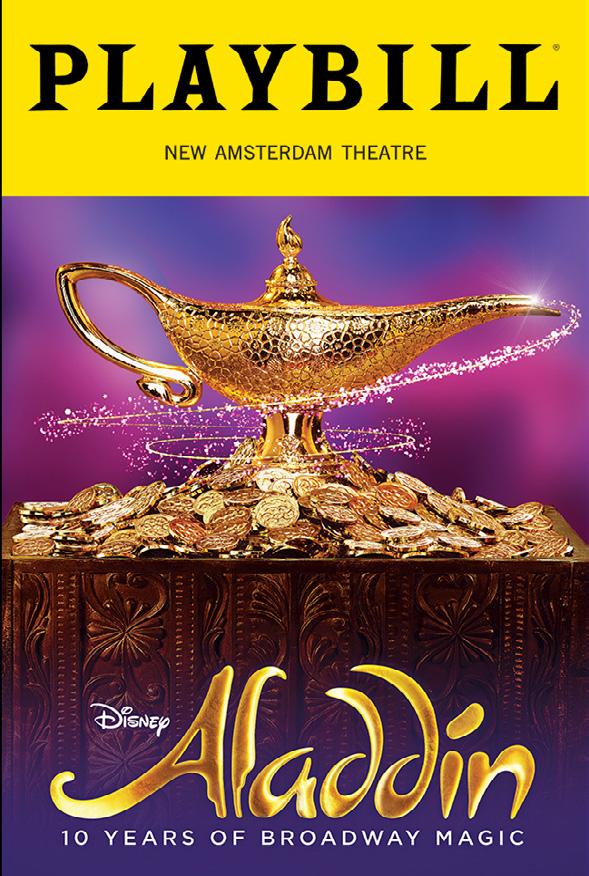
Aladdin, New Amsterdam Theatre
SYNOPSIS:
Created by the Emmy®-winning writer from “Schitt’s Creek,” this hilarious new musical flips the script on the greatest love story ever told. & Juliet asks: what would happen next if Juliet didn’t end it all over Romeo? Get whisked away on a fabulous journey as she ditches her famous ending for a fresh beginning and a second chance at life and love—her way.
Juliet’s new story bursts to life through a playlist of pop anthems as iconic as her name, including Since U Been Gone‚ Roar, Baby One More Time, Larger Than Life‚ That’s The Way It Is, and Can’t Stop the Feeling—all from the genius songwriter/producer behind more #1 hits than any other artist this century. Break free of the balcony scene and get into this romantic comedy that proves there’s life after Romeo. The only thing tragic would be missing it.
SYNOPSIS:
Based on the hit animated film, Disney’s Aladdin tells the story of a street-smart urchin whose life changes suddenly when he meets a magical genie who can grant him three wishes. What he really wants is the hand of Princess Jasmine, but will that mean becoming something he’s not? And can he elude the dangers that lurk around every corner?

All In: Comedy About Love, Hudson Theatre
Play
Comedy
One act
Original

The Book Of Mormon, Eugene O’Neill Theatre
Musical
Original
SYNOPSIS:
All In: Comedy About Love is a series of hilarious stories about dating, heartbreak, marriage and that sort of thing, adapted from the short stories of Simon Rich, and performed by a rotating cast of some of the funniest people on the planet. Sometimes they will play pirates, sometimes they will play dogs, and there’s one where we make them talk in British accents. But even though the show’s kind of all over the place, it’s meant to tell one simple story: that the most important part of life is who we share it with. We hope everybody will relate to it, even if it was their date’s idea to come and they are starting out from a place of quiet resentment.
SYNOPSIS:
A pair of mismatched Mormon missionaries, one serious and dedicated and the other socially awkward yet well meaning, are sent to Uganda to convert citizens to the Mormon religion.
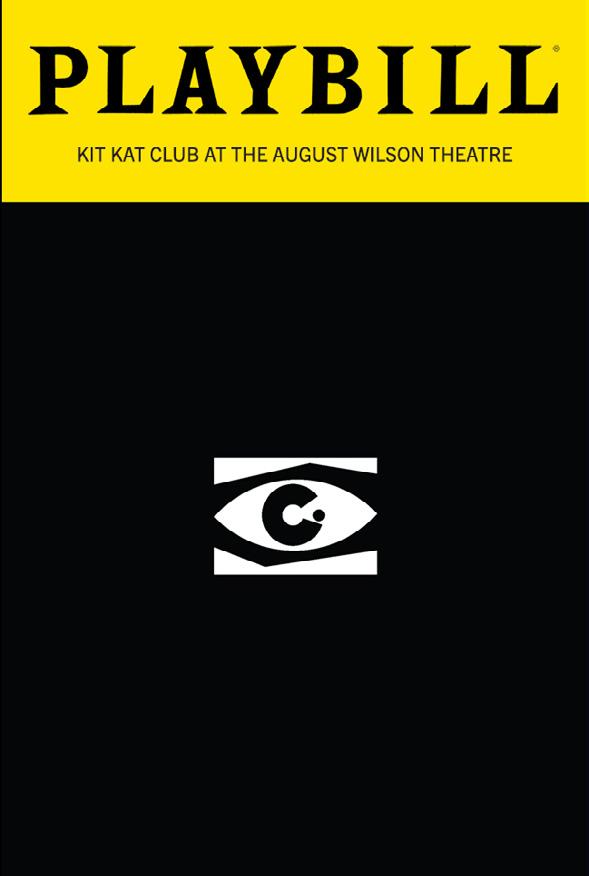
SYNOPSIS:
Willkommen, bienvenue, welcome to Cabaret! It’s 1931 Berlin, and inside the Kit Kat Klub, British nightclub singer Sally Bowles keeps the delirious party raging. But no amount of booze, music, and dancing can slow the ominous march of a changing Germany as it draws ever closer. Featuring an iconic score from Kander and Ebb—including “Maybe This Time,” “Mein Herr,” “Don’t Tell Mama,” and, of course, the title song.
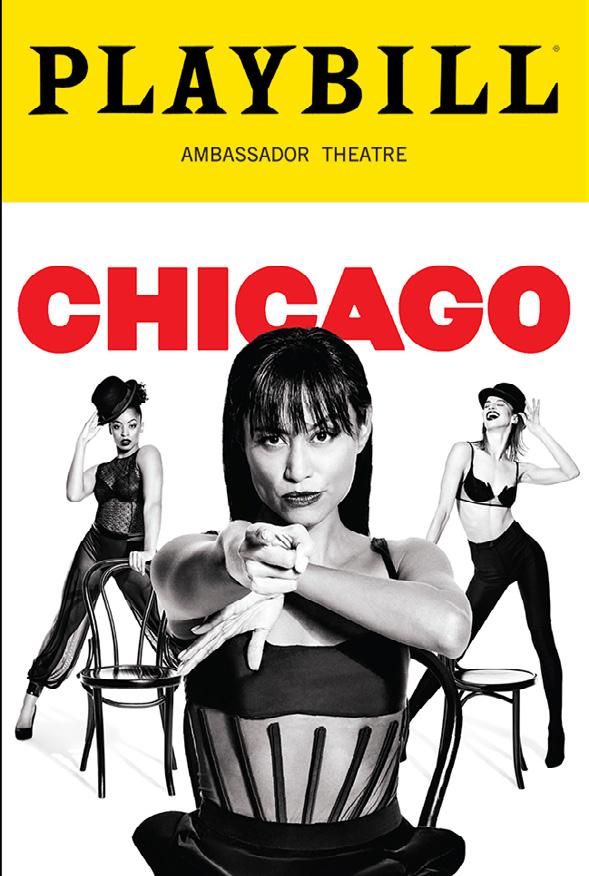
SYNOPSIS:
In the Roaring Twenties, aspiring chorus girl Roxie Hart and fading vaudeville star Velma Kelly each face trial for murder. Both as cynical as they are sexy, the two women compete for the services of shady lawyer Billy Flynn, who promises to make them media celebrities and win them acquittals. With its killer score and all-new knock-’em-dead dance numbers, this deliciously lurid tale of adultery, murder and justice as showbiz packs some serious heat.
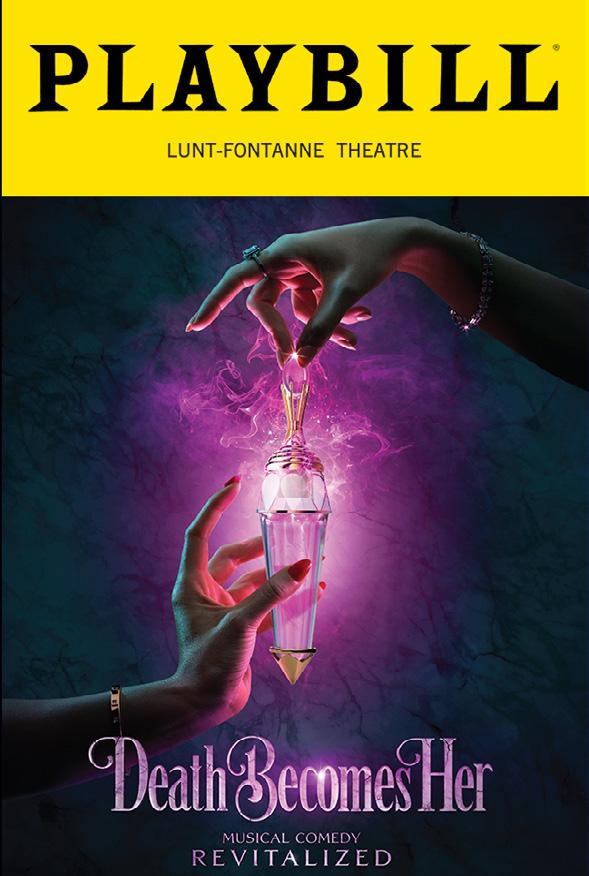
Musical

English, Todd Haimes Theatre Broadway
Play
Original
SYNOPSIS:
Madeline Ashton is the most beautiful actress (just ask her) ever to grace the stage and screen. Helen Sharp is the long-suffering author (just ask her) who lives in her shadow. They have alwaysbeen the best of frenemies…until Madeline steals Helen’s fiancé away. As Helen plots revenge and Madeline clings to her rapidly fading star, their world is suddenly turned upside down by Viola Van Horn, a mysterious woman with a secret that’s to die for.
After one sip of Viola’s magical potion, Madeline and Helen begin a new era of life (and death) with their youth and beauty restored… and a grudge to last eternity.
SYNOPSIS:
The comedy unfolds in an Iranian classroom where adult English learners practice for their proficiency exam. As they leapfrog through a linguistic playground, their wildly different dreams, frustrations, and secrets come to light. Can they overcome the limits of language to discover what they really want to say

SYNOPSIS:
Eureka Day is a private California elementary school with a Board of Directors that values inclusion above all else – that is, until an outbreak of the mumps forces everyone in the community to reconsider the school’s liberal vaccine policy. As cases rise, the board realizes with horror that they’ve got to do what they swore they never would: make a choice that won’t please absolutely everybody.
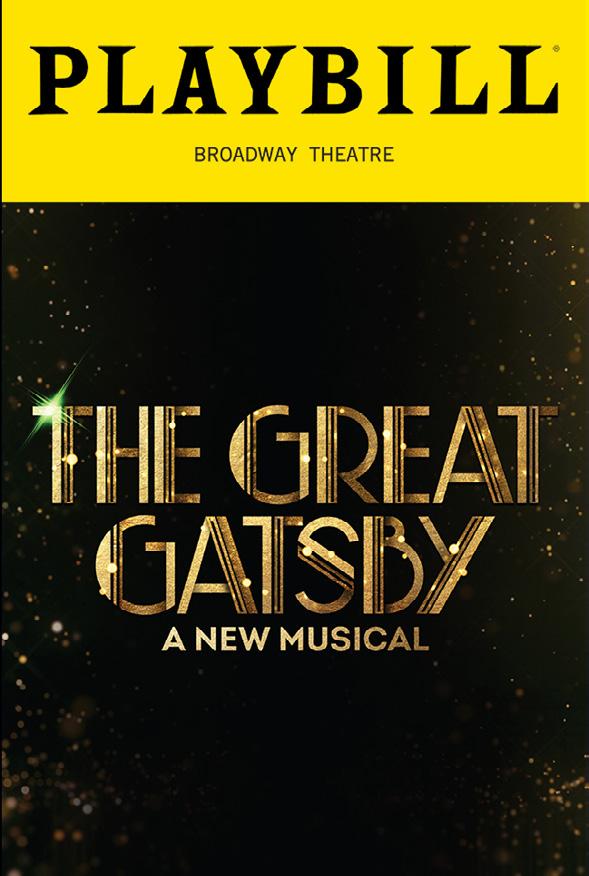
SYNOPSIS:
Transporting audiences to the lavish Roaring Twenties, F. Scott Fitzgerald’s timeless story follows eccentric and mysterious millionaire Jay Gatsby, who will stop at nothing in the pursuit of the lost love of his youth, Daisy Buchanan. Through its fascinatingly nuanced characters, driven by complex inner lives erupting with extravagance and longing – this epic tale has always been destined to sing. Now, it finally comes to life on the greatest American stage, through an electrifying jazz and pop-infused score, and a grand production befitting the 21st century.
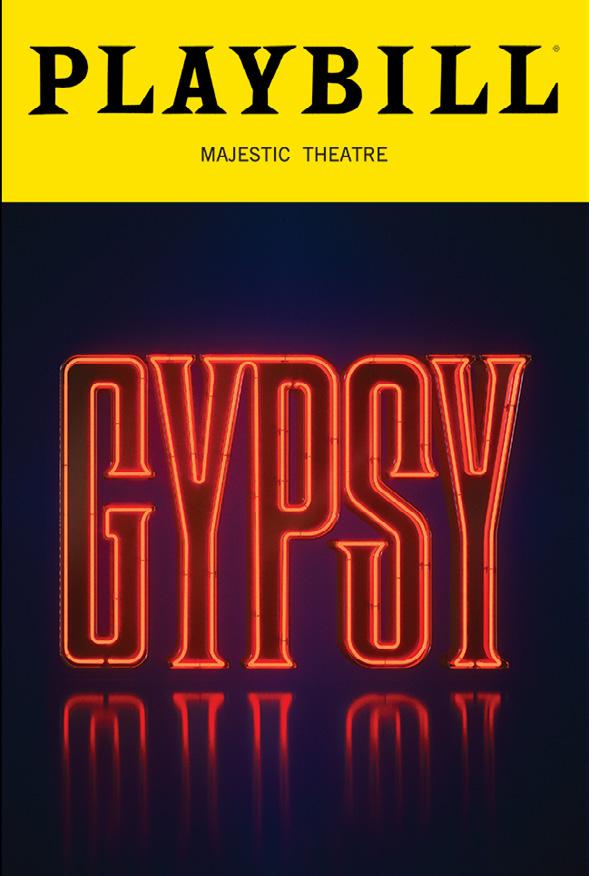
Revival
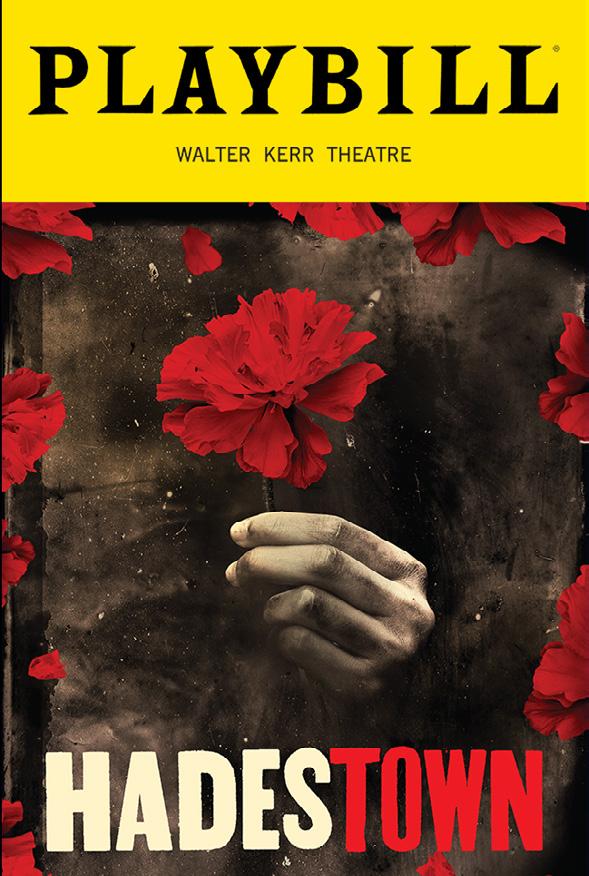
SYNOPSIS:
Gypsy Rose Lee was the world’s most famous striptease artist; Momma Rose the ultimate stage mother. Follow their extraordinary story in the timeless musical about sex, power and longing. With legendary songs, including “Let Me Entertain You” and “Everything’s Coming up Roses,” Gypsyremains the greatest American musical.
SYNOPSIS:
Welcome to Hadestown, where a song can change your fate. This acclaimed musical by singer-songwriter Anaïs Mitchell and director Rachel Chavkin is winner of 8 Tony Awards(R) including Best Musical and the Grammy Award(R) for Best Musical Theater Album. It intertwines two mythic tales — that of young dreamers Orpheus and Eurydice, and that of King Hades and his wife Persephone — as it takes you on an unforgettable journey to the underworld and back. Performed by a vibrant ensemble of actors, singers and dancers, Hadestown invites you to imagine how the world could be.
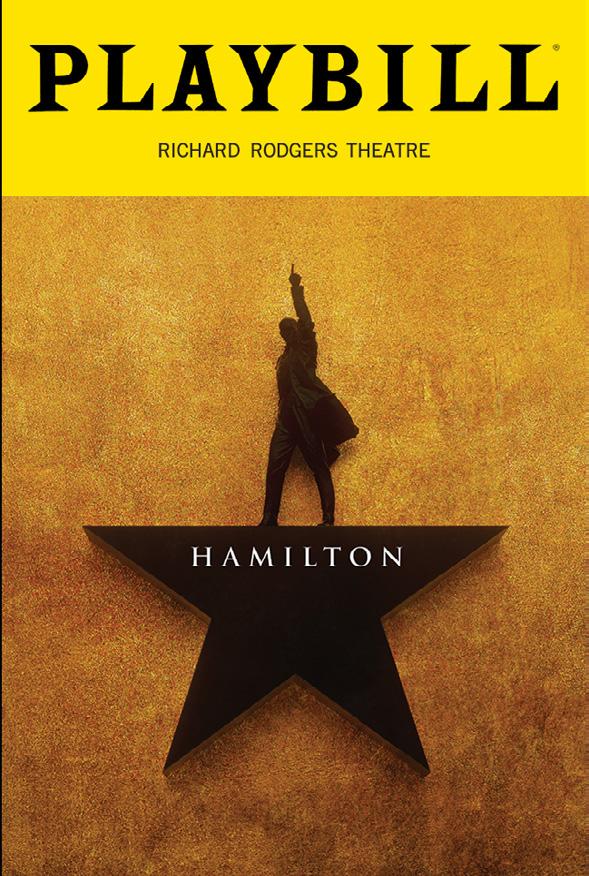
Hamilton, Richard Rodgers Theatre
Broadway • Musical • Original
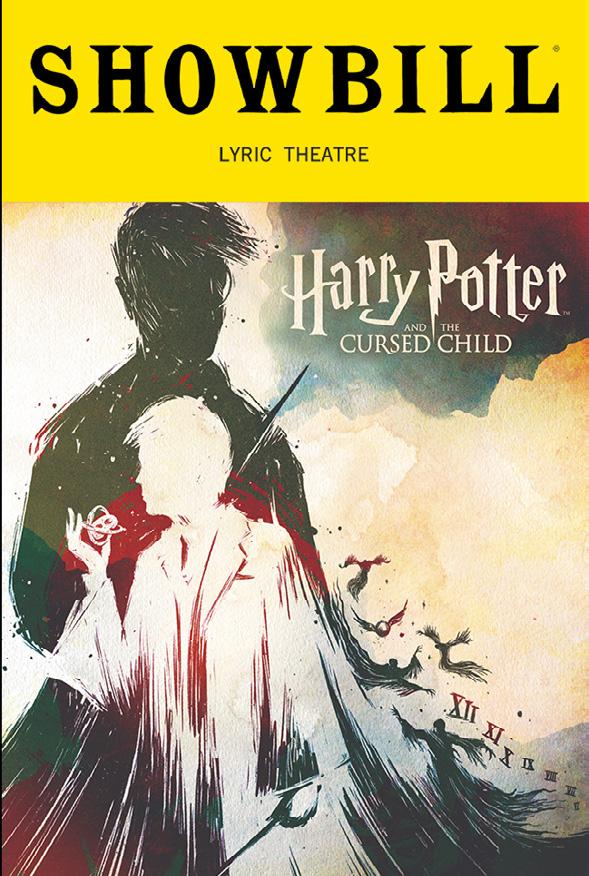
Harry Potter and the Cursed Child, Lyric Theatre
Broadway • Play • Original
SYNOPSIS:
Welcome to Hadestown, where a song can change your fate. This acclaimed musical by singer-songwriter Anaïs Mitchell and director Rachel Chavkin is winner of 8 Tony Awards(R) including Best Musical and the Grammy Award(R) for Best Musical Theater Album. It intertwines two mythic tales — that of young dreamers Orpheus and Eurydice, and that of King Hades and his wife Persephone — as it takes you on an unforgettable journey to the underworld and back. Performed by a vibrant ensemble of actors, singers and dancers, Hadestown invites you to imagine how the world could be.
SYNOPSIS:
Prepare to be on the edge of your seat as Harry, Ron and Hermione launch into a thrilling new adventure that begins 19 years later in a one show incarnation following its world premiere as a two-part play.

SYNOPSIS:
In the mid 90’s, in an apartment high above the energy and grit of Manhattan’s Hell’s Kitchen neighborhood, 17-year-old Ali squints toward the horizon until she can just see the Hudson River. Despite the warnings of her protective mother, the symphony of the street calls to her—promising freedom, excitement, and the possibility of love. Finding herself. When a wise piano teacher helps her find her voice, Ali learns she can make the city her own
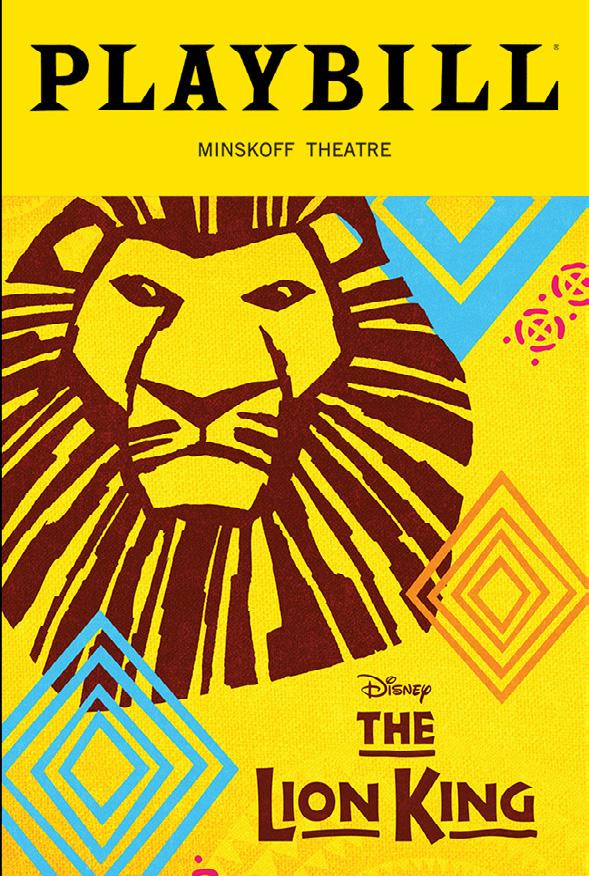
SYNOPSIS:
In the Pride Lands of Africa, a young lion named Simba becomes heir to the kingdom, but flees his home when tragedy falls on his family. After years in exile, he decides to return and fight to take his rightful place in the Circle of Life.

SYNOPSIS:
Inside a one-room apartment in the heart of Seoul, Oliver lives a happily quiet life listening to jazz records and caring for his favorite plant. But what else is there to do when you’re a HelperBot 3, a robot that has long been retired and considered obsolete? When his fellow HelperBot neighbor Claire asks to borrow his charger, what starts as an awkward encounter leads to a unique friendship, a surprising adventure, and maybe even...love?
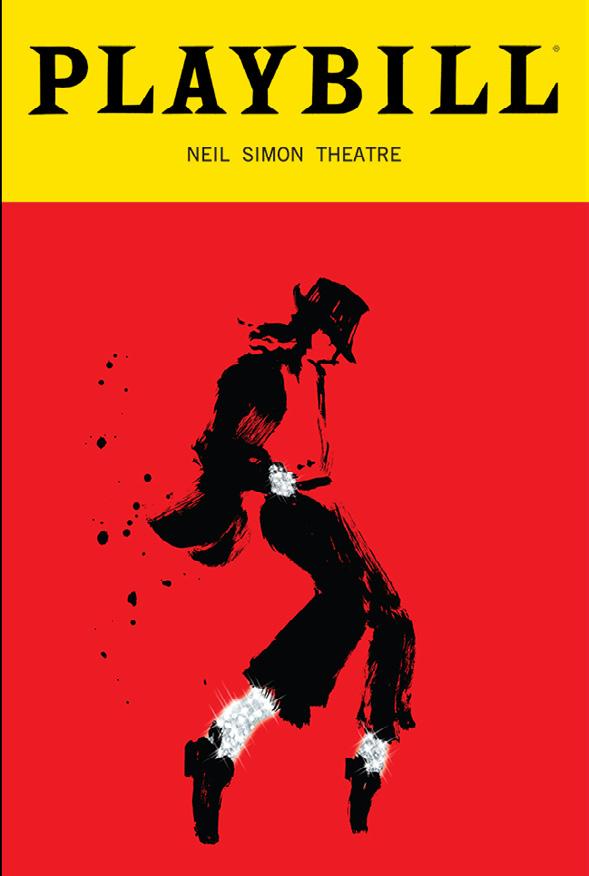
SYNOPSIS:
He is one of the greatest entertainers of all time. Now, Michael Jackson’s unique and unparalleled artistry has finally arrived on Broadway in a brand-new musical. Centered around the making of his 1992 Dangerous World Tour, and created by Tony Award(R)-winning Director/Choreographer Christopher Wheeldon and two-time Pulitzer Prize winner Lynn Nottage, MJ goes beyond the singular moves and signature sound of the star, offering a rare look at the creative mind and collaborative spirit that catapulted Jackson into legendary status. Turn it up, Broadway — MJ is here
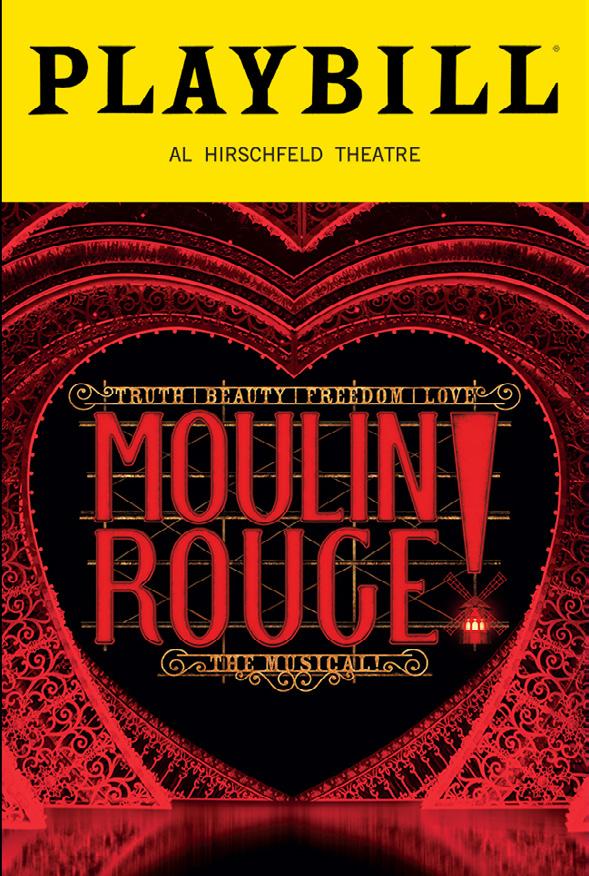
SYNOPSIS:
Set in Montmartre Quarter of Paris, France, at the turn of the century, a world of indulgent beauty and unparalleled extravagance, of Bohemians and aristocrats, of boulevardiers and mademoiselles, Moulin Rouge! The Musical tells the fictional story of an ambitious, lovesick writer, Christian, and a dazzling, entrancing chanteuse, Satine. Their lives collide at the Moulin Rouge with its many characters, including the host Harold Zidler, the brilliant and starving artist Toulouse-Lautrec, the greatest tango dancer–and gigolo–in all of Paris, Santiago; the tempting Nini; and The Duke of Monroth, the wealthy and entitled patron of the club who thinks he can buy anything he wants...including love.
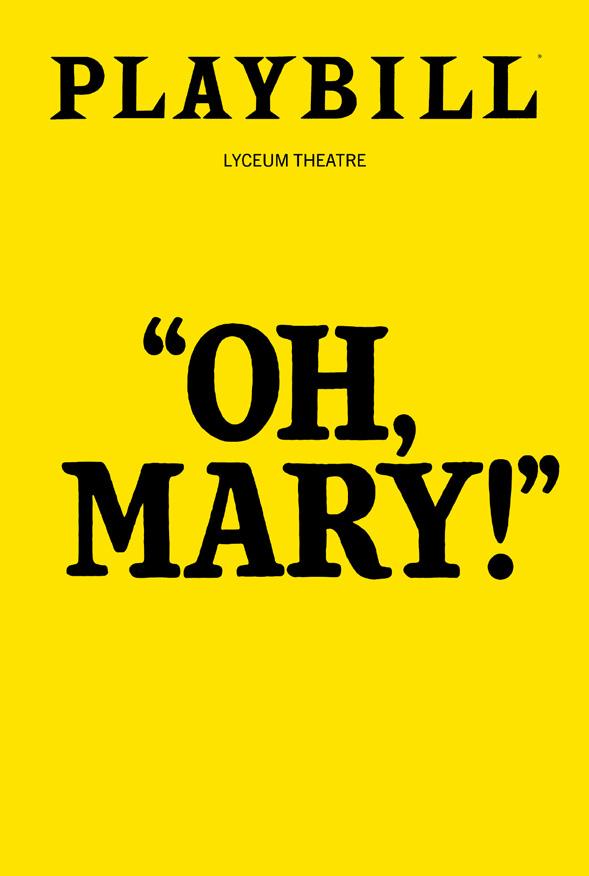
Play
Comedy
One act
SYNOPSIS:
Oh, Mary! is a dark comedy starring Cole Escola as a miserable, suffocated Mary Todd Lincoln in the weeks leading up to Abraham Lincoln’s assassination. Unrequited yearning, alcoholism and suppressed desires abound in this one act play that finally examines the forgotten life and dreams of Mrs. Lincoln through the lens of an idiot (Cole Escola).

SYNOPSIS:
In Tulsa, Oklahoma, 1967, the hardened hearts and aching souls of Ponyboy Curtis, Johnny Cade and their chosen family of “outsiders” are in a fight for survival and a quest for purpose in a world that may never accept them. A story of the bonds that brothers share and the hopes we all hold on to, this gripping new musical reinvigorates the timeless tale of “haves and have nots”, of protecting what’s yours and fighting for what could be.
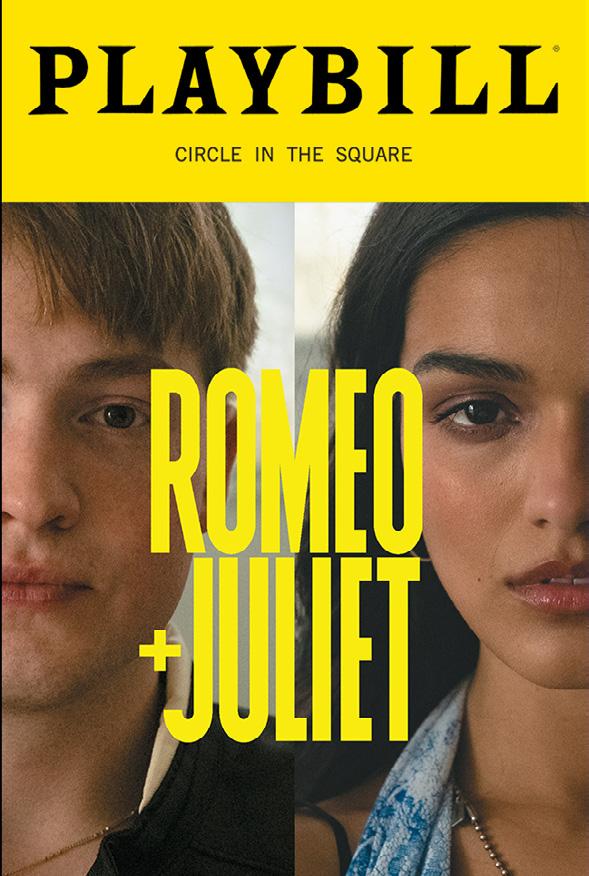
SYNOPSIS:
Two young lovers with feuding families navigate their budding relationship as uncontrollable circumstances lead to a tragic end. Love leads to loss, then grace, in this everlasting tale that has captivated audiences throughout history.

SYNOPSIS:
Divorced, beheaded, died, divorced, beheaded, survived. From Tudor Queens to Pop Icons, the SIXwives of Henry VIII take the microphone to remix five hundred years of historical heartbreak into a Euphoric Celebration of 21st century girl power! This new original musical is the global sensation that everyone is losing their head over

Musical
SYNOPSIS:
Haunted by her memories and dreams, movie star Norma Desmond yearns to return to the big screen. A struggling screenwriter who can’t sell his scripts to the Hollywood studios may be her only hope, until their dangerous and captivating relationship leads to disaster. Drenched in champagne and cynicism, Sunset Boulevard focuses the lens on the ambitions and frustrations of its characters and puts their intoxicating need for fame and adoration in stark close-up.

SYNOPSIS:
Long before Dorothy arrives in Oz, there is another young woman born with emerald-green skin—smart, fiery, misunderstood and possessing an extraordinary talent. When she meets a bubbly blonde who is exceptionally popular, their initial rivalry turns into the unlikeliest of friendships… until the world decides to call one “good,” and the other one “wicked.”
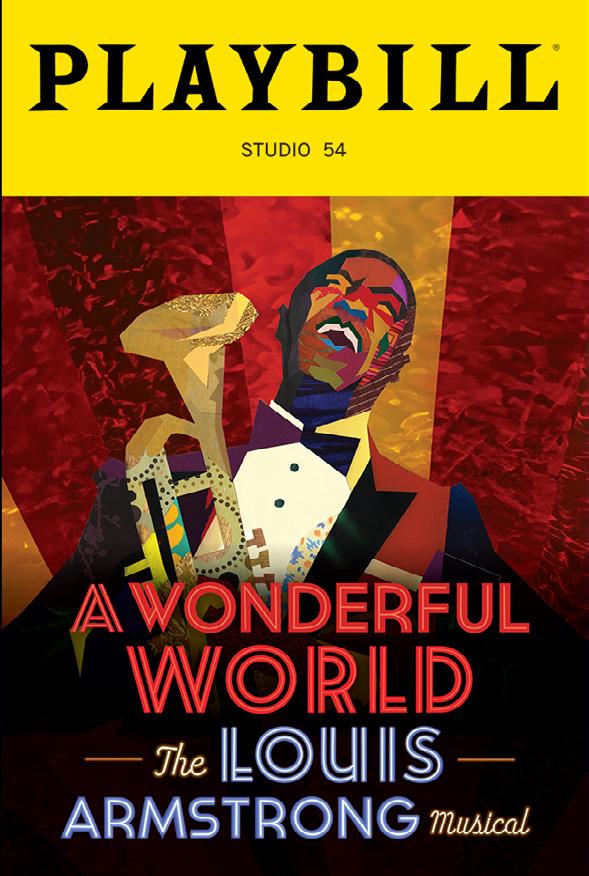
SYNOPSIS:
A Wonderful World traces the life of Louis Armstrong, the musical genre he helped define, and the complex history of race in America, from the birth of jazz in Armstrong’s native New Orleans to international stardom and the Civil Rights era.

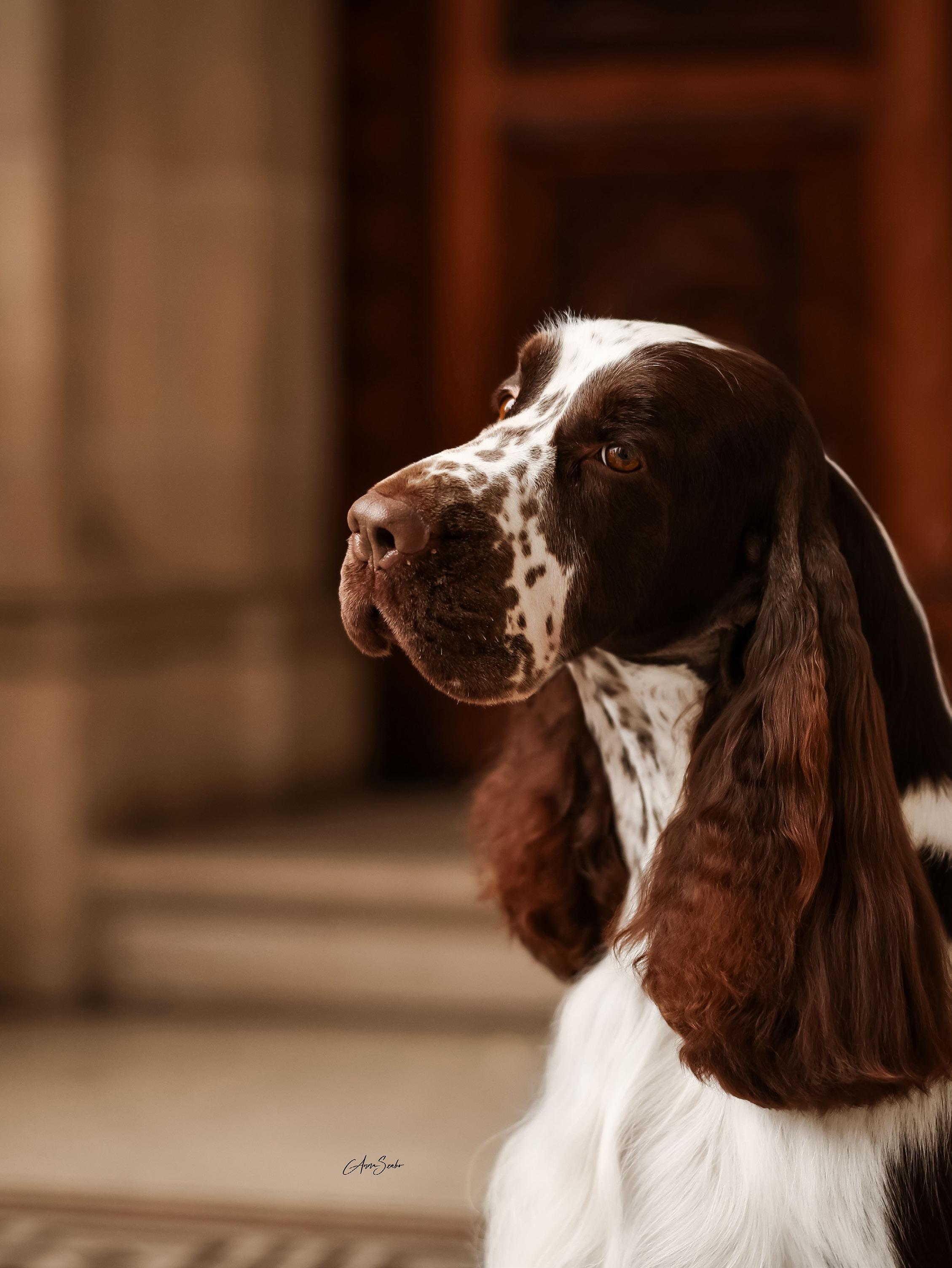
by Boris Pegan

Silhouette A: This exceptional dog is a top winner in the USA and holds the record as one of the most accomplished dogs born in the country. Whelped in 2008. Clearly the English Springer Spaniel.
When initially asked to write this article, I planned to draw from my chapter “Judging English Springer Spaniel” in my book, The English Springer Spaniel Global Review Vol. 2. However, I soon realized that the complexities surrounding this topic required a more nuanced discussion. This article aims to explore the current state of the English Springer Spaniel breed and the notable differences between the American and rest of the world styles.
Many breeds, including Dobermans, Boxers, Golden Retrievers, Irish Setters, and English Setters, exhibit similar structural differences within their breeds. However, these variations rarely spark the same level of discussion or controversy as they do among English Springer Spaniels.
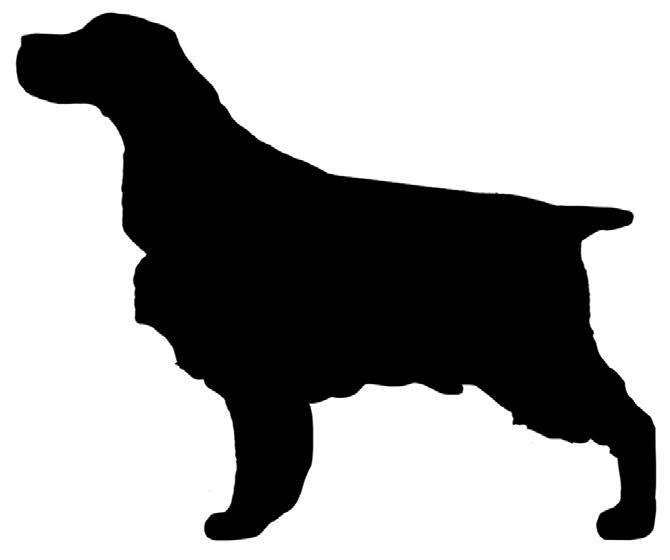
Silhouette B: Whelped in 1988, this remarkable dog is among Europe’s most successful winners and prolific producers of all time. Clearly the English Springer Spaniel.
Having been involved with Springers since 1986, I showedmyfirstSpringerin1997.Myfoundationalbitch, bred in Denmark with North American heritage mixed with Scandinavian influences, marked the beginning of my nearly 40-year journey with the breed. Over the decades, I’ve witnessed the evolution of the breed and the growing divergence among Springer styles globally. I have judged Springers in Europe (Scandinavia, Croatia, England), South Africa, Australia and New Zealand.
The modern look of the North American Springer Spaniels can be traced back to the efforts of two legendary breeders who significantly shaped the breed. Unfortunately, in the years following their contributions, many breeders have deviated from this vision, prioritizing exaggerated features and generic show traits.
Julia Gasow: The legend behind the Salilyn English Springer Spaniels
Mrs. Julia Gasow, a mink breeder, first stepped into the dog show arena in 1936 at a Michigan English Springer Specialty in Detroit. It was there she encountered the British import CH Rufton Recorder and fell in love with him. Although she couldn’t buy CH Rufton Recorder, her pursuit led her to acquire her foundation bitch, HilbankHopeful,affectionatelyknownas“Gypsy,”from Billy Lang. Gypsy, sired by British import CH Rufton Rogerson—a double grandson of CH Rufton Recorder— became the cornerstone of Gasow’s breeding program.
Mrs .Gasow’s approach involved tightly linebreeding on the CH Rufton Recorder pedigree, under the mentorship of Mr. Fred Jackson of the Frejex kennel. She bred Gypsy to CH Frejex Top Hole Of Blinghty, whose sire was the influential American CH Green Valley Punch, also a grandson of Recorder. Through these meticulous breeding choices, Gasow and Jackson crafted a distinct vision for the Springer Spaniel, characterized by a cleaner, more refined appearance devoid of the ticking seen in other lines.
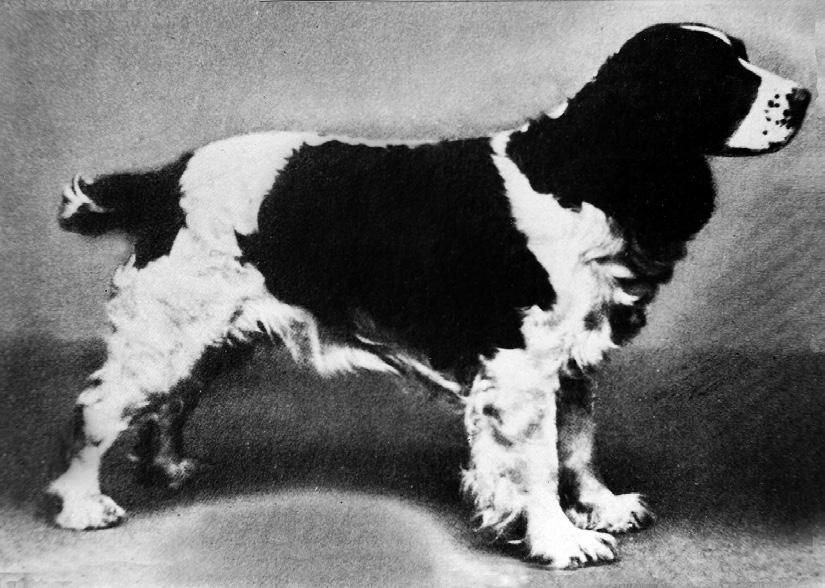
CH Rufton Recorder was imported to the USA at the age of seven. He was a cornerstone of Springer Spaniel pedigrees worldwide. His influence as a significant producer spanned both the UK and the USA, ensuring his presence in almost every modern pedigree. Recorder’s lineage reflects the early development of the breed, with his heritage tracing back to a mix of Cocker Spaniels and Field Spaniels (none of which were heavily ticked). His grandfather, CH Rivington Sam, had Cocker Spaniels on his dam’s side, while Recorder’s grandmother descended from Field Spaniels. Thus, Recorder himself came from just four generations of purebred English Springer Spaniel breeding, showcasing the formative years of the breed.
CH KING PETER OF SALILYN, whelped 1949. BOB Westminster 1955

One of the four iconic “Kings” at Salilyn, Ch. King Peter of Salilyn epitomizes the modern American Springer Spaniel style. His pedigree is tightly linebred on both CH Rufton Recorder and CH Rivington Sam through three distinguished lines: Sandblown Acre, Frejax, and Green Valley. During that era, establishing a distinct type involved close linebreeding, resulting in dogs with high coefficients of inbreeding (COI). This practice contributed to the recognizable traits seen in the famous Springer Spaniels of the USA and UK from the 1950s to the 1990s. The ticking disappeared during the process and selection of less spotted dogs.
Fred Hunt: Mentor & Partner in Crafting a Vision
Mr. Fred Hunt mentored and worked alongside Julia Gasow to realize their vision for the Springer Spaniel. Their collaboration and dedication ensured the development of a breed standard that emphasized elegance and functionality, maintaining the essence of CH Rufton Recorder, a dog renowned for his clean lines and unticked coat.
CH FREEJEX ROYAL SALUTE, whelped 1948
BOB Westminster K.C. 1948
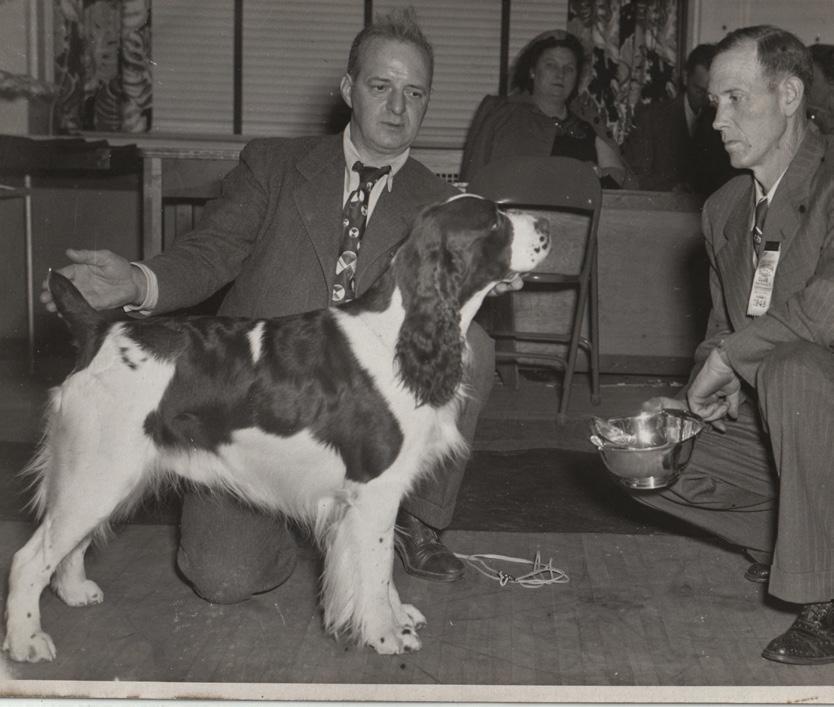
Fred Hunt was a first breeder to use adolescent puppy CH Sir Lancelot of Salilyn to produce legendary “Royal Salute”. He was descendant of CH Rodrique of Sandblown Acre
The work of Mrs. Julia Gasow and Mr. Fred Hunt established a legacy that defined the modern North American Springer Spaniel. Their focus on quality breeding practices and a clear vision for the breed’s futuresetastandardthat,despitesubsequentdeviations, remains a benchmark for excellence. For an in-depth look at CH Rufton Recorder and his influence, refer to The English Springer Spaniel Global Review, Vol. 1.
In the realm of modern American Springer Spaniels, one dog stands out as “The Father of Them All.” By this time, the breed’s style and look had become homogenous, with a consistent genotype achieved through tightly linebred pedigrees. This foundation set the stage for CH Salilyn’s Aristocrat to embody and perpetuate “the look.”
Whelped in 1964, CH Salilyn’s Aristocrat achieved notable acclaim, winning Best of Breed at Westminster in 1967. He went on to set an unprecedented record as the top-producing sire of all time in the world, fathering 188 American champions and countless champions worldwide, even before the advent of frozen semen technology revolutionized breeding practices. Aristocrat’s legacy continues to define the breed, cementing his place as a pivotal figure in the history of the American Springer Spaniel.
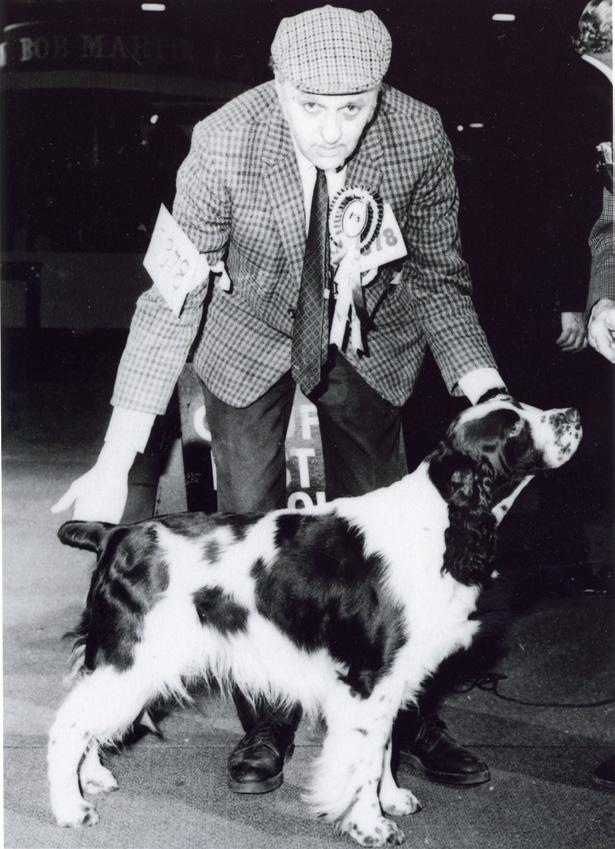
SH CH HAWKHILL CONNAUGHT, whelped in July 1969 was as legendary in the UK at the same time as Aristocrat was in the USA. He is all time Top producing sire in the UK. To most UK breeders “Conn” is still an example of ideal English Springer Spaniel. He was one of the most influential sires for the breed globally.

Two decades ago, dissecting the differences between American and European Springers would have been asimplertask.Thebreedexhibitedmoreconsistency on both sides of the Atlantic. Today, however, the disparities have intensified, reflecting the influence of popular kennels and stud dogs, resulting in distinct styles that vary widely even within the same continent. In the 1990s, the differences between English Springer Spaniels in the United States and the United Kingdom were quite pronounced.
American Springers often exhibited straighter fronts and over-angulated rears with long second thighs, resulting in sloping toplines and totally different outlines. This exaggerated conformation was sometimes further dramatized by the use of excessive grooming techniques and over stretching in theringatstance.Thesedogsalsofrequently had flat croups, erect tails, and heads with lighter nose pigmentation, particularly in liver-colored specimens. Additionally, the influence of popular kennels and sires led to many dogs having overly round eyes and downfaced muzzles.
In contrast, UK Springers were generally more moderate, with level toplines and balanced proportions. However, they were not without their faults; many had too steep of a drop in croups and were high on the hocks often due to too short second thigh. The differences extended beyond conformation to presentation and markings. UK dogs often had heavier ticking, while American Springers were typically pure liver and white or black and white. In the realm of English Springer Spaniels, structural flaws such as flat versus overly steepcroups,andexcessivelylongversustoo short second thighs, can significantly impact the overall appearance and functionality of a dog. This raises an important question: Are these differences indicative of distinct types within the breed, or are they simply examples of poor construction?
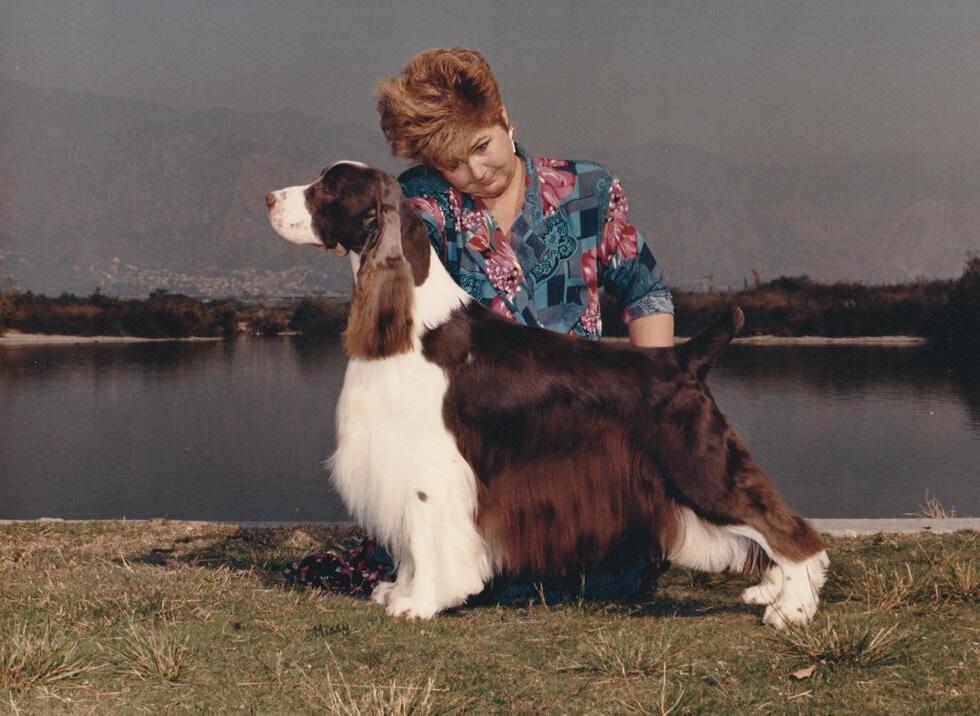
This was one of the most winning Springers in the USA in the 90s. This is BIS BISS CH DALIN’S SILVERHILL STRAIGHT UP. This look and way of presentation was so 90s in the USA
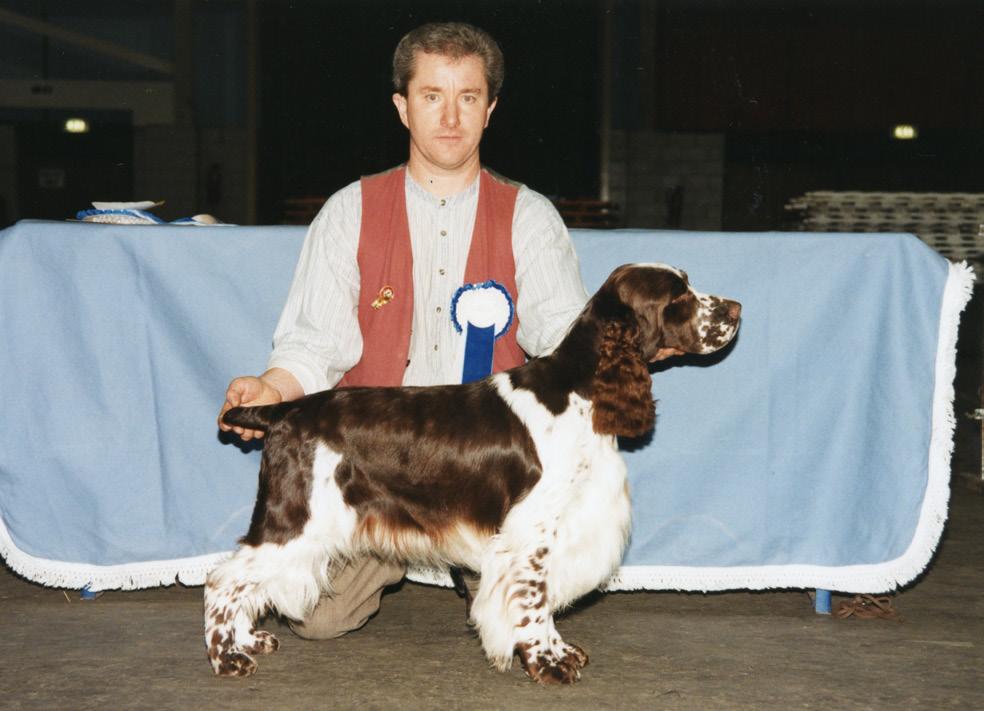
This was one of the most winning Springers in the UK in the 90s This is SH CH ELIMVEK EARTHBOUND, Crufts BOB winner 1998
In contrast, UK Springers were generally more moderate, with level toplines and balanced proportions. However, they were not without their faults; many had too steep of a drop in croups and were high on the hocks often due to too short second thigh. The differences extended beyond conformation to presentation and markings. UK dogs often had heavier ticking, while American Springers were typically pure liver and white or black and white. In the realm of English Springer Spaniels, structural flaws such as flat versusoverlysteepcroups,andexcessivelylongversus too short second thighs, can significantly impact the overall appearance and functionality of a dog. This raises an important question: Are these differences indicative of distinct types within the breed, or are they simply examples of poor construction?
When comparing two poorly constructed dogs with these flaws, it is crucial to differentiate between type differences and construction issues. Type differences pertain to variations within the breed standard, such as coat color and markings, which can vary between regions without affecting the dog’s structural integrity. In contrast, construction issues are deviations from the breed standard that compromise the dog’s form and function.
Dogs with flat or steep croups and incorrect thigh lengths are examples of construction issues rather than type differences. These flaws hinder the dog’s ability to perform its intended function as a working dog, regardlessofregionalpreferencesorstylisticvariations.
However, dogs with markedly different outlines due to

numerous structural variations may indeed exhibit a distinct type difference.
Interestingly, the most correct dogs, free from significant construction flaws, tend to be quite similar across regions when viewed beyond coat and markings. These dogs embodied the breed standard, demonstrating balanced proportions, sound movement, and the characteristic Springer expression.
Despite their structural correctness, these exemplary dogs did not and do not always win in the show ring, where trends and fads can sometimes overshadow true quality. However, they represent the ideal towards which breeders on all sides of the globe should strive.
Based on my extensive experience as a breeder, groomer, and judge in the breed, I have observed distinct differences in temperaments and characters
between English Springer Spaniels of American and European heritage. In my experience, dogs from the USA tend to be more laid-back and less hyperactive compared to their European counterparts. This temperament difference can affect the ownership experience, as European heritage dogs can sometimes be more challenging to manage and exercise effectively.
American Springers: Exaggeration and Its Impact
During the 90s, American Springers’ straighter fronts and exaggerated rear angulation created an imbalance that was visually unappealing and functionally problematic. The sloping toplines, combined with flat croups and erected tails, deviated significantly from the breedstandard.Furthermore,lighternosepigmentation in liver-colored dogs and the prevalence of round eyes and downfaced expressions detracted from the classic Springer look. These traits were perpetuated by the popularity of certain kennels and sires, leading to a homogenized and exaggerated style. Since the
turn of the century, American Springer Spaniels have seen a marked reduction in the previously mentioned exaggerations. Their presentation has become more moderate, and the trend of over-stretching has significantly declined, leading to a more natural and balanced appearance.
UK Springers: Moderation with Unique Flaws
UK Springers, while more moderate in their conformation, faced their own set of challenges. The common issue of steep croups, down tail wagers and highhocksaffectedtheirmovementandoverallbalance. Despite these faults, UK Springers generally maintained level toplines and a more traditional appearance and more typical heads and better front assemblies. Their markings, characterized by heavier ticking, set them apart from their American counterparts, adding to the visual diversity within the breed.
21st century the American Springer Spaniel: Squared and Low-Legged
In the United States, the dominance of certain kennels and stud dogs has led to a specific “look.” American Springers often feature squared bodies, low legs, round (instead of oval bones) and round eyes. This style, driven by influential breeders and their followers, has become prominent, although it may not represent the broader spectrum of the breed in America. In recent years, many North American English Springer Spaniels seem to lack the essential proportions of depth of body relative to leg length, often appearing too square or low legged. While the breed is supposed to have a short back, it should not look square but rather slightly longer in body than in height at the withers.
Notably, there has been a reduction in the prevalence of sloping toplines compared to 20 years ago. However, issues such as flat croups, gay tails, or tails carried too high due to poor handling practices remain common. Another point of concern is the difference in feet structure, with many American lines exhibiting rounder bones instead of the ideal oval shape. To me many of the winning dogs in the USA often look like generic Spaniel and lack raciness described in the original British standard defining the breed type: “GENERAL APPEARANCE: Symmetrically built, compact, strong, merry, active. Highest on leg and raciest in build of all British land Spaniels.”
Additionally, the head type in American Springers tends to be more refined, often featuring flatter skulls compared to theircounterparts.
It’s important to note that the observations discussed are generalizations and do not apply to all English Springer Spaniels in the USA. There are many exceptional Springers
in North America that embody the breed standard beautifully. These outstanding dogs sometimes win top honors, but at other times, they get overshadowed by the politics of professional handling over judges adhering strictly to the breed standard.
Inrecentyears,we’vewitnessedremarkableachievements, such as a stunning black Springer breaking the Specialty Best in Show (BIS) record of all time. Additionally, two exquisite half-sisters have won top awards (one still winning many Specialties BIS from veteran class), showcasing breed type and standards so well that they
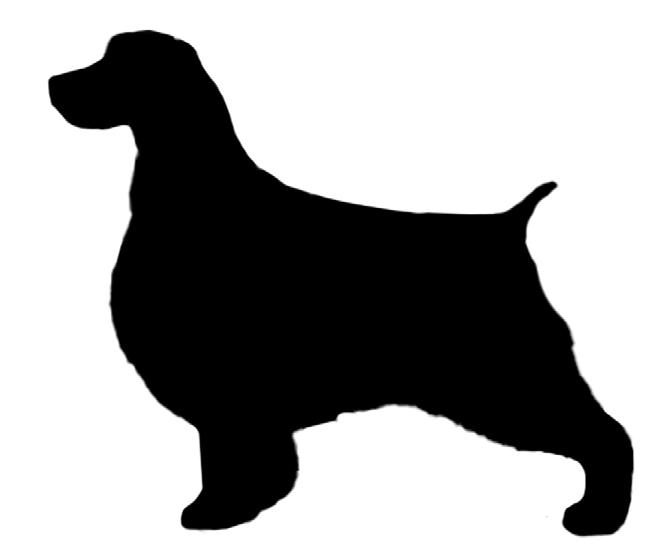
Silhouette C: Among the most accomplished English Springer Spaniel (ESS) bitches in the USA in the 21st century, she presents a silhouette that significantly deviates from the AKC or FCI breed standards. Her proportions of height to body length, leg to body depth, and overall structure are atypical. She features a flat croup and a terrier tail. In my opinion, her silhouette and overall type do not align with either the AKC or FCI standards, resembling a generic spaniel-like dog lacking true breed type. Her head is untypical for the breed.
would be competitive anywhere in the world. Among these success stories is also American-bred Springer thathasplacedhighlyingroupunderthediscerningeye of legendary British judge Mr. Frank Kane in California.
These instances highlight the potential and quality of North American Springers, affirming that true excellence continues to shine through, despite the challenges. When the legendary British gundog specialist and all-rounder, Mr. Frank Kane, places
a North American Springer Spaniel in a highly competitive Gundog group in California, it speaks volumes about the dog’s quality. Mr. Kane’s discerning eye and vast experience mean that he wouldn’t bestow such an honor unless he believed the dog’s type was truly exceptional, especially given the many other worthy contenders. This endorsement underscores the exceptional quality of some North American Springers, affirming their place on the global stage.
21st century the American Springer Spaniel: Squared and Low-Legged
Relocating to Europe in March 2024, I had high expectations for the breed. However, attending events like Crufts in the UK and the World Dog Show in Croatia revealed similar issues. Many European Springers, influenced by popular kennels and stud dogs, exhibited a tubular shape with no spring of rib. Additionally,thelackofconsistentsilhouettesandproportions was evident, mirroring the diversity seen in the United States.
I’ve noticed a significant inconsistency among Springer Spaniels in Europe. I was surprised by the wide variation in appearance, with some dogs being dramatically short-legged and poorly proportioned, while others were tubular and longbodied without spring of rib. The common notion that they all look“European”becauseofsimilarfleckingandcolormarkings is misleading.
Currently, we see more exaggerations are creeping into in the breed in Europe than ever before. Some top winners and Best in Show champions exhibit traits so extreme that if painted black or viewed in silhouette, they would be unrecognizable as Springer Spaniels. My greatest concern at recent major shows hasbeenthelackofspringofribandtheunsoundmovementof many dogs, which display a more rolling gait and motion than we saw during the rock and roll era of the 1970s.

Silhouette D: A major winner in the UK over the last 20 years, this bitch, shown in painted black, displays a silhouette and topline that are far removed from the true breed type. Her overall outline does not align with the traditional standards of either the UK or the FCI breed standard. The head is disproportionately shaped, with incorrect head planes. The bitch has bulky withers due to an upright shoulder blade, a deep in topline, a roach over the loin, and a steep drop in the croup. Additionally, the rear assembly is poor, and the hocks are abnormally high. This silhouette bears no resemblance to the UK breed standard.
The English Springer Spaniel breed standard has never suggested that a rolling gait is typical. A dog that lacks stability in its movement is unsound—it’s as simple as that. Maintaining soundness and adherence to the breed standard is crucial for preserving the integrity and functionality of the breed.
Globally, the variety of styles within the breed are most striking. The influence of prominent breeders and their sires has led to a fragmentation, where general rules no longer apply even within the same continent. Whether in Europe or the USA, the Springer Spaniel community faces the challenge of maintaining breed standards amidst these evolving styles.

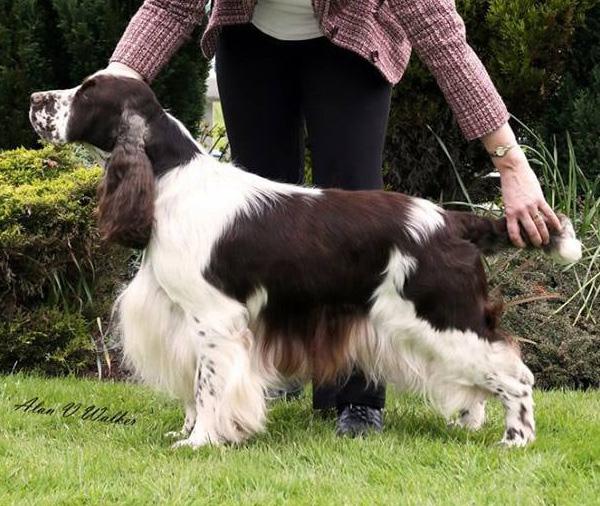
The English Springer Spaniel breed today is marked by significant diversity, driven by the influence of leading kennels and stud dogs. While this variation adds to the richness of the breed, it also presents challenges for breeders and judges striving to uphold consistent standards. As the breed continues to evolve, it is crucial for the global Springer community to collaborate and navigate these changes, ensuring the preservation of the breed’s unique characteristics and overall excellence.
By studying photos in this article, you will notice variety of different shapes, proportions and outlines (types) both in the UK and the USA.
© Boris Pegan, The English Springer Spaniel Global Review

by Jacquelyn Fogel
Judging the Bedlington Terrier Centenary Show in the UK

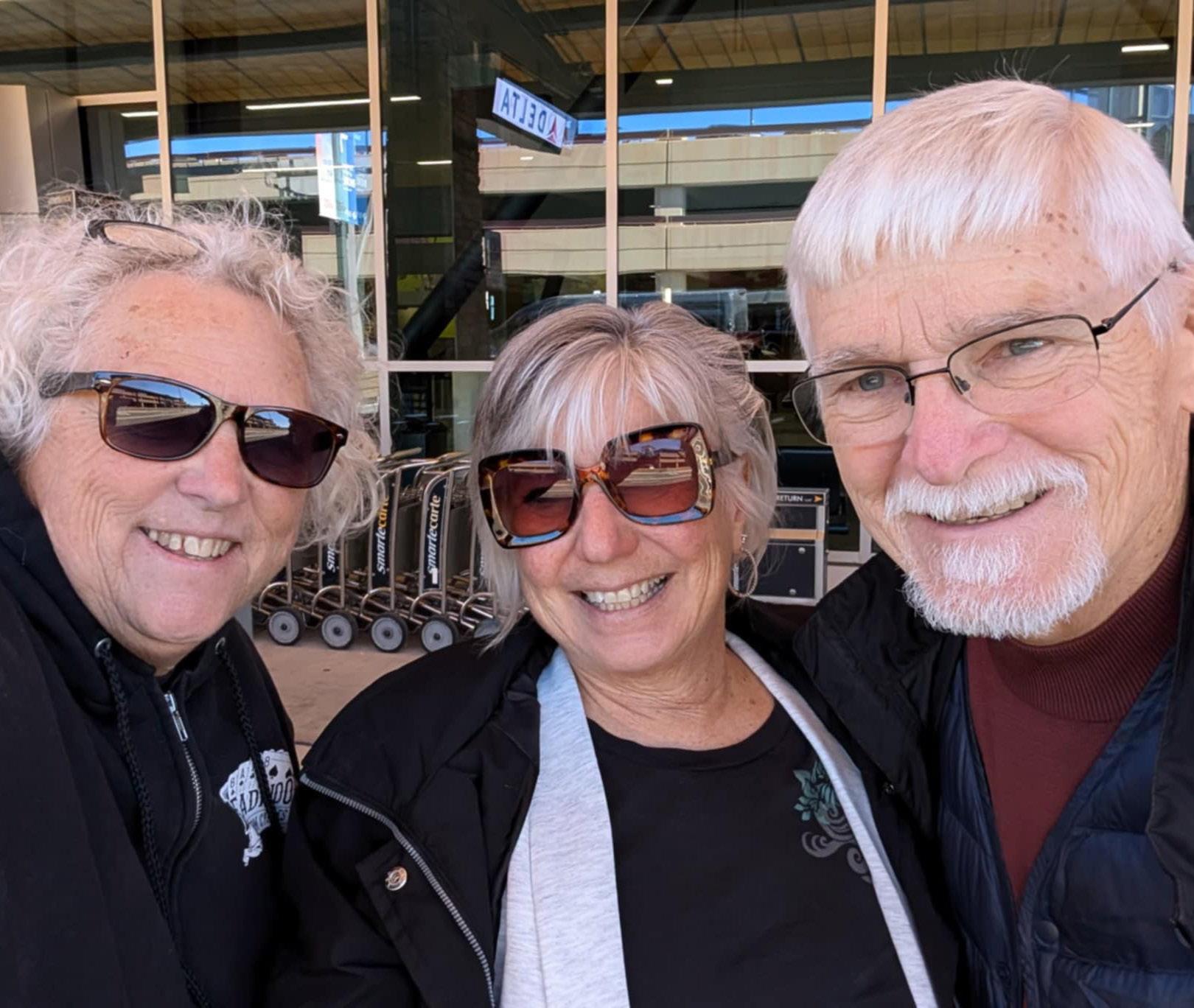
Two years ago, I was asked if I would be available in October 2024 to judge the Centenary Bedlington Terrier Association Show in Coventry, UK. I have trouble planning two days ahead, much less two years, but of course, I said yes. So began a two-year process to get me approved to judge in the UK and to plan a trip for Darling Husband and me to get there. Although two years seemed like an excessive amount of time to prepare, Darling Husband and I also decided to move from Wisconsin to Nevada in the middle of that timeframe. The time sped by.
I cannot understate the honor that this assignment brought to me. Not only was it the 100th anniversary of the UK Bedlington Terrier Association, but it was also going to be in the country of origin for my breed. Bedlingtons originated in Northeast England, and the English standard for the breed is the one all succeeding registries, including the AKC, used to create their own standards. This was going to be the opportunity of a lifetime. I was over the moon with excitement.
I was in regular contact with the club’s secretary, and as the date approached, she began to ask if I had made travel plans, which airport I planned to arrive at, whether I would arrive 1 or 2 days in advance, and what we wanted to select for dinner at the banquet scheduled the night before the show. Was I familiar with the British standard for the breed, and did I need her to arrange any transportation to Coventry? About 6 weeks out, I thought I should probably look at a map of the UK and begin to make our travel plans. Although we were going to be very close to Birmingham, I could not find a convenient flight to that city, so we ended up flying into Heathrow in London. I thought we could take a train into Coventry. Fortunately, I sat next to a UK native on the plane, and he explained that we’d have to change trains twice and still would not get all the way into Coventry. Since we were arriving mid-morning on the day before the show, my plane neighbor suggested we might want to Uber instead. He calculated the cost (and was within $10 of our actual fee), and I agreed that made the most sense for two people entirely inept at navigating train schedules in large urban areas. Doorto-door service was exactly what I wanted.
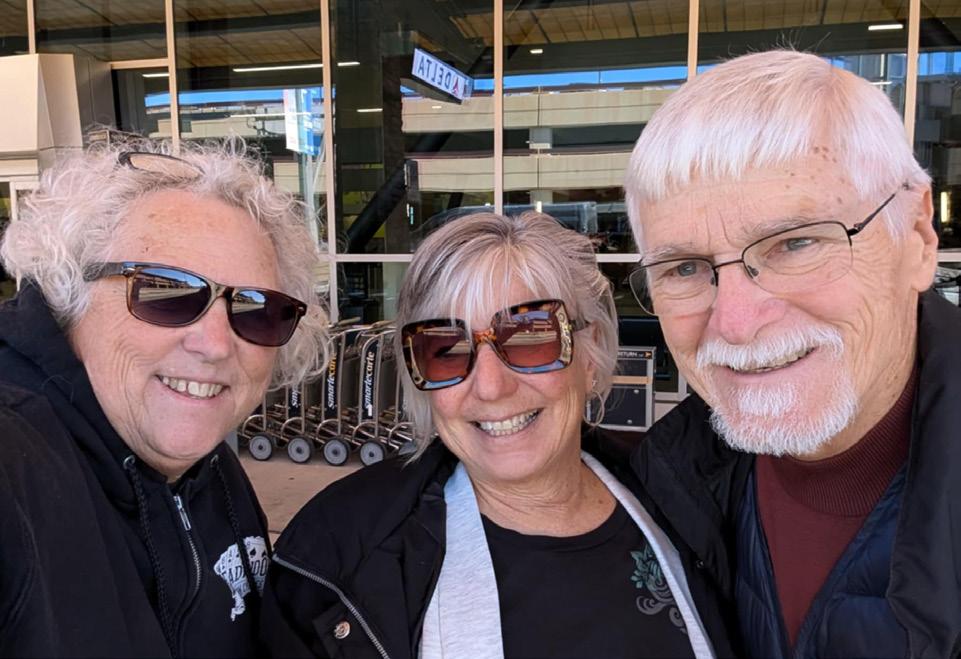

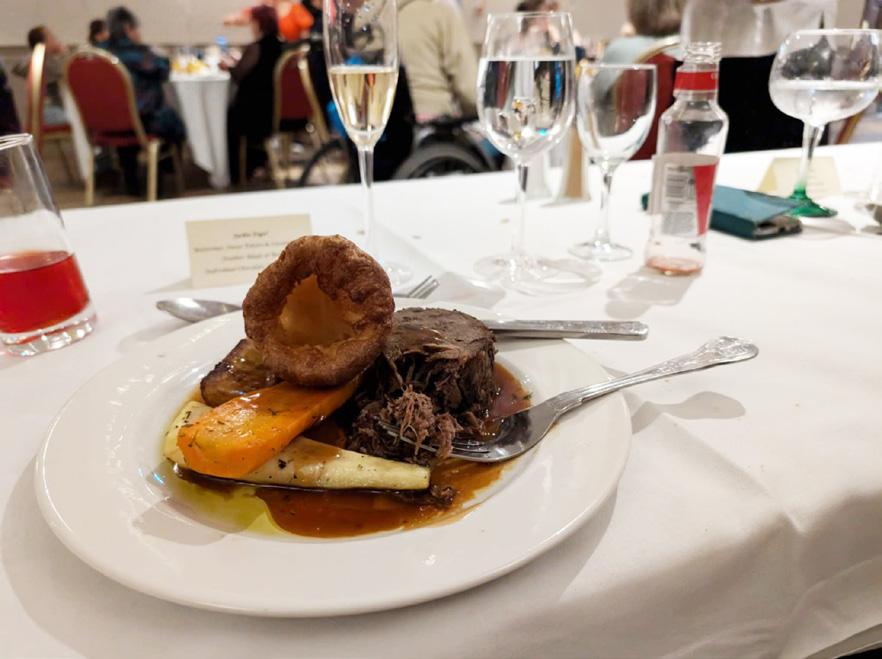
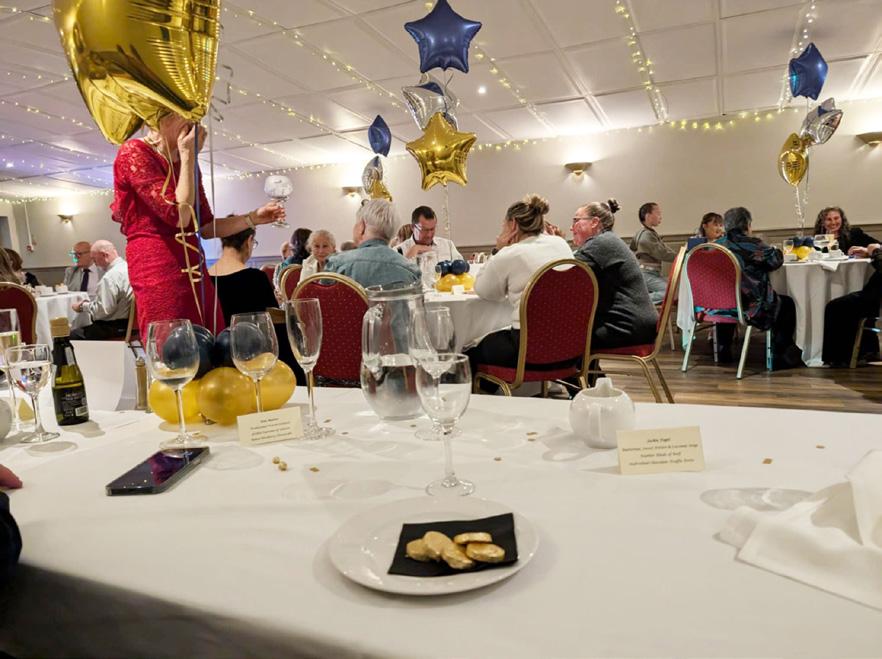
We arrived at the hotel just as the first day’s judge was taking a lunch break in the early afternoon. We met several of the club officers and event organizers, had a mid-afternoon snack, then went to our room for a 3-hour nap before dinner. The hotel we stayed in was about 150 years old and quite charming. Our room was on the second floor, plus some additional stairs. There were no elevators and no hotel porters. Tom and I remembered why it is so important to pack light when traveling in Europe because we had to carry our luggage everywhere. We were quite comfortable but worried that we only had one phone charger for two phones. It didn’t matter. I simply moved the charger from one phone to the other on one of my middle-ofthe-night bathroom visits. Other than the lack of a converter, everything else was fabulous.
Dinner was at 7:00 p.m., and we arrived shortly before that time. As we entered the room, there was a table with champagne and orange juice for us to choose from. I chose champagne, and Tom chose orangejuice.Mostpeoplewerealreadyseated,sowe were directed to our spot immediately. Apparently, dinner at 7:00 means something different in the UK than it does in the States because everyone else had already been seated quite a bit earlier. Tom and I were seated at the front table, along with the Secretary, Club President, that day’s judge (who was from France), the Patron, the Chief Ring Steward, and his granddaughter. The rest of the club members were also invited to attend. It was a lovely dinner, which included Yorkshire pudding, one of my favorites. The secretary and I decided to combine some of the champagne with orange juice
to create Mimosas. It was quite fun! We didn’t know that meal was going to be the food highlight of our entire adventure through England and Ireland, but sadly, it was. They had a DJ after dinner, and that seemed to be everyone’s cue that it was time to leave.
For weeks before we left the States, I had been getting requests from Bedlington exhibitors here to be able to watchthejudging.Ihadassumedtheclubwouldarrange to video this event and that I could direct people to that website, but I was wrong. They had made no plans for a video. I asked the club President if anyone would object if Darling Husband, Tom, livestreamed the event on Facebook. She conferred with the Chief Ring Steward and the Club Patron, and no one offered an objection. So, at the very last minute, the club secretary and I made a plan to set up the video. This was somewhat difficult because we had not brought any adapters for our charging cords, and the hotel could only find one to loan us. We surveyed the show area and determined where the best spot would be for Tom to sit and video the judging. We repositioned the examination table for a good view, and the Chief Ring Steward immediately came over and positioned it back the way he wanted it. Apparently, only some changes were acceptable, but rearranging the actual ring set-up was not one of them.
Tom had never done a livestream video with a phone. He had no experience and rarely watched the videos I did. He was nervous but totally willing to give it a try. I immediately created an event on my Facebook page and sent out the notifications to everyone on my friend list. I honestly thought we would have no viewers for the first 3 or 4 classes because the time change had us starting at 4:00 a.m. EDT – but at least we would have it recorded.
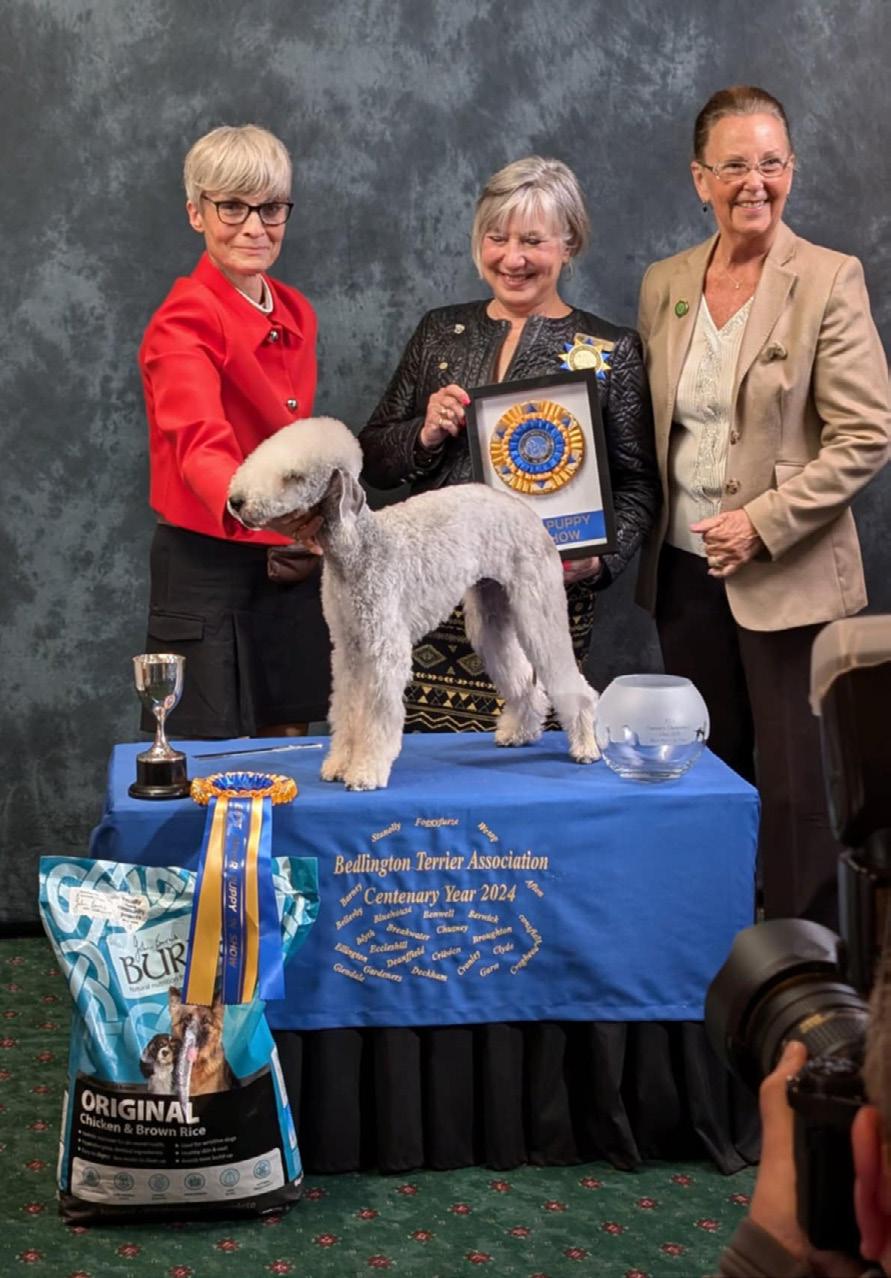
Several of us retired to the hotel lounge after dinner and video planning for cocktails and light conversation.
The Chief Ring Steward and the Club Patron (I don’t really know what that position is) went over a few procedural items with me, and we agreed to meet again in the morning about an hour before judging started to make sure I understood the British standard. I was looking forward to that meeting because I had some clarifications I needed from people who had judged according to that standard.
Tom and I woke up early on my judging day, had a light breakfast, and I went to my meeting while he tried to figure out how to use my phone as a camera. My meeting was fascinating. We discussed the AKC and the British standards. They were satisfied that I understood
the standard well enough to pass judgment on their entry. However, when I asked for their advice on how to interpret the words “rolling” and “mincing,” which appear in the British standard but not the AKC standard, we could not come to an agreement. I told them my interpretation of rolling was the description of Old English Sheepdog movement, and mincing as the description of Miniature Pinscher gait, but they did not like that interpretation. Finally, they both agreed that I should judge the UK entry the same way I would judge Bedlingtons in the U.S. – looking for correct structure and a unique lightness of movement at slower paces. They explained the ring procedure in detail and reminded me to write a critique of the top 3 dogs in each class.
My entry was 72 Bedlingtons. The actual judging was an absolute pleasure, but the need to write something abouteachofthetop3dogsineveryclasswasdaunting.
I brought my notes home with me, and it became clear that, as the day progressed, my detailed analyses became less and less specific. I had been advised by a Canadian judge, who was used to judging in Ireland, that I should think of three items to write about and start the critique with a compliment. I did well with that format until partway through the bitch classes, when generic observations like “moves well” started appearing in my comments much more frequently than specific details. While I appreciate the concept of a written critique, I am not entirely sure that they are helpful in the long run. If I tell an exhibitor that their dog did not converge or had a wheel back, they could easily dismiss it as just one person’s opinion. By the end of the assignment, the comments I made were starting to sound like the famous “I just liked the other
one better today” remarks that so many AKC judges use when asked why they did not select a particular dog.
At one point during my evaluation, I had two dogs do a down-and-back together so I could see the differences as they moved side by side. I was immediately admonished by the Chief Ring Steward that UK judges are forbidden from moving the dogs that way. I got the distinct impression that I was moving my entries a lot more than they were used to. I discontinued that particular pattern but decided that I was not going to sacrifice movement for a stacked portrait. I continued to move the dogs multiple times in the larger classes. I had been approved to judge as I would in an AKC show, and I took that advice literally.
In general, there were things I really liked about the entry, and things that made me worry about the direction UK breeders are heading. I love that size is important to UK breeders. There were no dogs that were even close to being outside the standard size recommendations for the breed. They were all well within the standard, and none of them could be considered coarse or heavy-boned. In general, the heads were good to excellent, with nice refinement— no wide back skulls with prominent zygomatic arches—and many had nice small, dark eyes. Bodies were mostly narrow, and shoulder blades were flat. Feet were good. But many lacked good angulation in both front and rear. Most disturbing was the lack of converging fronts—a trait unique to our breed that is all but lost in the UK. There were many shallow chests and some wheel backs. I don’t think UK breeders care too much about angulation, and that is understandable if the judging does not emphasize movement. Breeders
will bring to judges what gets rewarded. It is not a huge shock that the dogs I used for Specialty Best in Show and Best of Opposite to Best in Show were imports—the first from France, and the second from Northern Ireland, down from Russian and Australian lines. Much of my bloodline comes from the Foggyfurze line in England, but I saw few of the qualities found in that bloodline in the current entry.
When we returned home, I had to produce a written report that included all of my notes on the dogs I judged. I did not expect this additional homework but was happy to oblige.
I sincerely loved meeting the breeders and the club officers. All the exhibitors were quite congenial. The atmosphere lacked the intensity of large AKC shows. Grooming was definitely not as important in the UK as it is in AKC shows, and handling skills varied a lot. Professional handlers, as we know them in the States, were non-existent. The atmosphere was more like a fun match than a National Centenary show. I thoroughly enjoyed the entire assignment. This was an adventure of a lifetime, and I am so pleased to have been given the opportunity to be a part of the Centenary Bedlington Show in 2024.


